St. Louis welcomed visitors from all over the world in April 1904 for the Louisiana Purchase Exposition, also known as the St. Louis World’s Fair. A local, state and federal grant totaling $15 million was used to finance the event. The fair attracted nearly 19.7 million people. More than 60 countries and 43 of the then-45 American states participated in the exhibition.
The fair attracted a large audience to new technologies such as private cars, outdoor electric lighting, and the X-ray machine, as well as foods from all over the United States and the world. From the perspective of the average person who attended the fair, it was primarily about entertainment, consumer goods, and popular culture. The exposition also included anthropological exhibits, with a shocking approach by today’s standards: People from the Philippines, the Arctic, and other places were brought to the fairgrounds as set pieces among re-creations of their home environments or villages. Nearly all of the fair’s buildings were destroyed shortly after it ended, leaving just a few footprints, ponds, and canals in Forest Park in St. Louis.
Below are some stunning photos that show the St. Louis World’s Fair in 1904.
#1 A night view of the illuminated Festival Hall and Cascades from the Plaza of St.
#2 A view of the South Lagoon, as seen from the Grand Basin
#3 Statues of Abraham Lincoln and Ulysses S. Grant flank the entrance to the Illinois State building, photographed at the 1904 World’s Fair in June 1904.
#4 The inside entrance of the Palace of Machinery, photographed as construction continued in 1903
#5 An overview of the Palace of Transportation and surrounding fairgrounds, photographed in 1904
#6 On April 30, 1904—the opening day of the 1904 St. Louis World’s Fair—William H. Thompson, the president of the National Bank of Commerce in St. Louis, stands on the dais at the Louisiana Monument in the Plaza of St. Louis.
#7 Fairgoers approach Festival Hall and the West Restaurant in April 1904.
#8 The Underwood Typewriter exhibit stands inside the Palace of Liberal Arts.
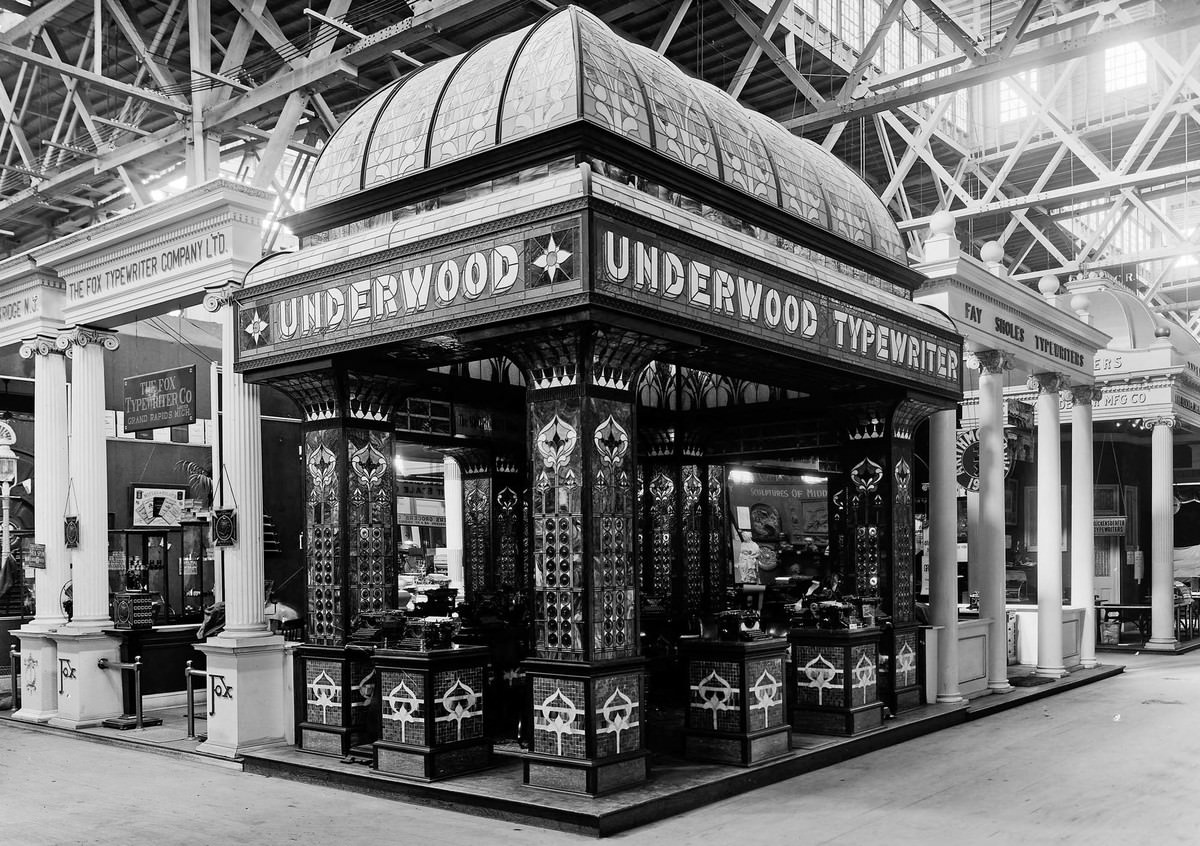
Underwood constructed a colorful pavilion with jewel-like stained glass set in an iron frame.
The structure was lit with concealed electric bulbs. Six of its 12 model typewriters stood on specially made pedestals with adjustable mahogany chairs for the typists. Nearby the Underwood display were other typewriter exhibits by the Fox Typewriter Company, Mittag & Volger, Fay-Sholes, and Smith-Corona.
#9 The “Creation” concession, photographed on the Pike at the 1904 St. Louis World’s Fair.
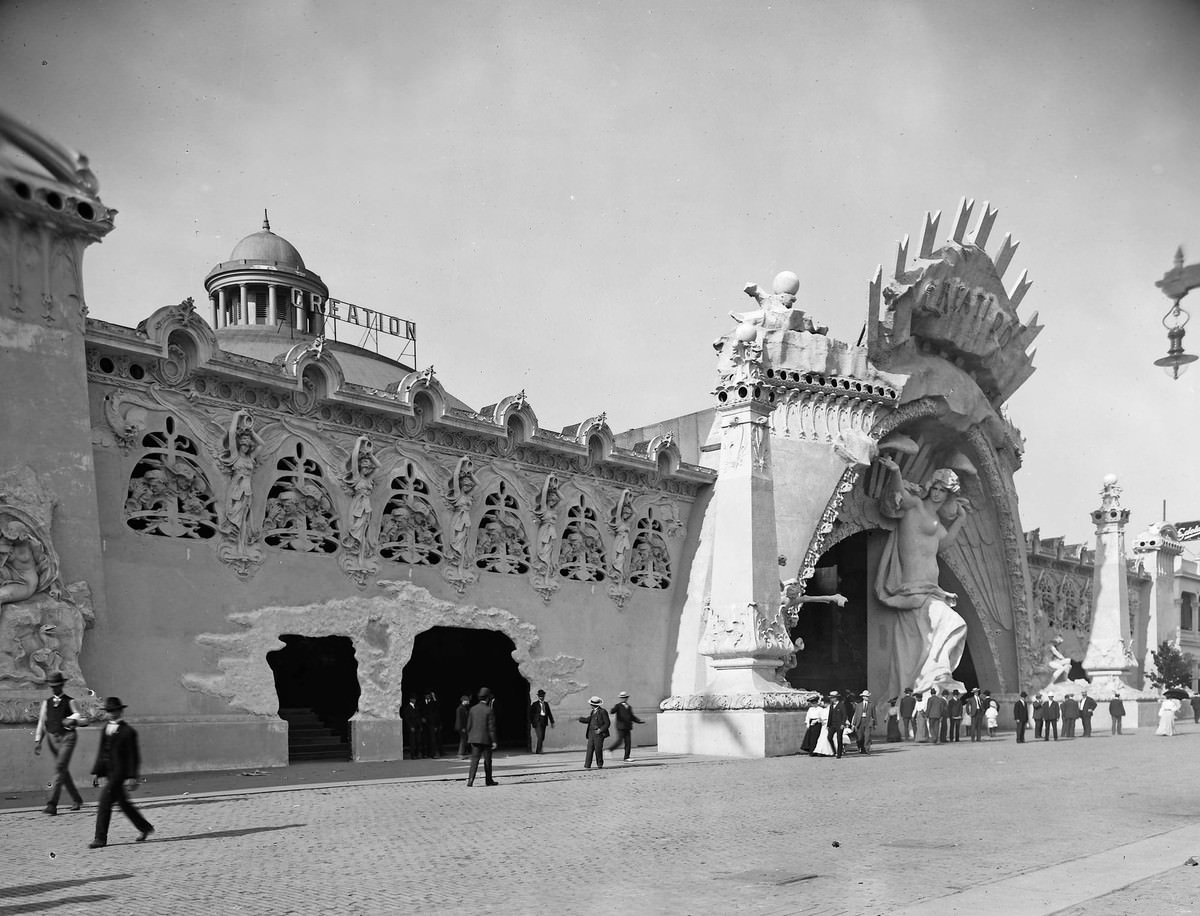
Inside "Creation," fairgoers traveled by boat through a labyrinth of underground passages to a roomy cavern, where they were "diverted by illusions in the form of living heads that have no bodies to support them." The destination of the boat trip was an auditorium, where they viewed pictures of Creation as narrated in the biblical Book of Genesis.
#10 World’s Fair opening-day crowds gather, with William Howard Taft in the foreground.
#11 The Missouri Corn Temple exhibit stands inside the Palace of Agriculture.
#12 A view of the Allis-Chalmers exhibit in the Palace of Machinery shows exhibits from companies such as Jeanesville Iron Works, Crocker-Wheeler, Doble Abner, Harrisburg Foundry, General Electric, and Westinghouse.
#13 Inside the Palace of Horticulture, an elephant made from almonds stands in the California exhibit.
#14 A view of the Sunken Garden from the steps of the U.S. government building
#15 Indian Girl Archers. A U.S. government exhibit at the 1904 World’s Fair.
#16 The 1904 Olympics also took place in St. Louis at the same time, stretched out over several months. Here, the finish of the first heat of the 100-yard handicap.
#17 Dome and section of the roof truss for the Palace of Varied Industries building during construction for the 1904 World’s Fair, 1902
#18 A view looking towards the entrance of the German Court of Honor in the Varied Industries building at the Louisiana Purchase Exposition, 1904
#19 A view of the natural-history fossil exhibit, with a model of a whale and skeletons of several dinosaurs, at the Louisiana Purchase Exposition in St. Louis, Missouri, in 1904.
#20 A bird’s-eye view of construction taking place on some of the 1904 World’s Fair buildings on January 24, 1904
#21 A craftsman stands by a bust of Thomas Jefferson, the model for the statue by Charles Grafly installed at the Louisiana Purchase Exposition.
#22 An exhibit of historic locomotive engines fills part of the huge Palace of Transportation.
#23 A view of the East Cascade Falls, looking toward the Palace of Electricity
#24 Fairgoers travel in a World’s Fair autobus.
#25 A bride and groom pose for their wedding photograph at the top of the DeForest Wireless Telegraph Tower at the Louisiana Purchase Exposition.
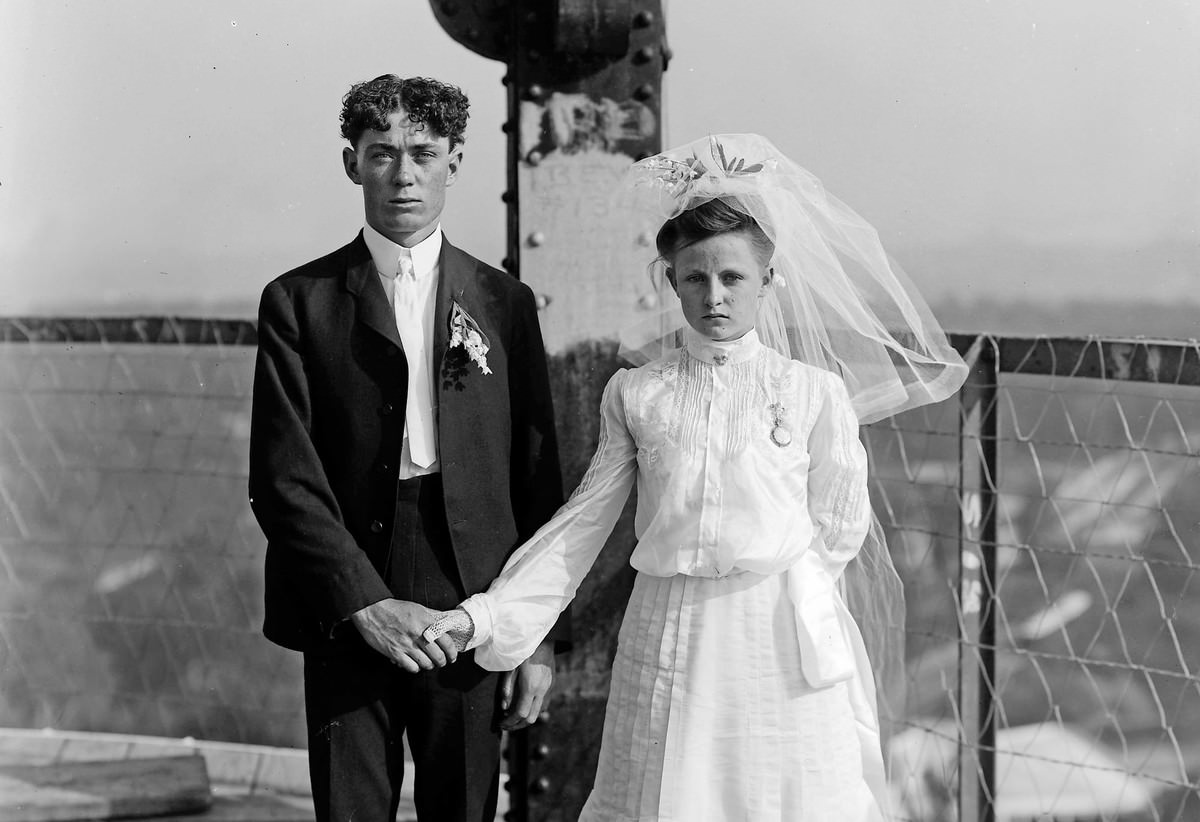
The St. Louis Post-Dispatch reported that Violet E. Ingle and Alfred M. Landers, both from Worden, Illinois, were married on June 12, 1904, on the highest platform of the tower by the Reverend Dr. B. C. Palmer, a pastor of Lafayette Presbyterian Church in St. Louis. The top of the 300-foot tower was a popular attraction at the fair.
#26 A view of fair visitors crowding the Pike on Pike Day, June 4, 1904. The Pike was the main thoroughfare of amusement concessions at the fair.
#27 Two model American warships and operators, photographed at the Naval Show at the Pike
#28 The Temple of Mirth concession on the Pike provided fairgoers entertainment with distorting mirrors, a cave of winds, and other novelties
#29 Creatures walk around in enclosures at Hagenbeck’s animal show on the Pike.
#30 Hagenbeck’s trained elephant “shooting the chutes” at the World’s Fair in St. Louis, Missouri.
#31 A view of the fairgrounds, seen though the Ferris wheel from one of its cars
#32 The Miniature Railway concession, operated by the Cagney brothers, ran the full length of the Pike and took passengers to the Boer War concession, the Philippine exposition, and other places of interest.
#33 Huge mock-ups of mountains and hills surround the buildings of the Pike’s Tyrolean Alps concession.
#34 A Spanish Dancer From the Streets of Seville concession on the Pike.
#35 Among the inhabitants of the Arctic Region at the World’s Fair, St. Louis, Mo.
#36 Home in the Old Plantation (Pike). Another attraction on the Pike for fairgoers.
#37 Sinhalese dancers from the Mysterious Asia concession pose with elephants on the Pike.
#38 An Exciting skirmish in the Battle of Colenso, Boer War, World’s Fair, St. Louis, 1904.
#39 The Pyrheliophor, a device invented by Manual Antonio Gomes (bottom right), a Portuguese priest known as Father Himalaya.
#40 President and Mrs. Roosevelt, and David R. Francis, photographed in the reviewing stand on Roosevelt Day, November 26, 1904
#41 At Sunset.” A view across the Grand Basin at the 1904 World’s Fair toward the West Restaurant pavilion and the Ferris wheel
#42 Carpenters at work on the Palace of Varied Industries during construction for the 1904 World’s Fair, 1902
#43 Workers building the Palace of Education for the 1904 World’s Fair, 1902
#44 Workers hoisting the first piece of staff onto the Palace of Varied Industries for the 1904 World’s Fair, 1902
#45 Workers making window sashes for the Palace of Varied Industries during the construction phase for the 1904 World’s Fair, 1902-03
#46 Artist creating the statue “North Dakota” for display at the 1904 World’s Fair, 1903
#47 The enlarging studio for sculpture created for the 1904 World’s Fair in Erie Roundhouse, Weehawken, New Jersey, 1903
#48 Construction of the Ferris Wheel at the World’s Fair, 19 April 1904
#49 Seventy ton axle of the Ferris Wheel, as delivered to the 1904 World’s Fair construction site, 1904
#50 Billboard at State and Washington Streets in Minneapolis, Minnesota advertising the 1904 World’s Fair in St. Louis, 1904
#51 Ferris Wheel at the 1904 World’s Fair, 1904
#52 Ferris Wheel at the 1904 World’s Fair. (Swedish Restaurant in foreground), 1904
#53 Festival Hall, Cascades and Lagoon at the 1904 World’s Fair seen from the northwest, 1904
#54 Floral Parade of All Nations procession on the Grand Lagoon in front of Festival Hall during the 1904 World’s Fair. (Gondola with sign “Visit Asia”), 1904
#55 French Auto Exhibit in the Palace of Transportation at the 1904 World’s Fair, 1904
#56 Japanese women in the Japanese Garden at the 1904 World’s Fair, 1904
#57 Missouri Corn Palace display in the Palace of Agriculture at the 1904 World’s Fair, 1904
#58 Night view of 1904 World’s Fair grounds from the DeForest Wireless Telegraphy Tower, 1904
#59 Night view of the Palace of Electricity from Festival Hall at the 1904 World’s Fair, 1904
#60 Operators making corsets as part of the Singer Sewing Machine exhibit in the Palace of Manufactures at the 1904 World’s Fair, 1904
#61 Randolph Smith Lyon, Mildred Frances Lyon, Mrs. Montague Lyon (Frances Robnett Smith Lyon), Montague Lyon, Jr., eating ice cream cones at the 1904 World’s Fair, 1904
#62 Texas Grains and Grasses exhibit in the Palace of Agriculture at the 1904 World’s Fair, 1904
#63 The Chinese exhibit in the Palace of Manufactures at the 1904 World’s Fair, 1904
#64 View looking across the Palace of Electricity grounds toward the Palace of Machinery at the 1904 World’s Fair, 1904
#65 View looking north over the Grand Basin towards the Peace Monument (Louisiana Purchase Monument) at the 1904 World’s Fair, 1904
#66 View west from balcony of German Pavilion. East Restaurant Pavilion and Festival Hall, left, Electricity at right, 1904
#67 Workers preparing the roof of the Palace of Liberal Arts for placement of staff during construction for the 1904 World’s Fair, 1904
#68 St. Louisans sledding down Art Hill after the 1904 World’s Fair was over. The East Restaurant Pavilion and Colonnade of States are still visible in the background, 1904-05
#69 Wreckage of the Ferris Wheel used at the 1904 World’s Fair after demolition, 1906
#70 The east entrance of the Pike with the statue Cowboys Shooting Up a Western Town, by Frederic Remington,
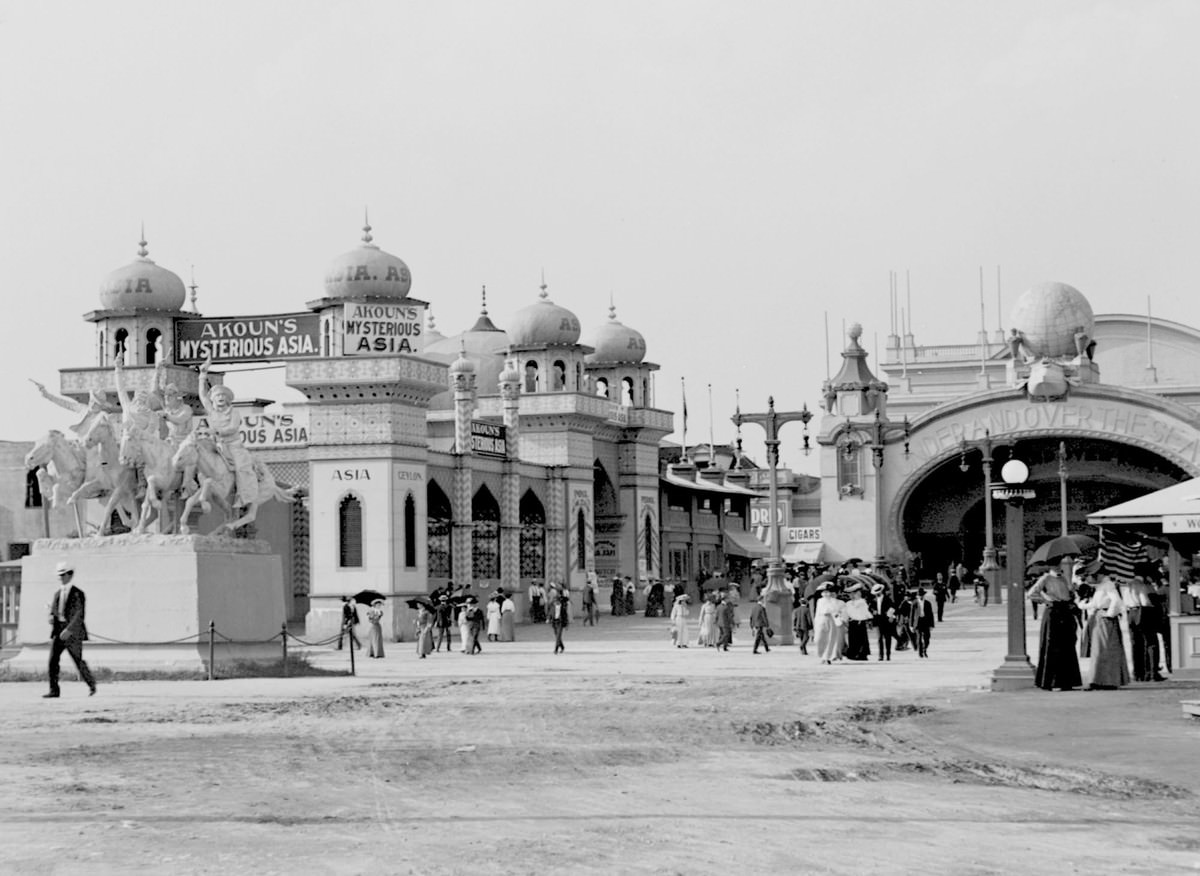
At left center; Akoun's Mysterious Asia attraction in the left background; and the Under and Over the Sea attraction on the right. Mysterious Asia was a representation of life in India, Burma, Persia, and Ceylon, and required a 15-cent admission. Under and Over the Sea represented a trip to Paris in a submarine and a return in an airship, and required a 50-cent admission.


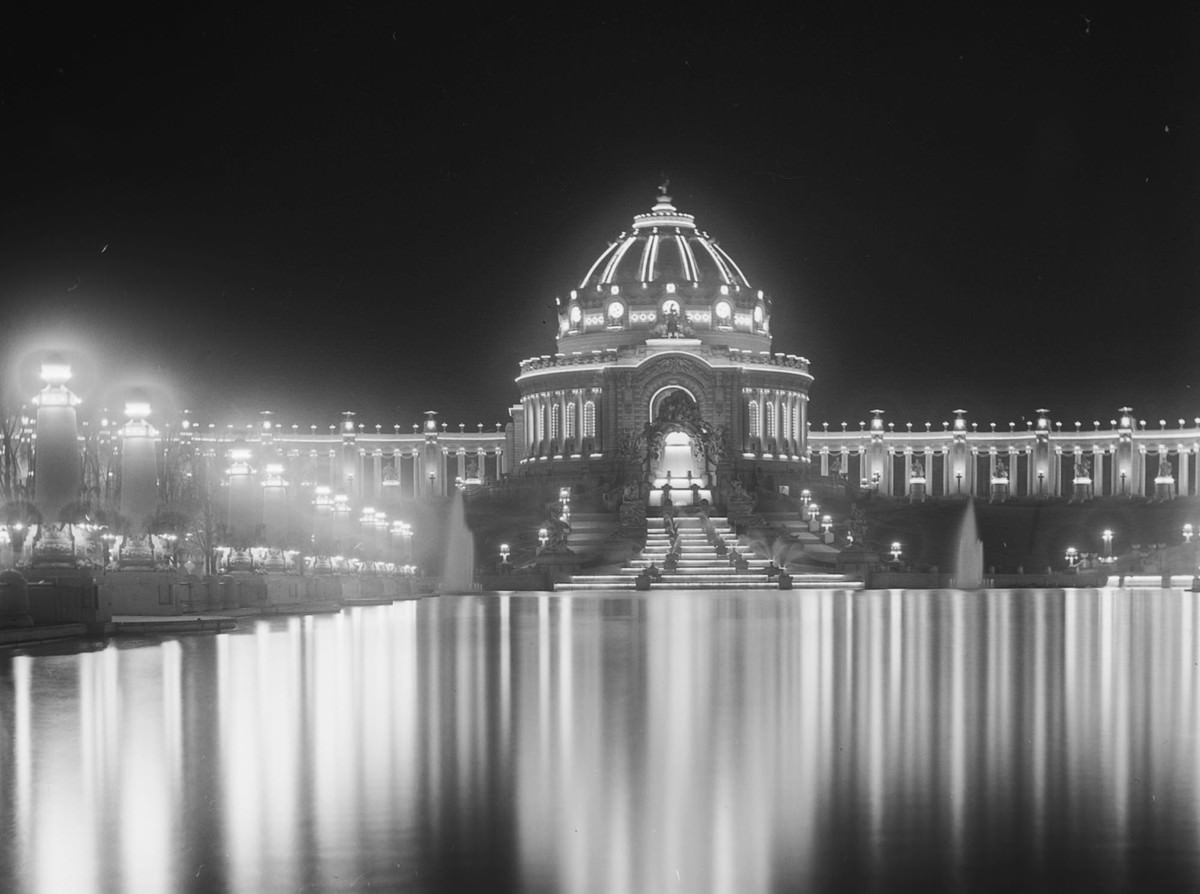
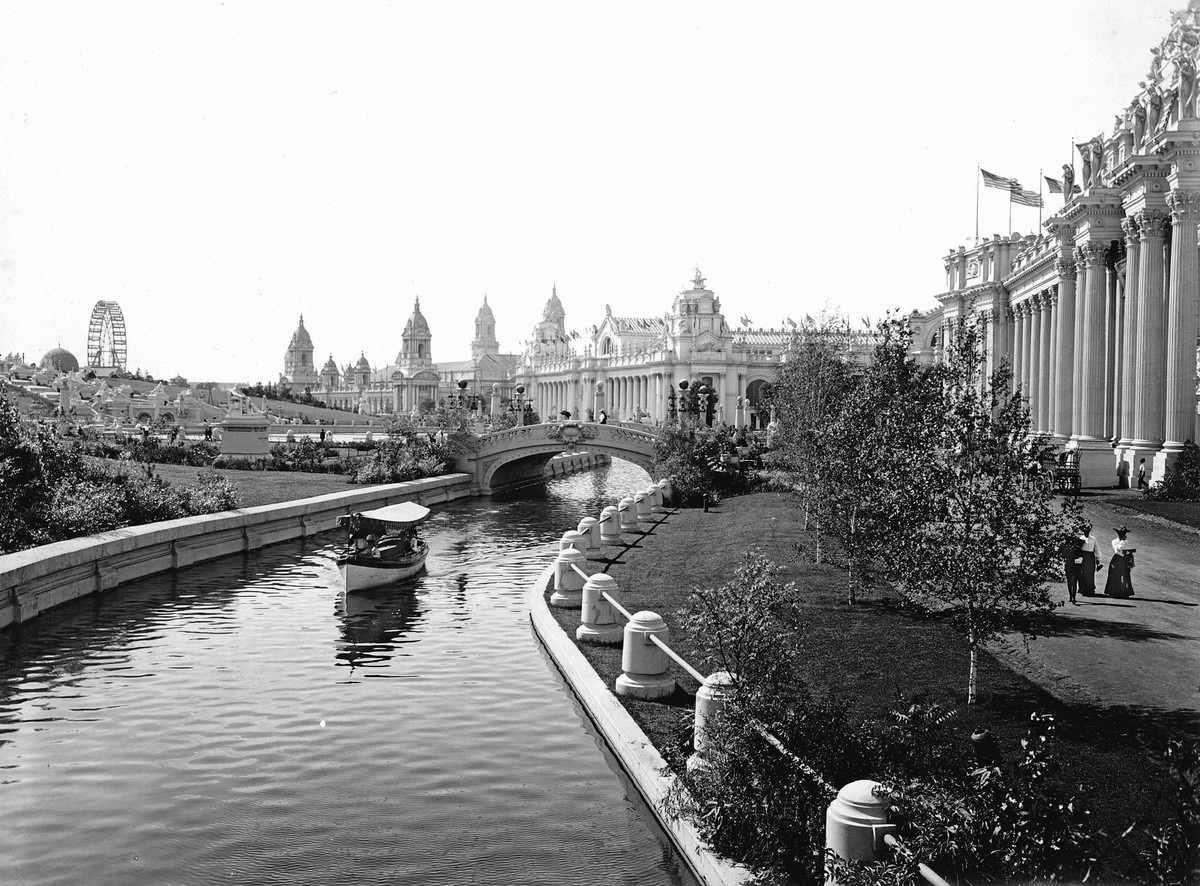
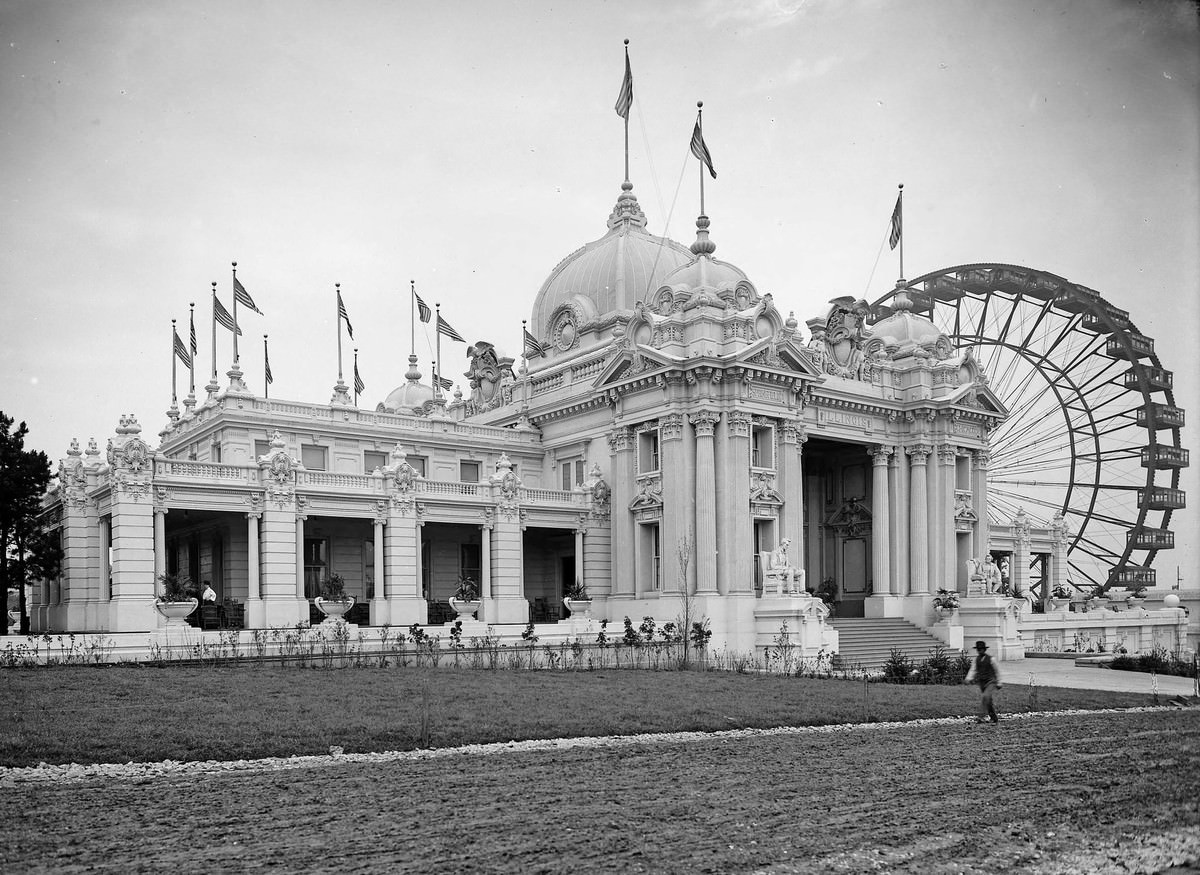
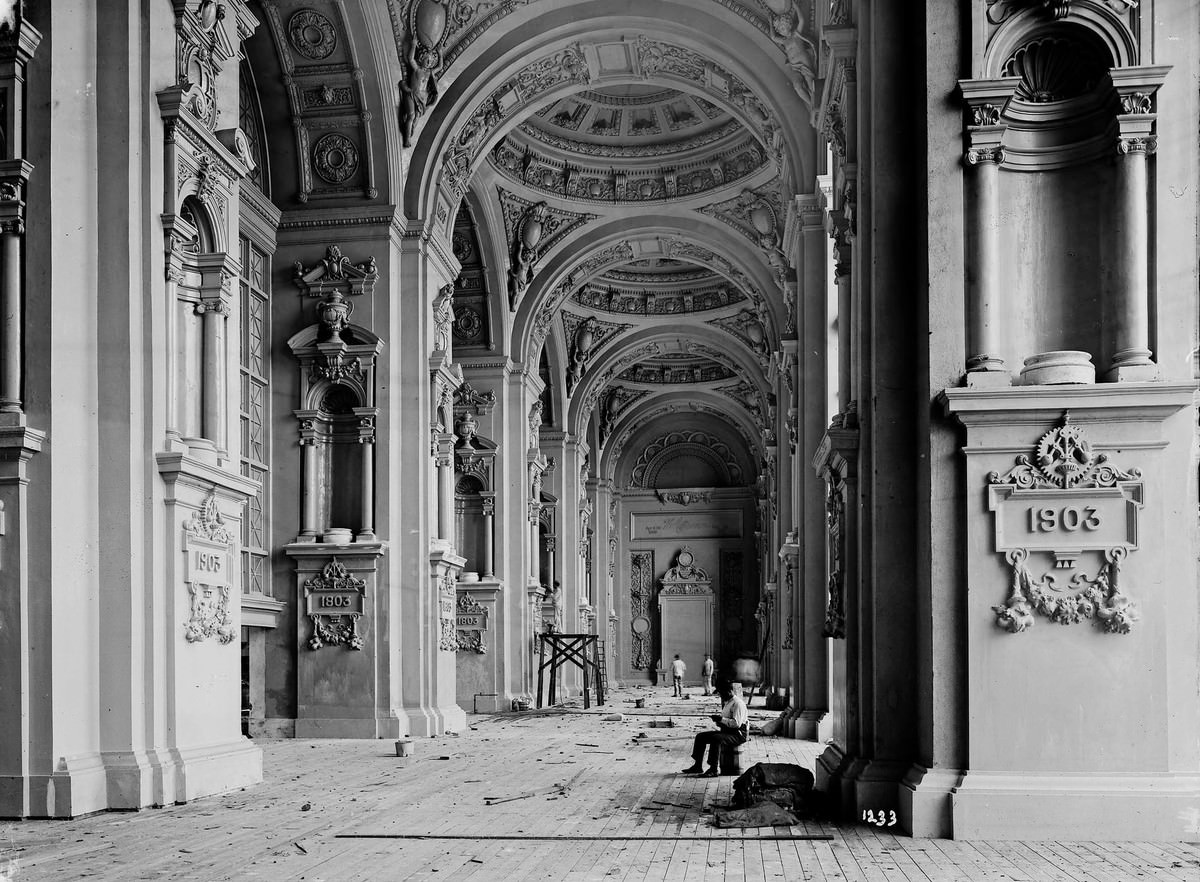
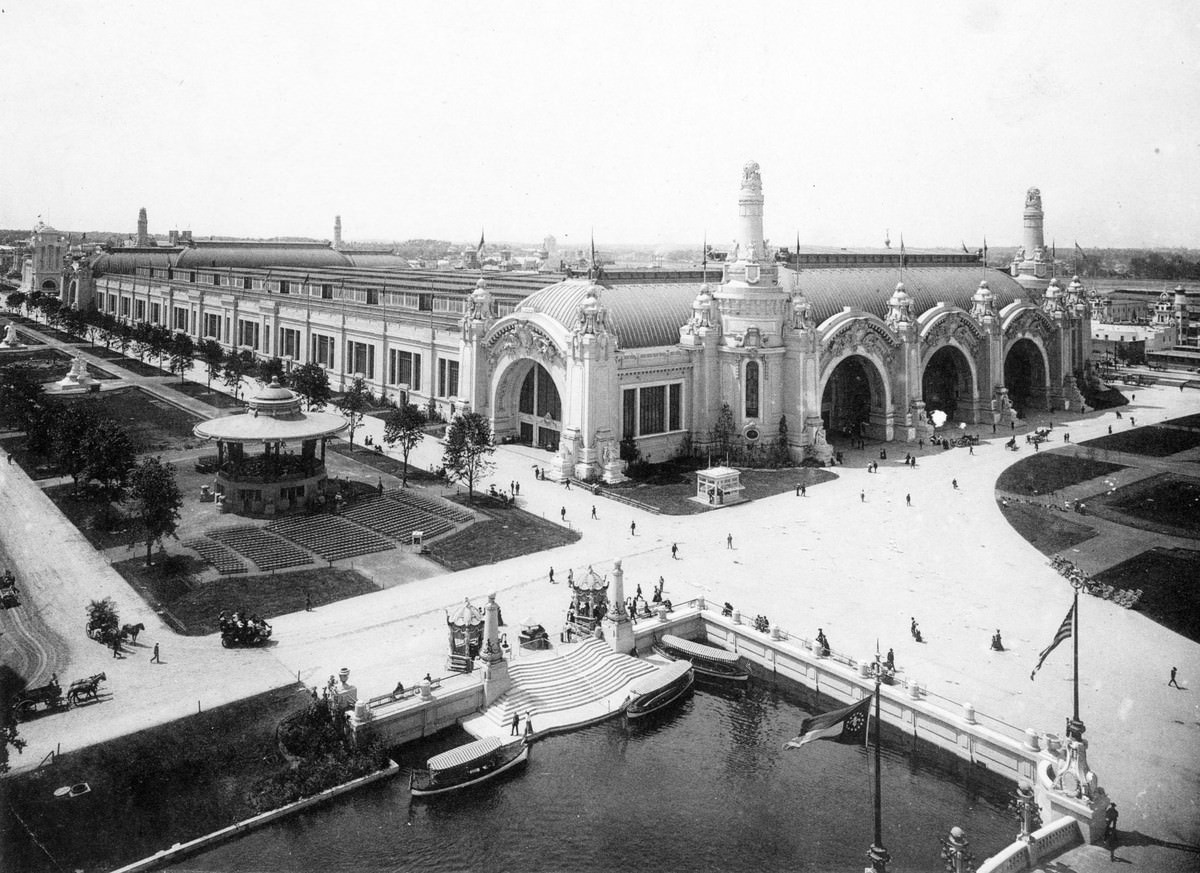
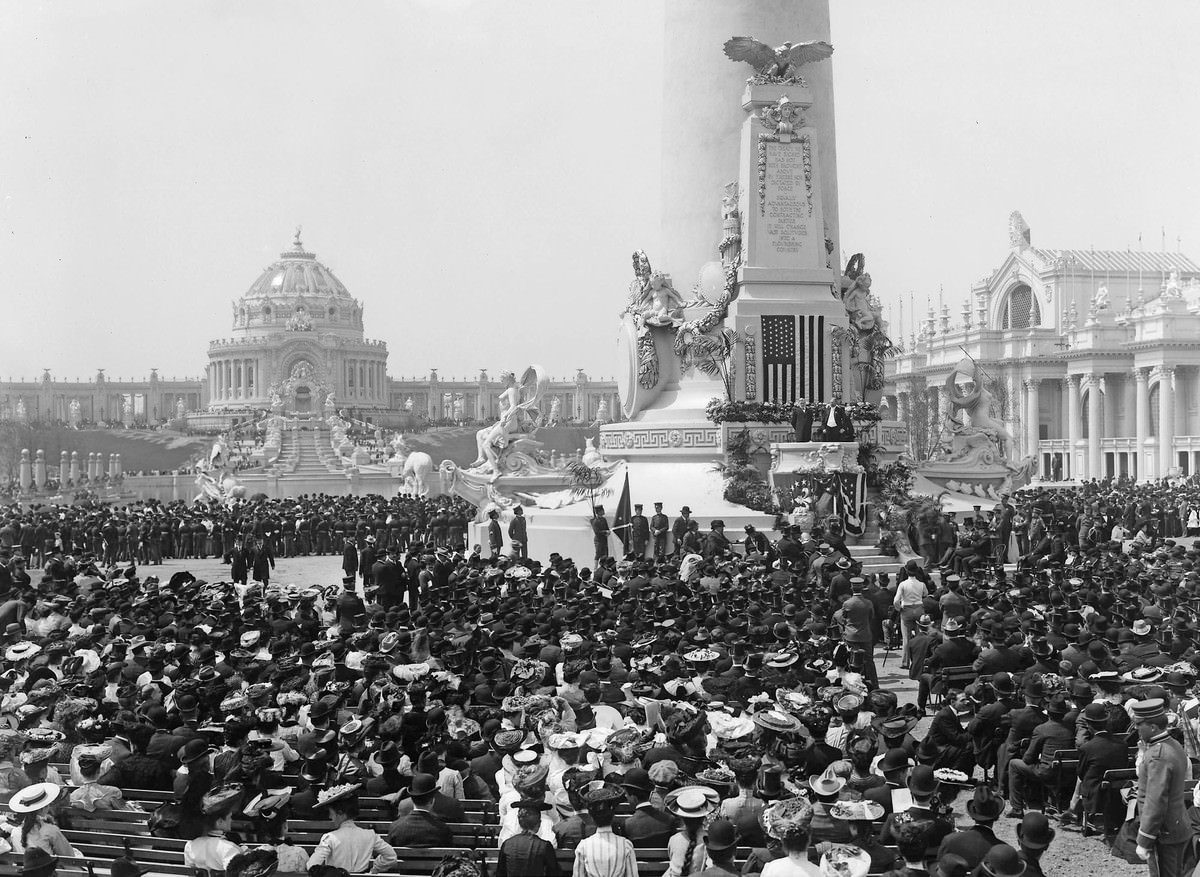
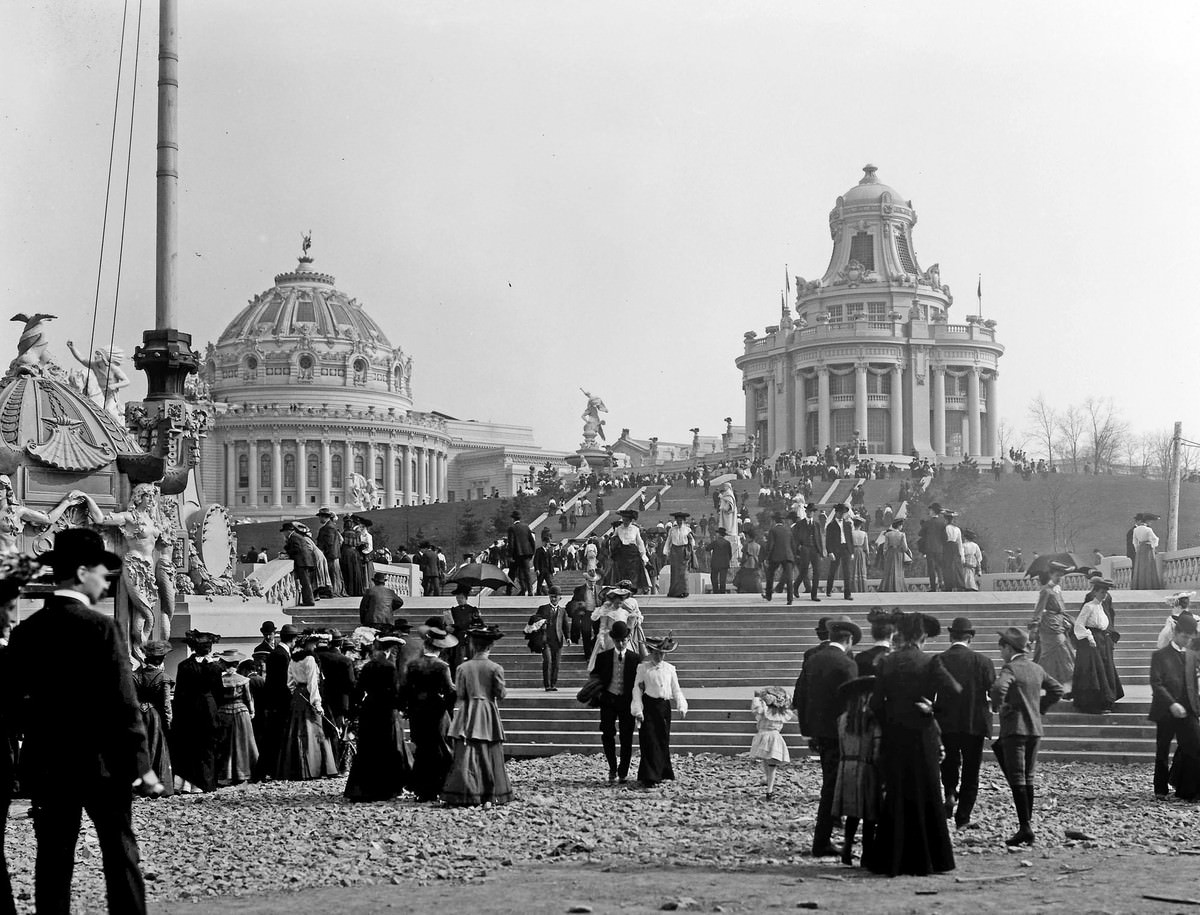
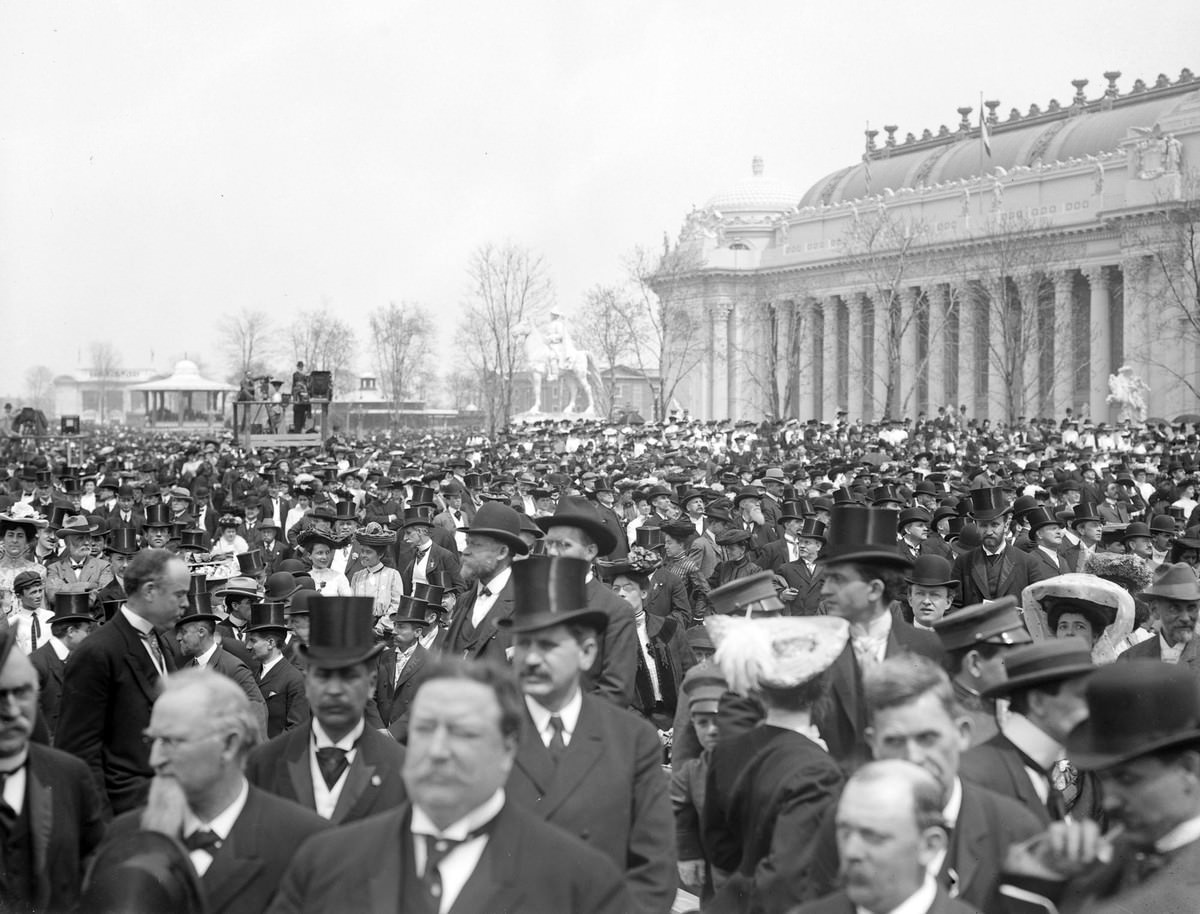
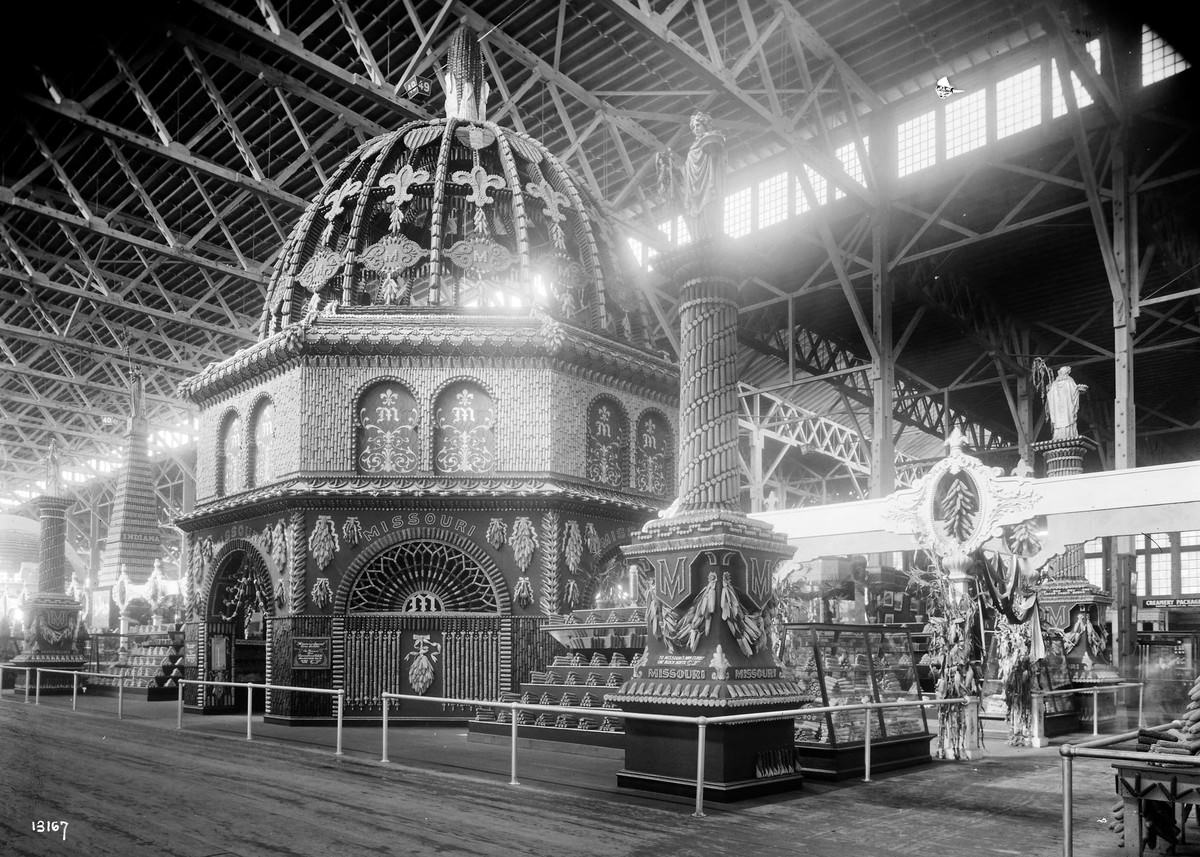
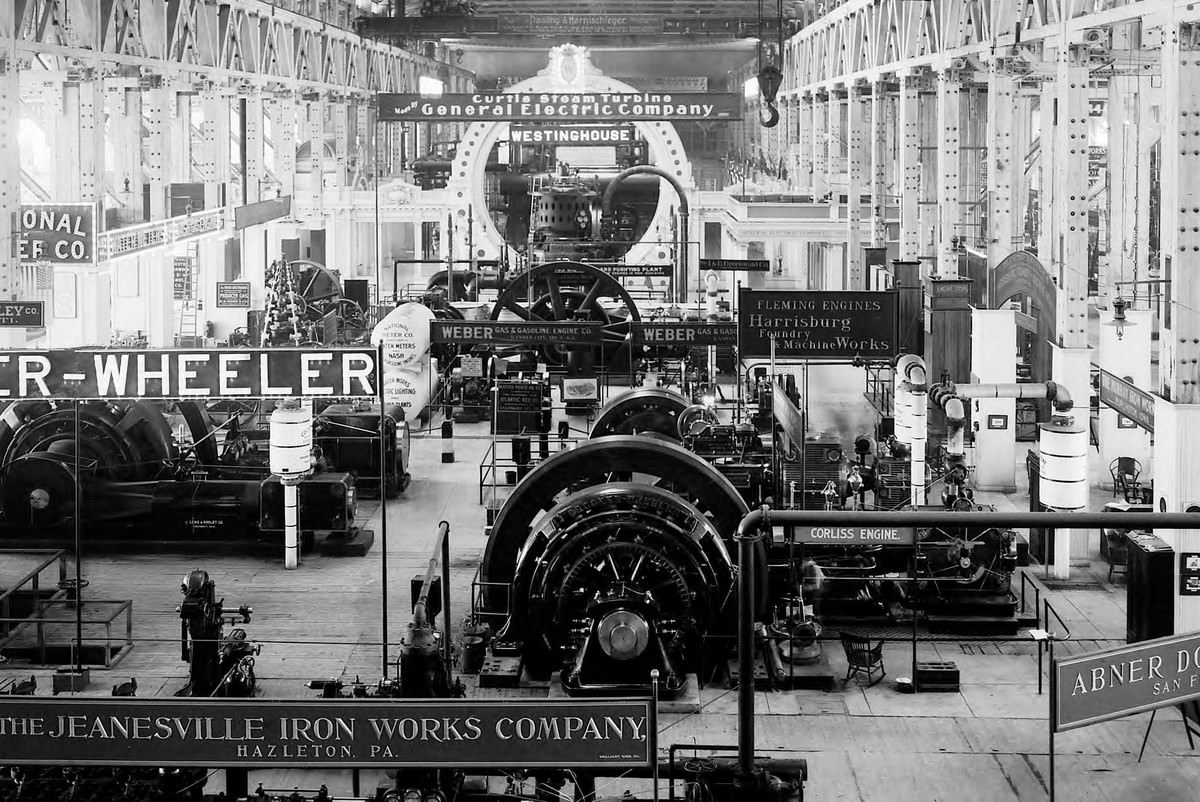
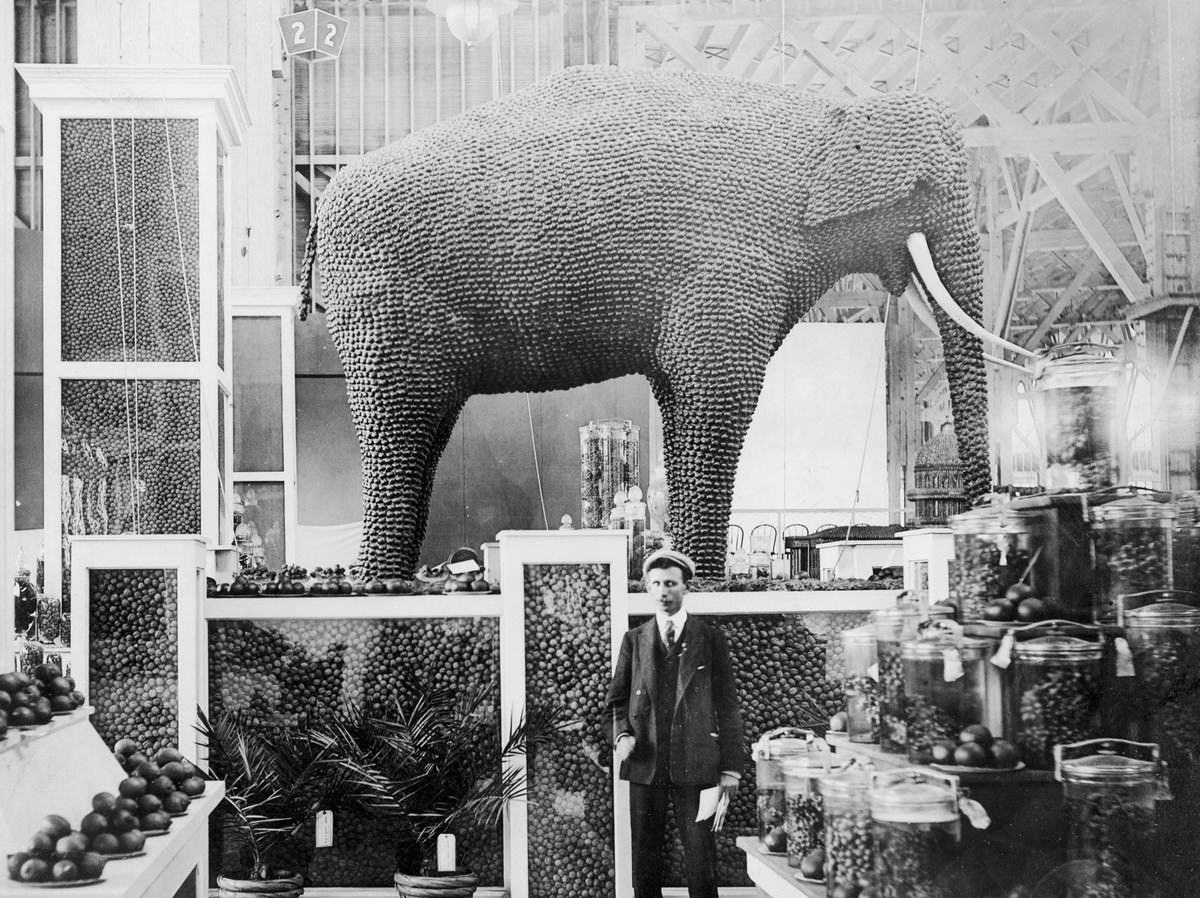
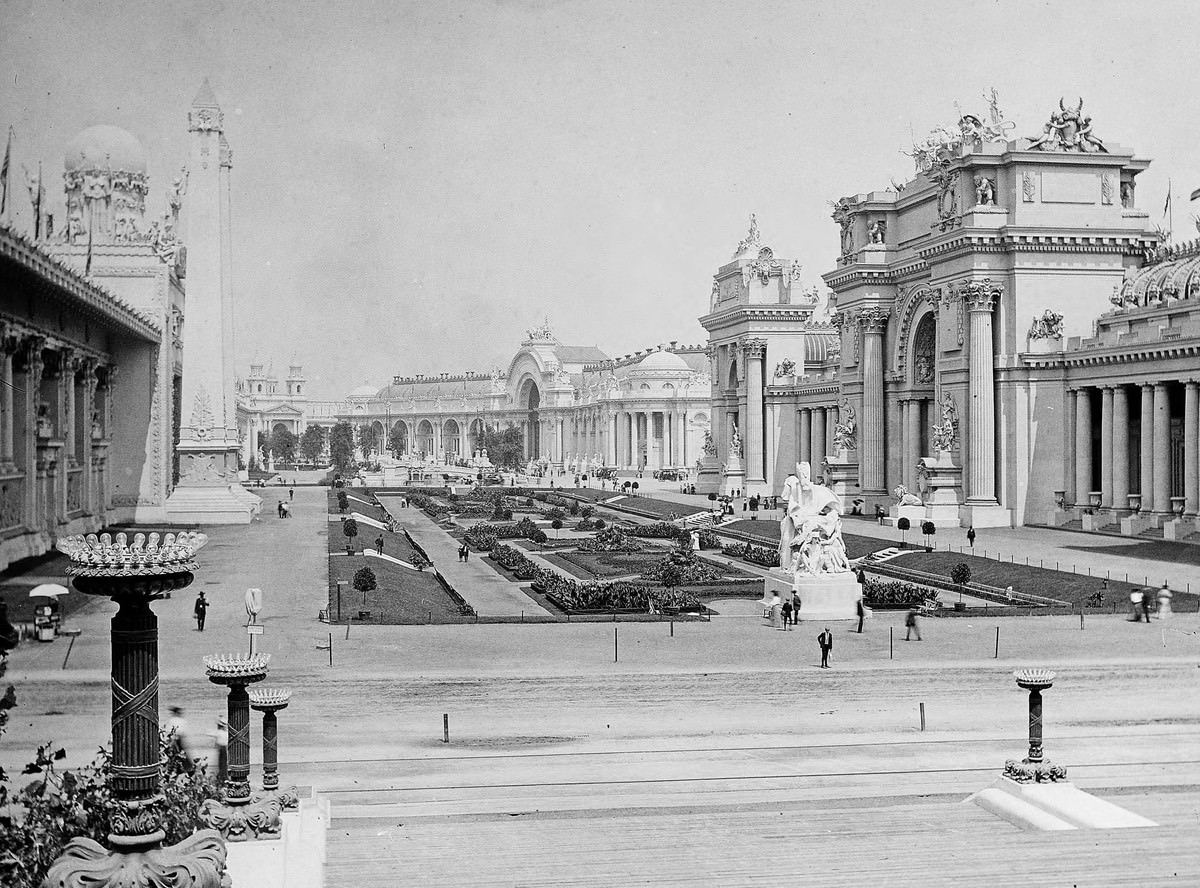
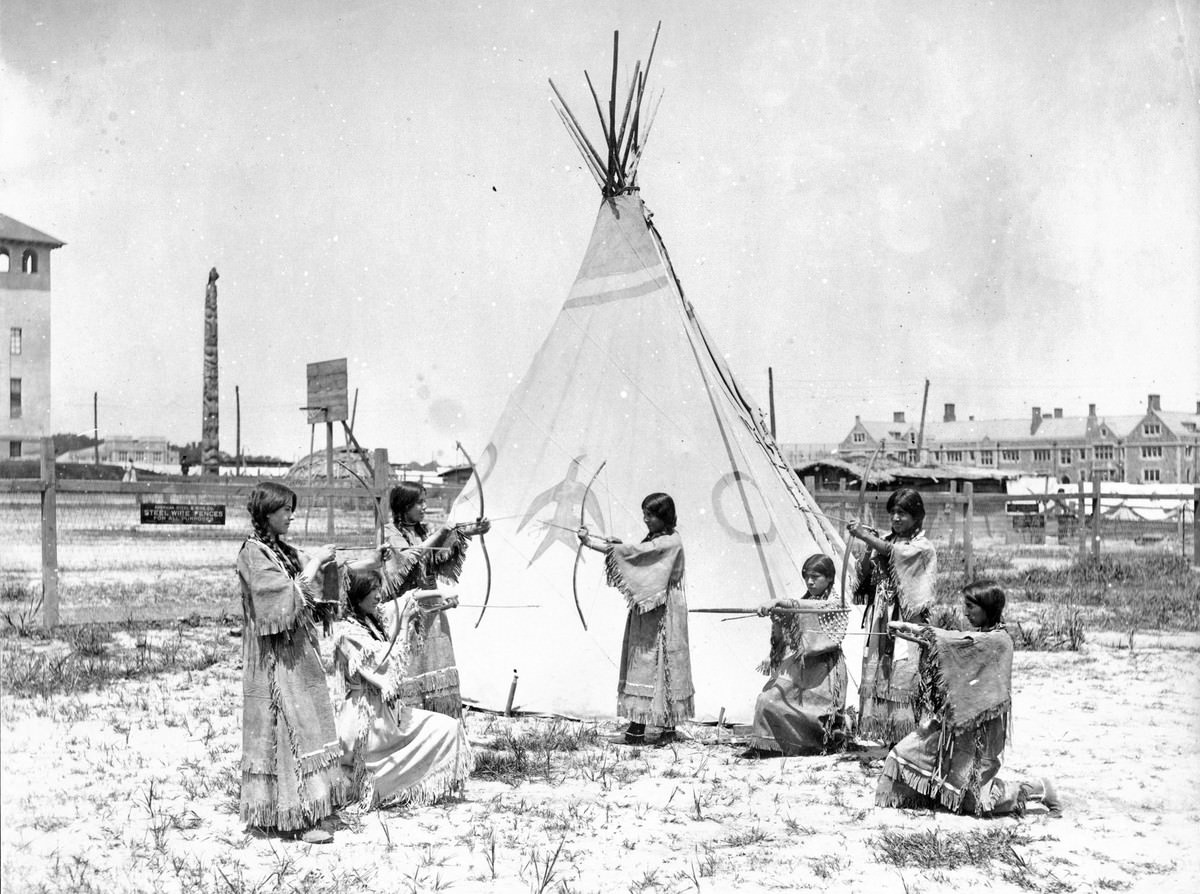
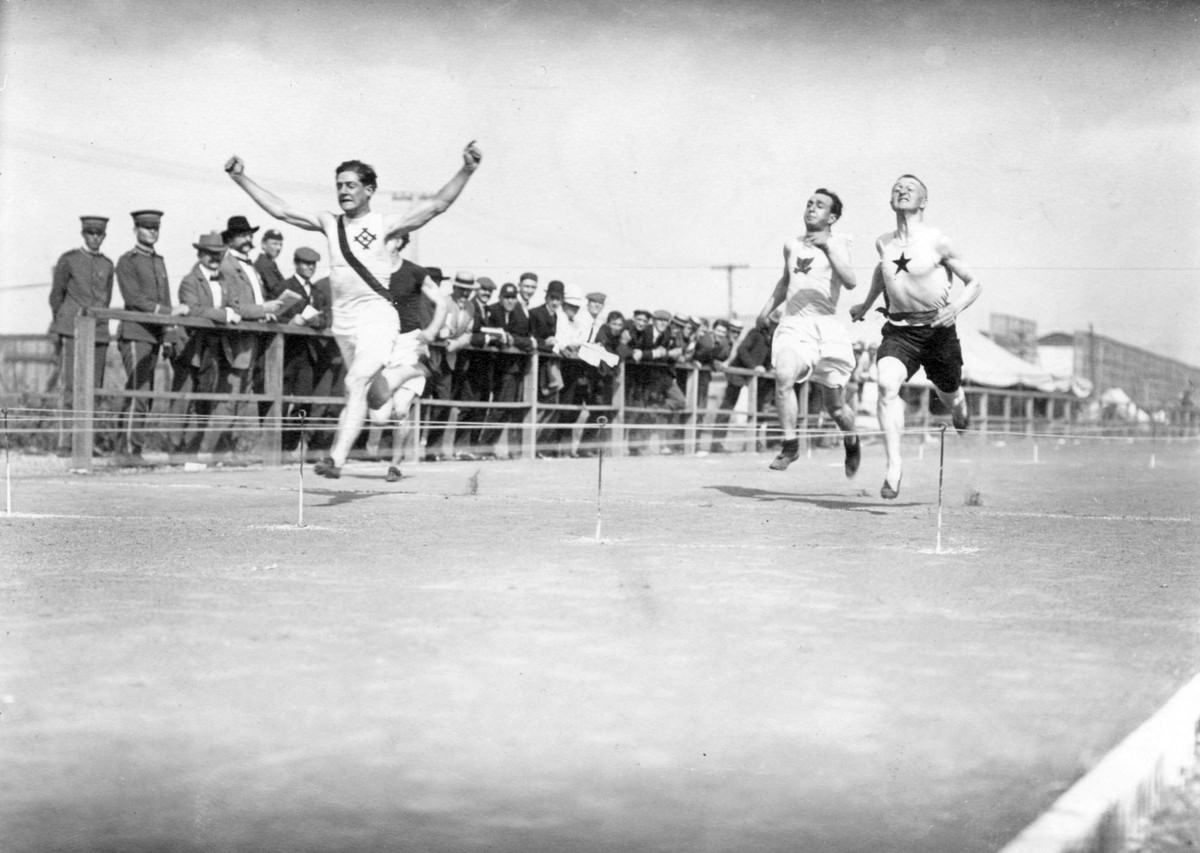
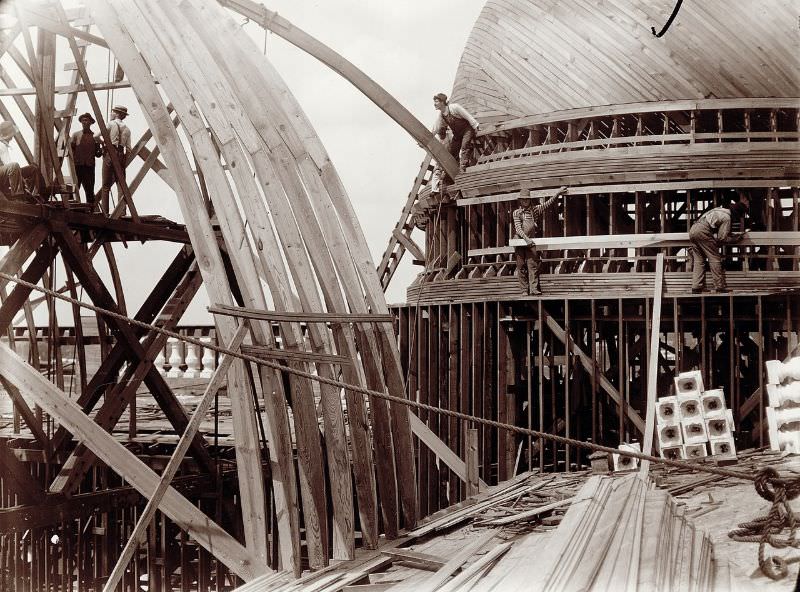
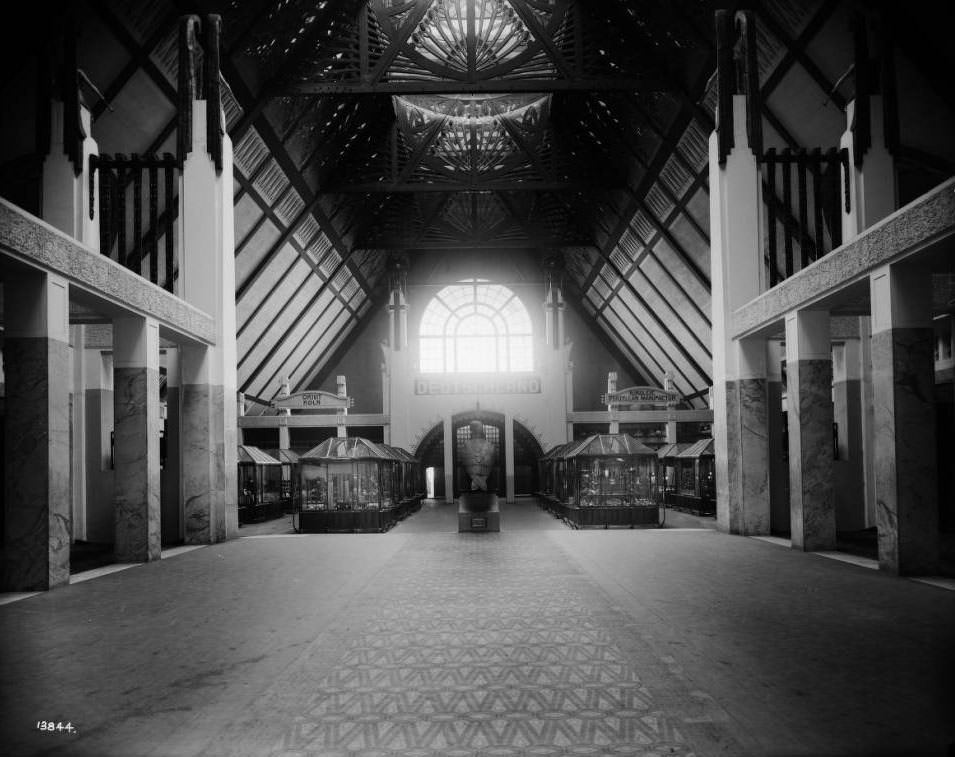
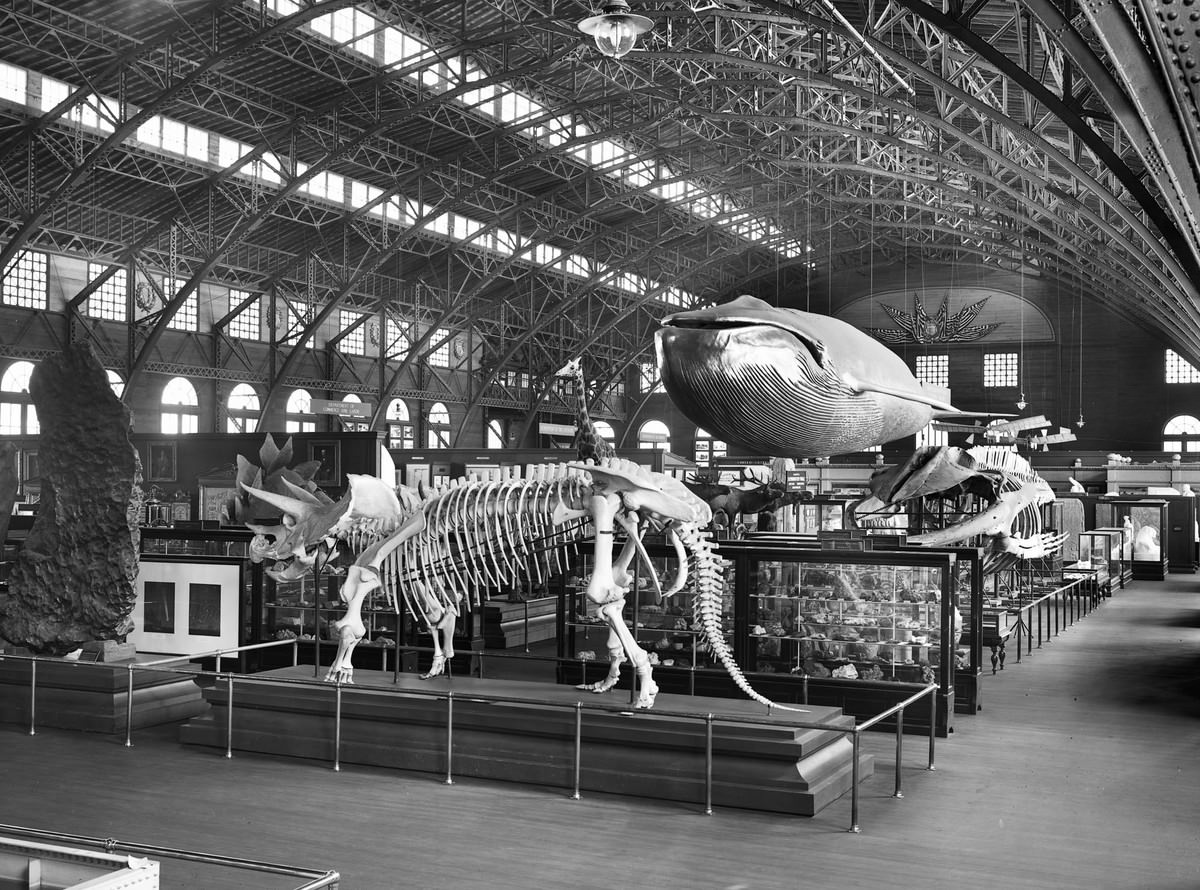
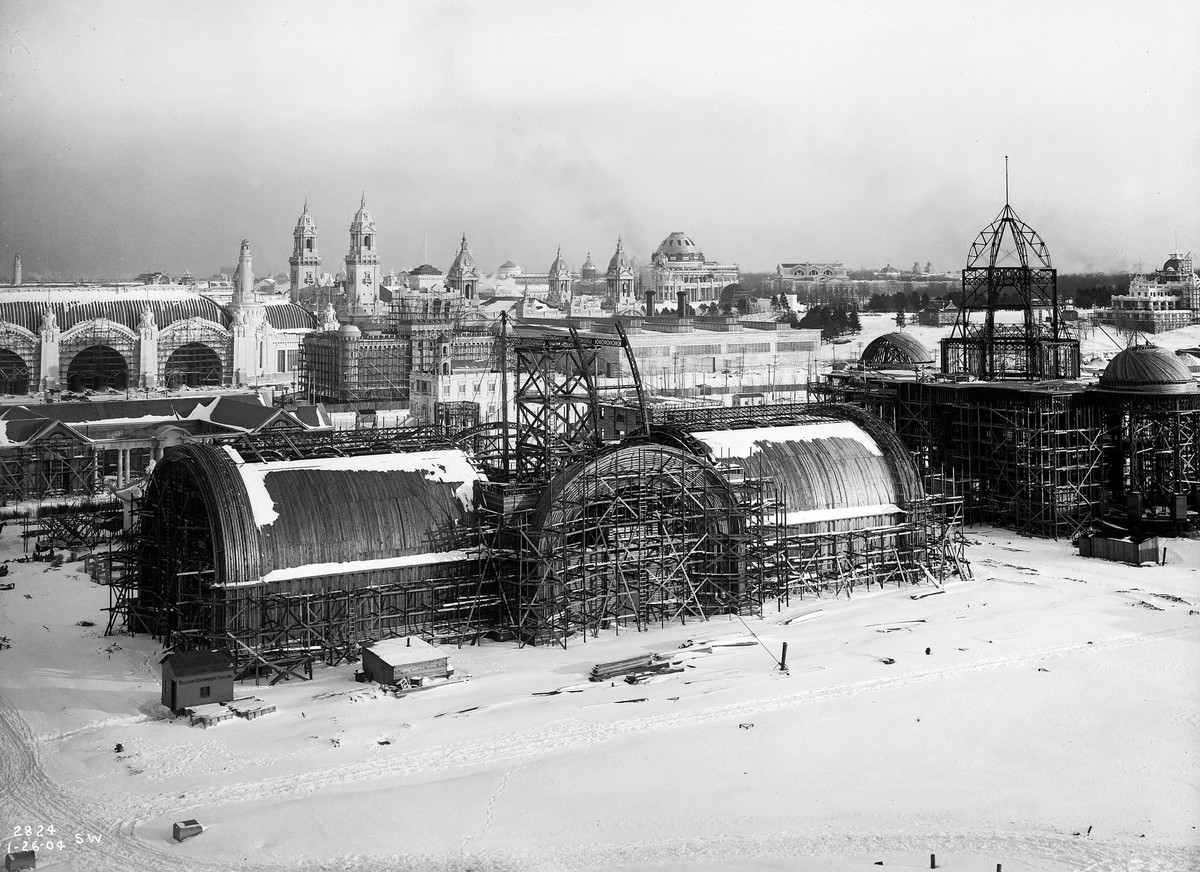
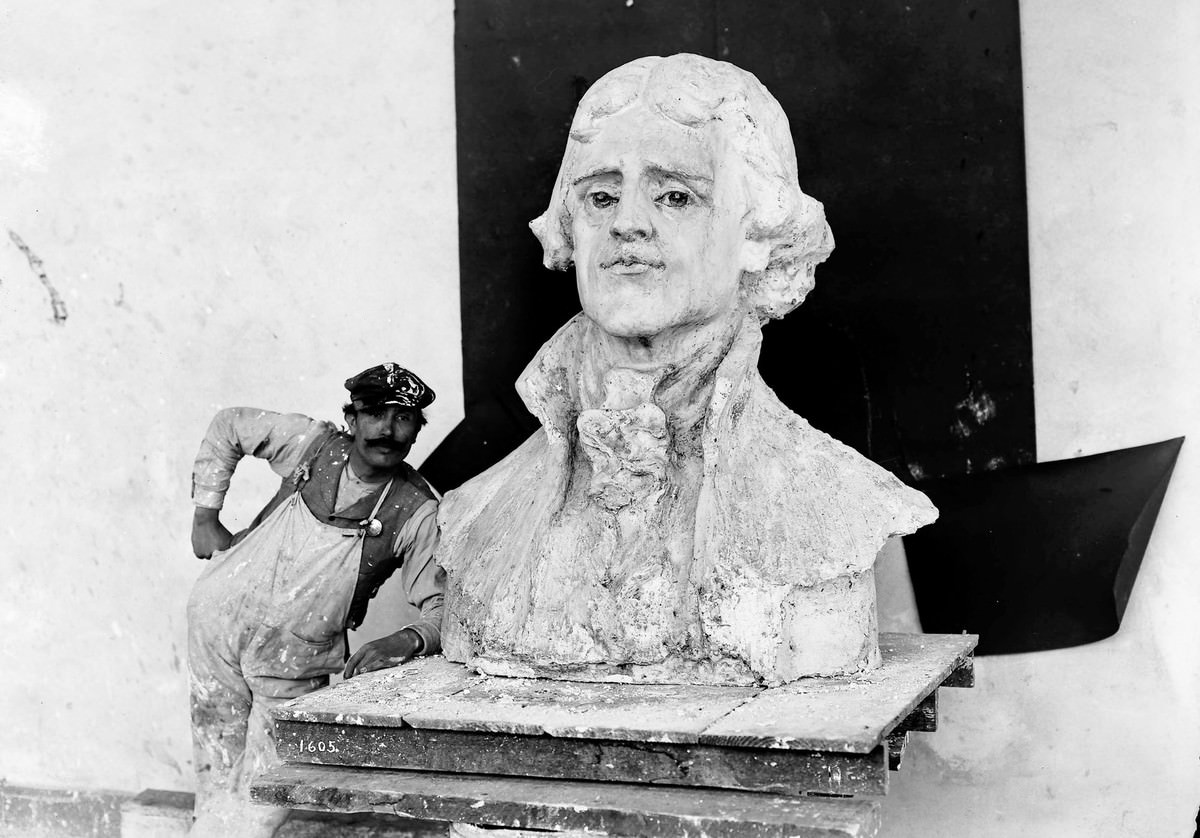
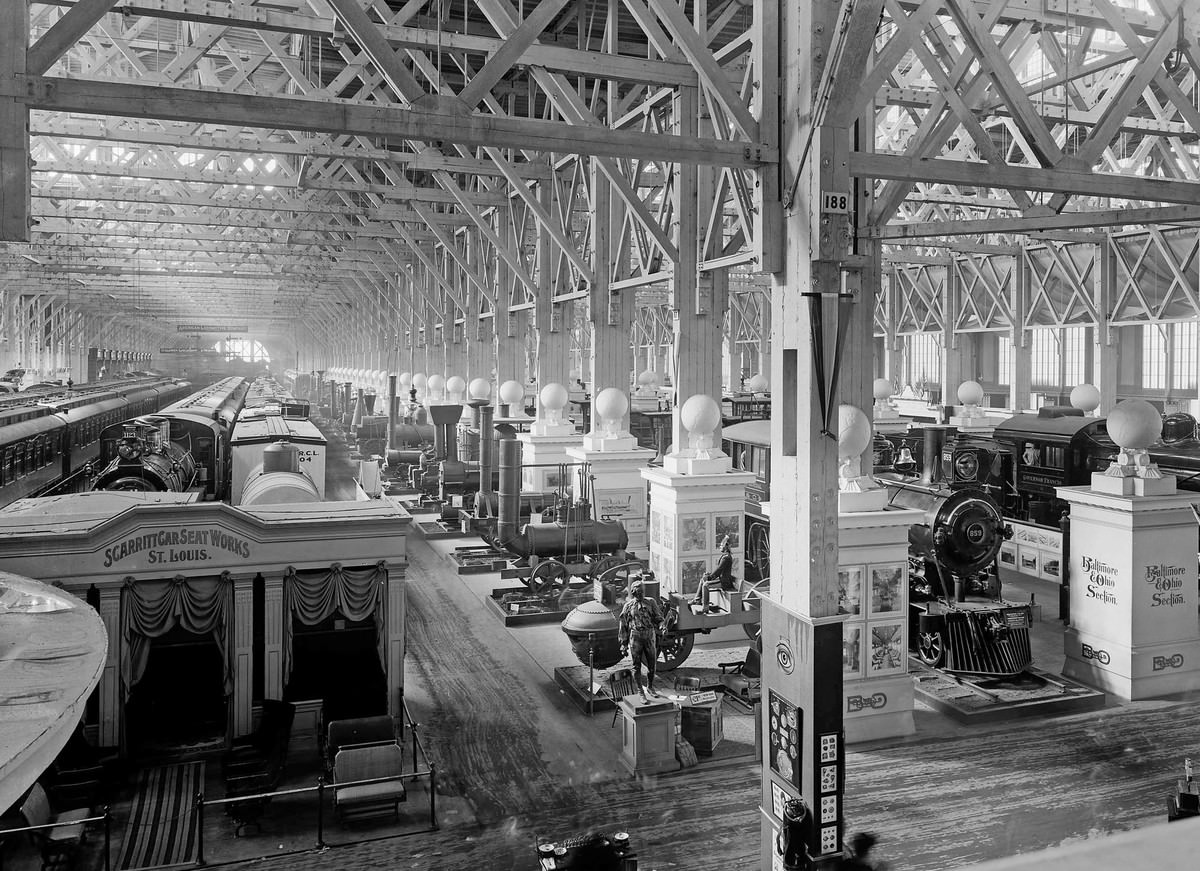
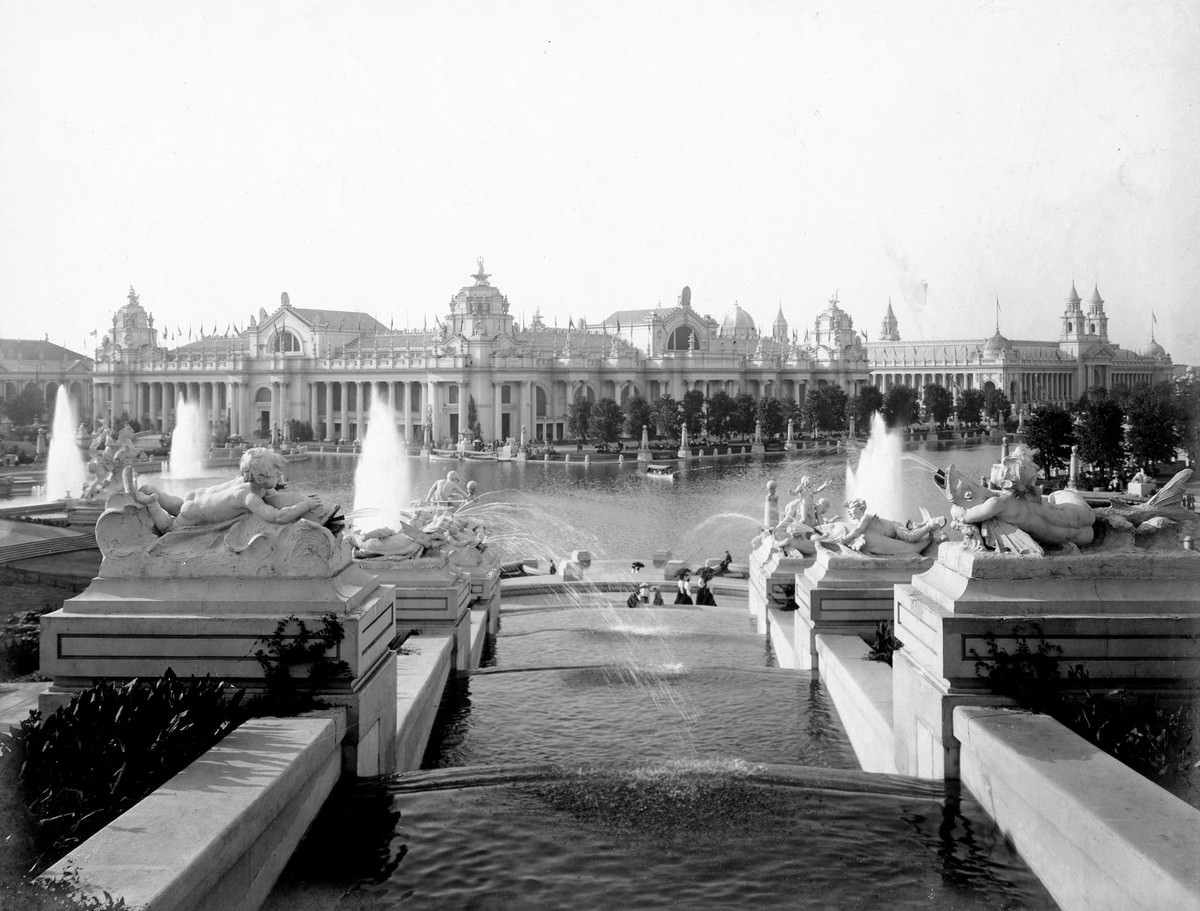
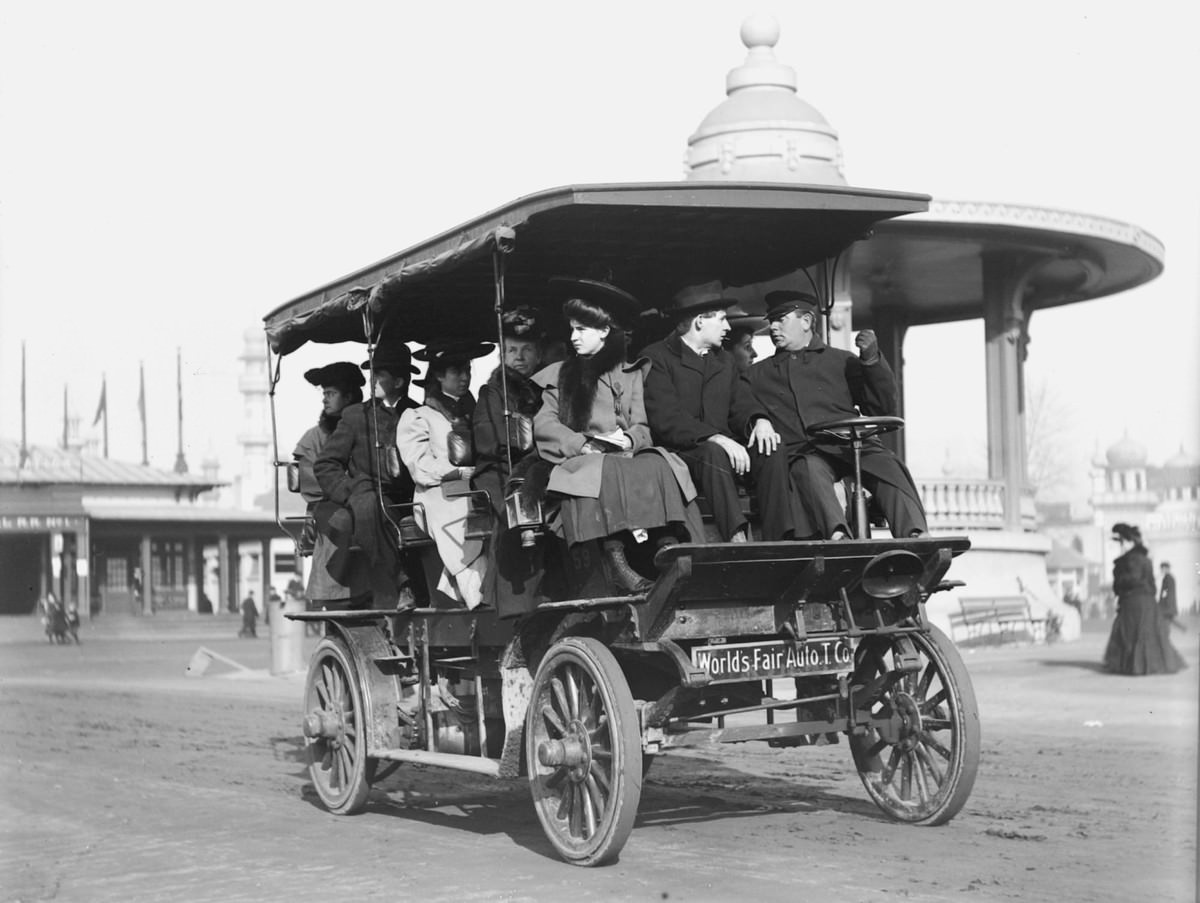
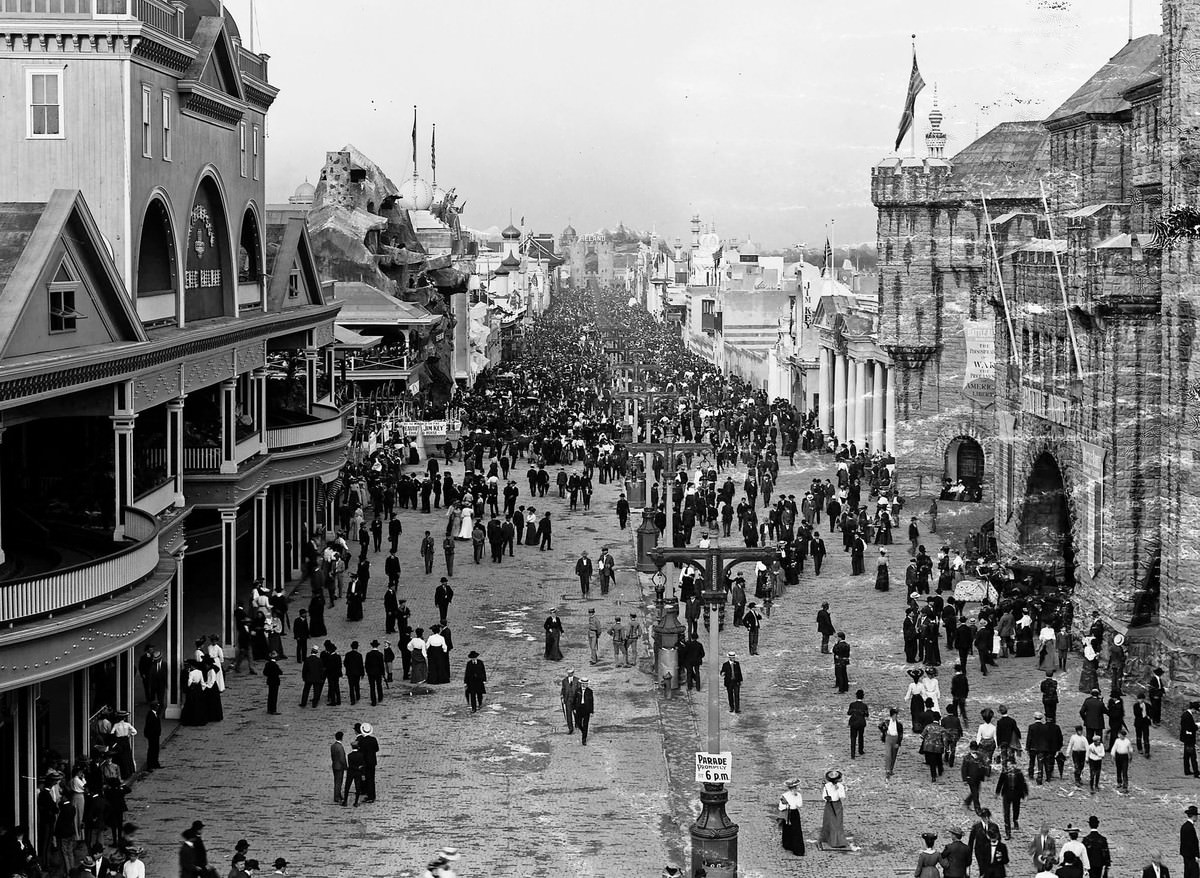
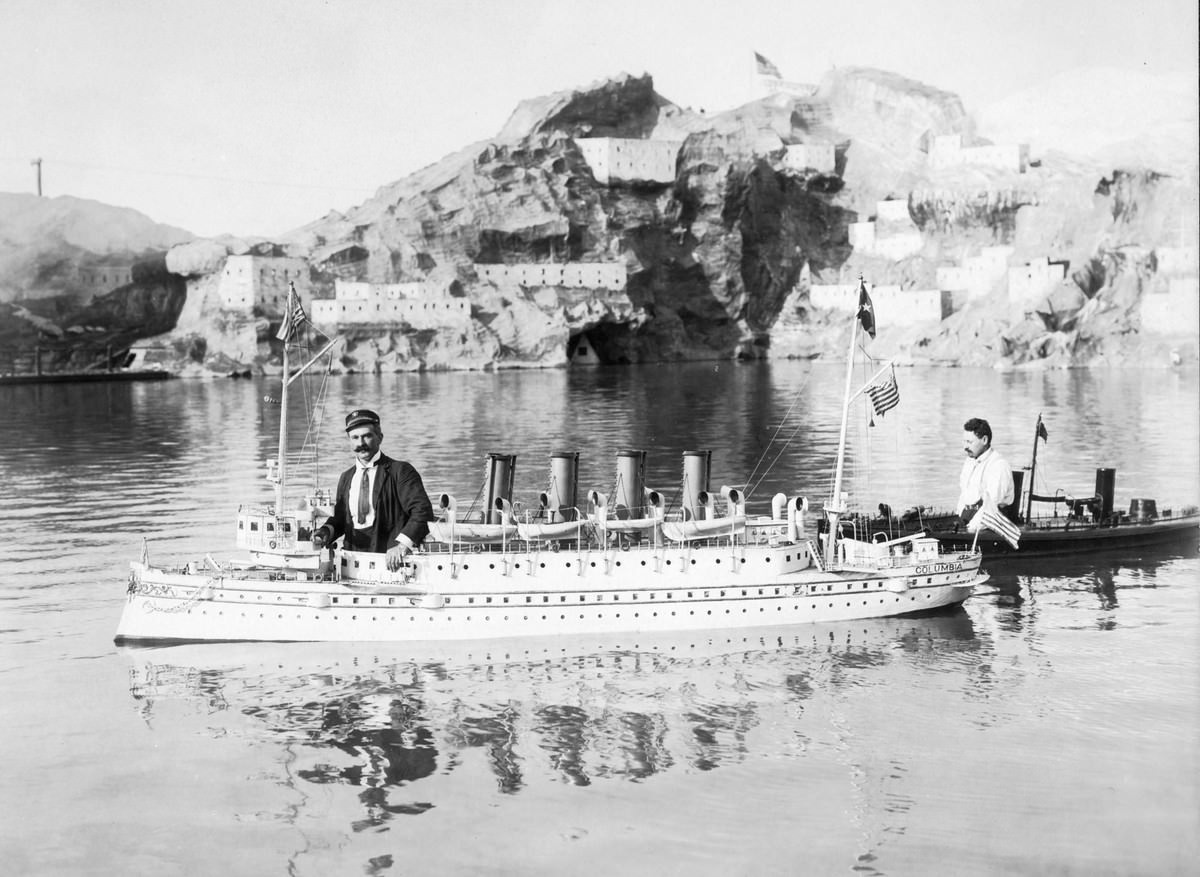
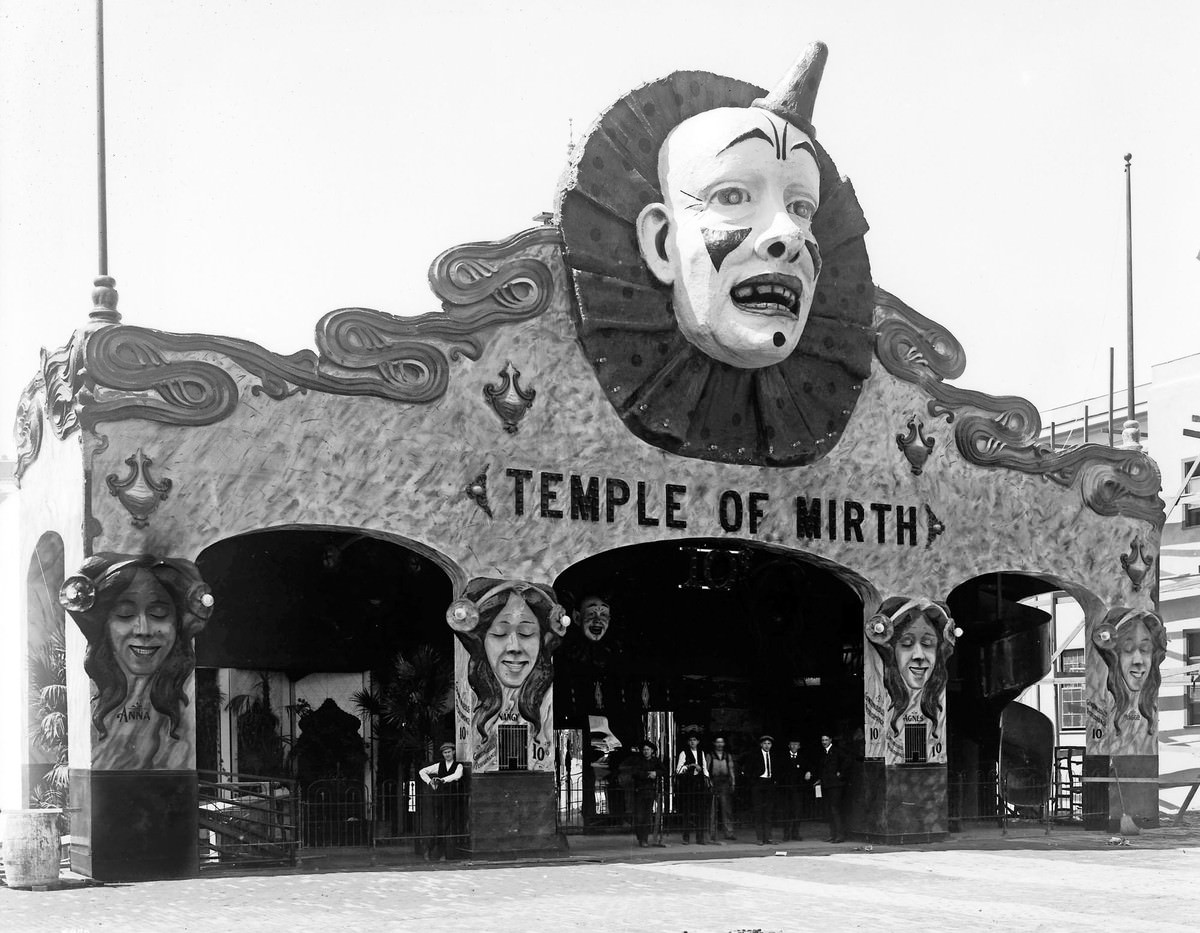
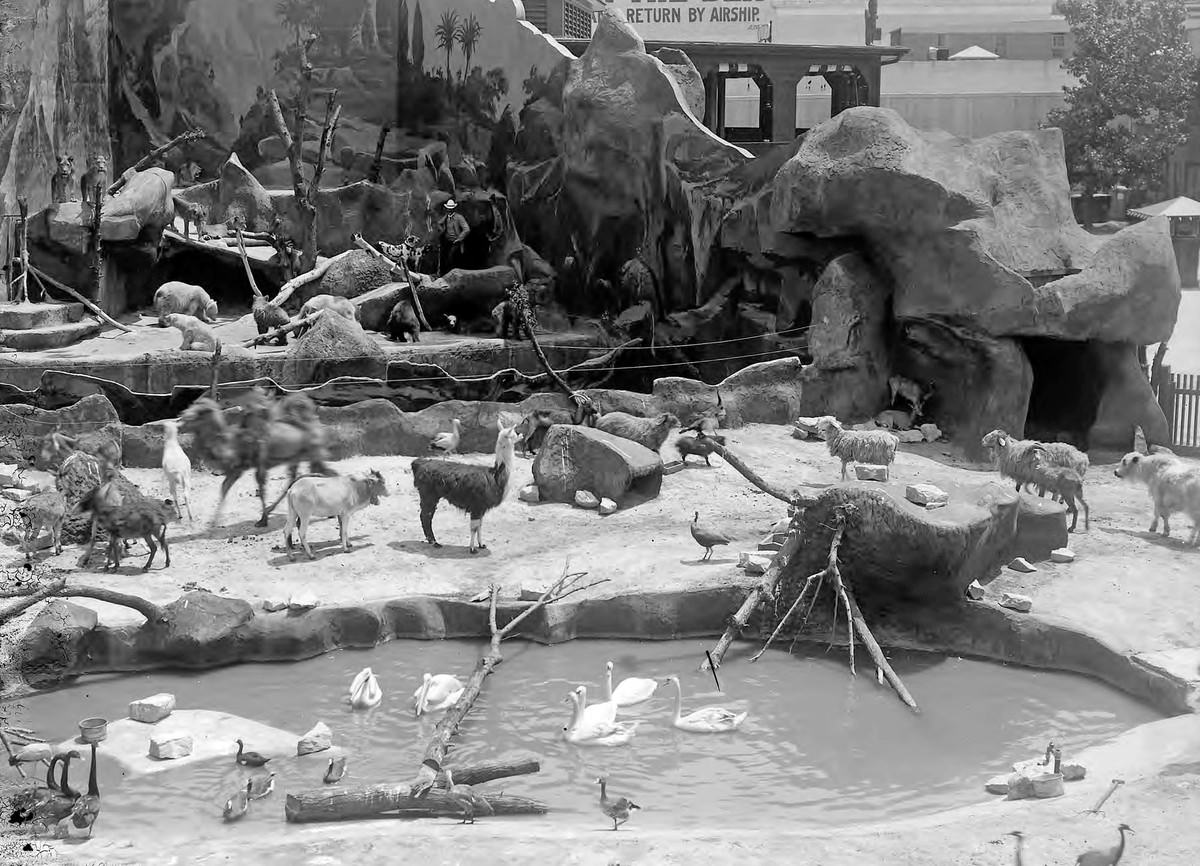
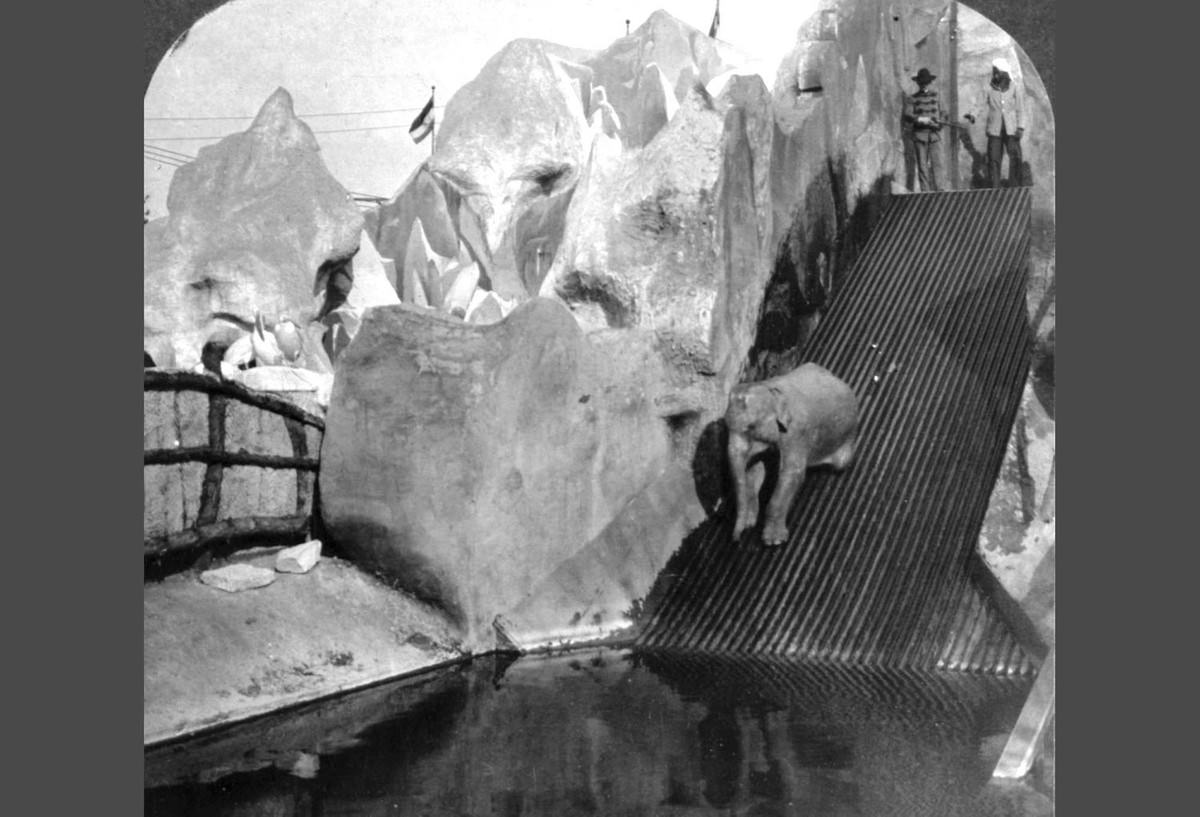
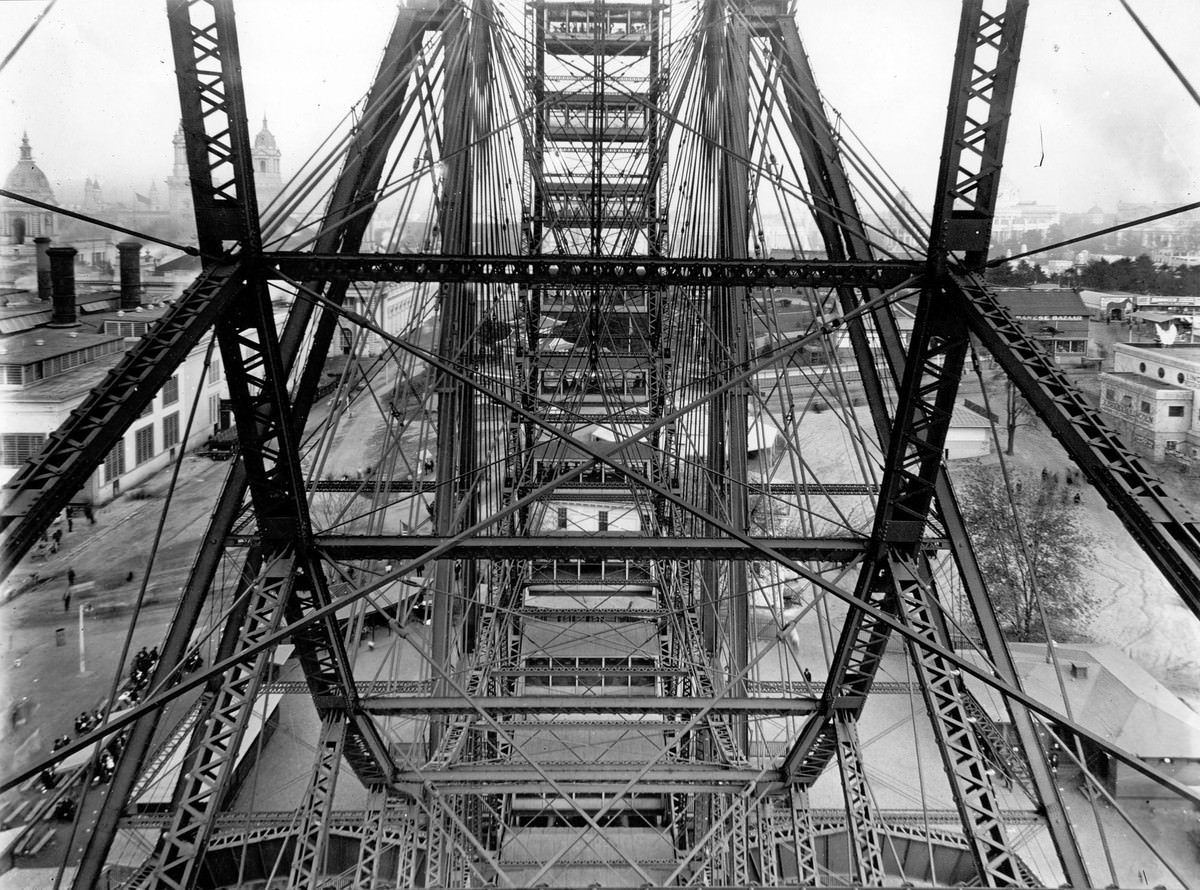
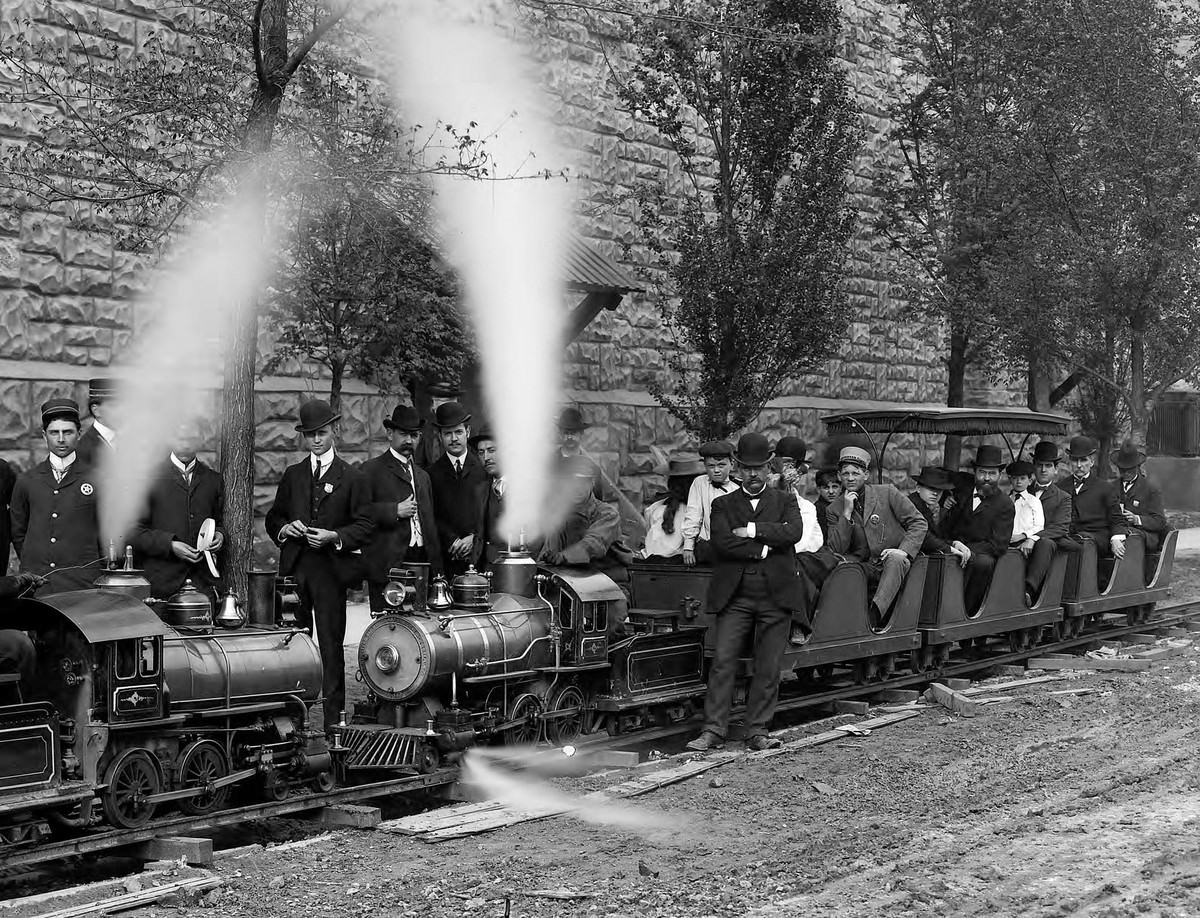
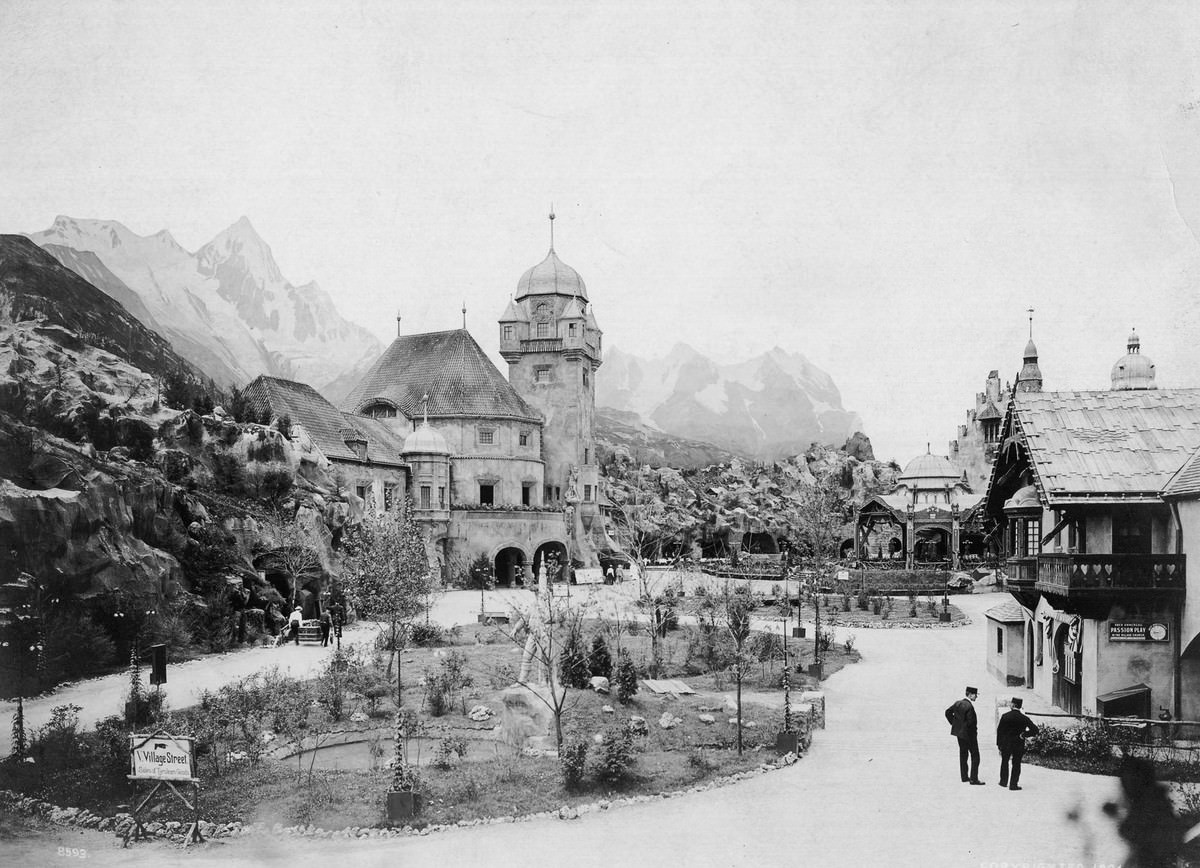
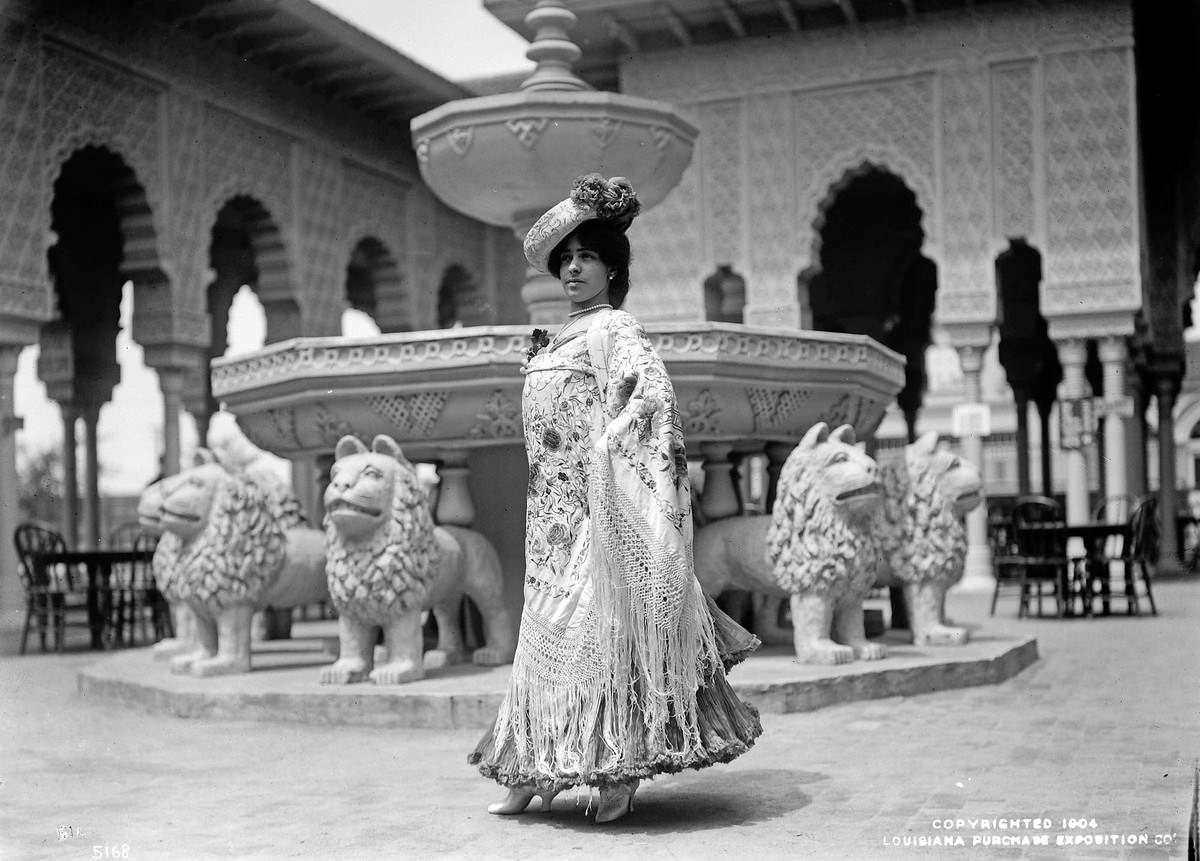
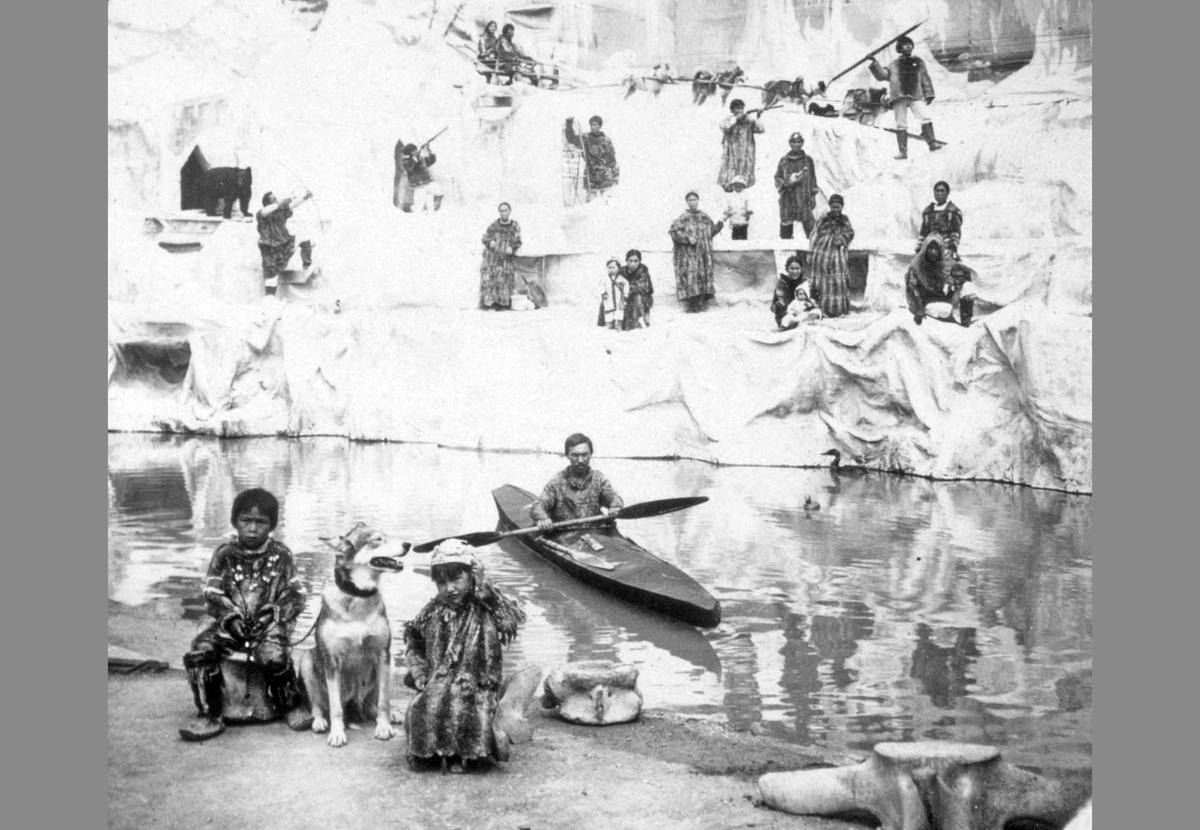
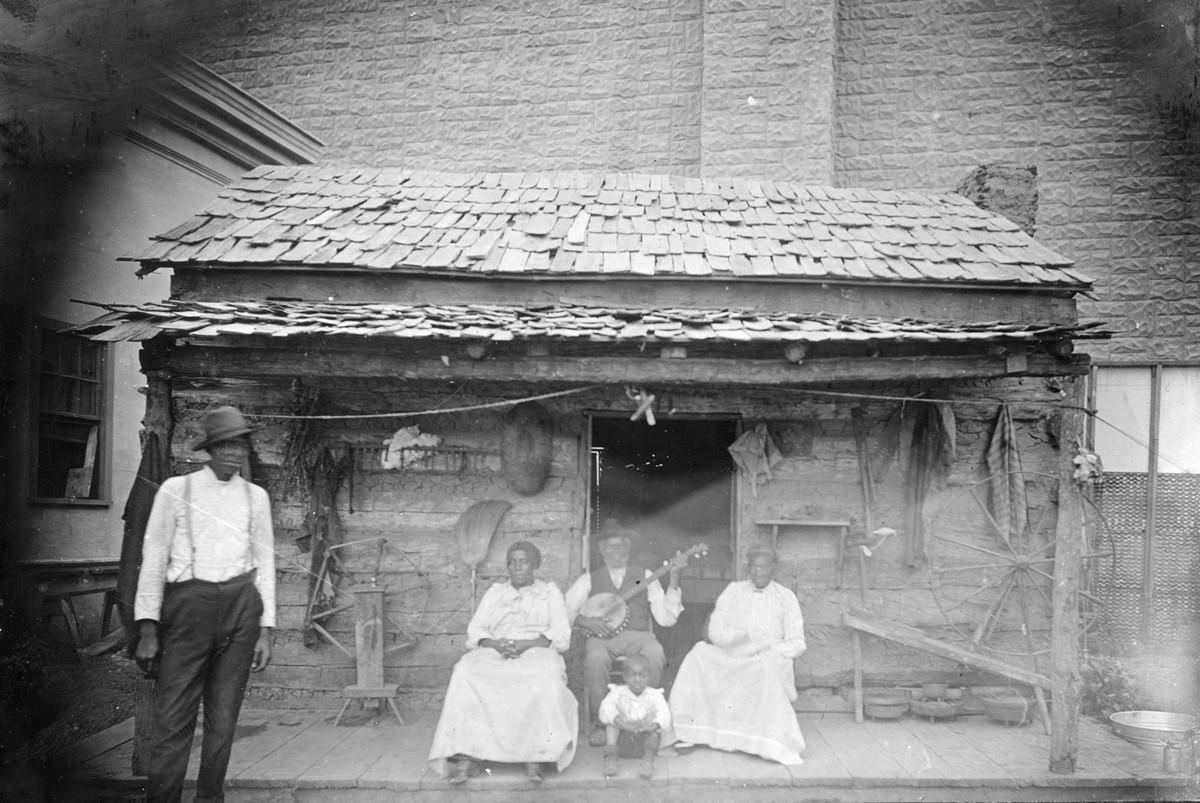
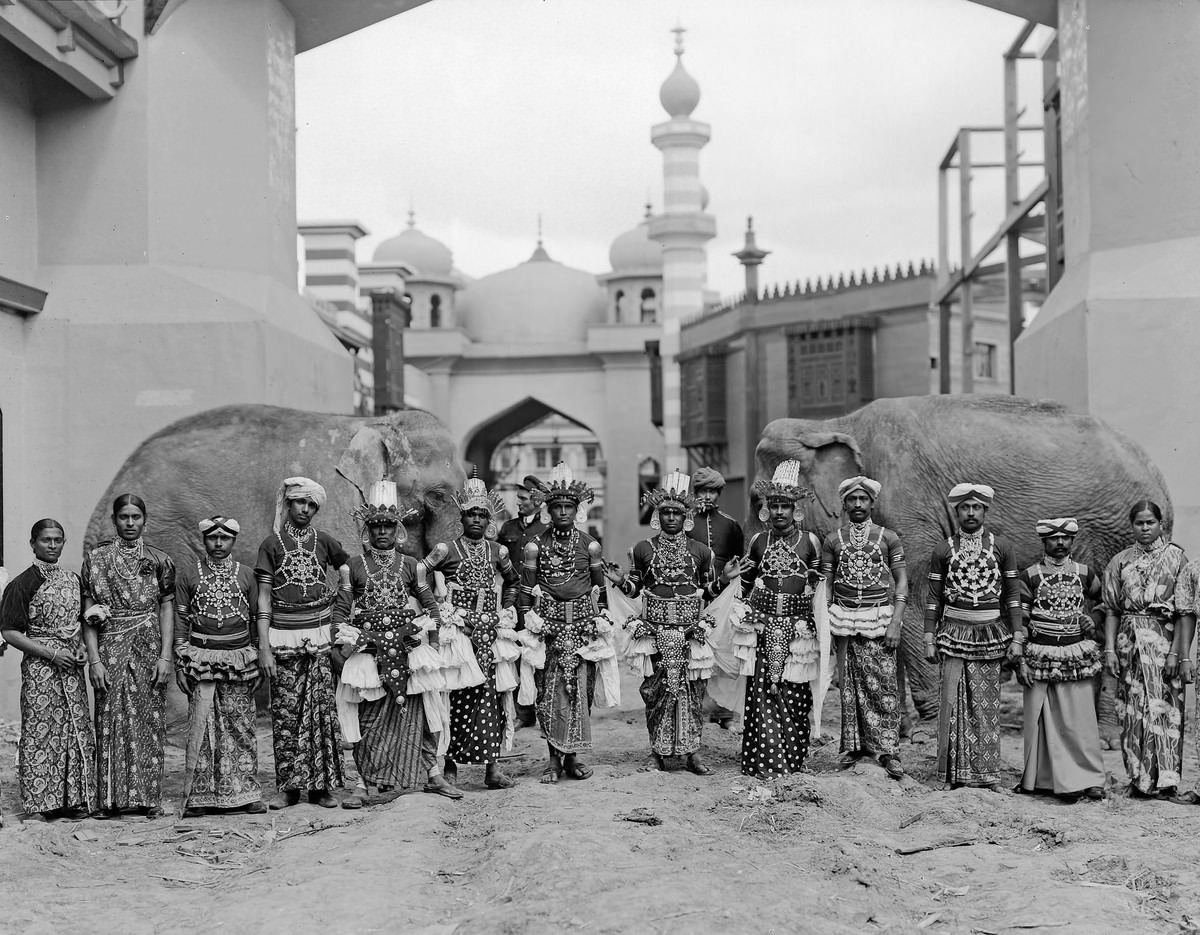
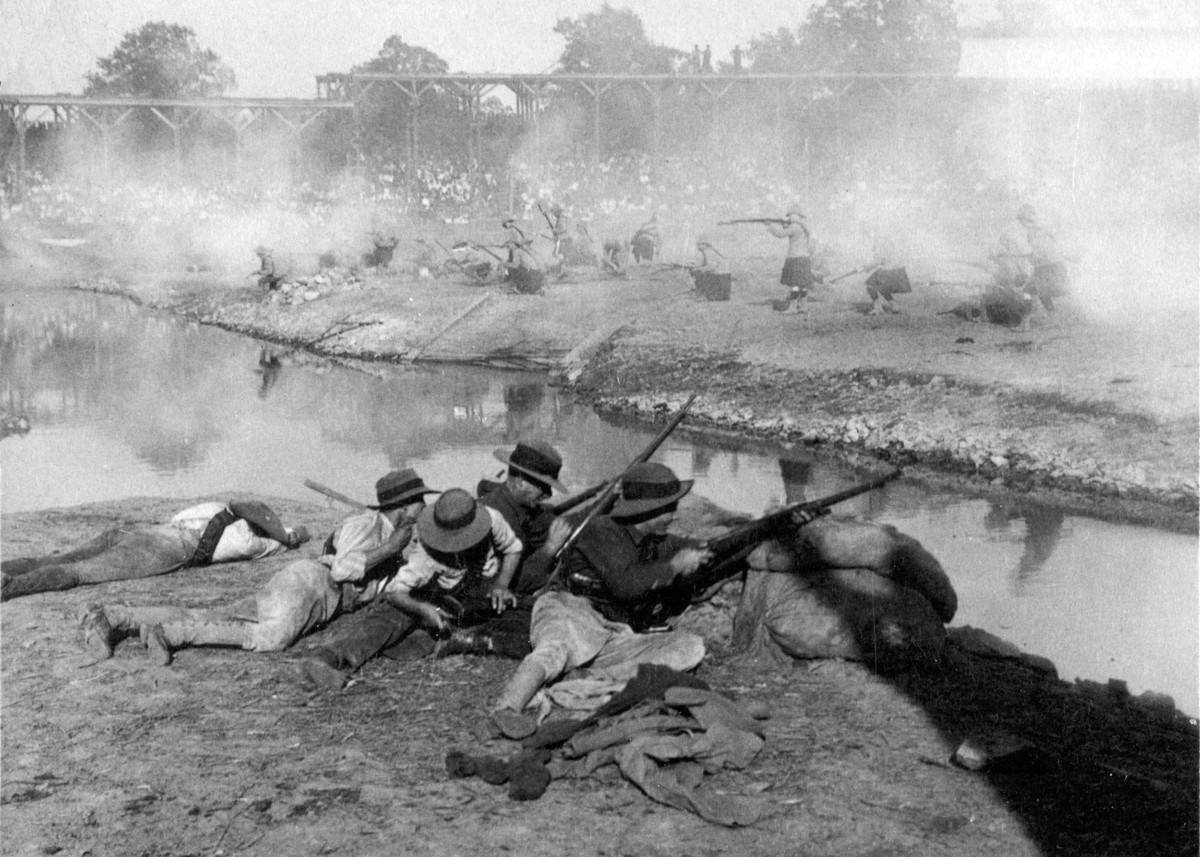
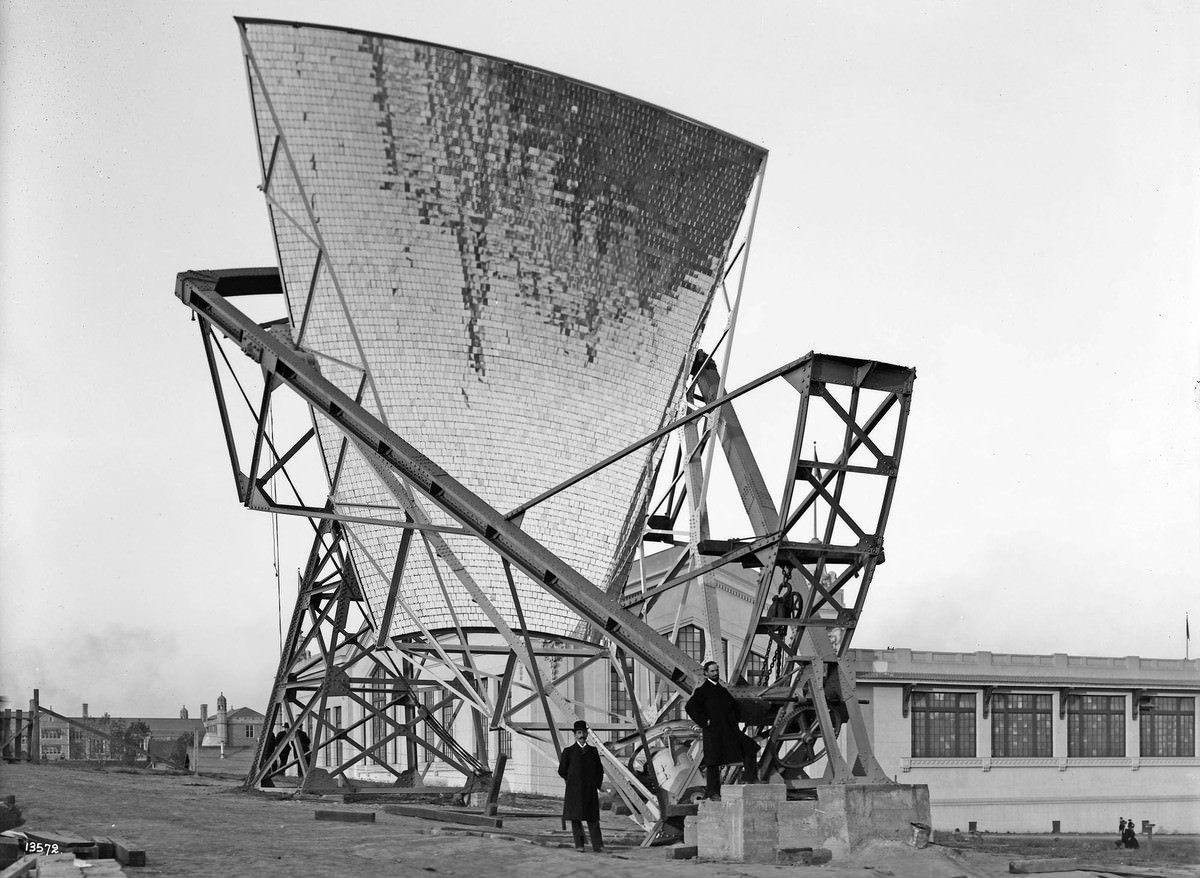
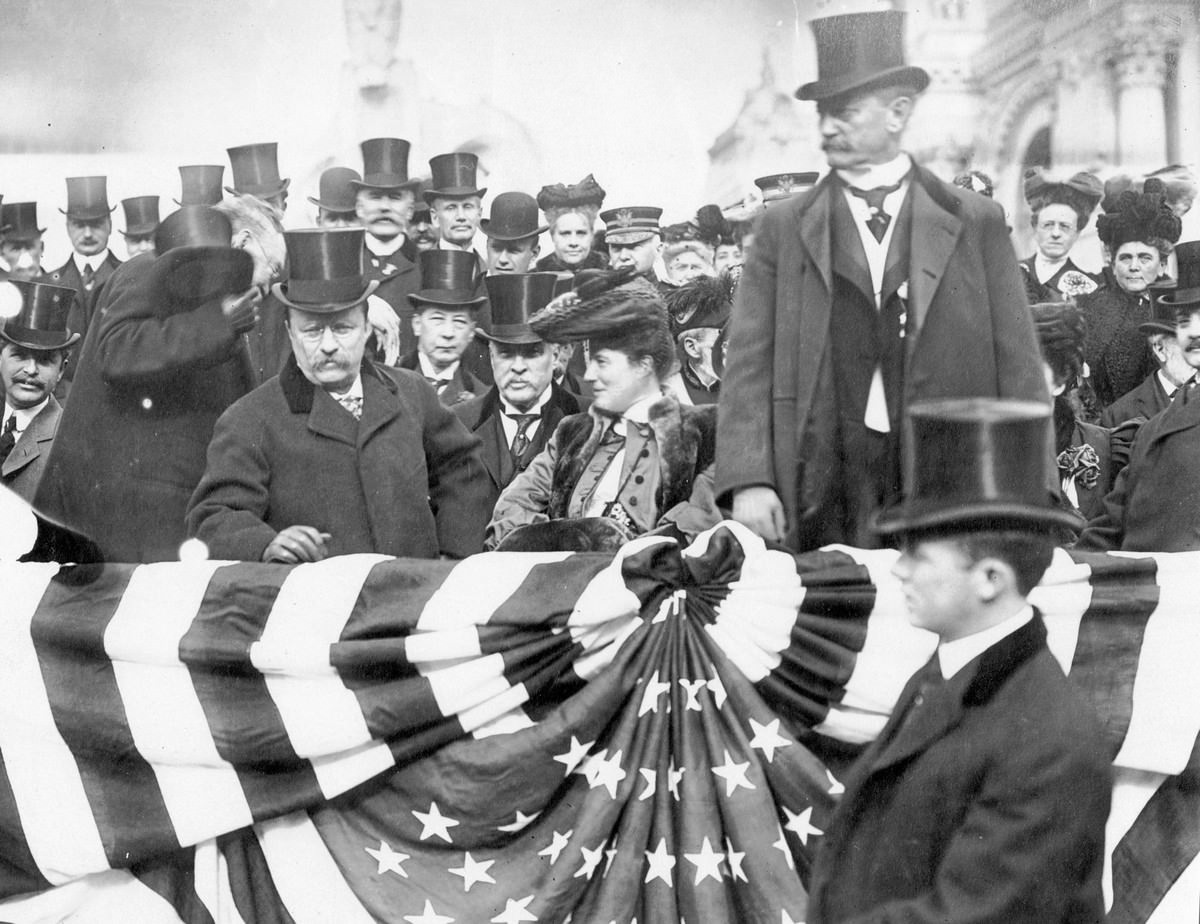
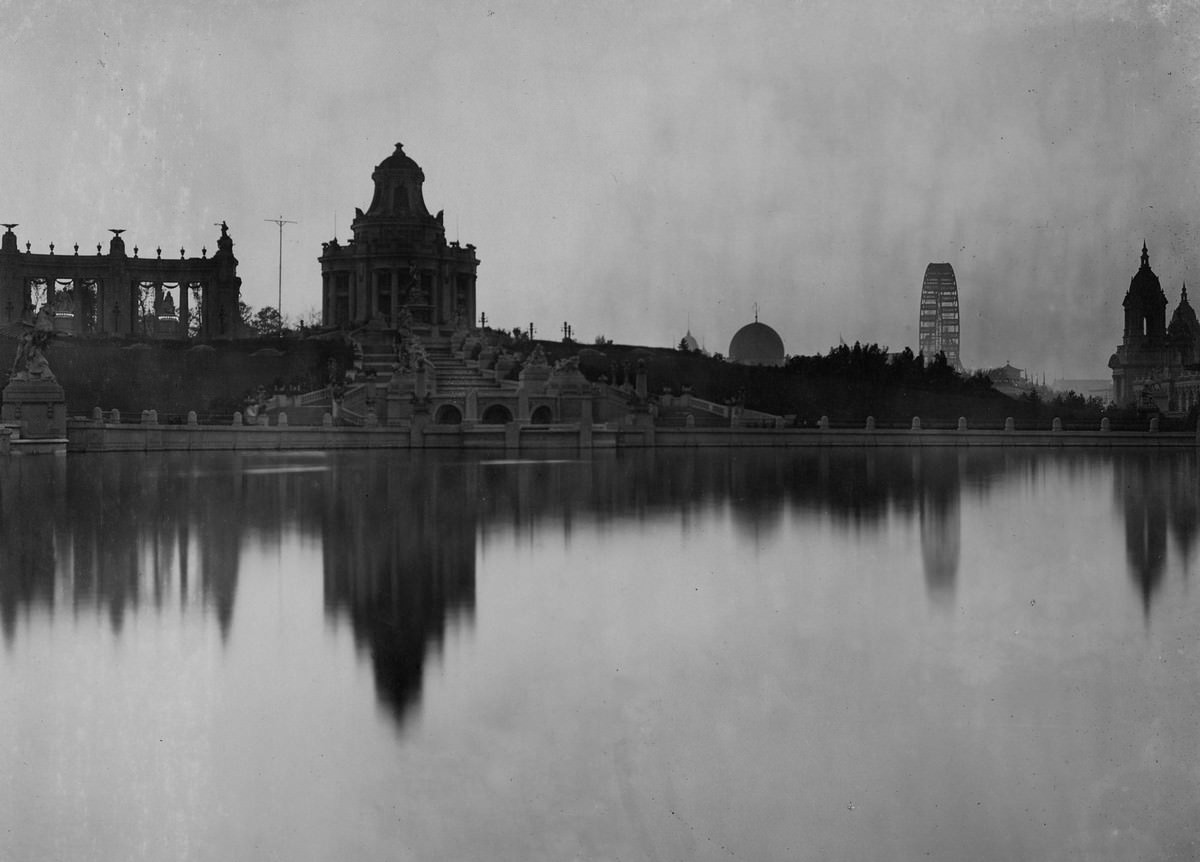
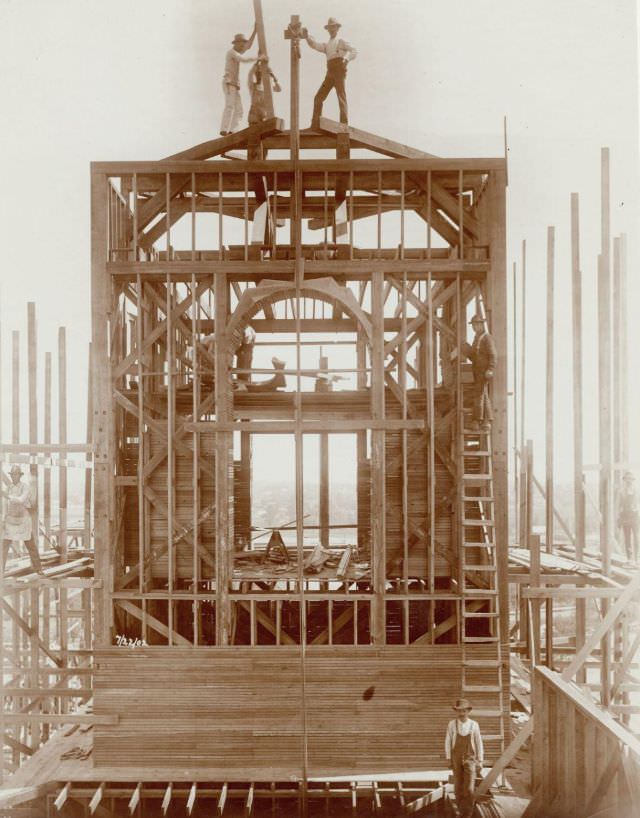
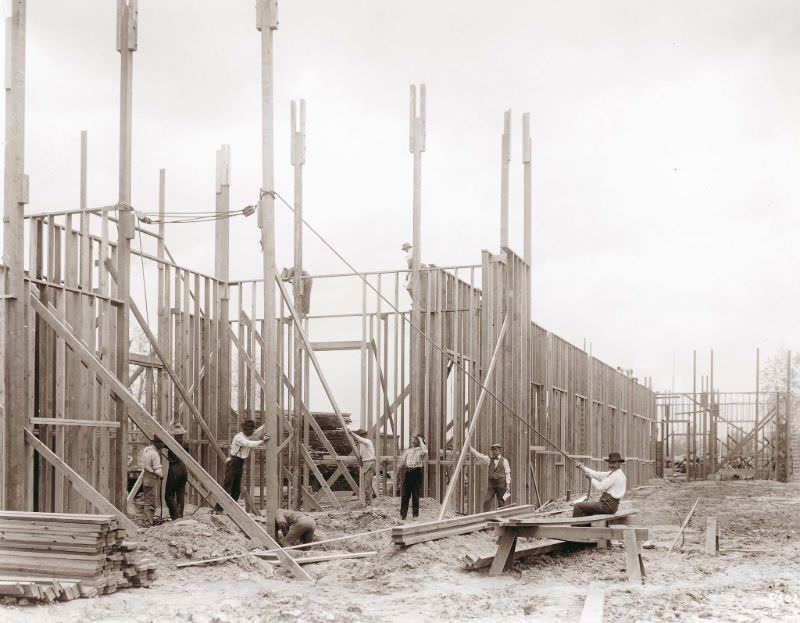
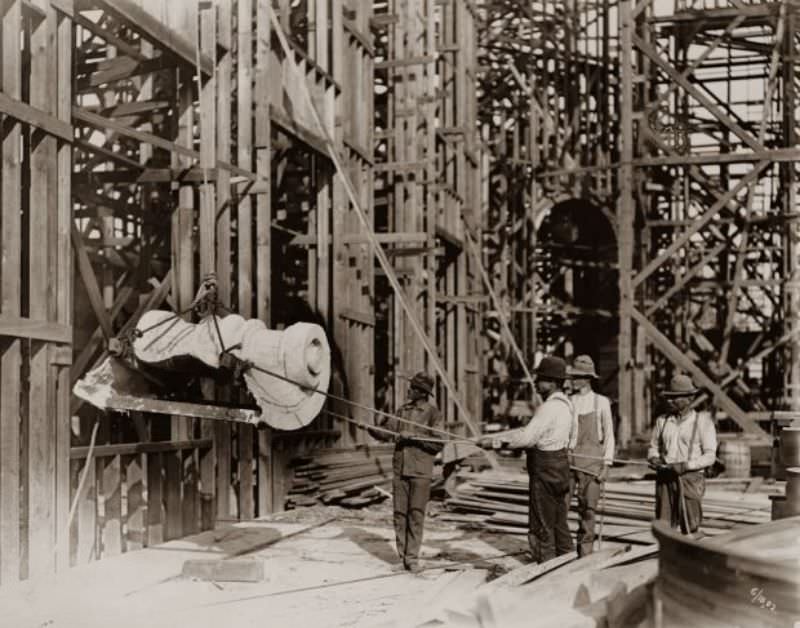
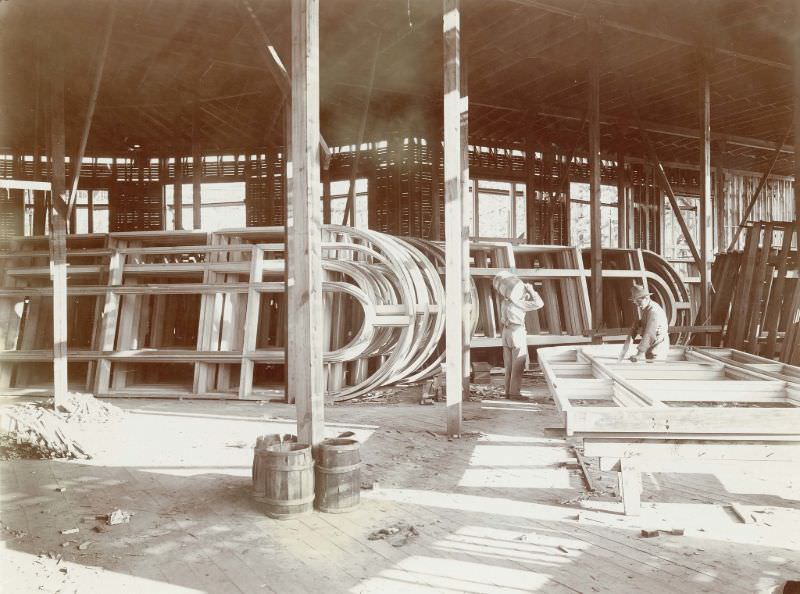
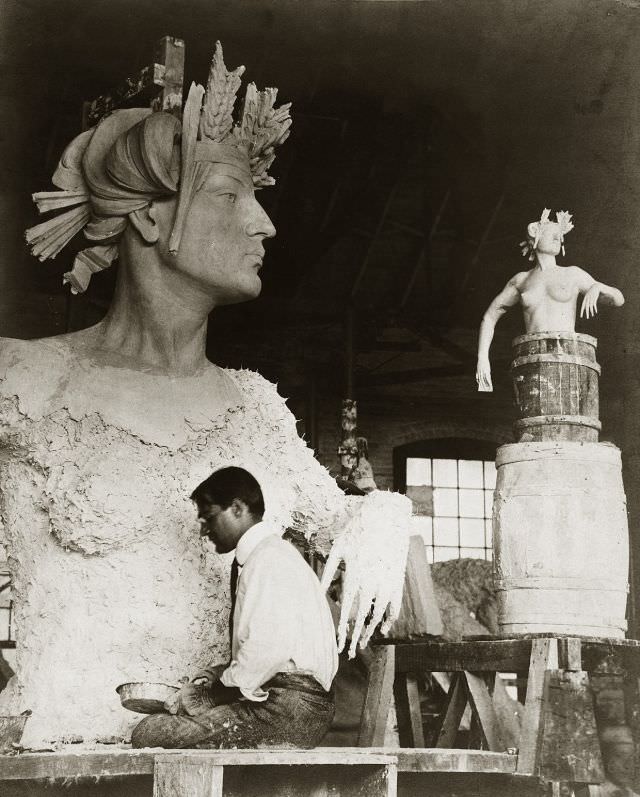
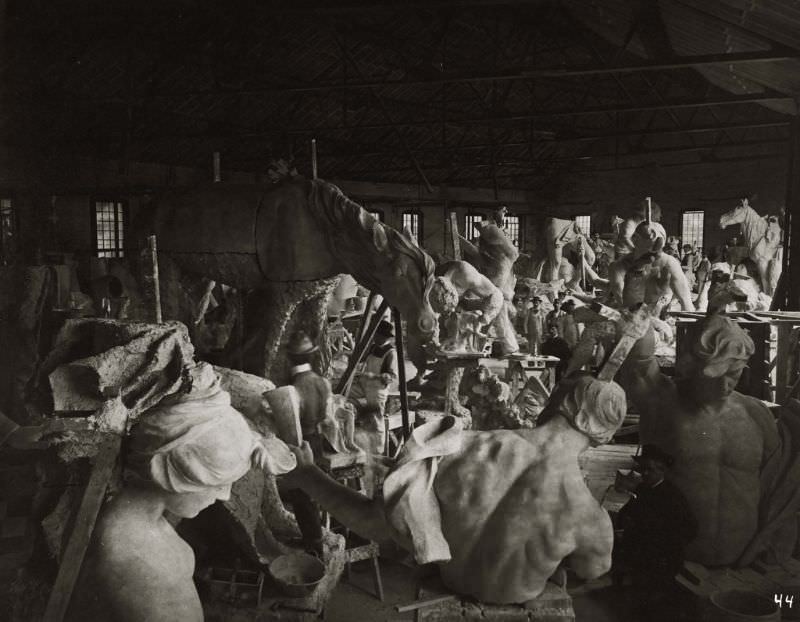
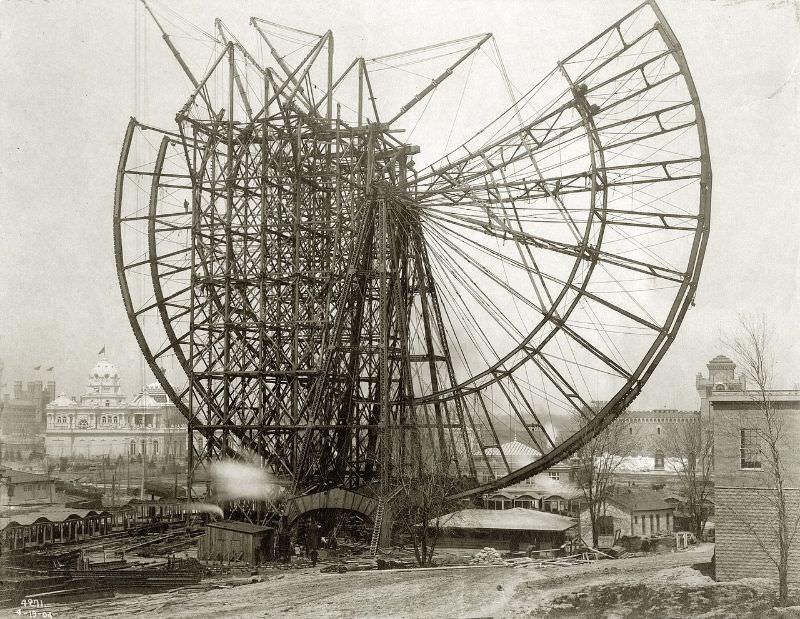
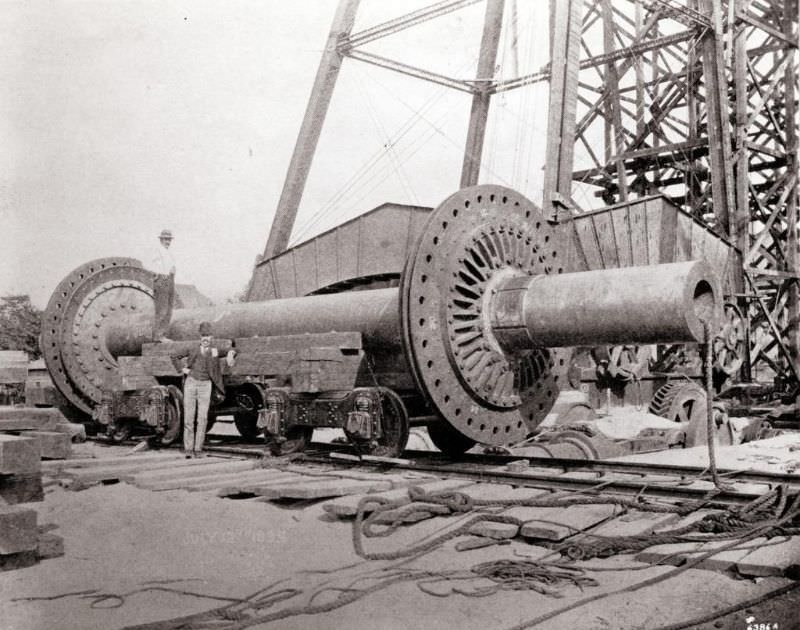
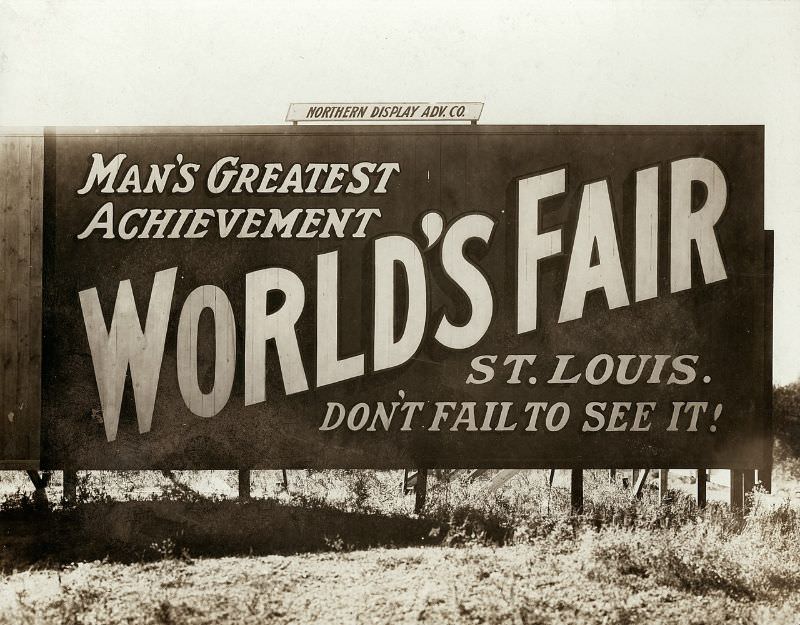
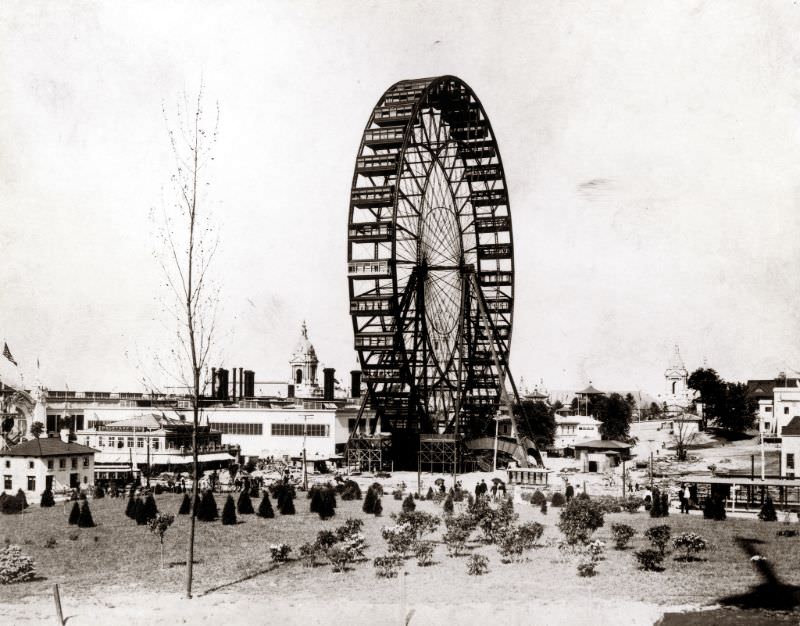
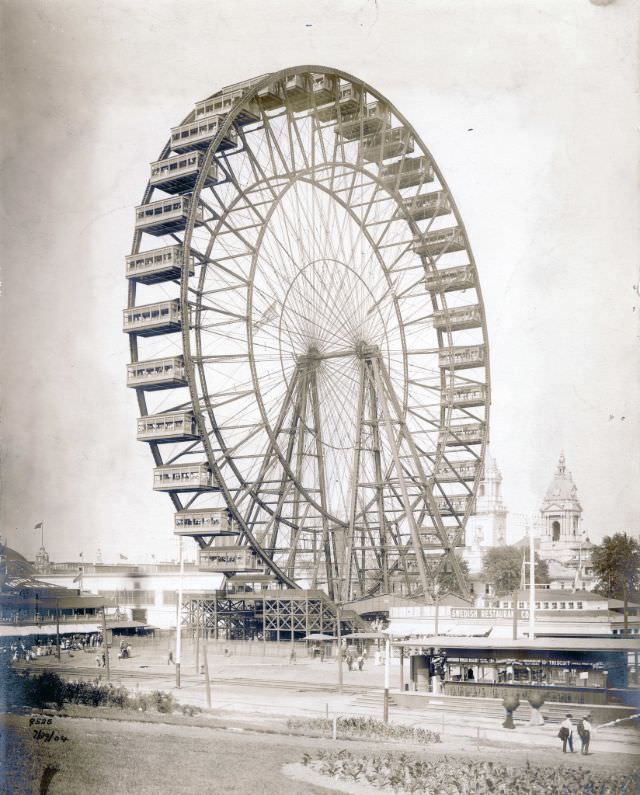
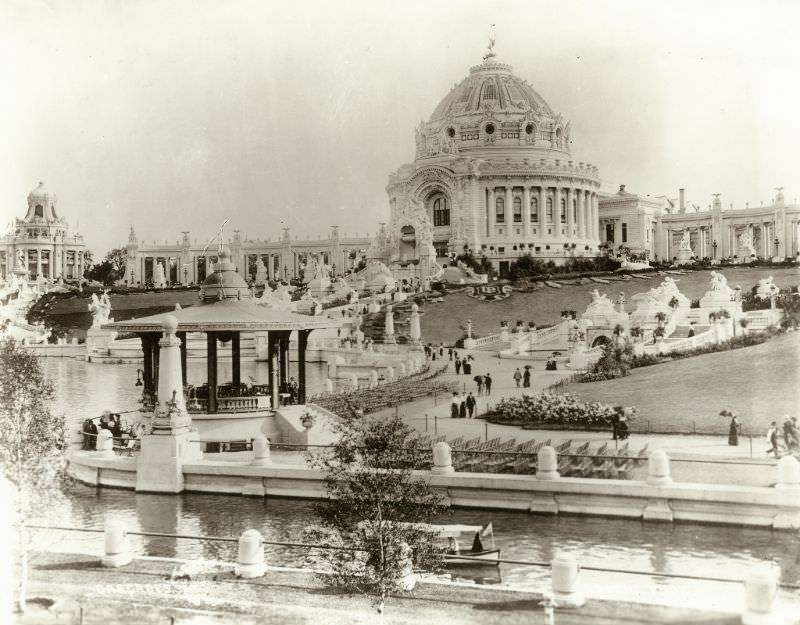
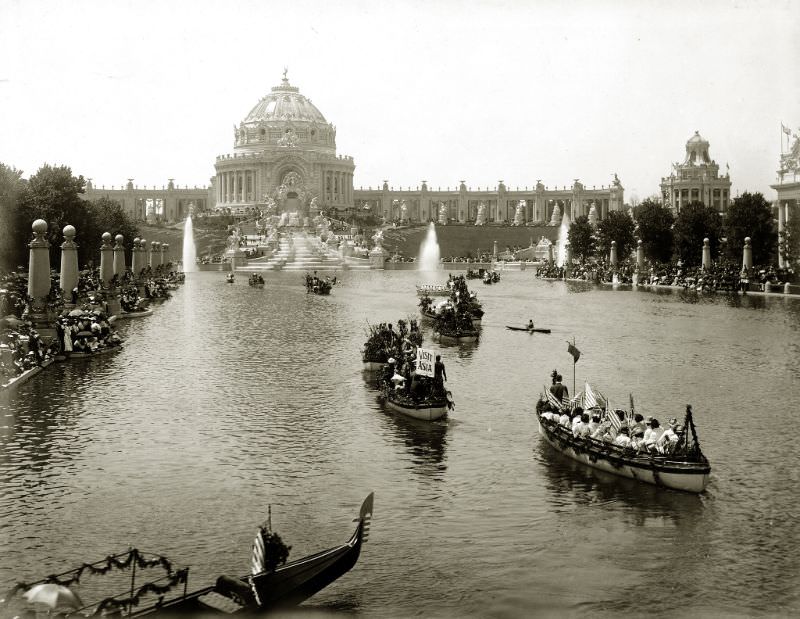
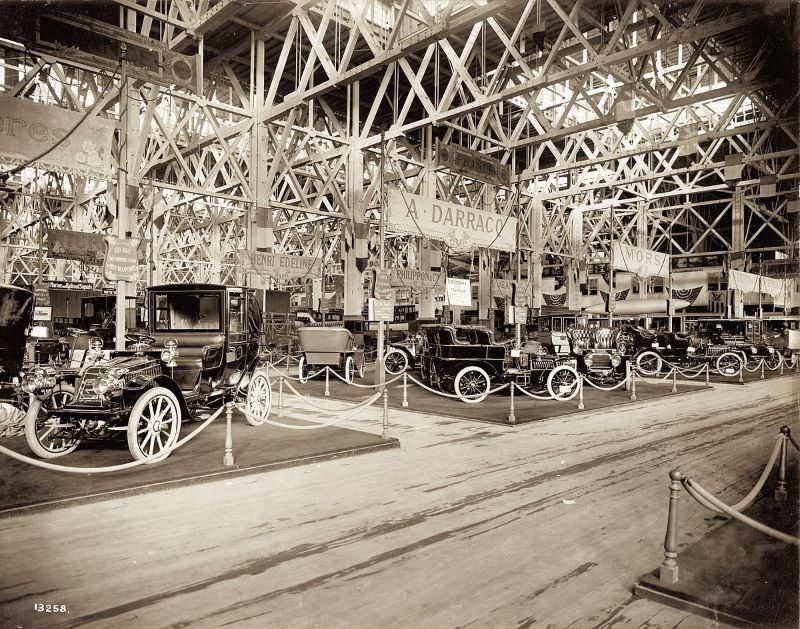
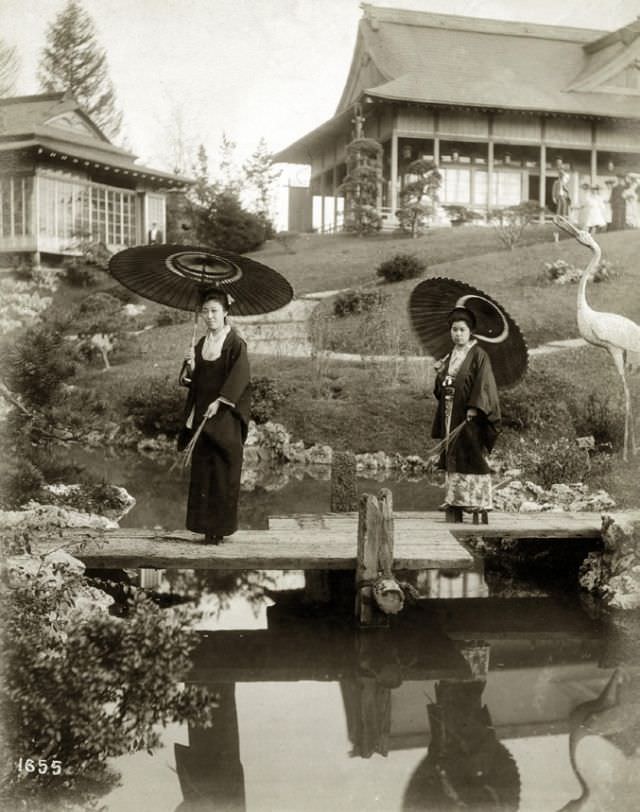
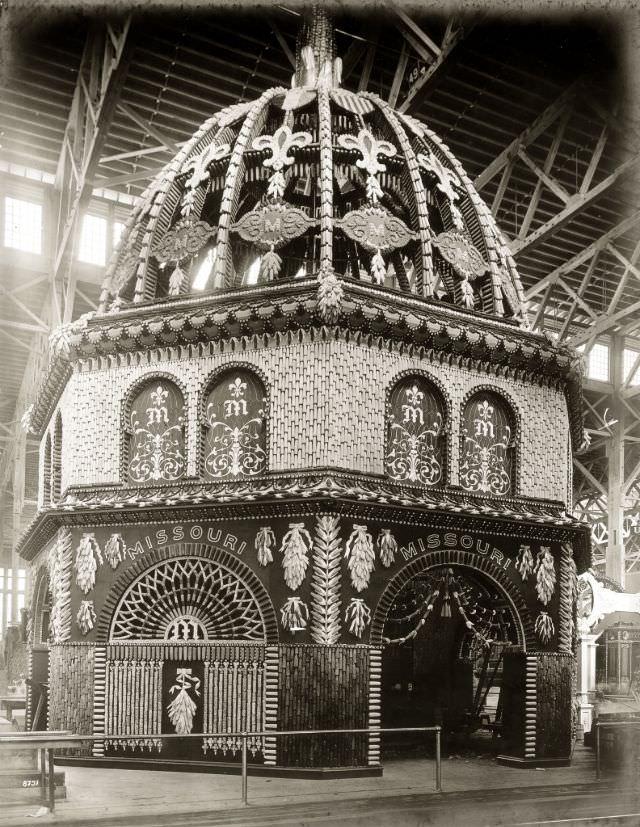
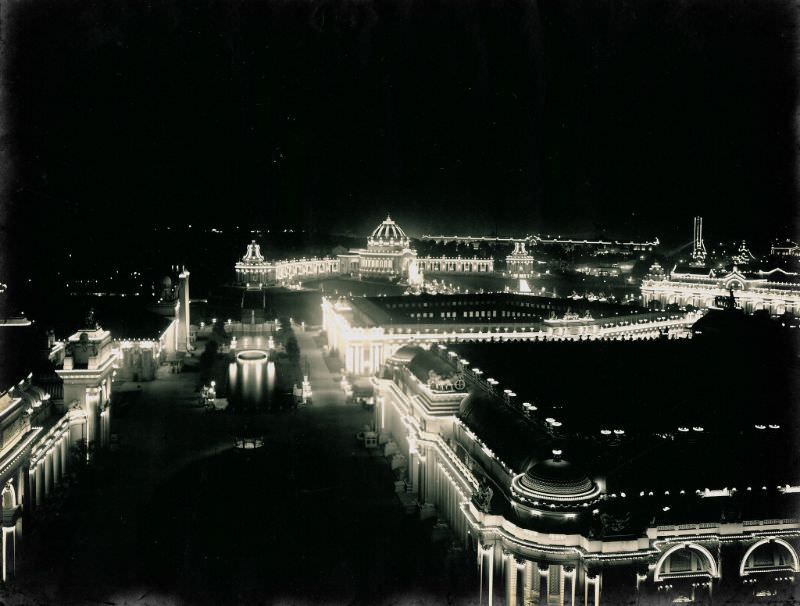
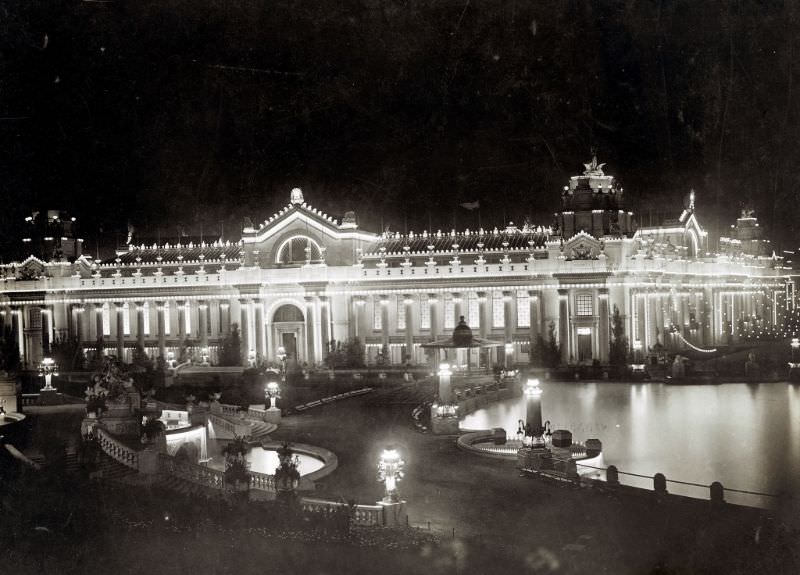
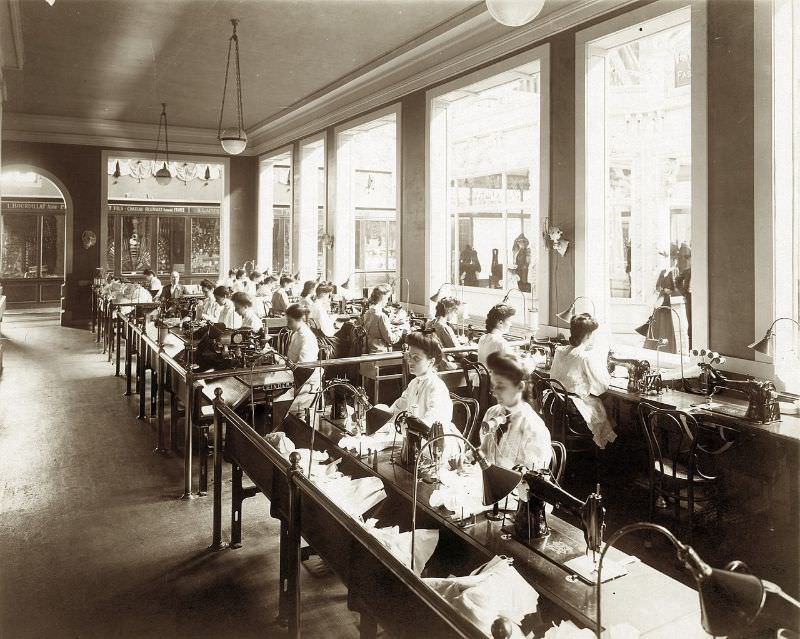
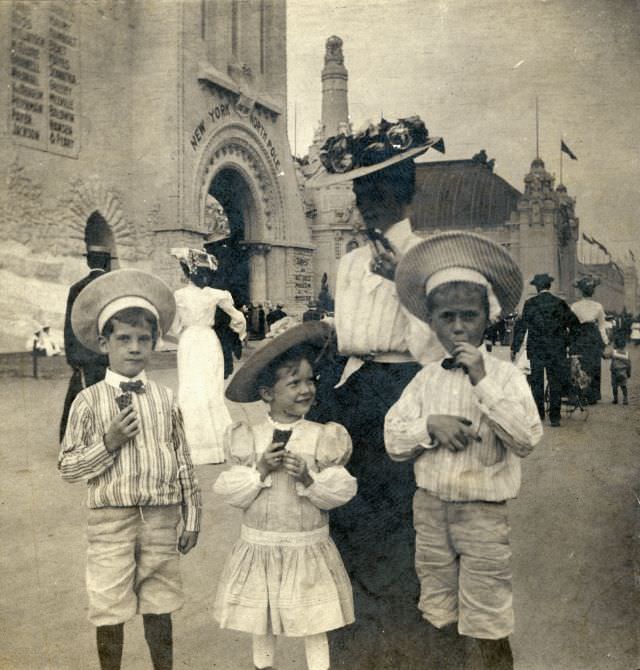
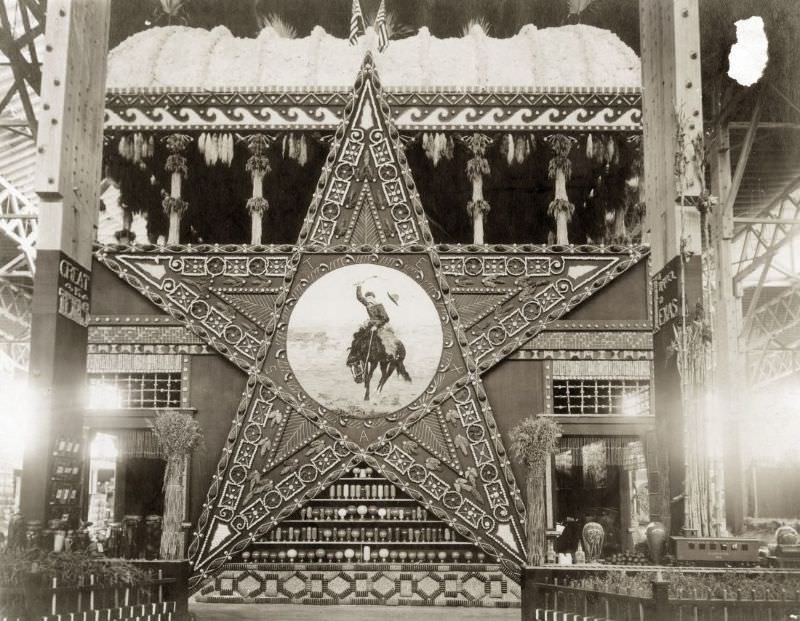
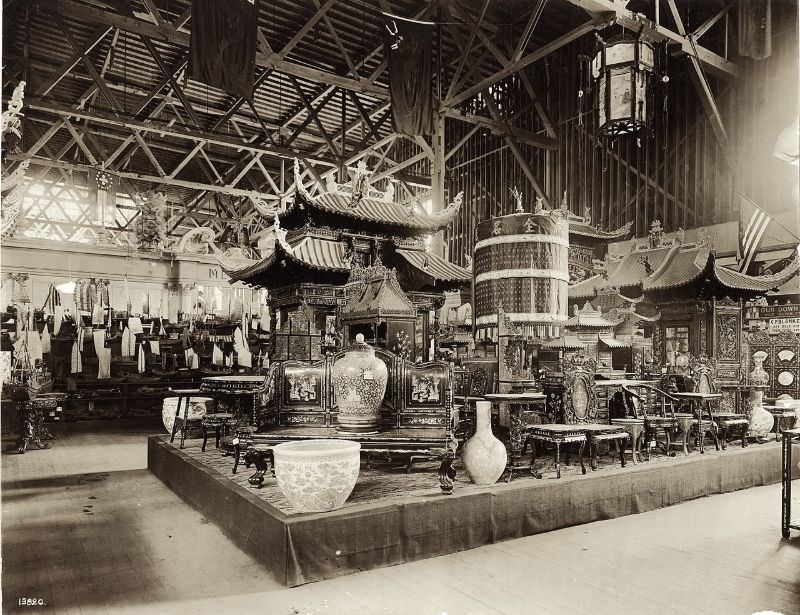
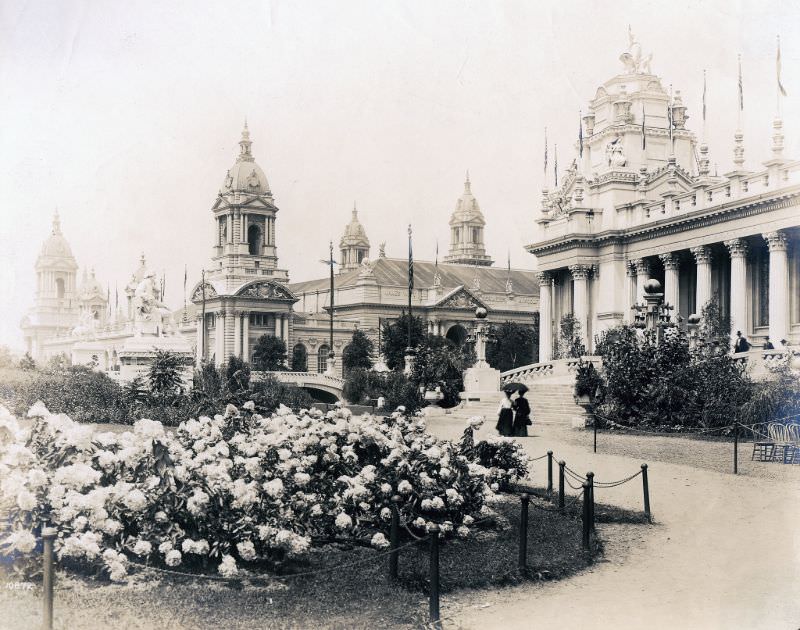
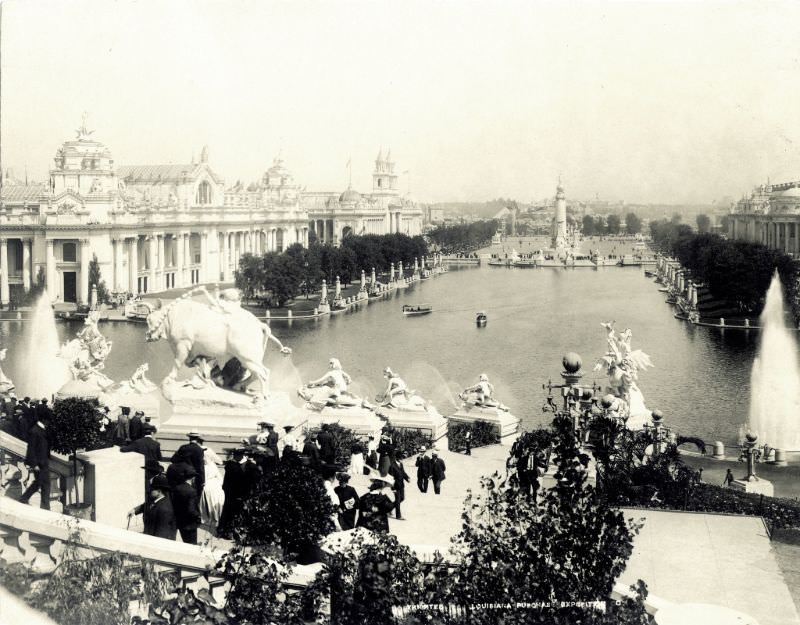
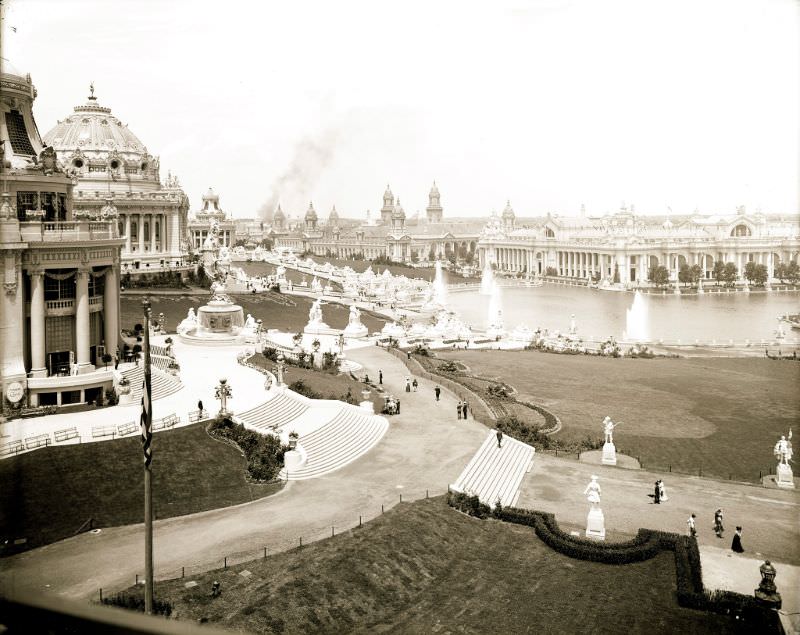
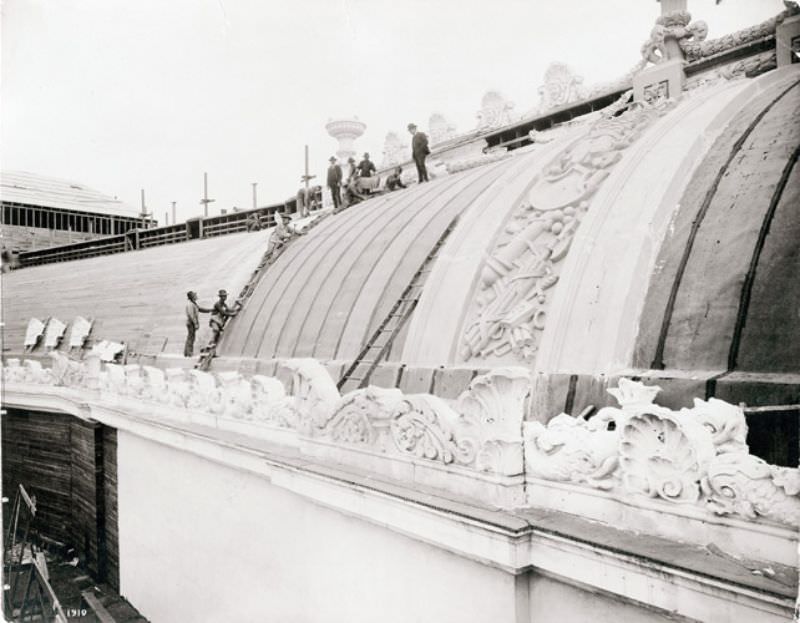
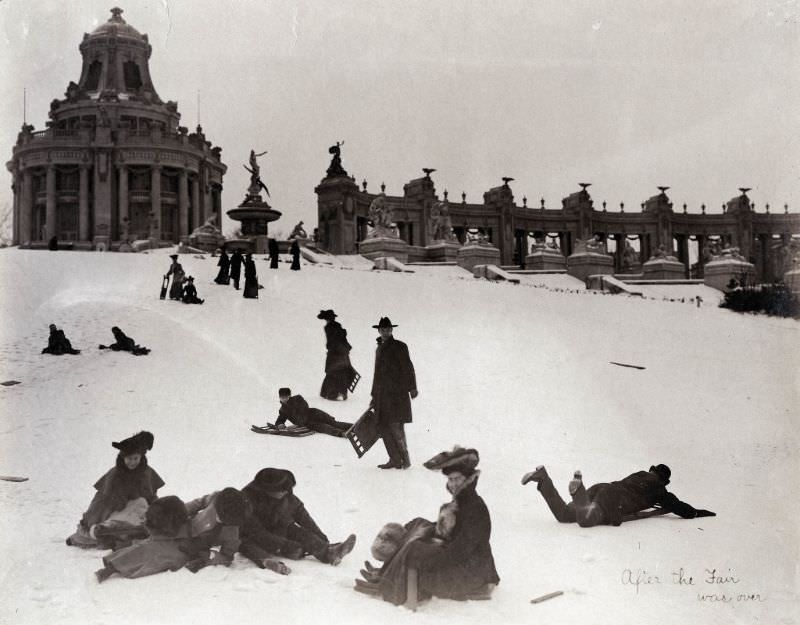
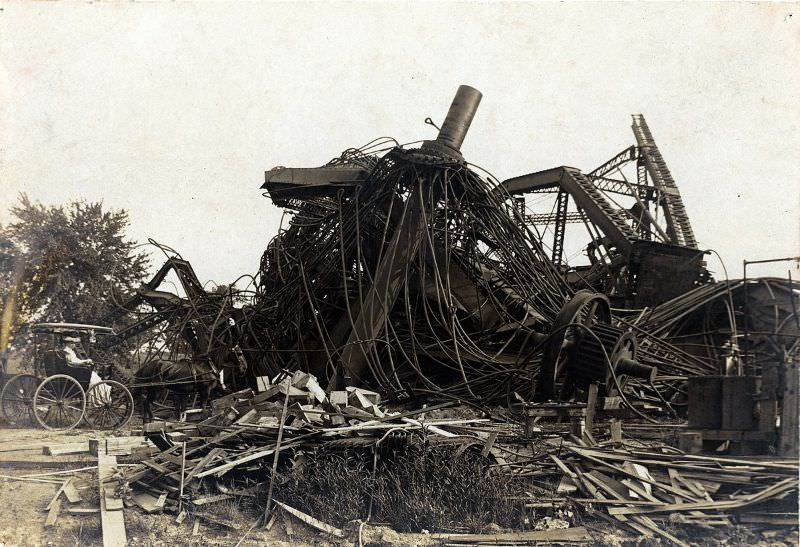
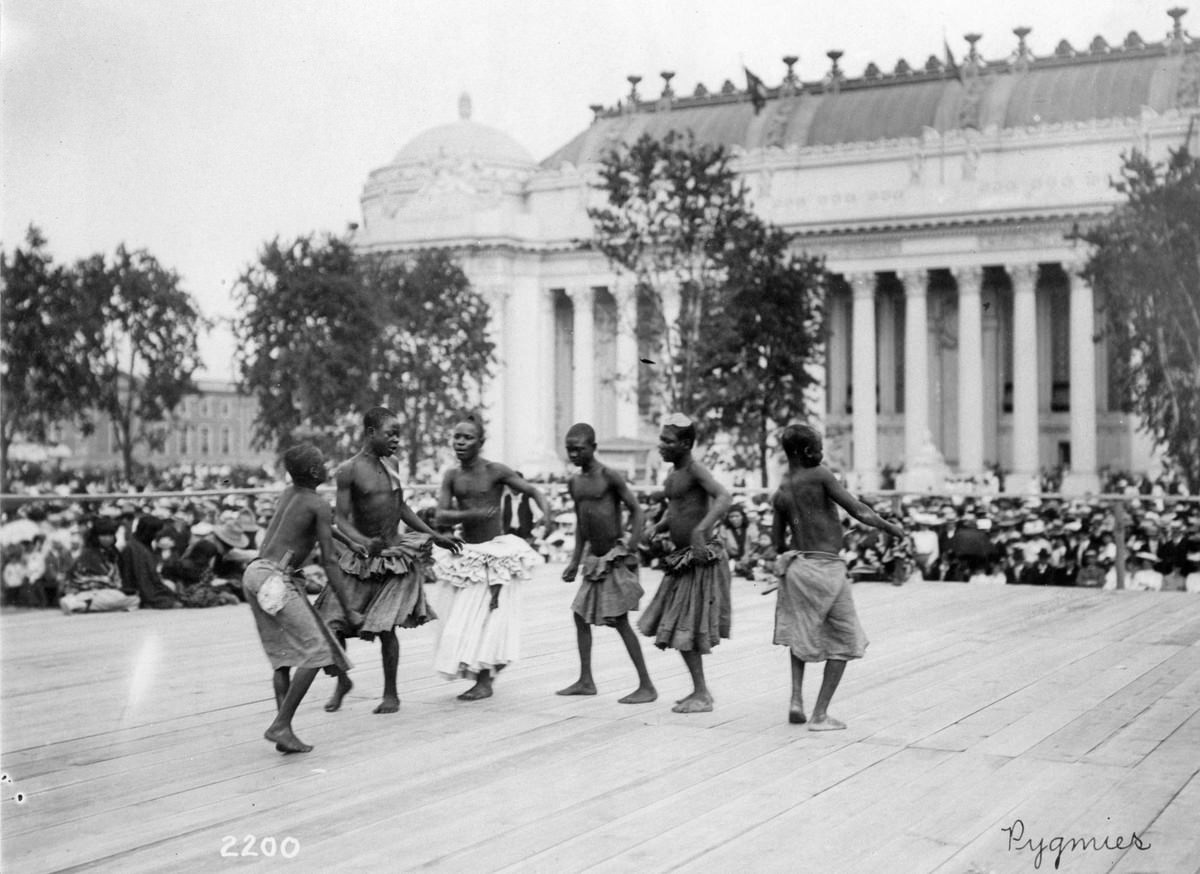
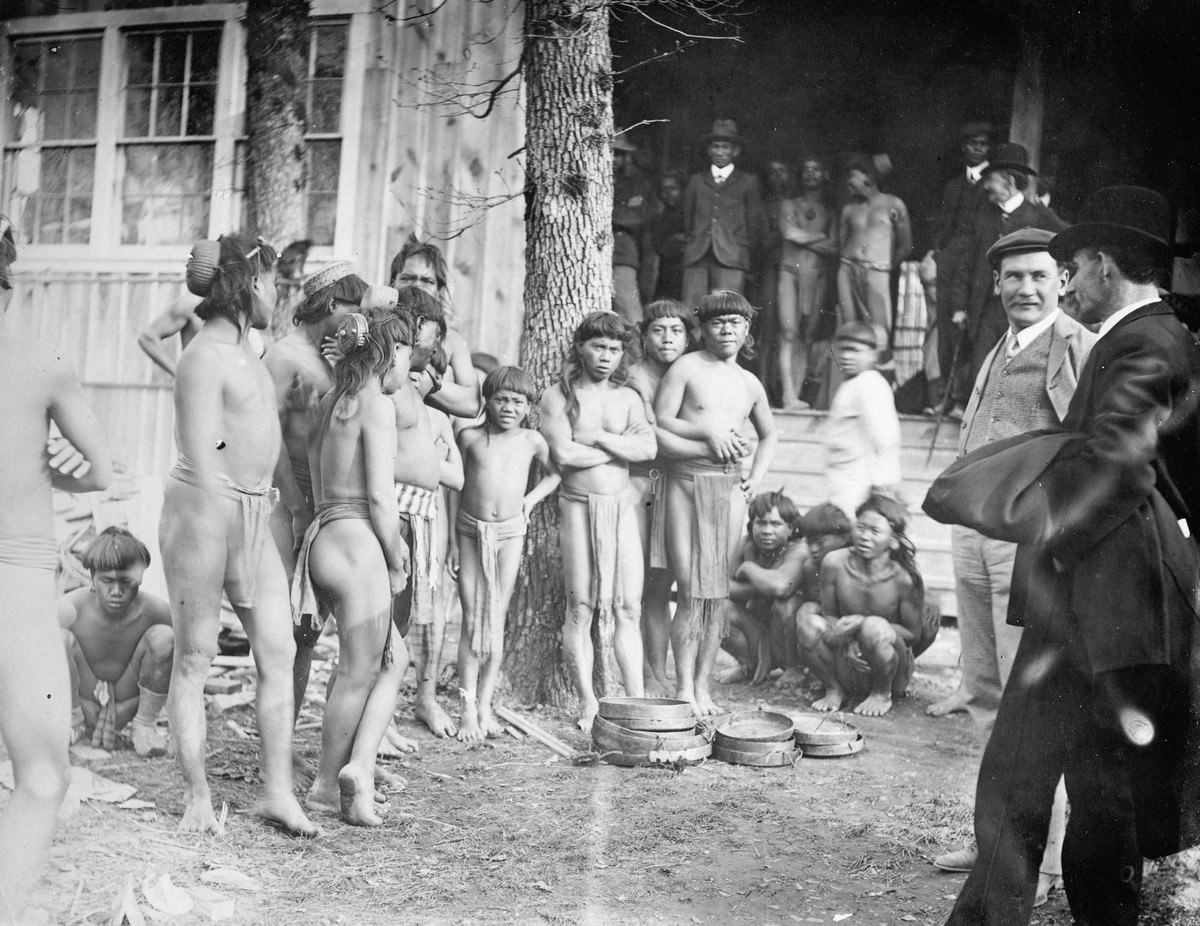
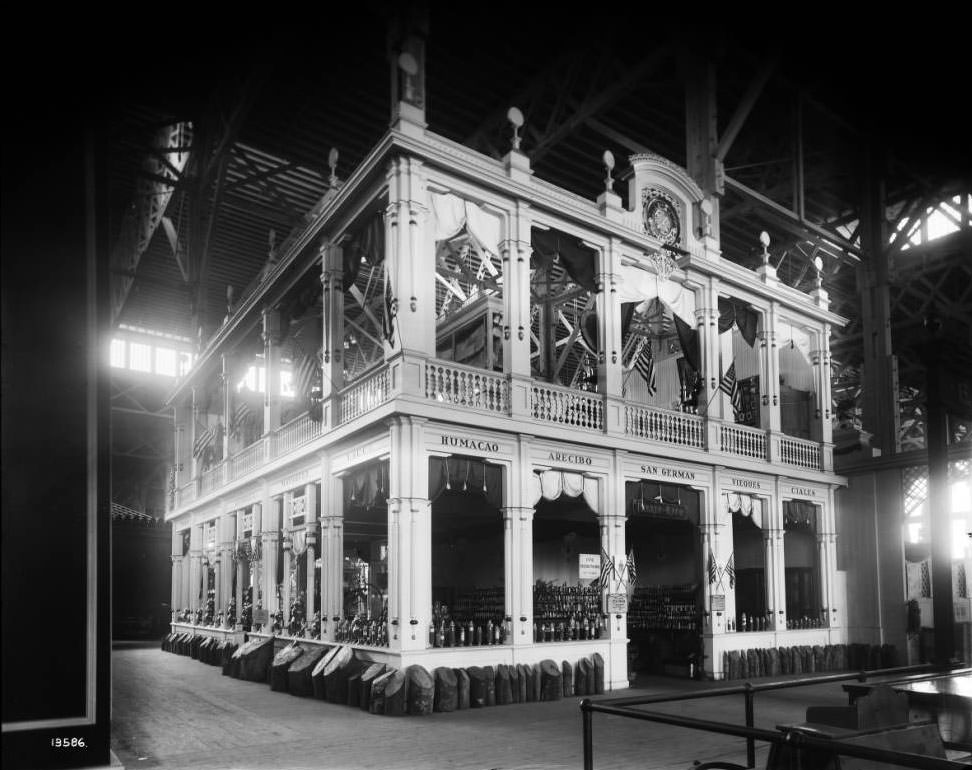
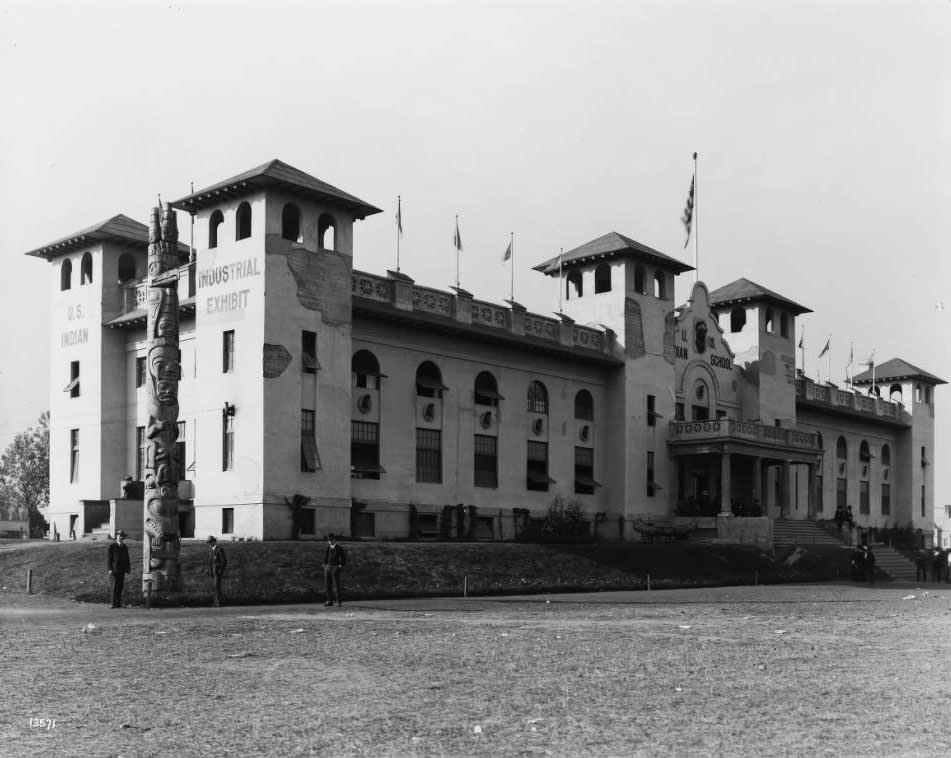
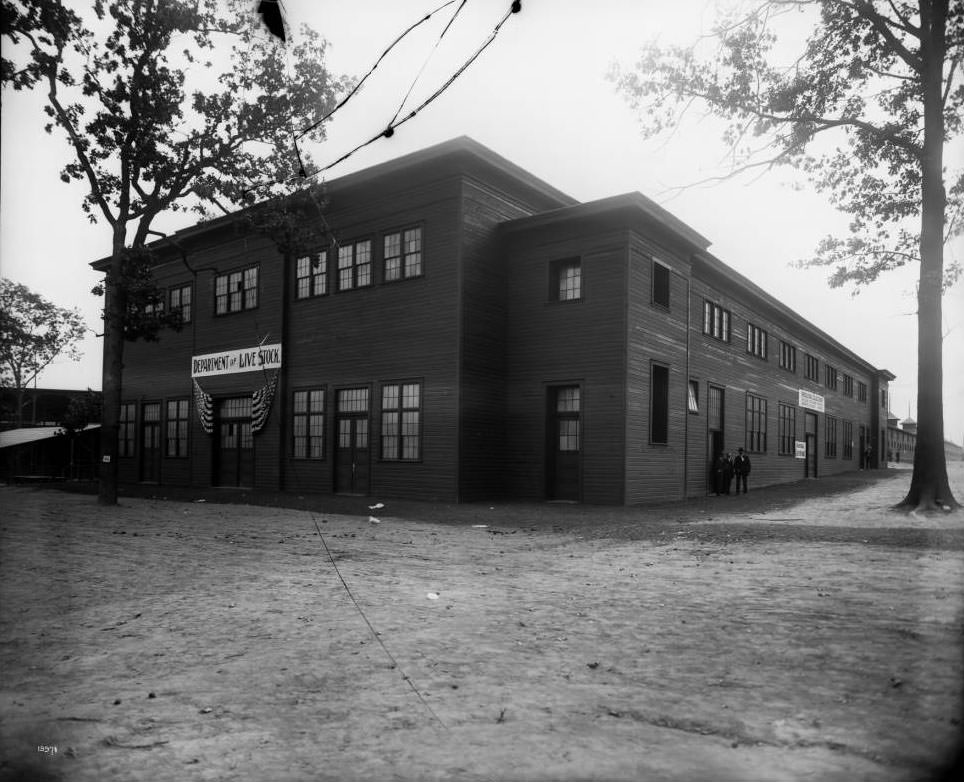
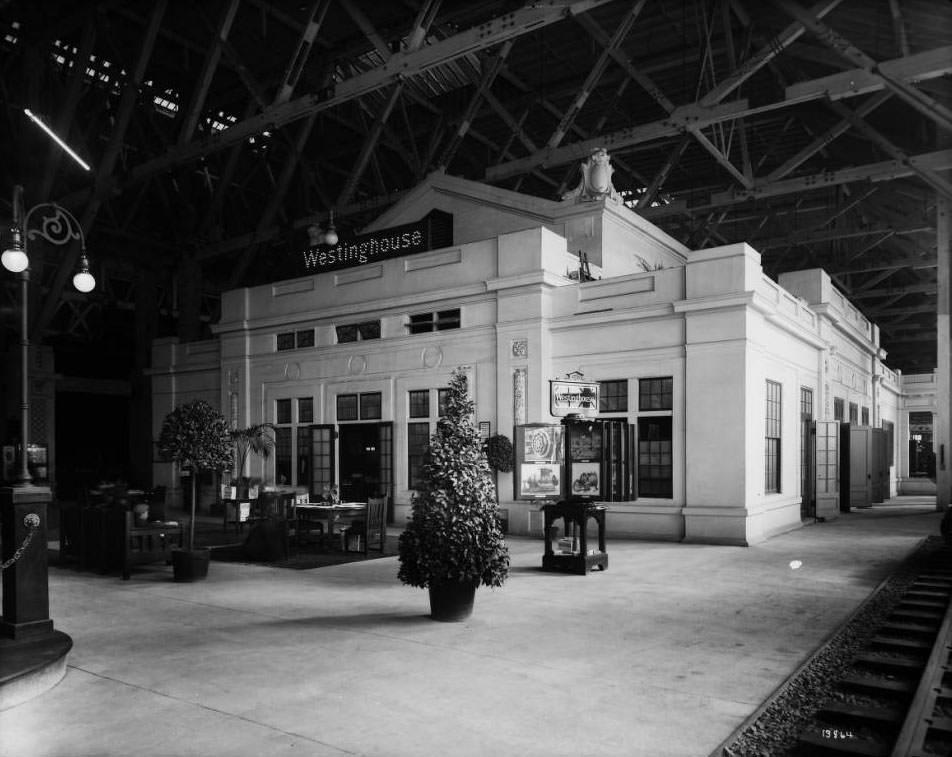
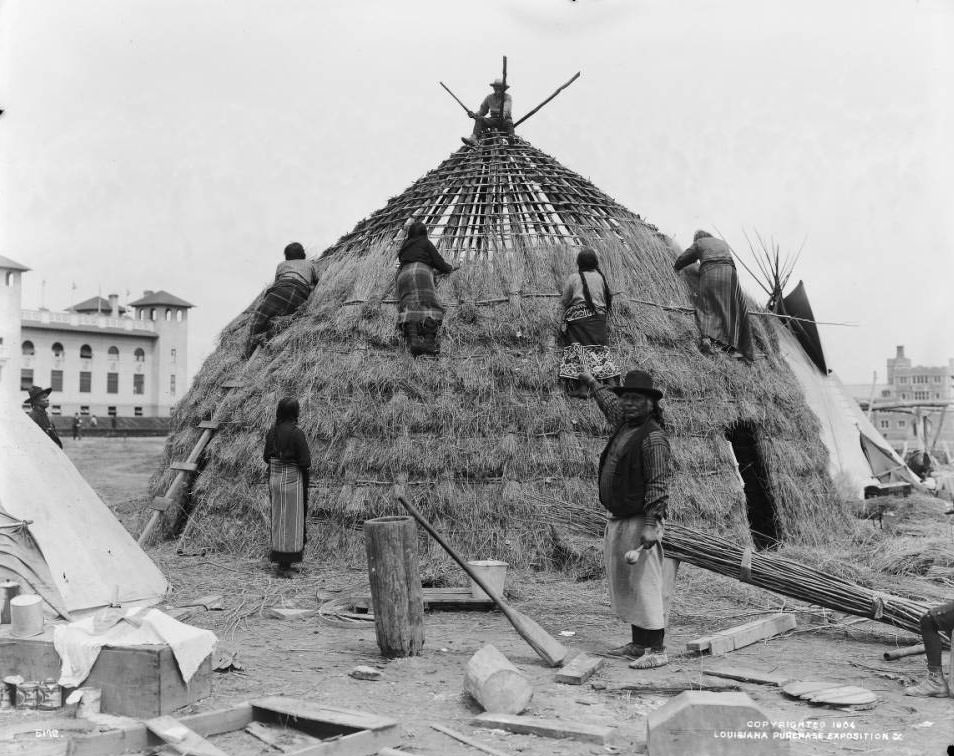
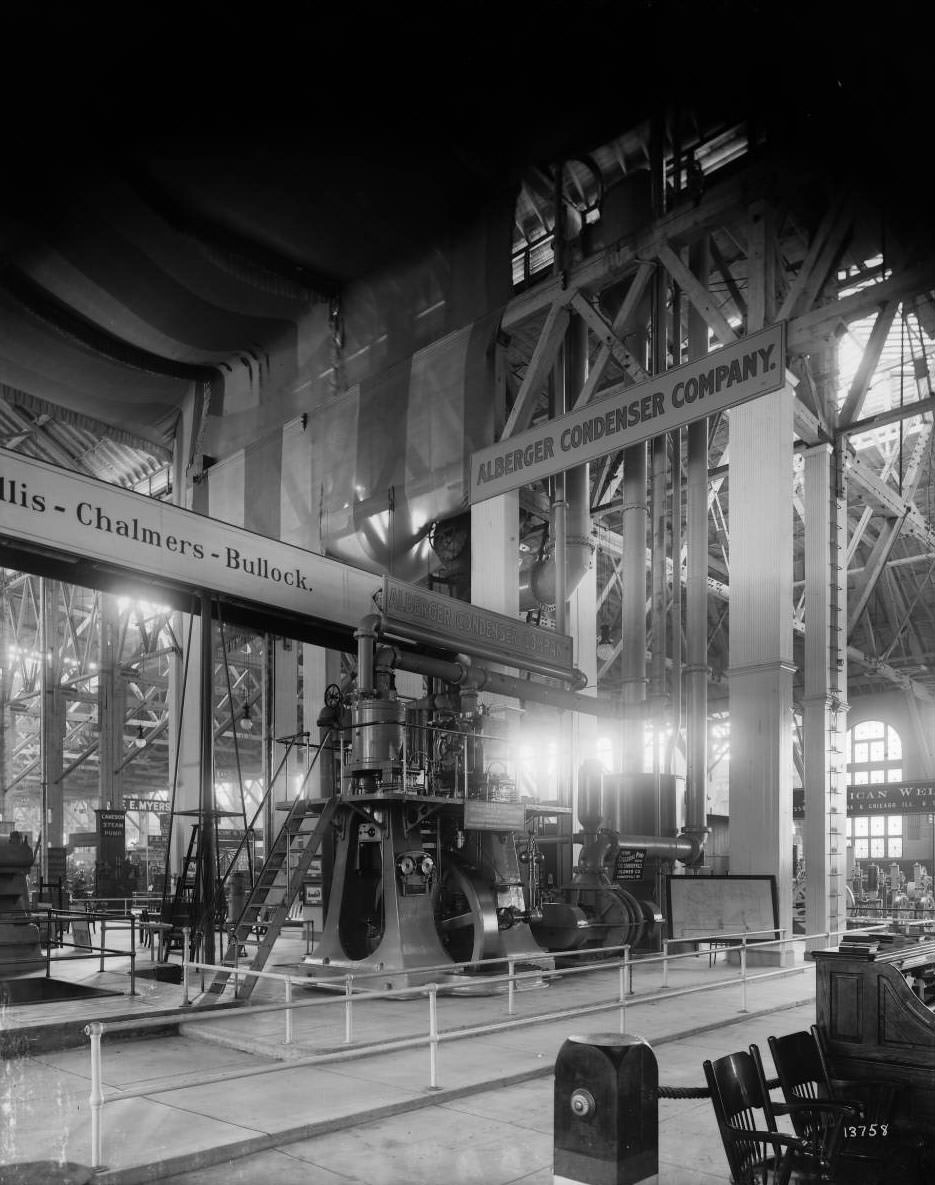
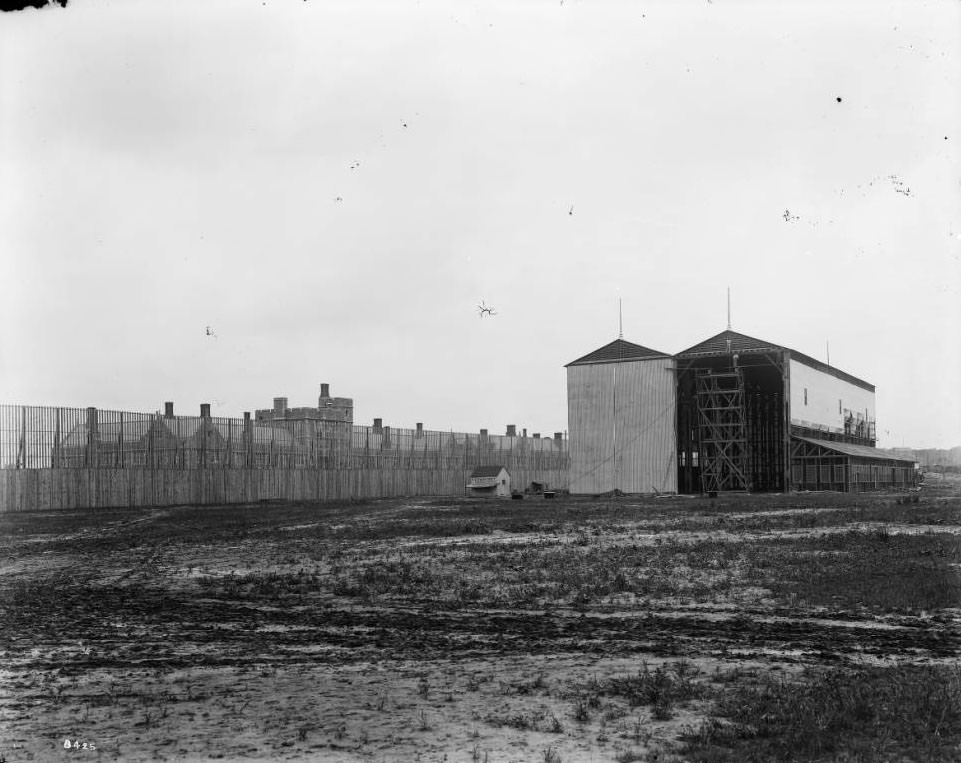
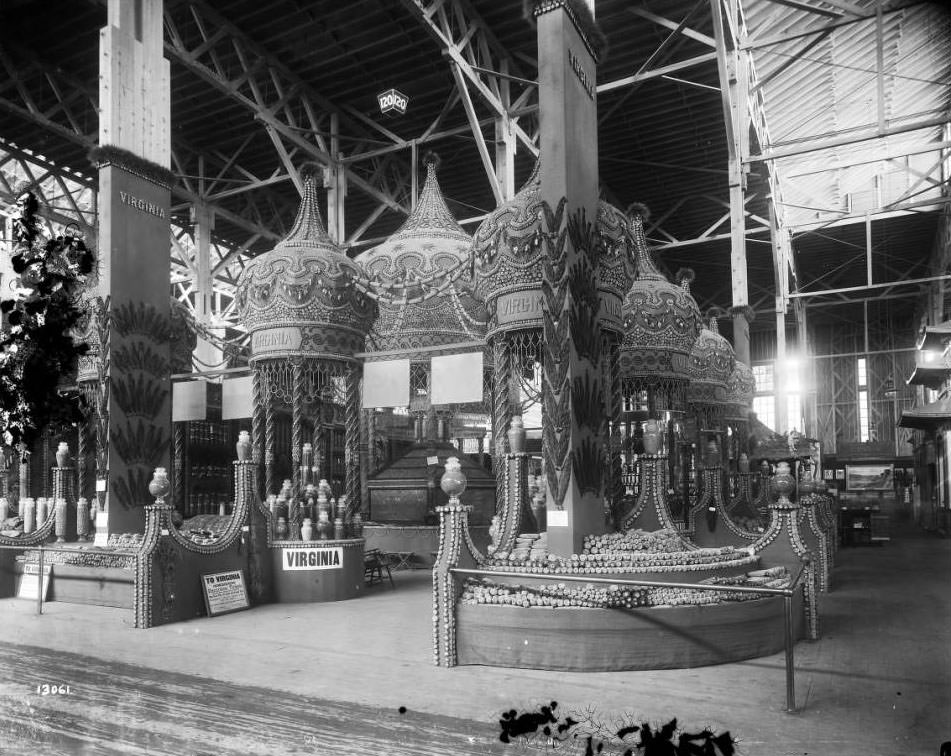
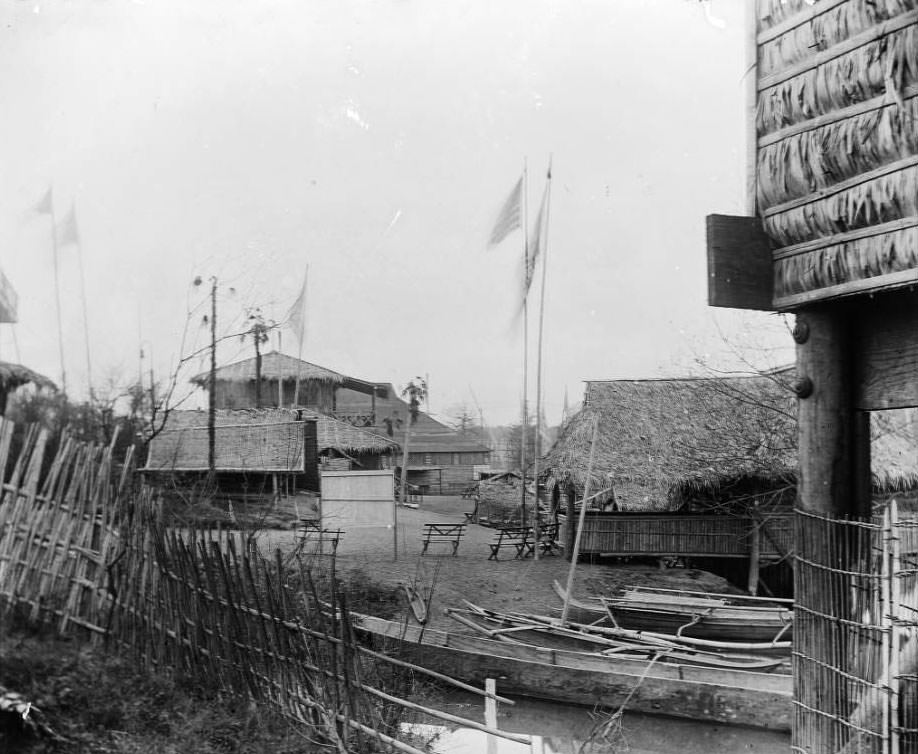
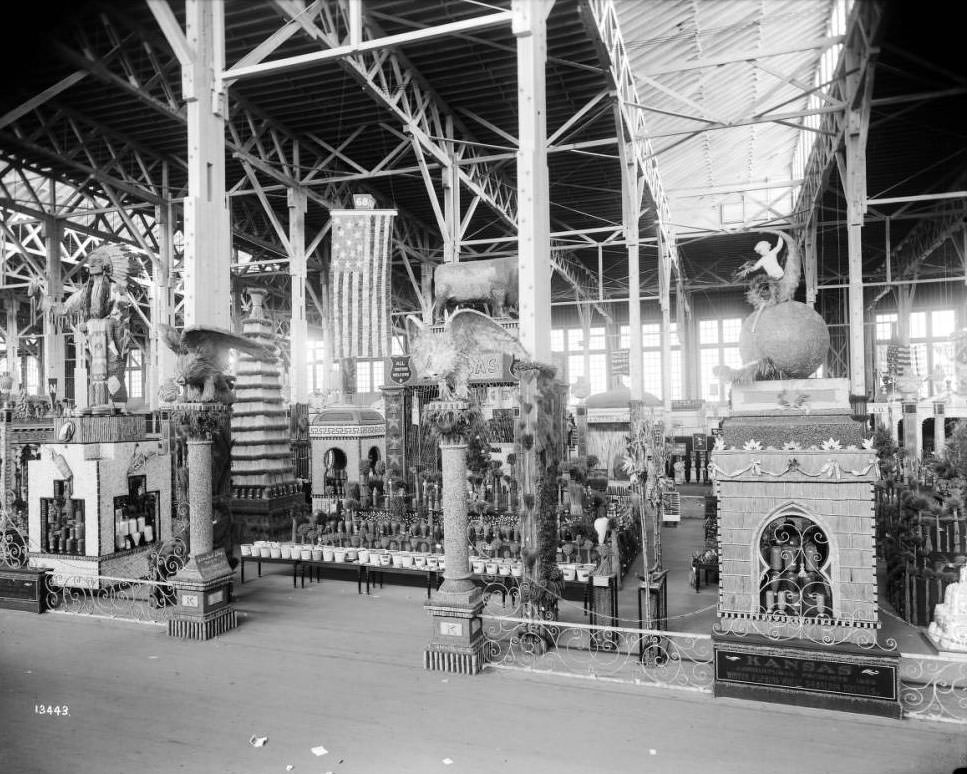
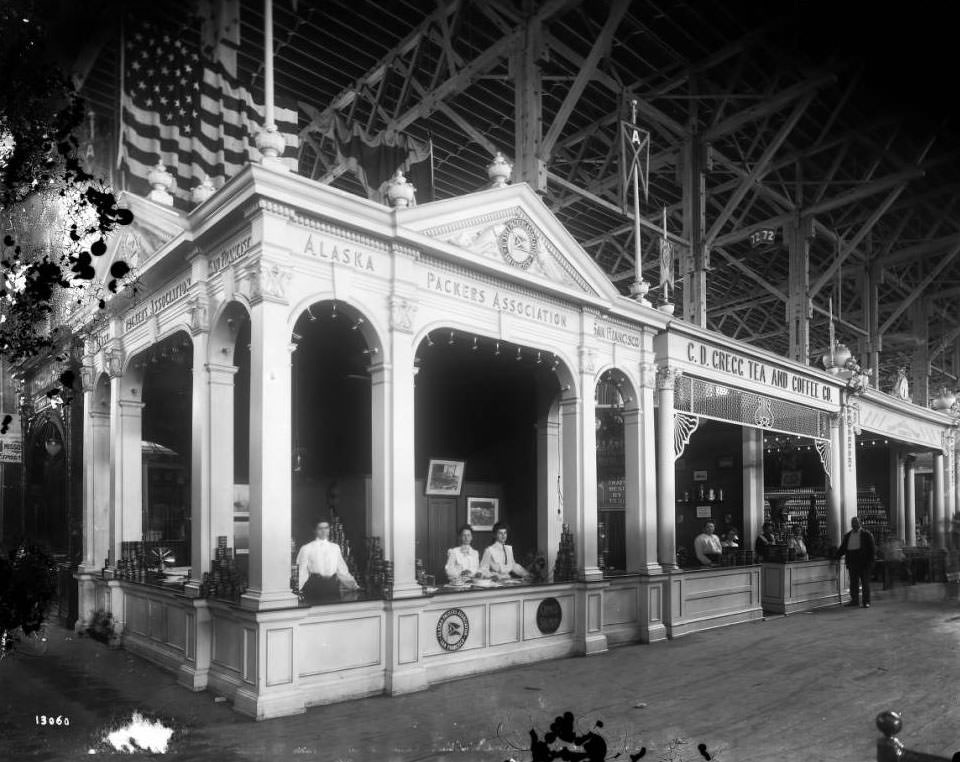
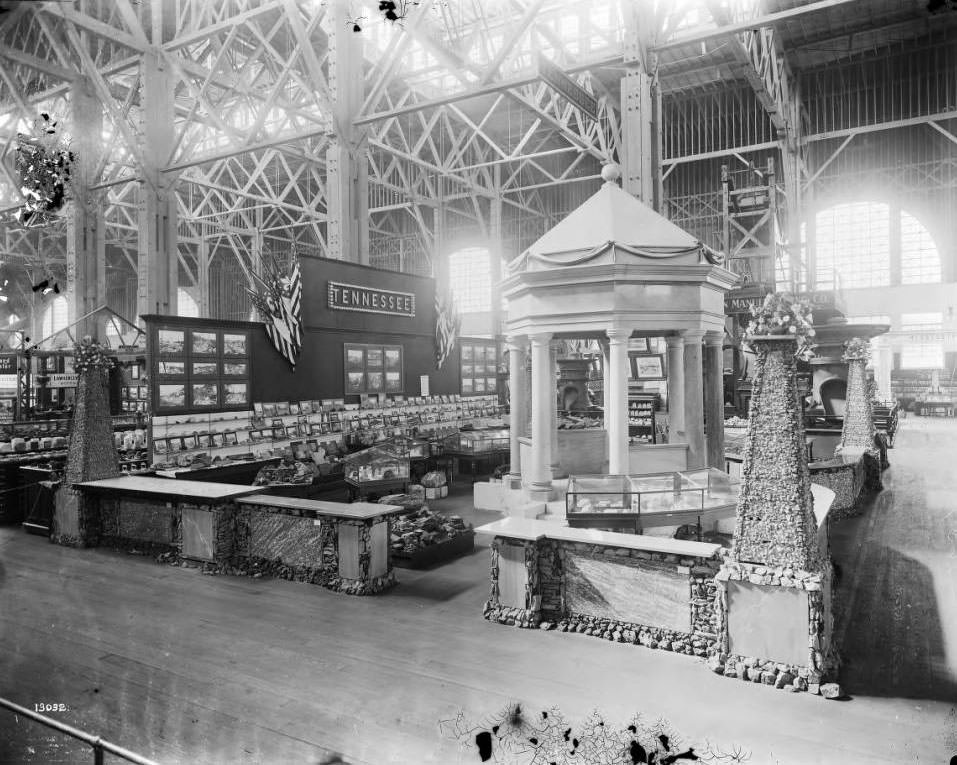
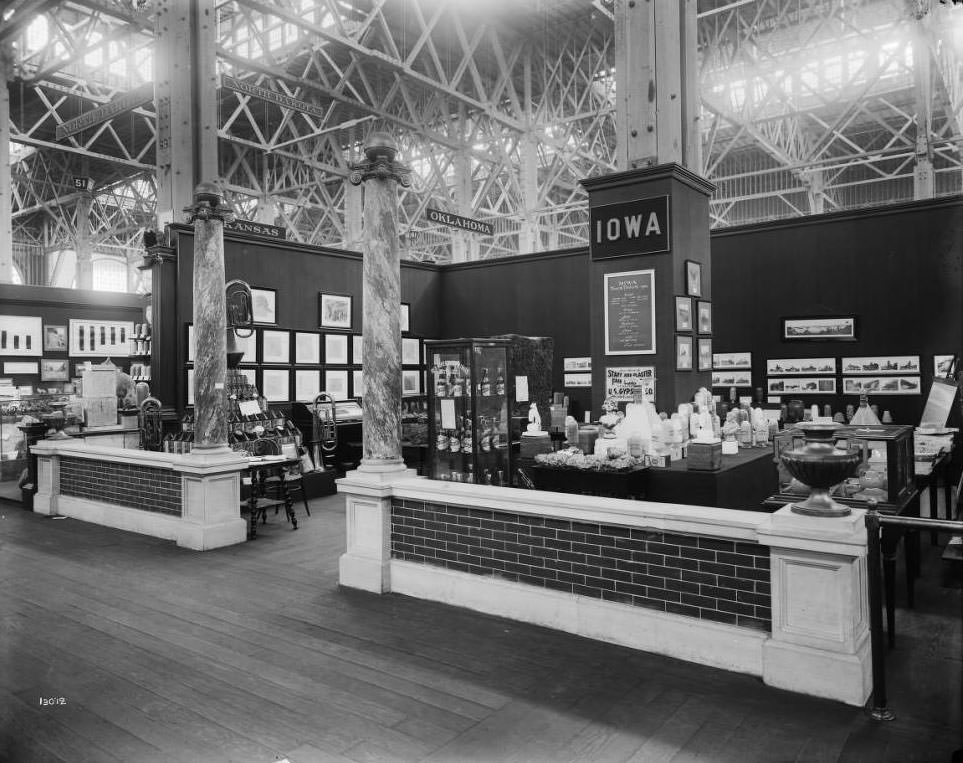
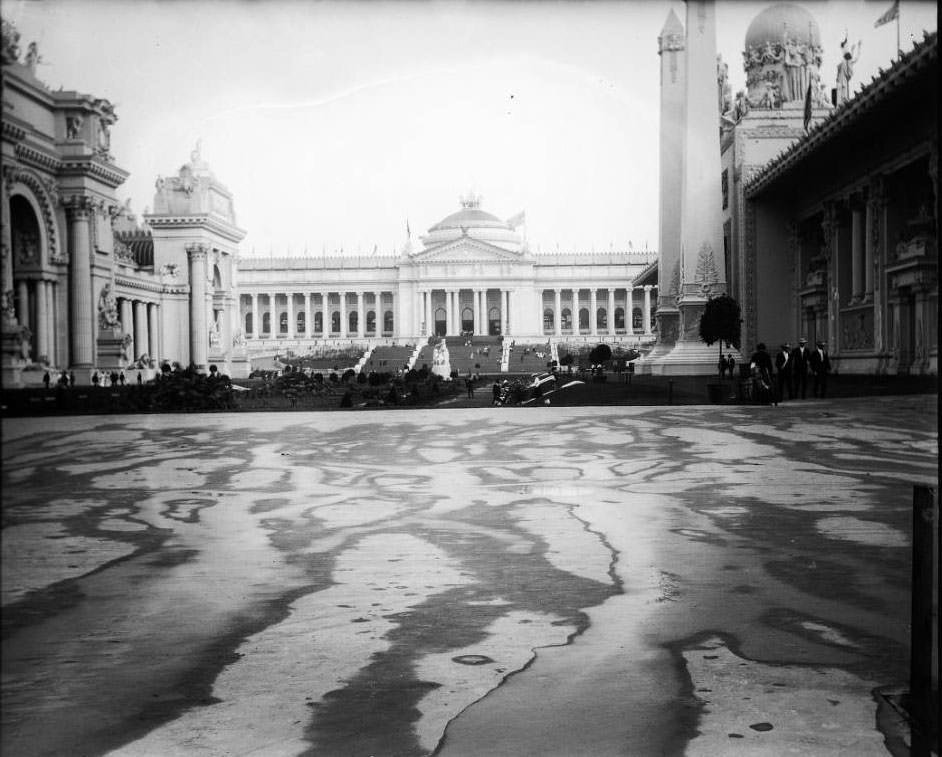
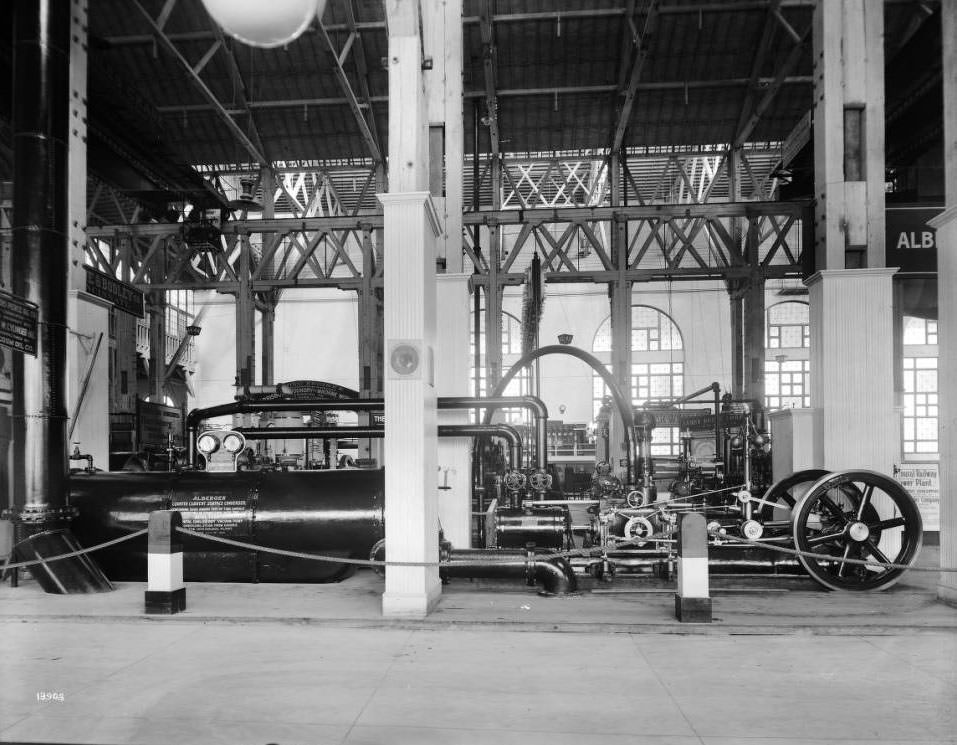
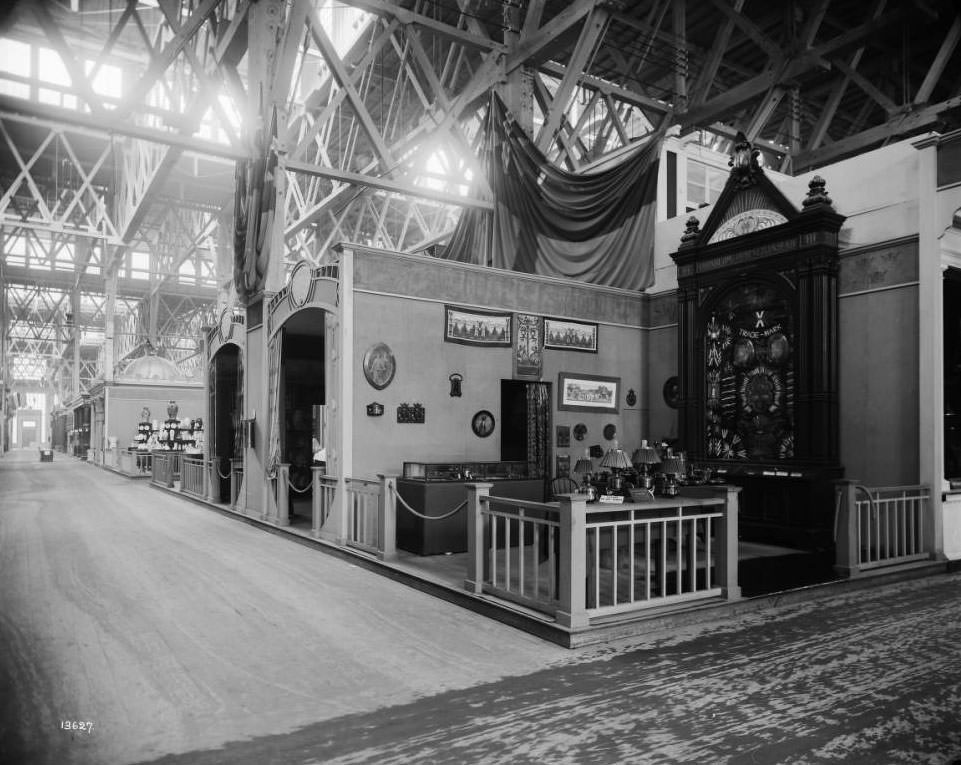
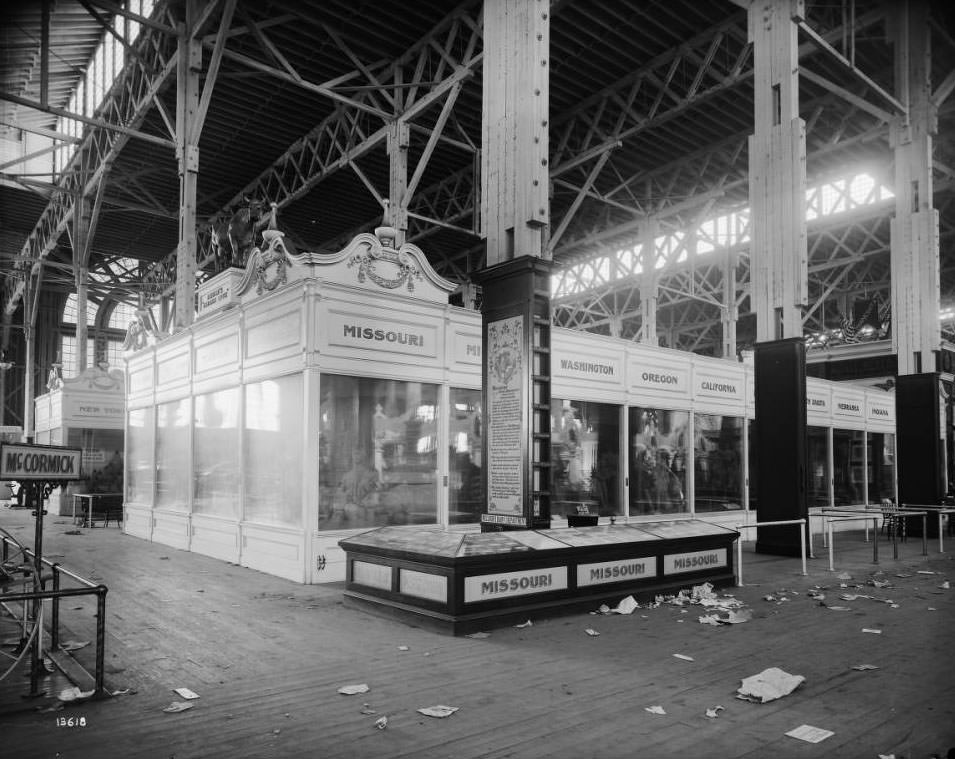
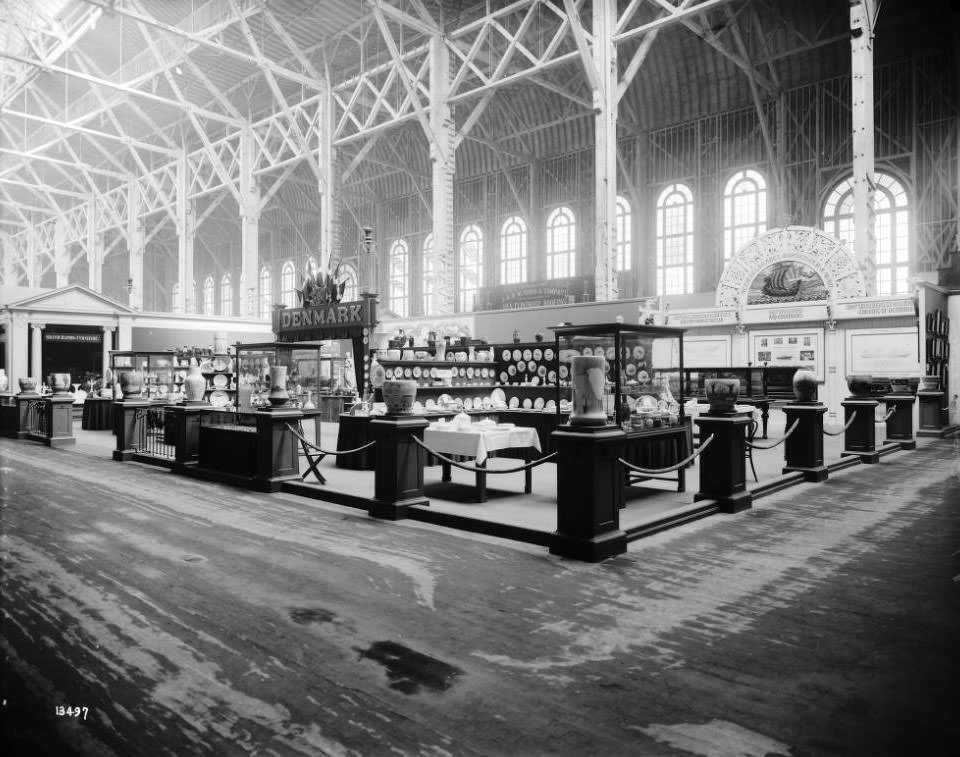
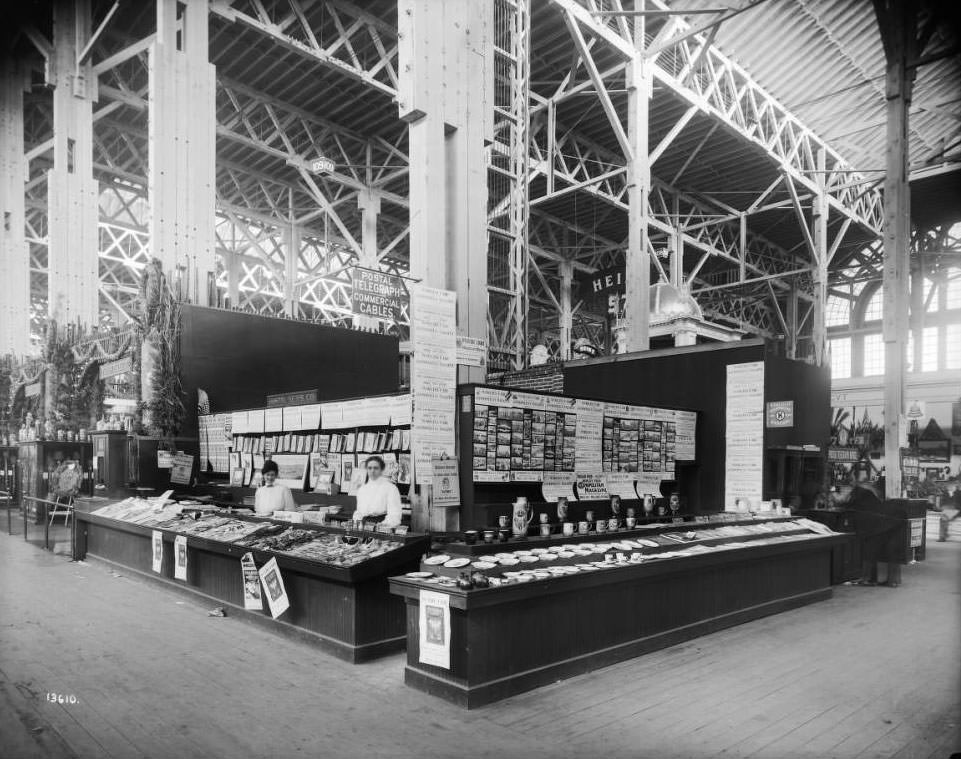
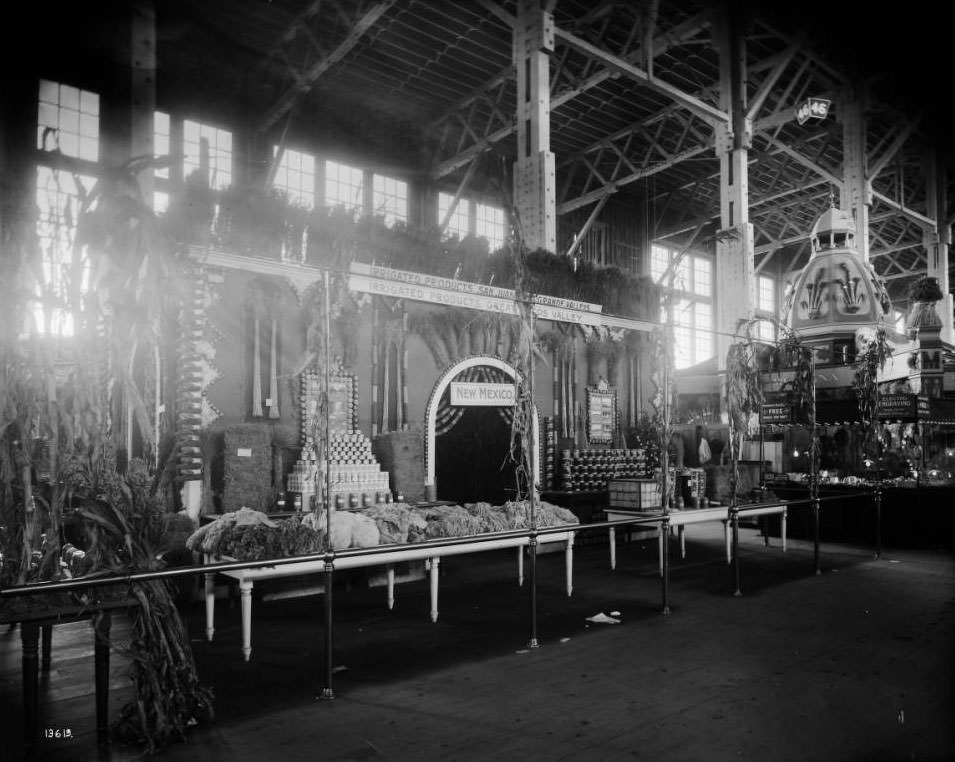
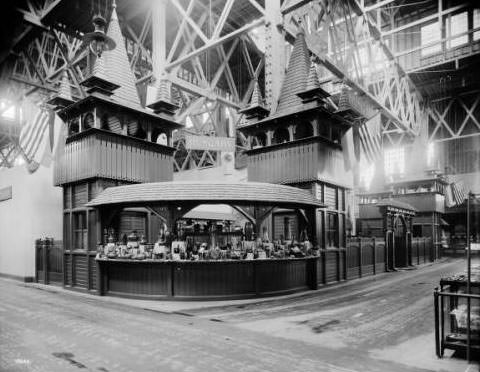
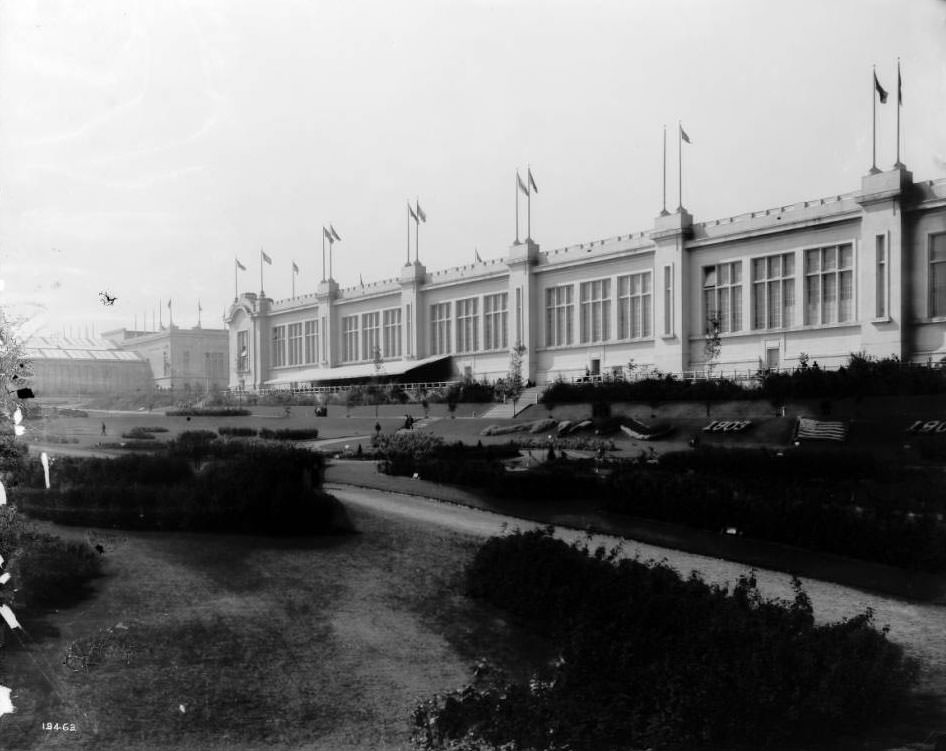
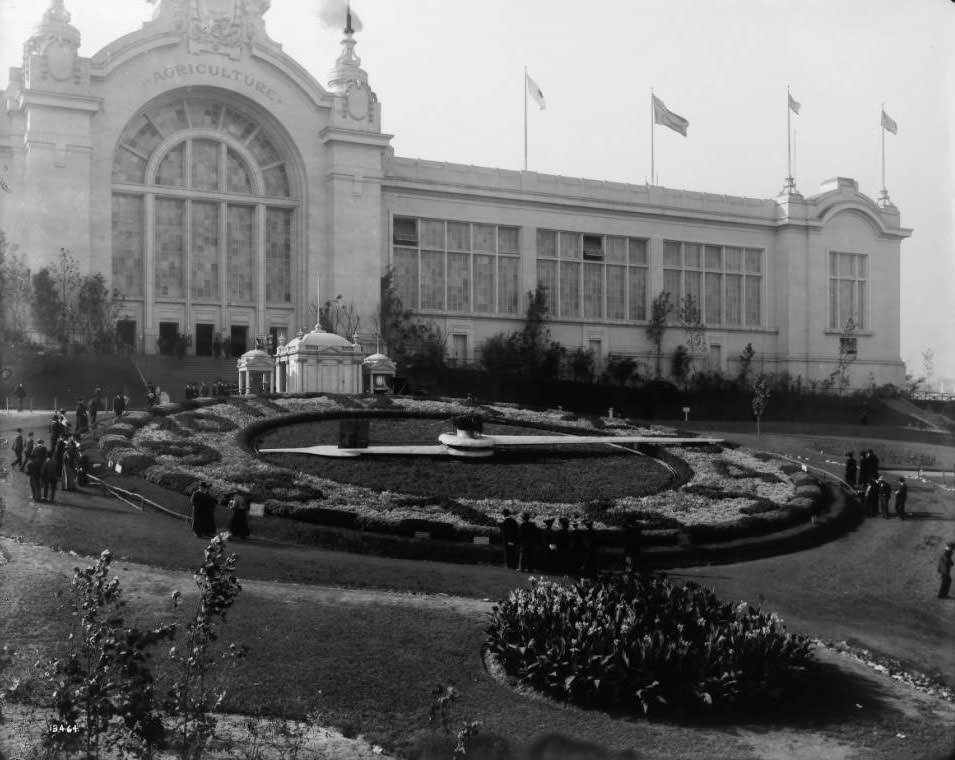
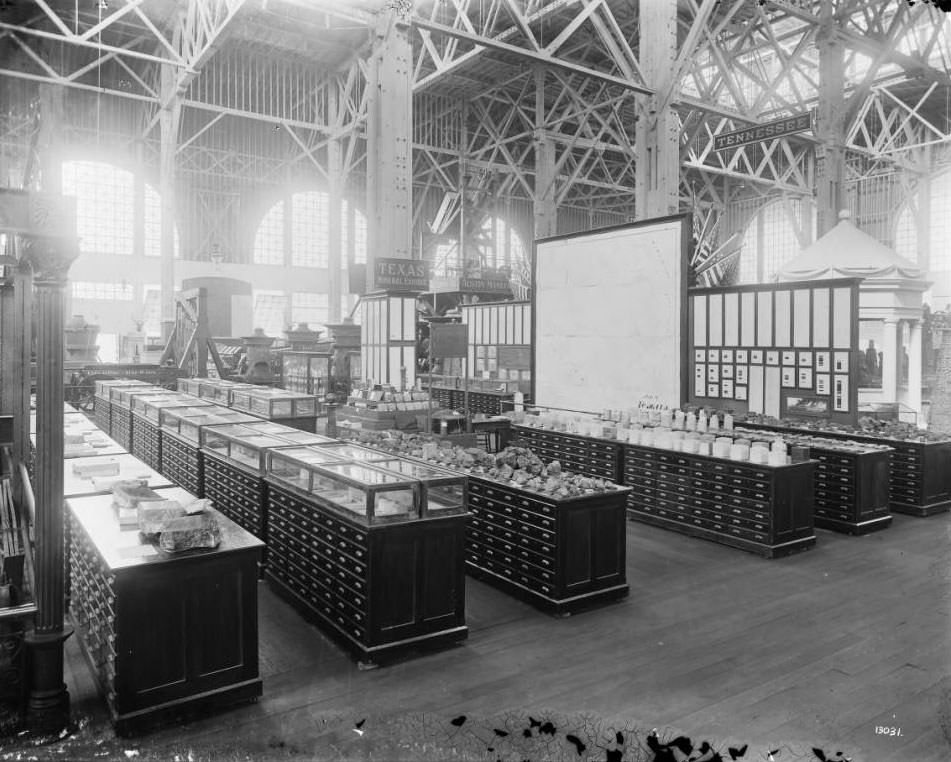
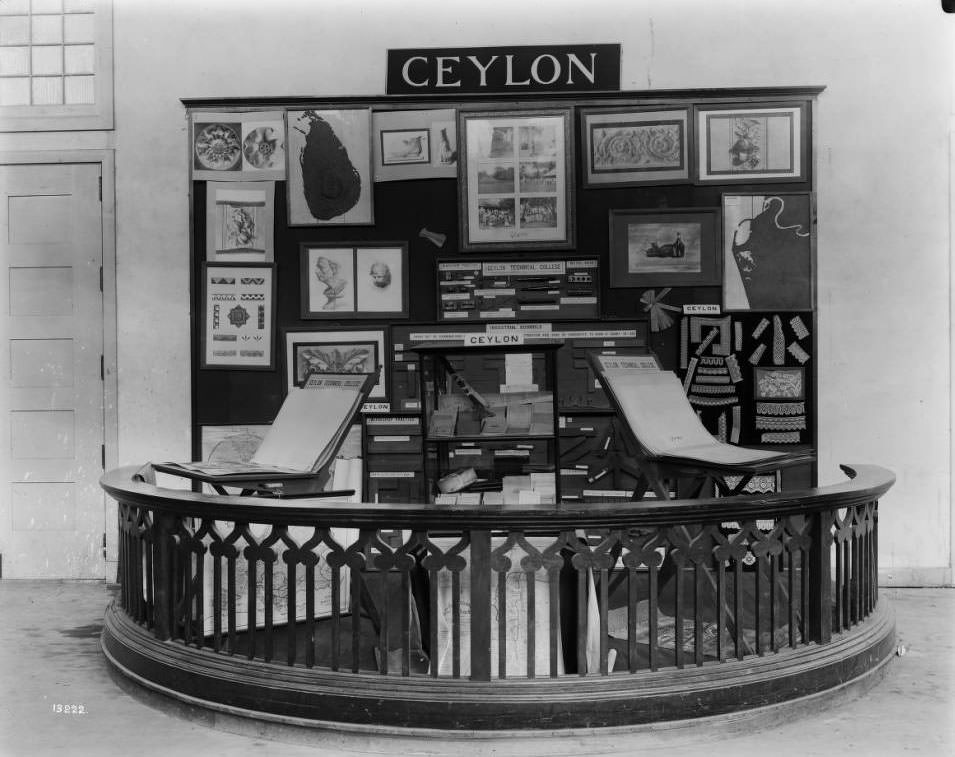
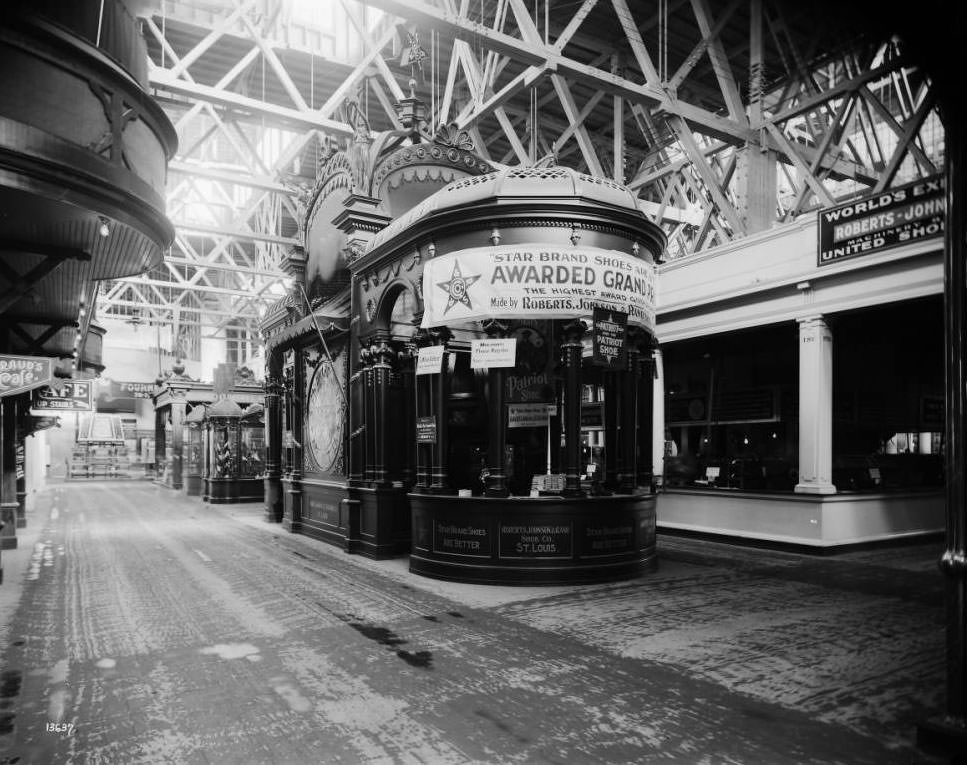
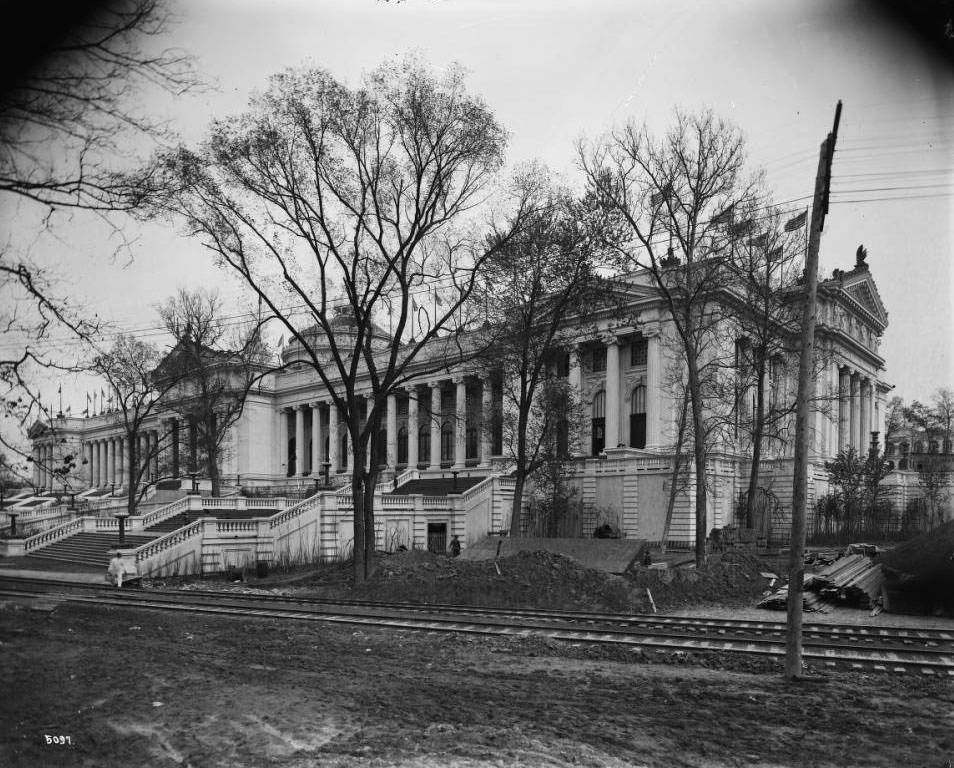
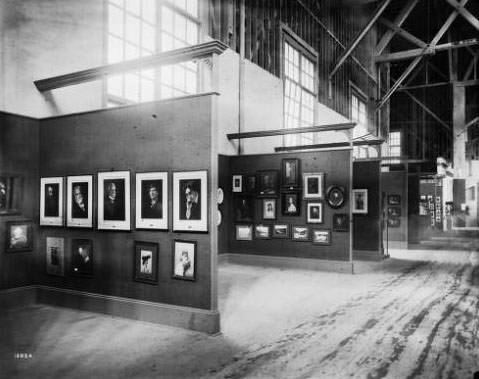
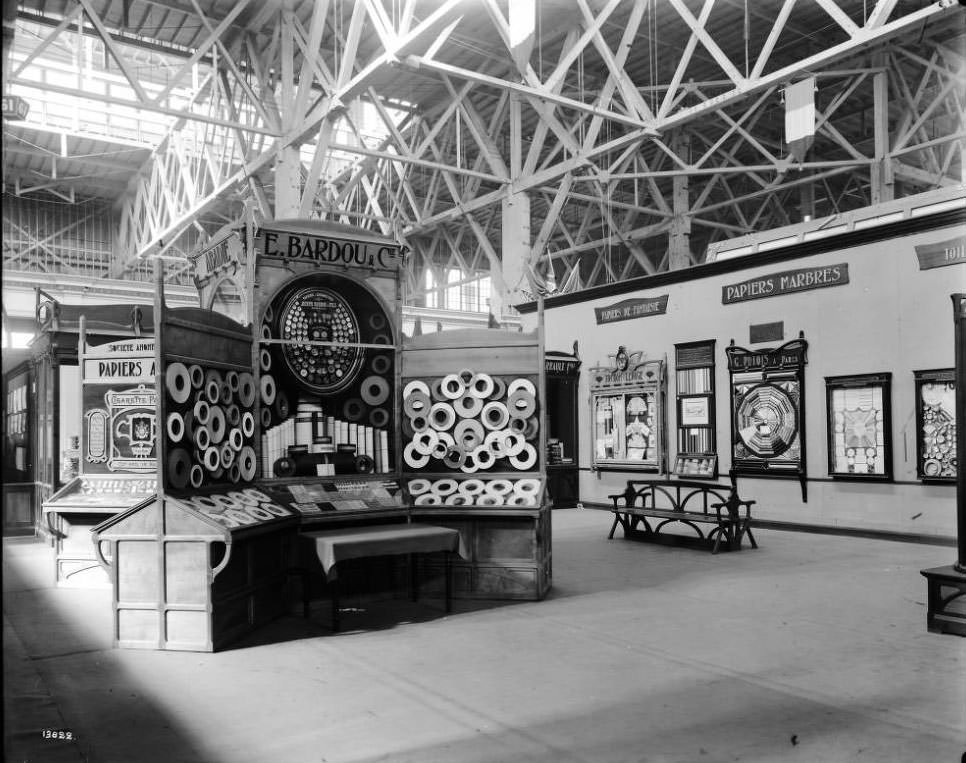
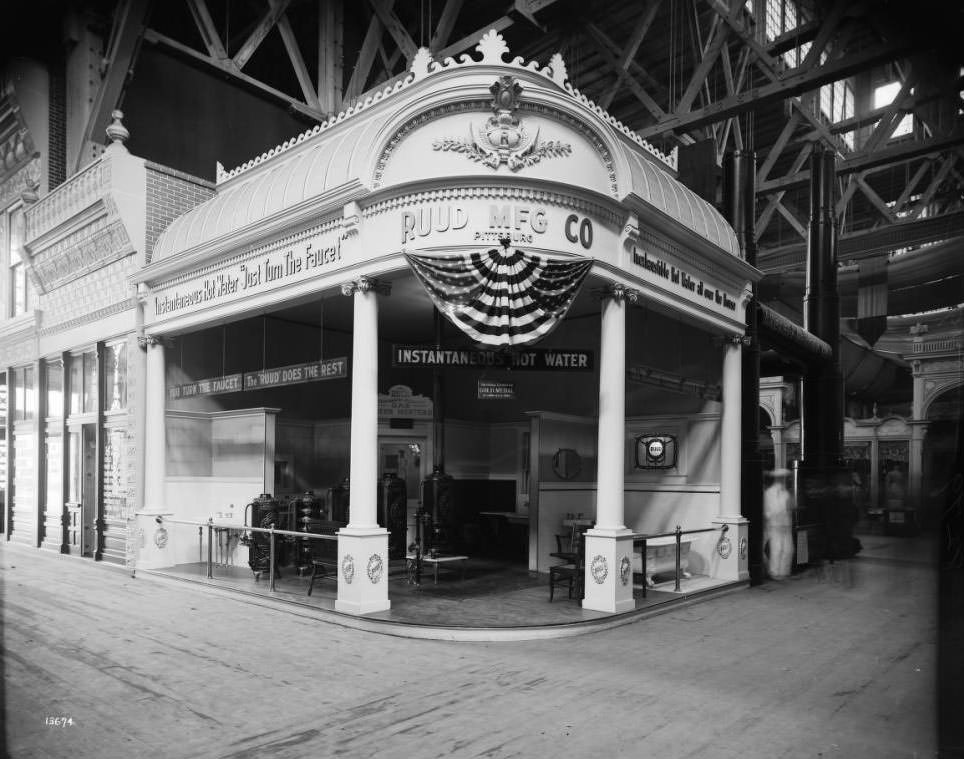
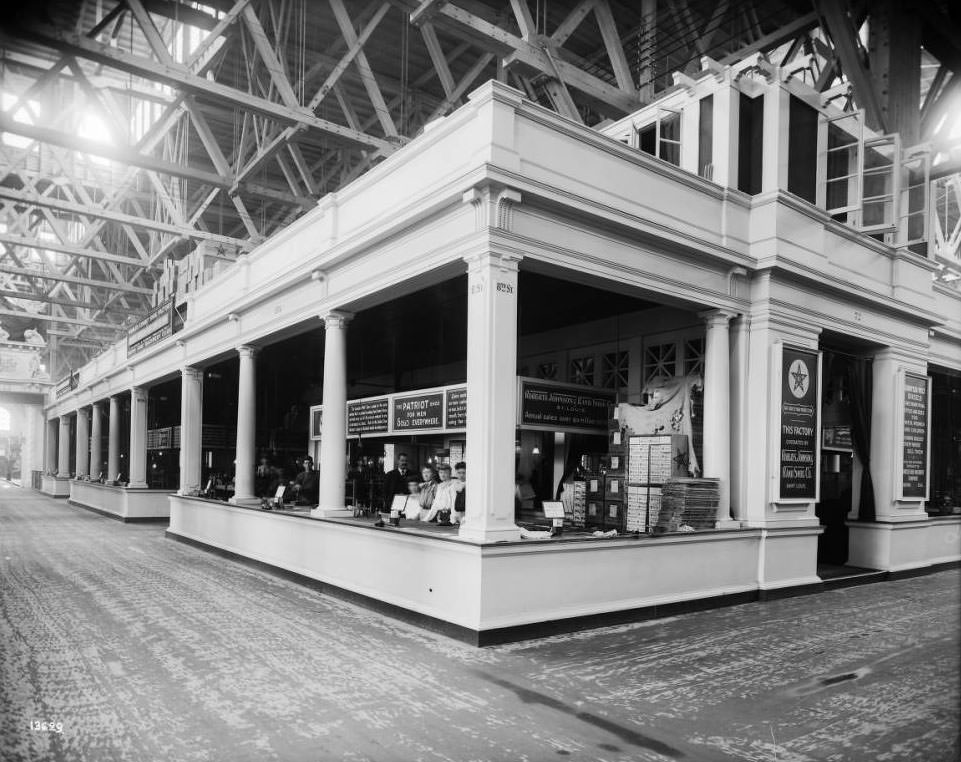
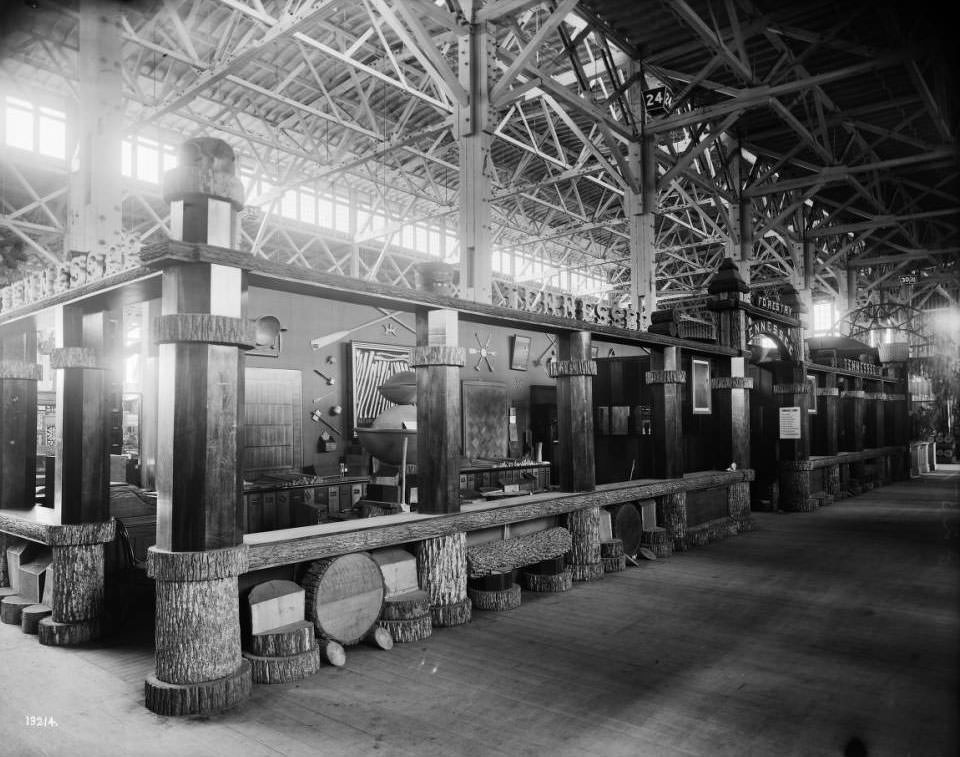
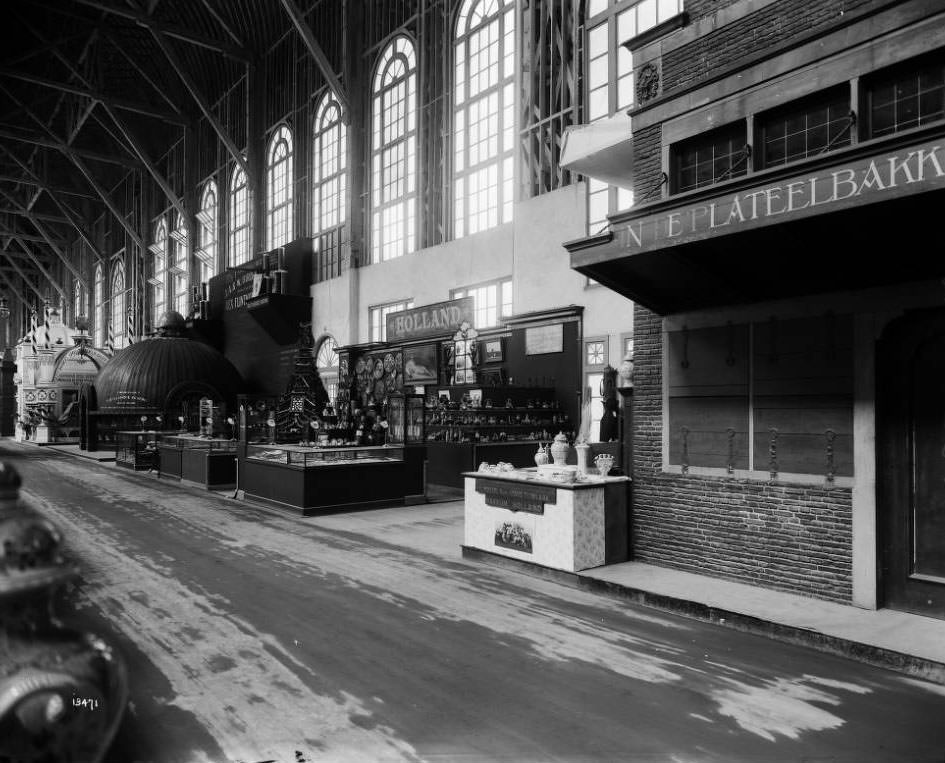
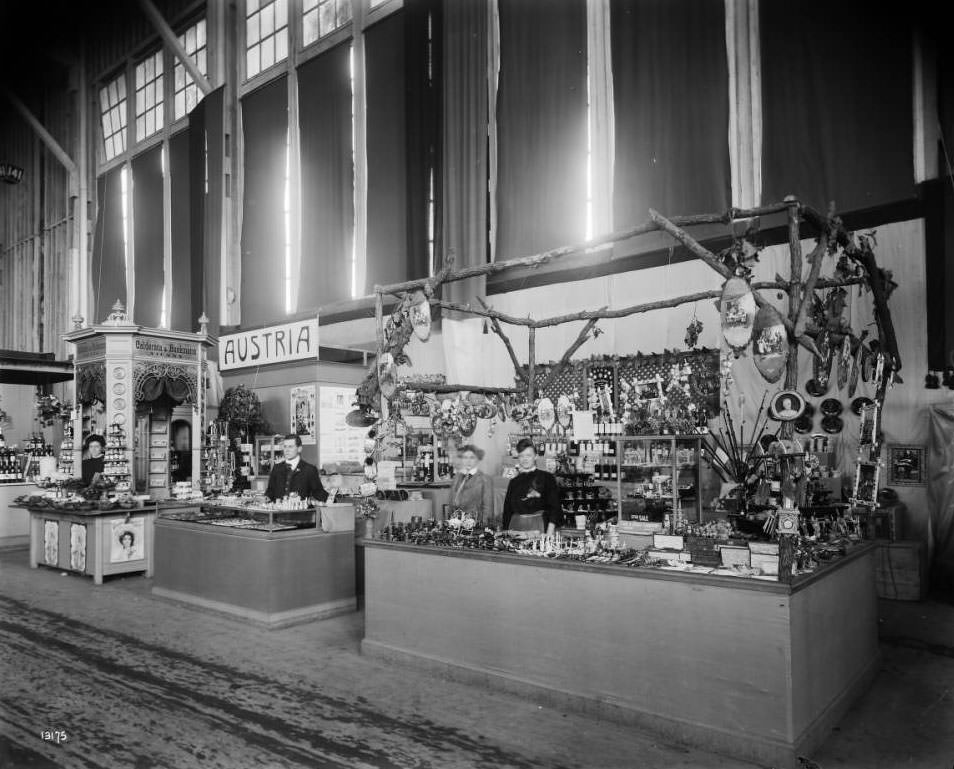
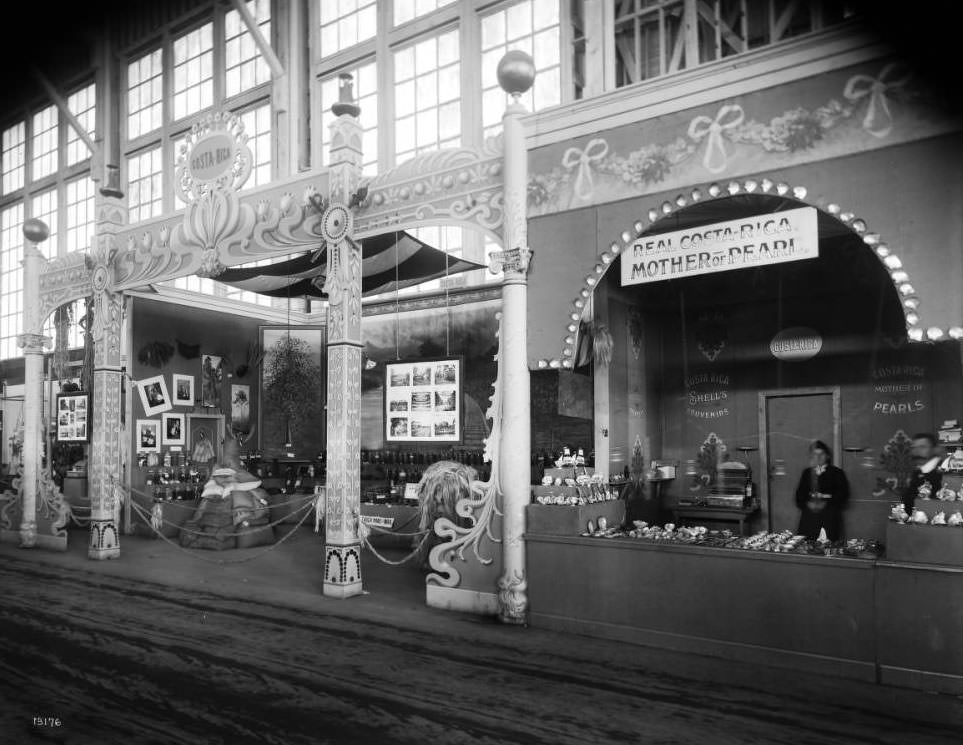
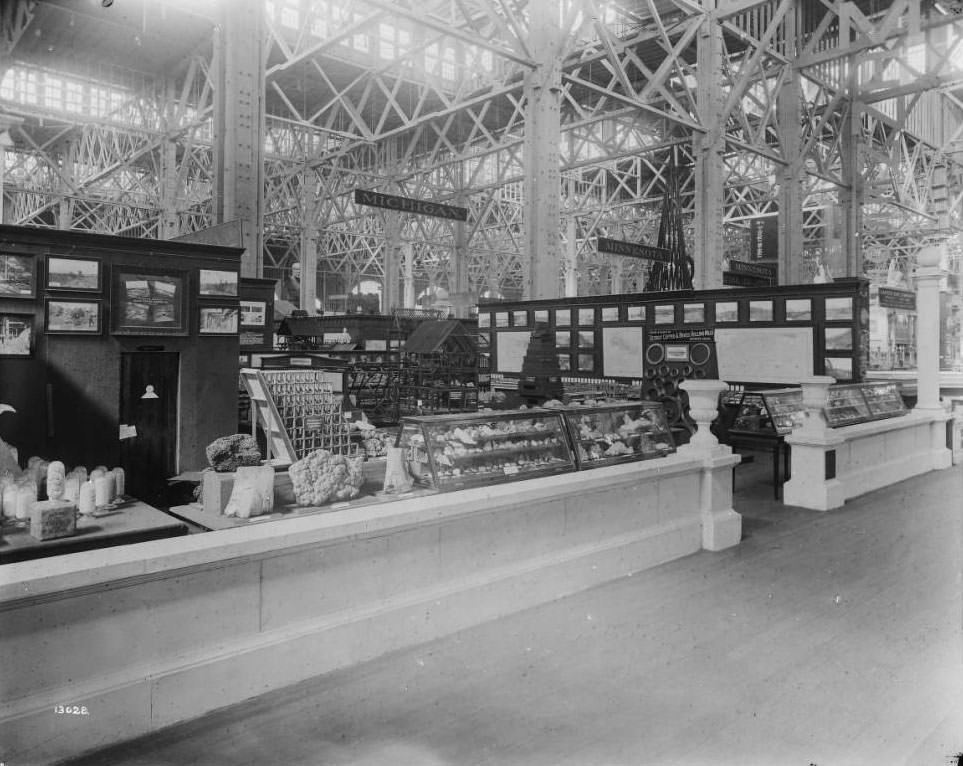
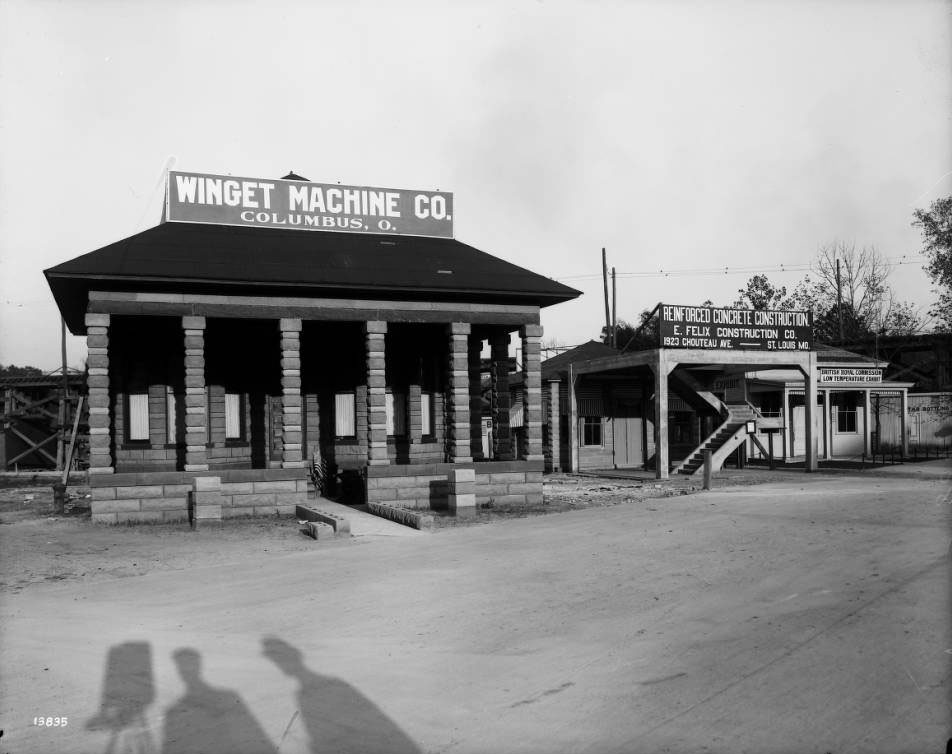
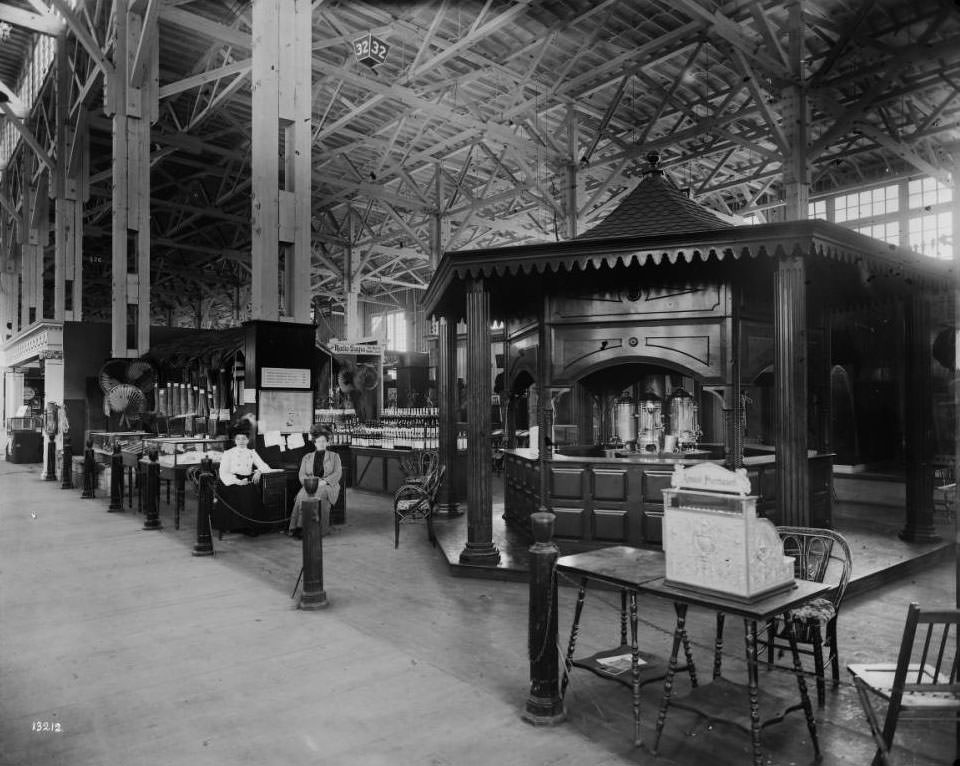
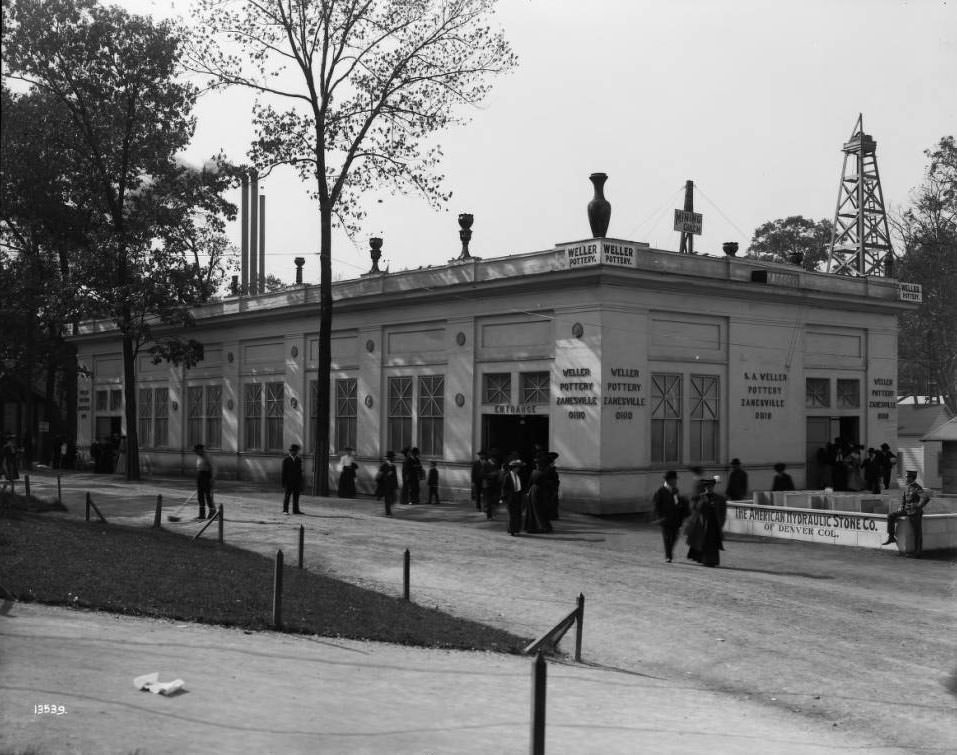
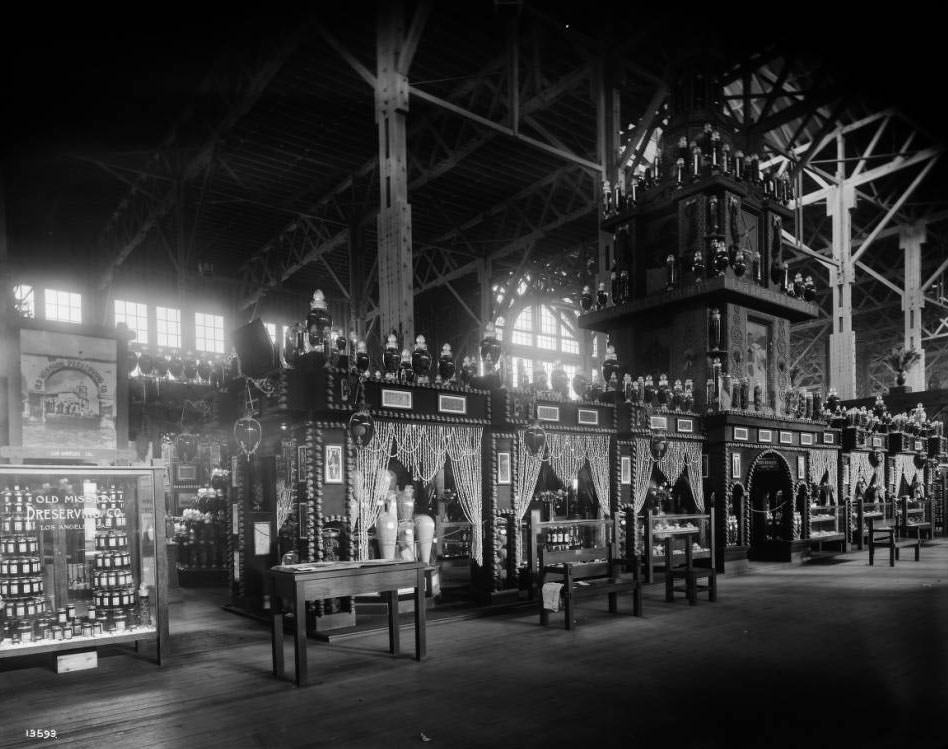
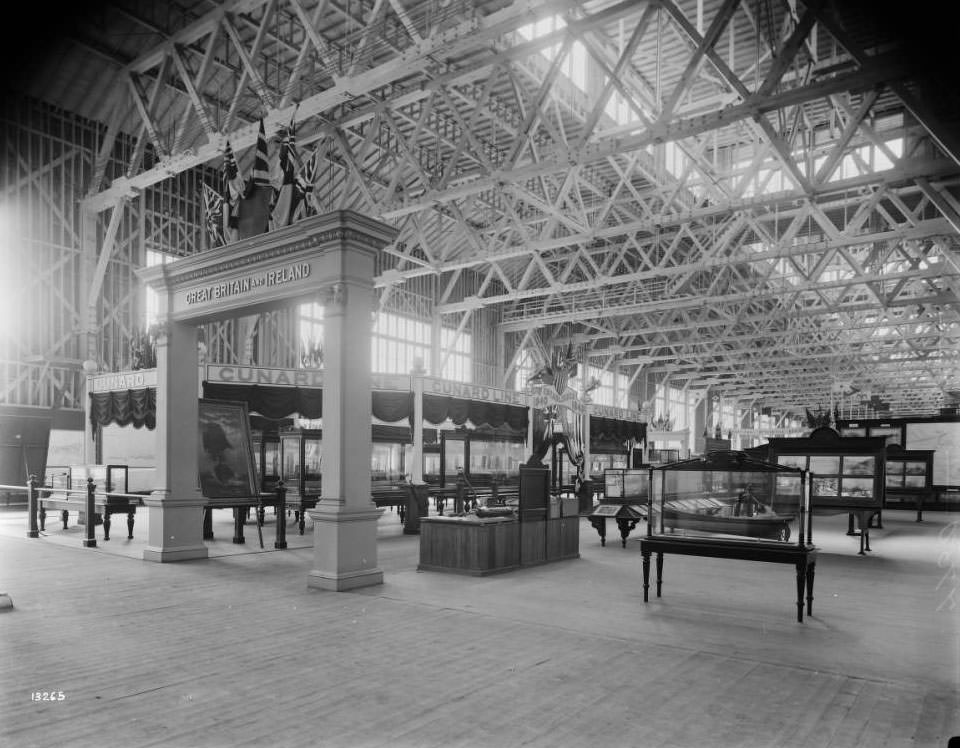
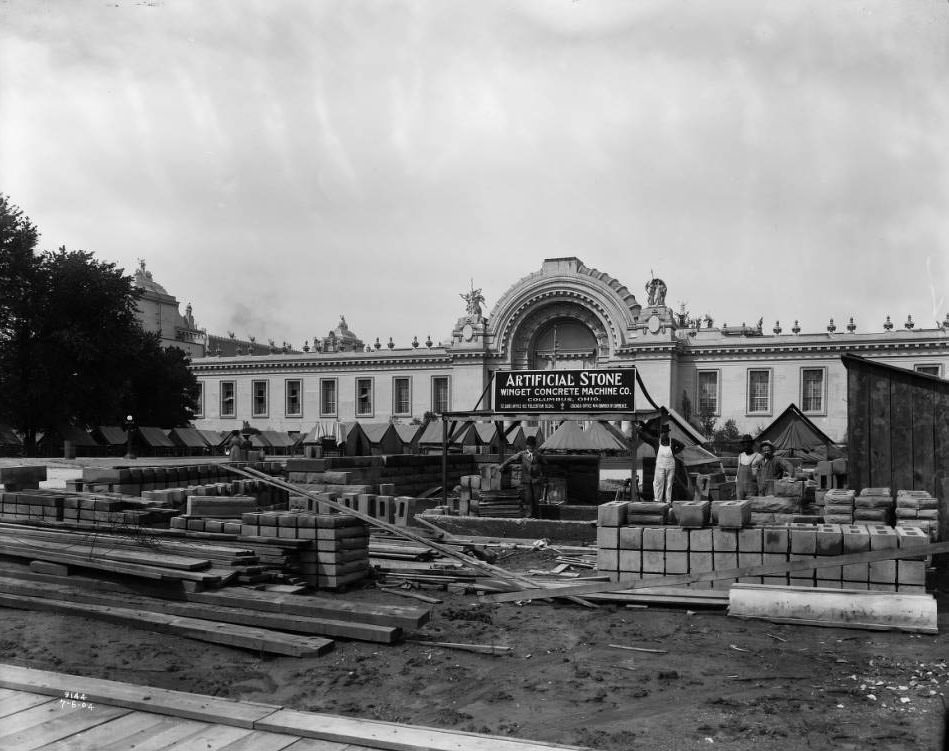
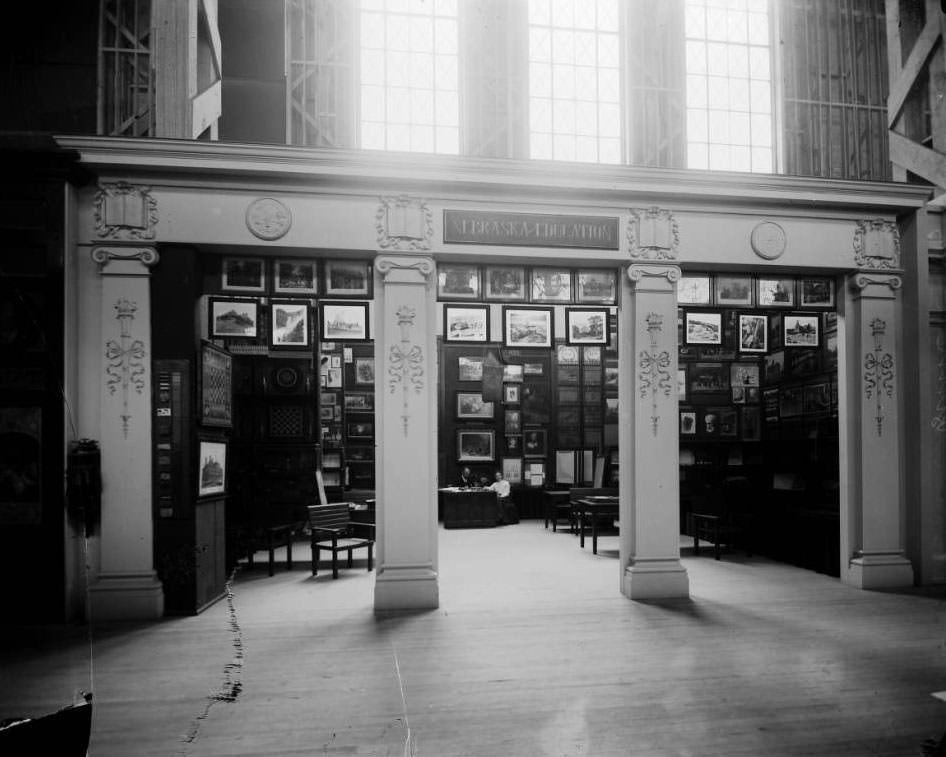
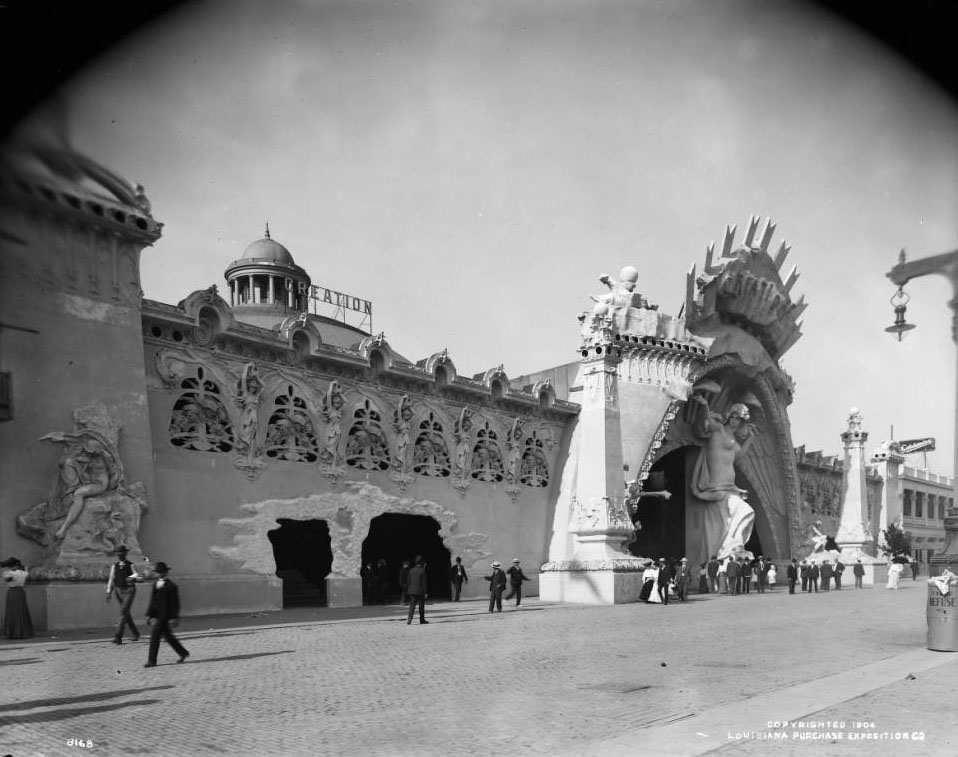
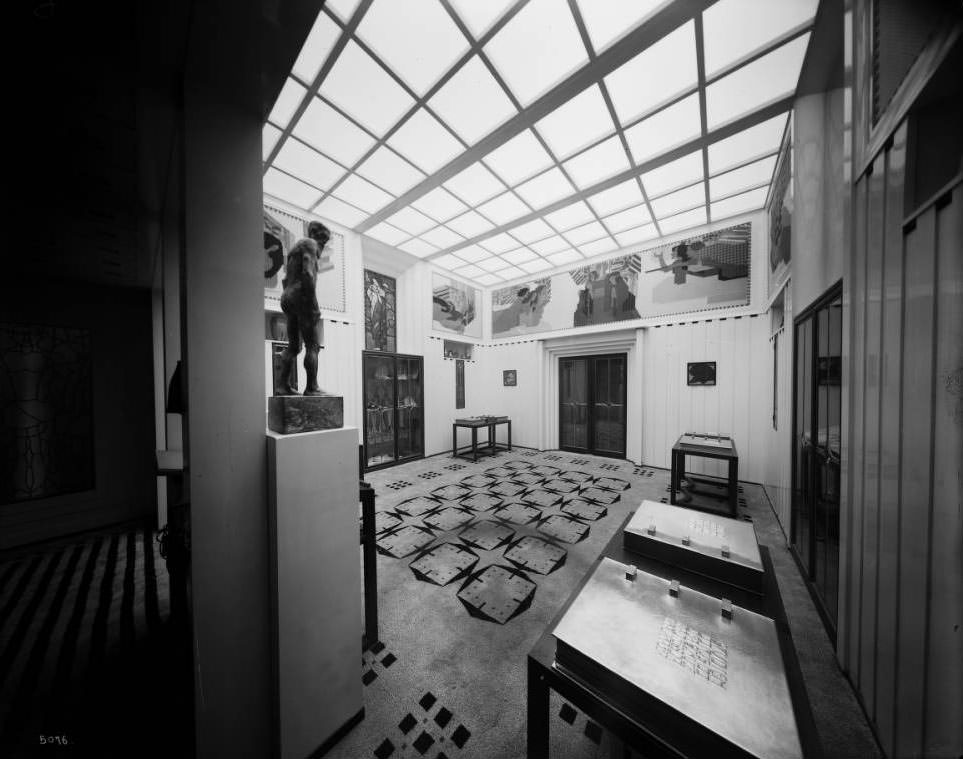
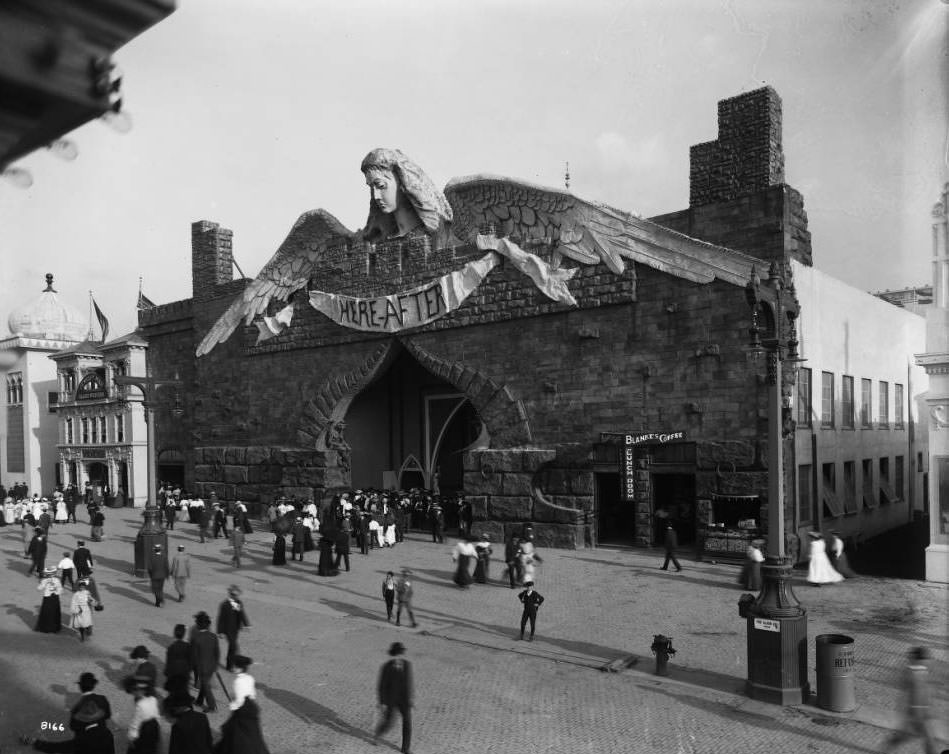
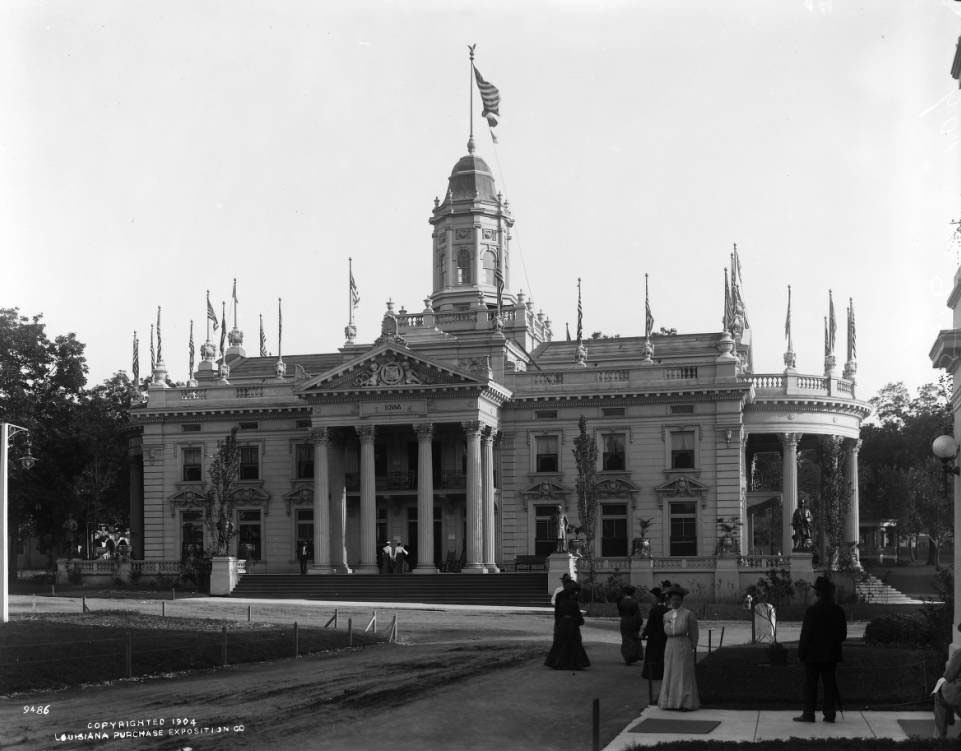
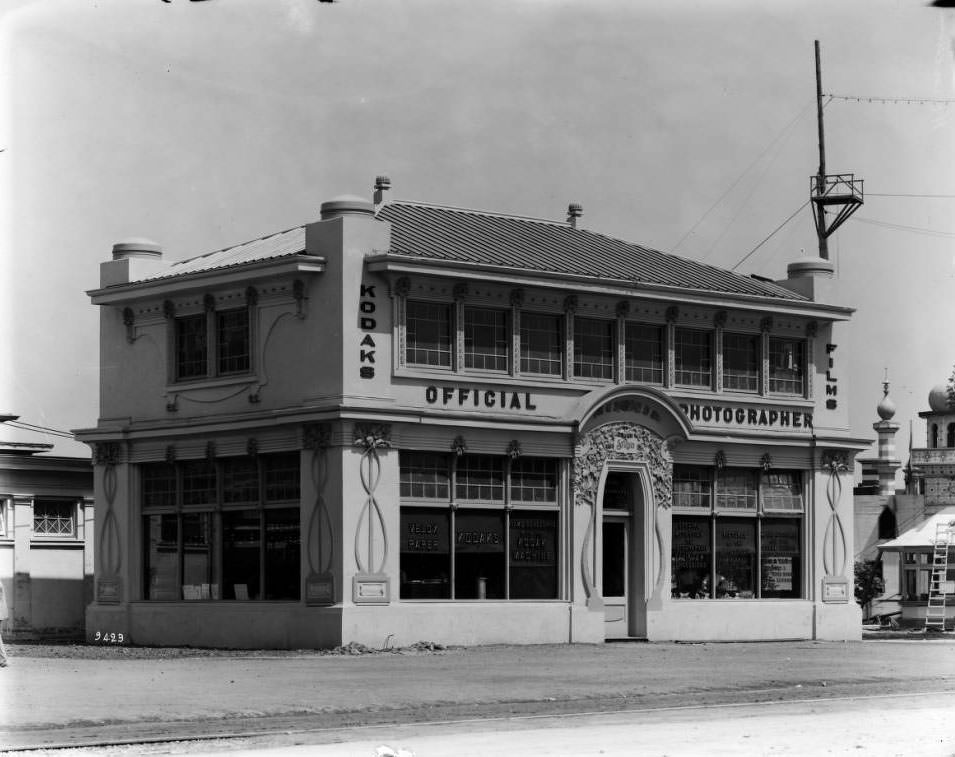
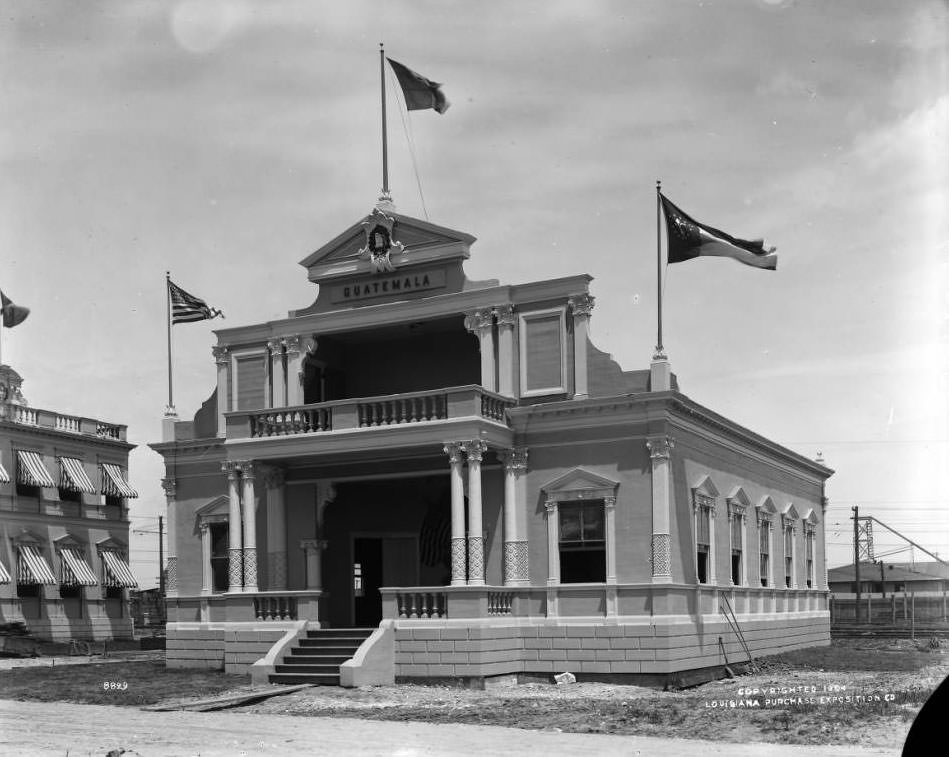
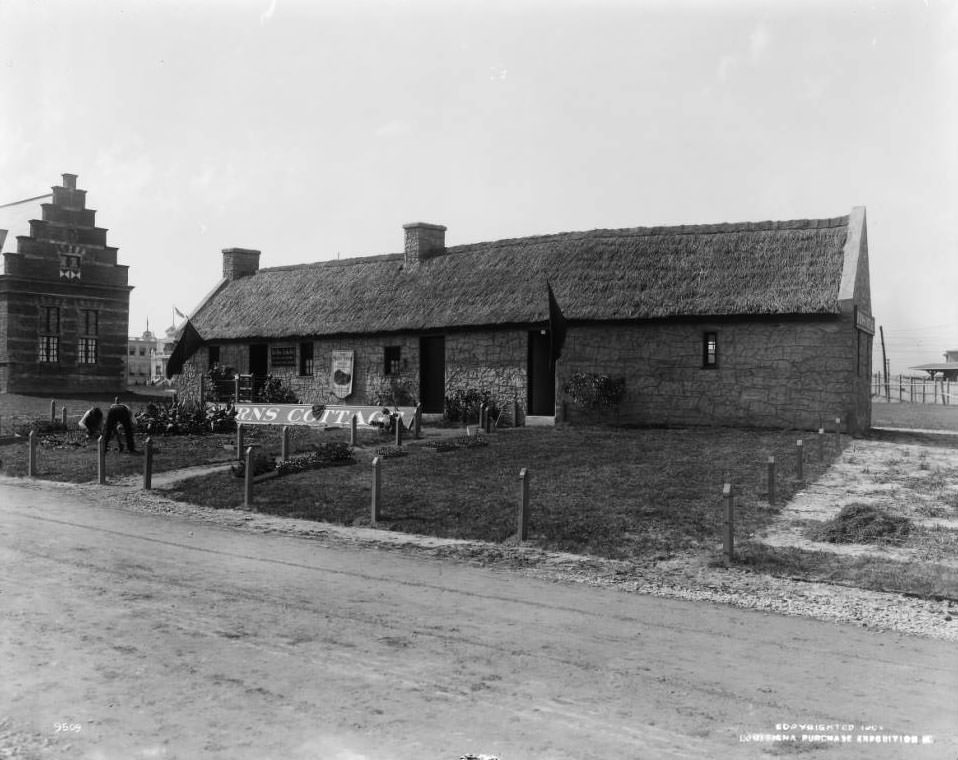
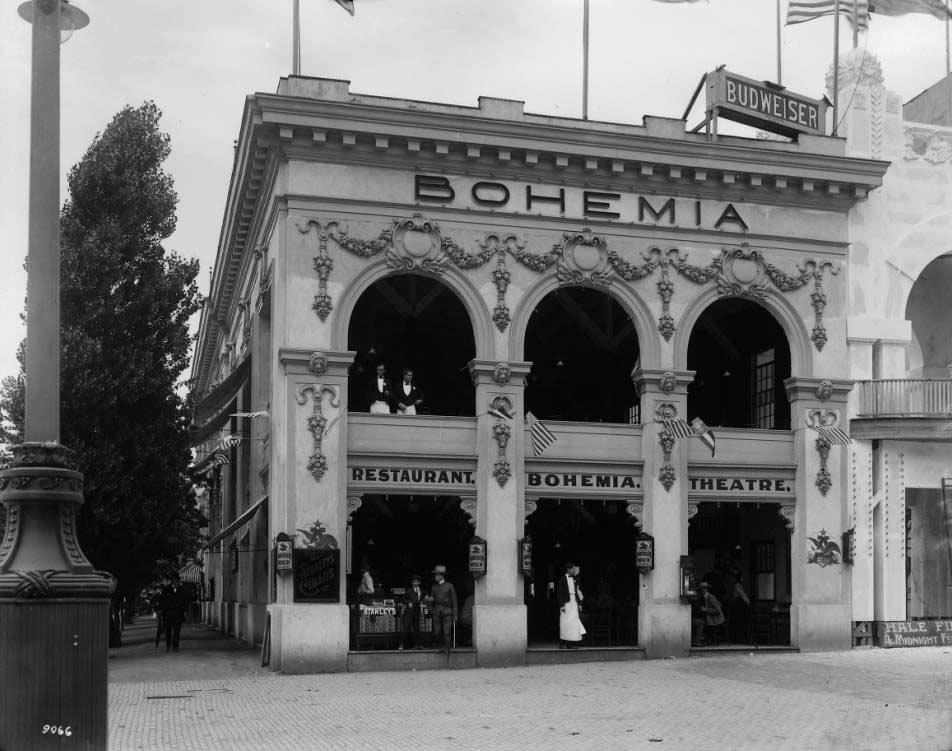
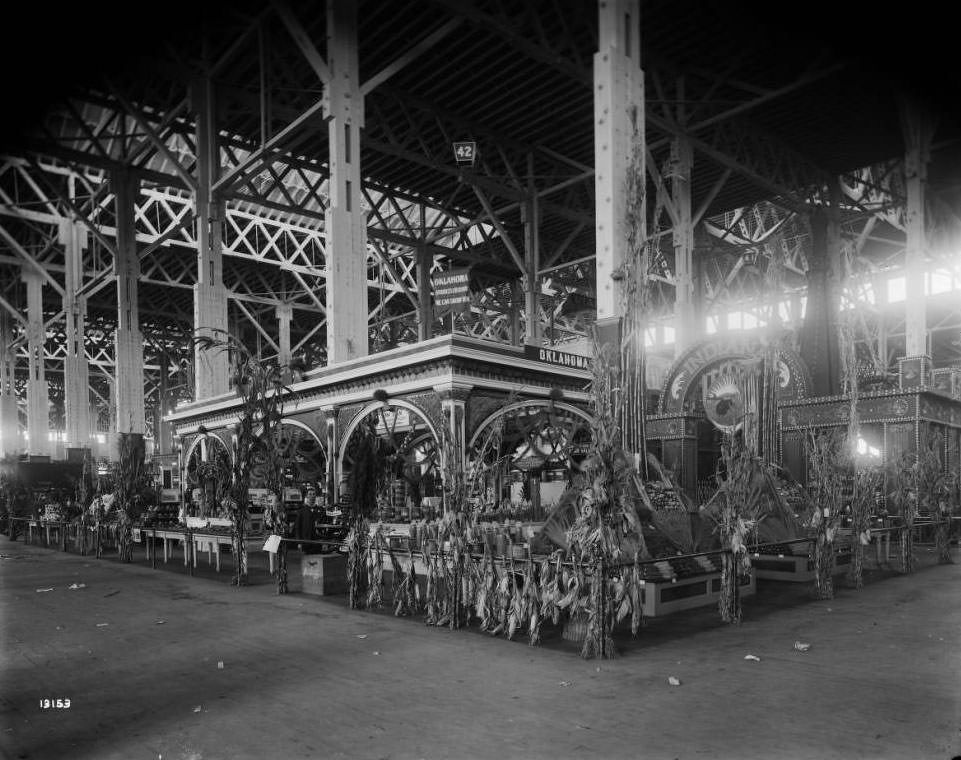
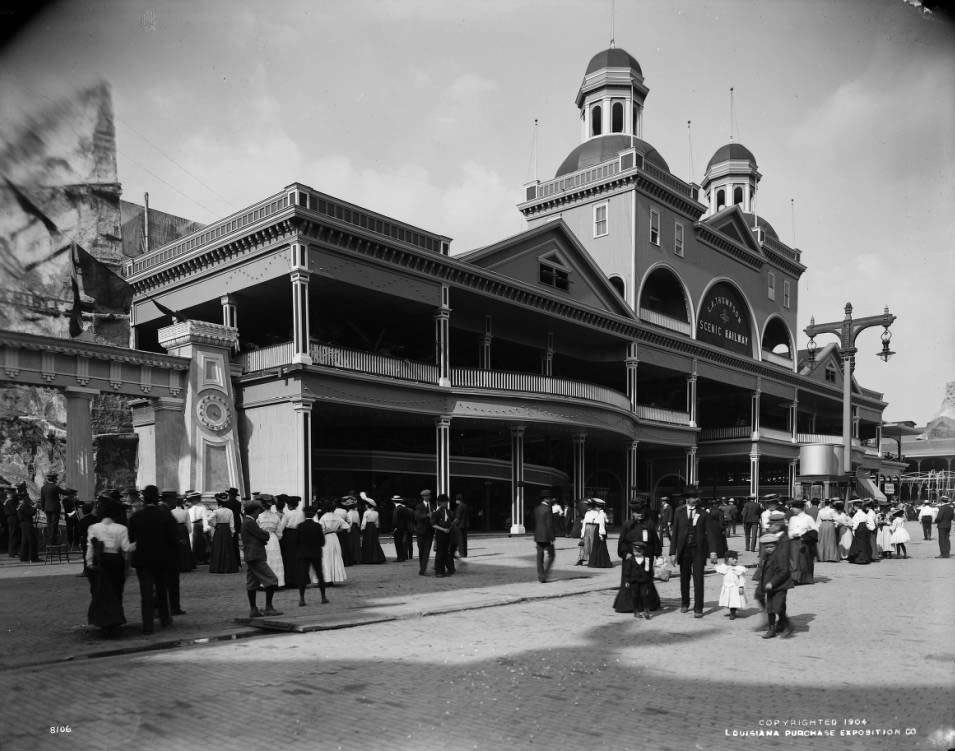
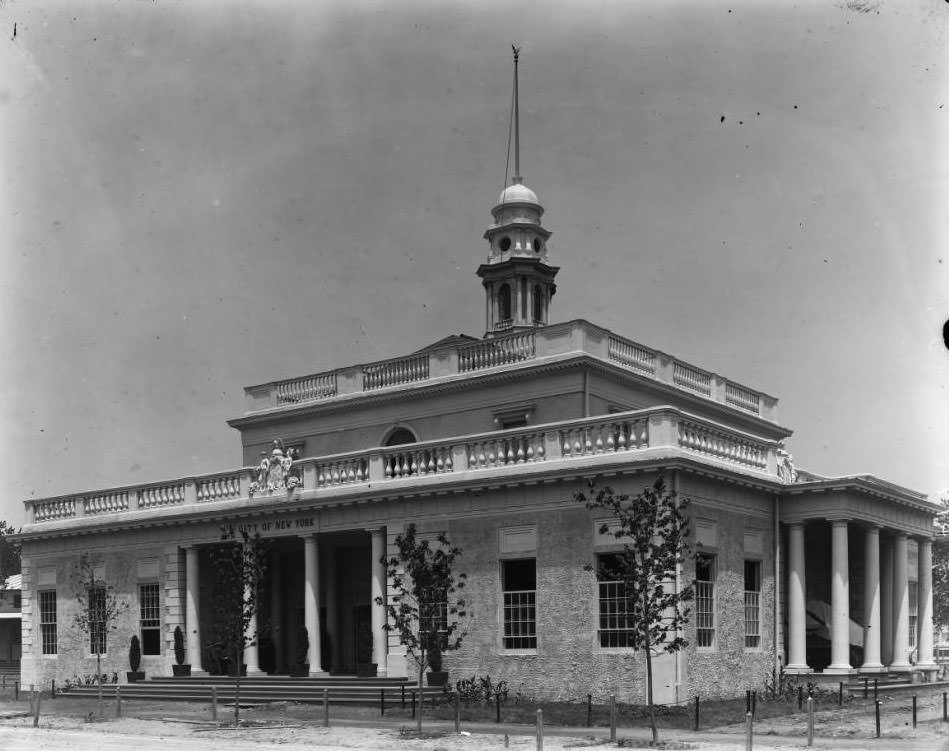
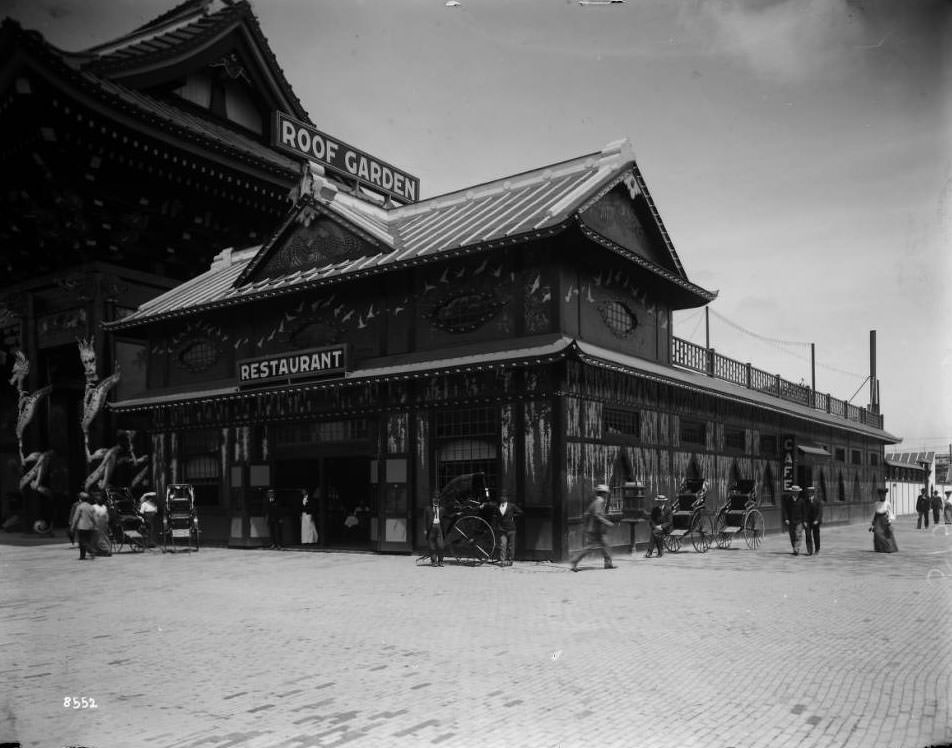
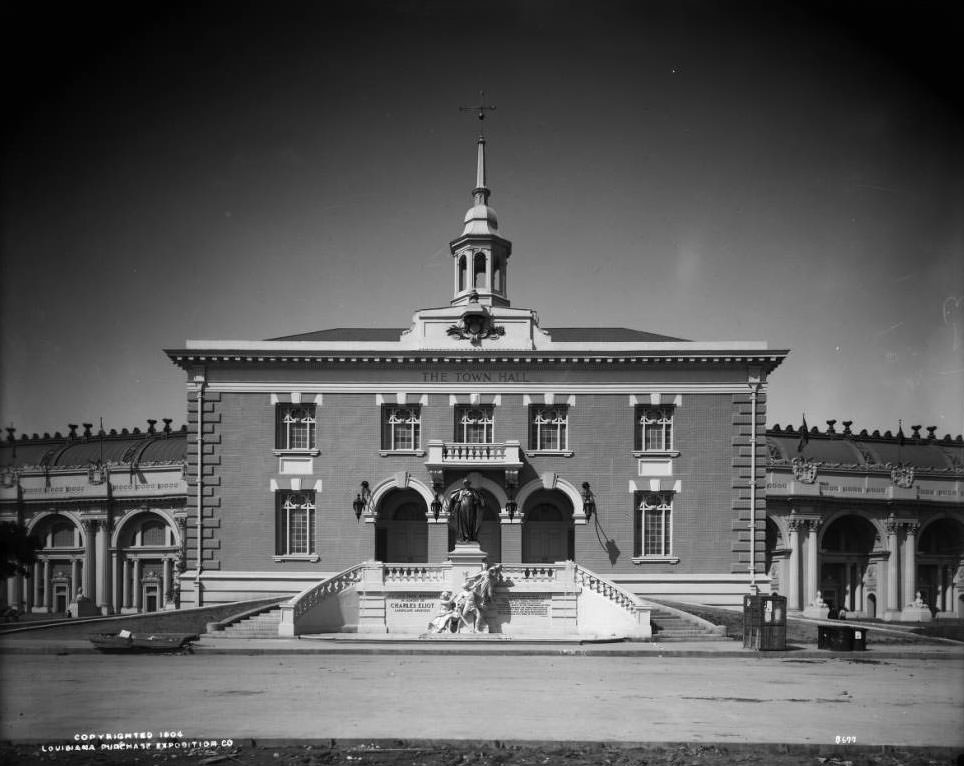
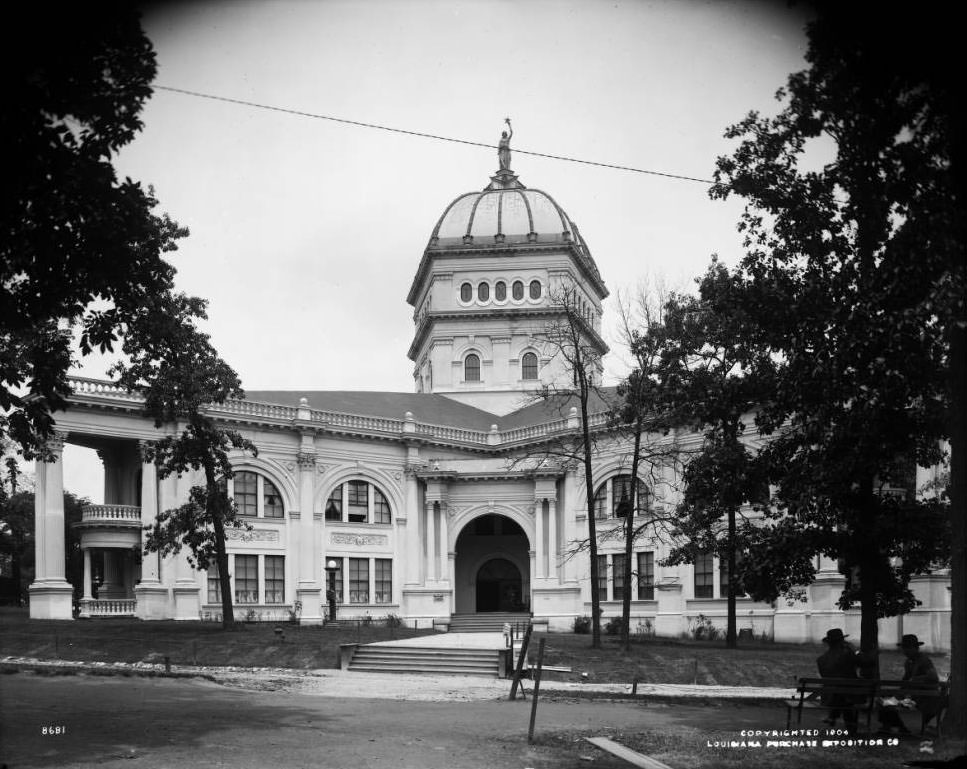
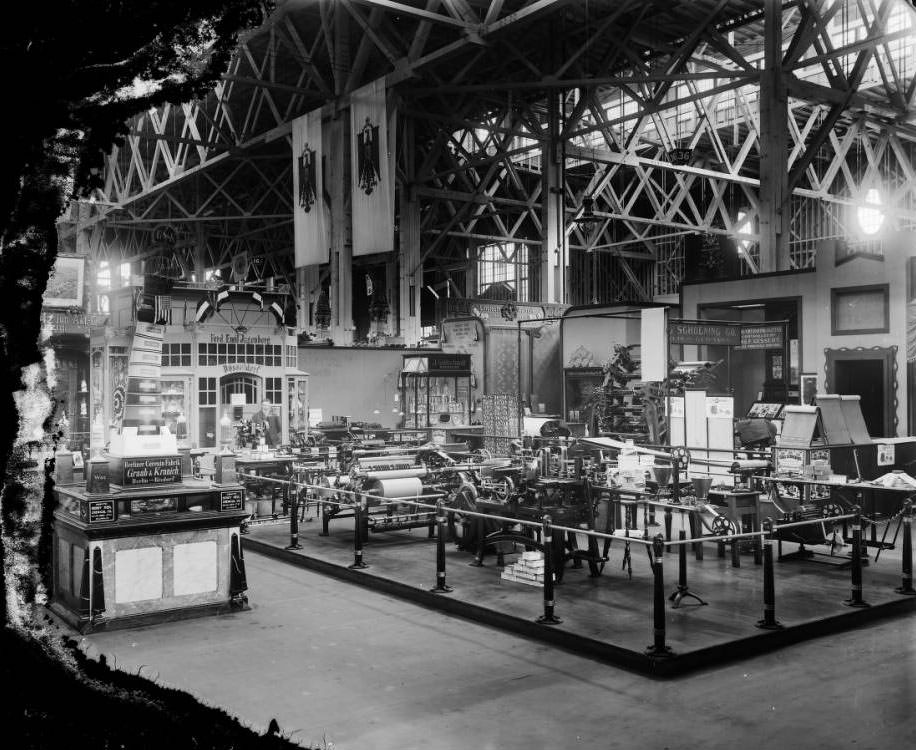
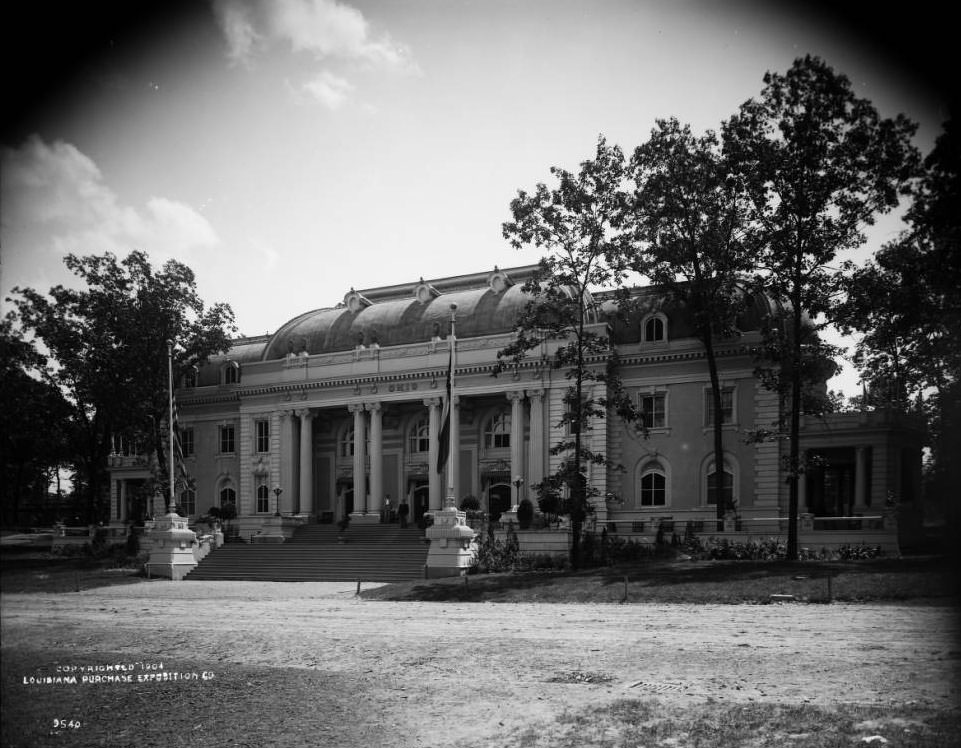
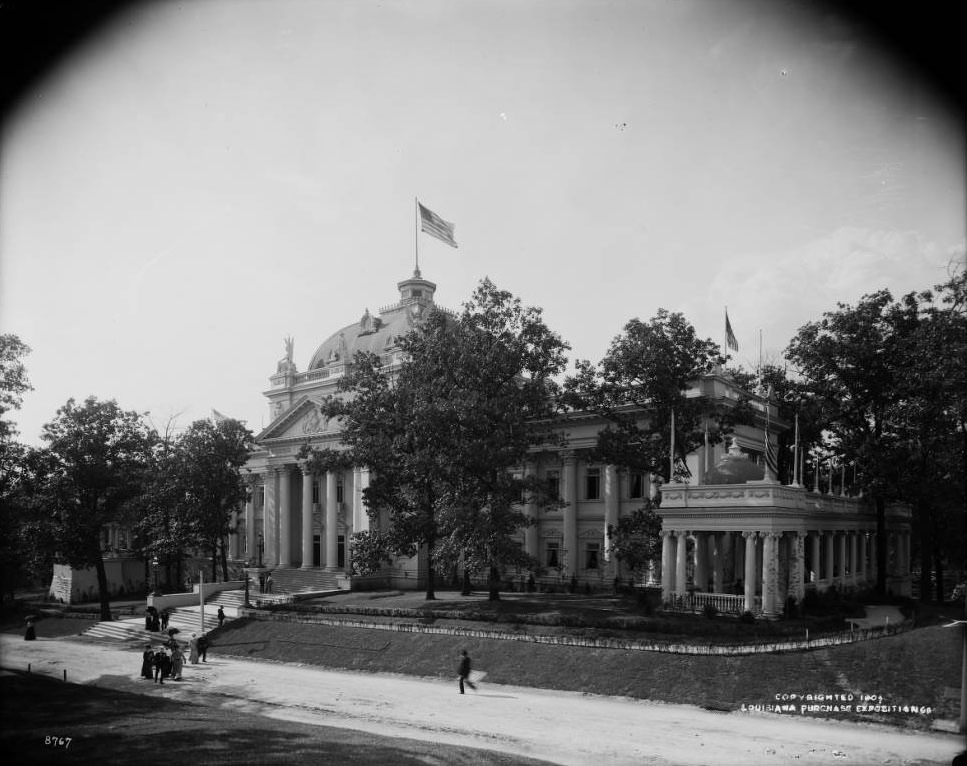
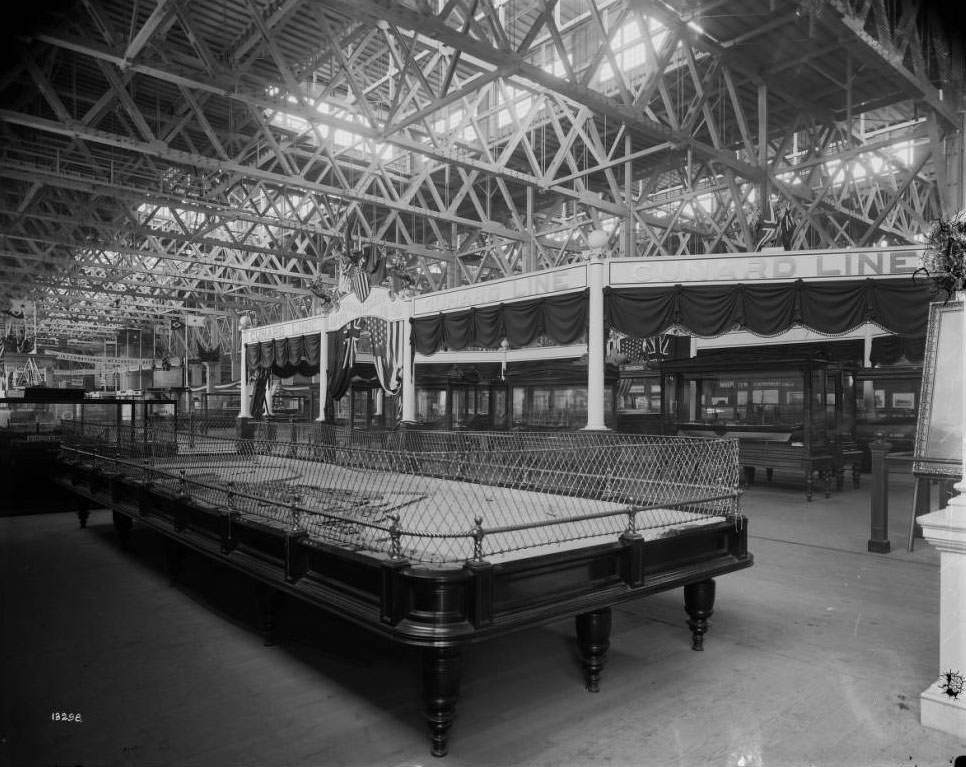
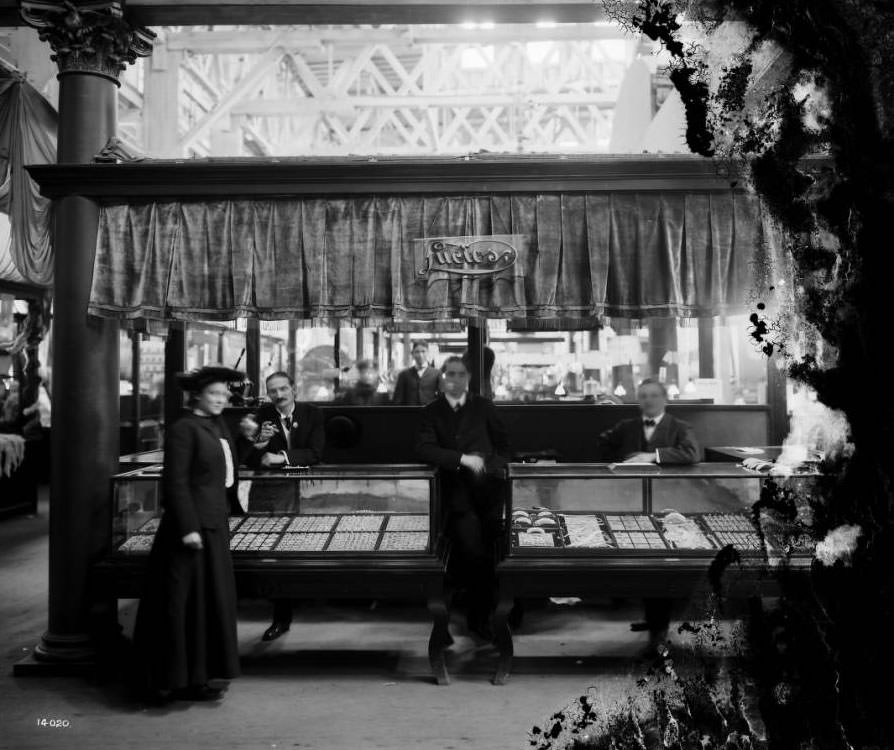
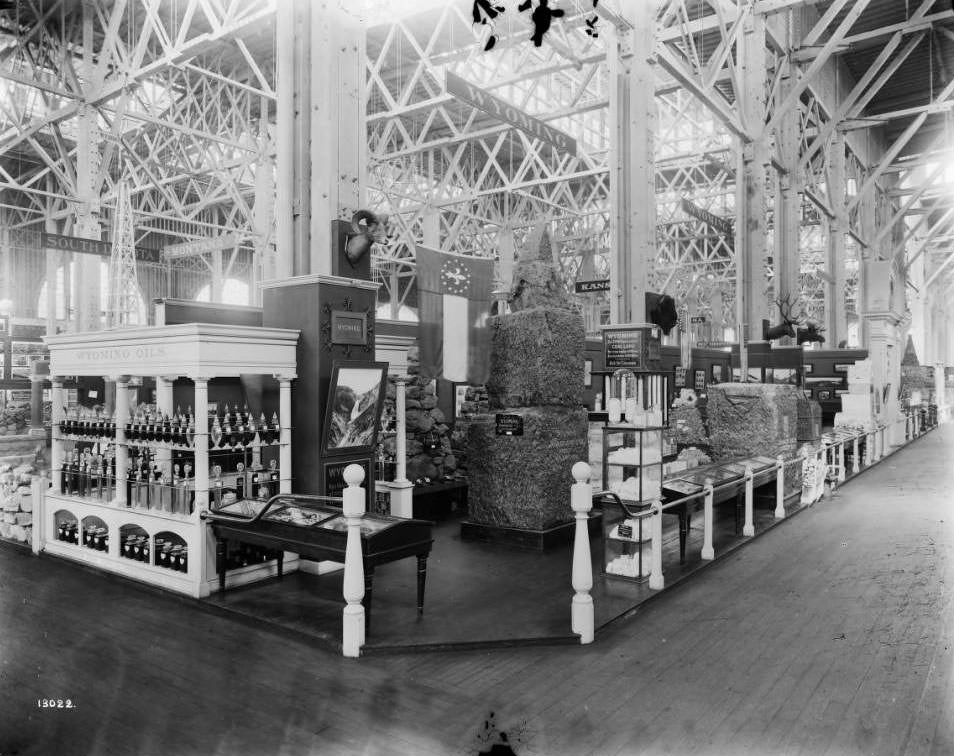
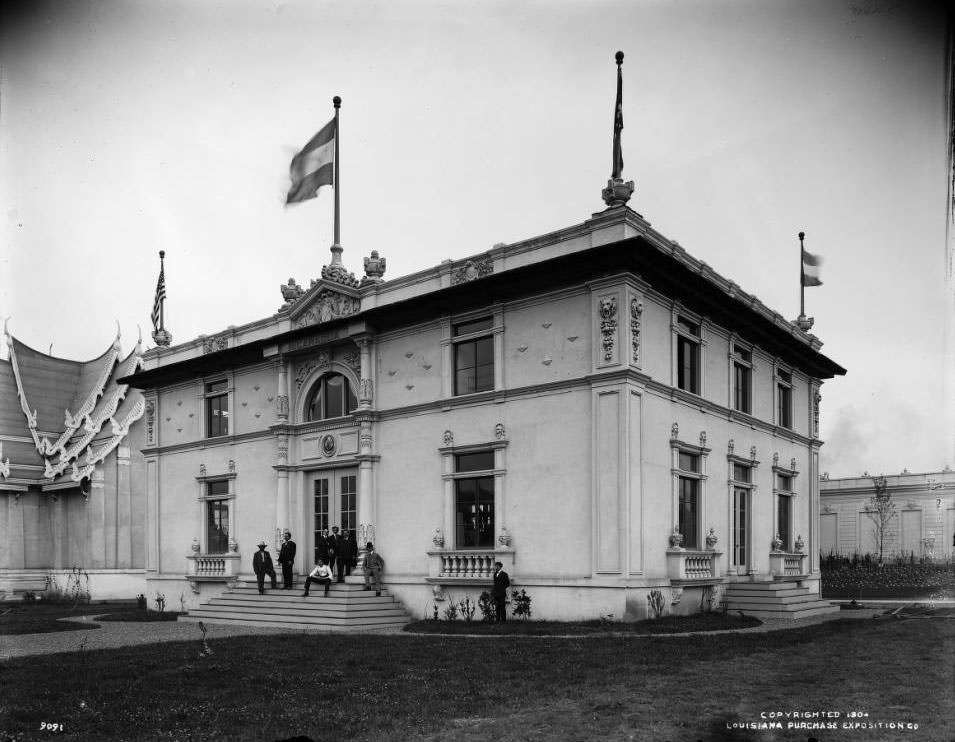
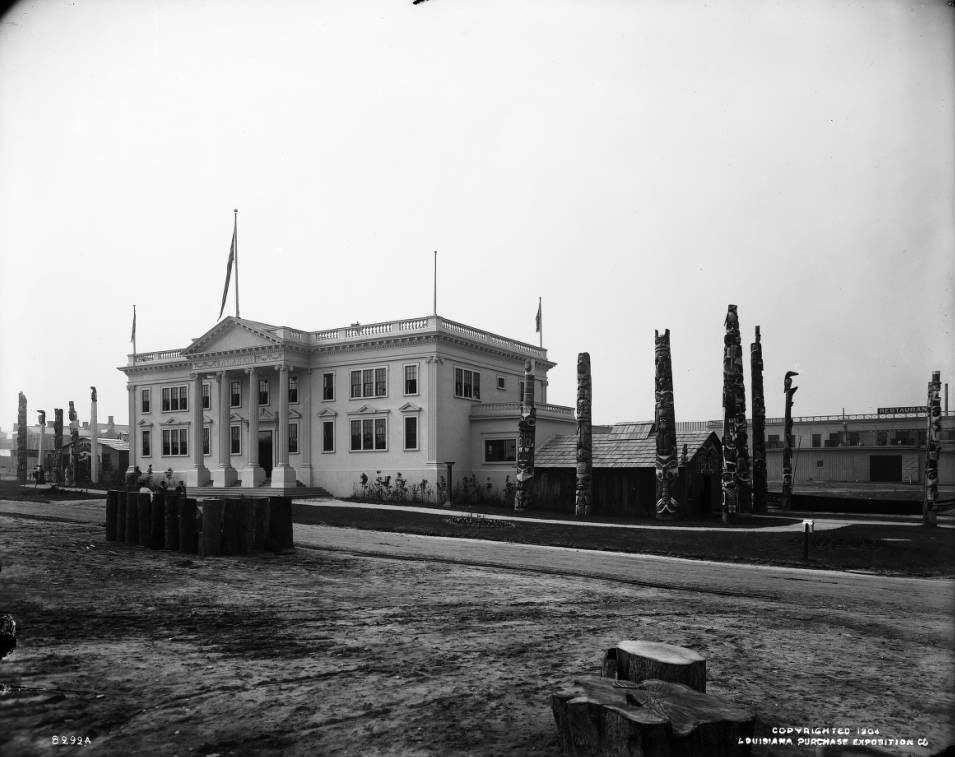
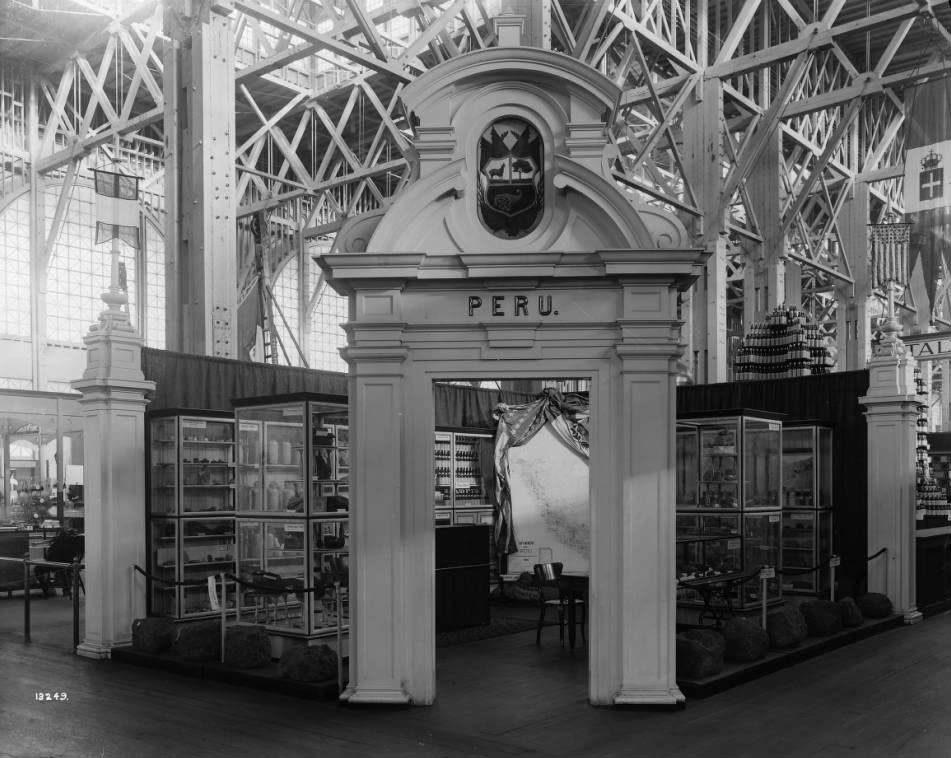
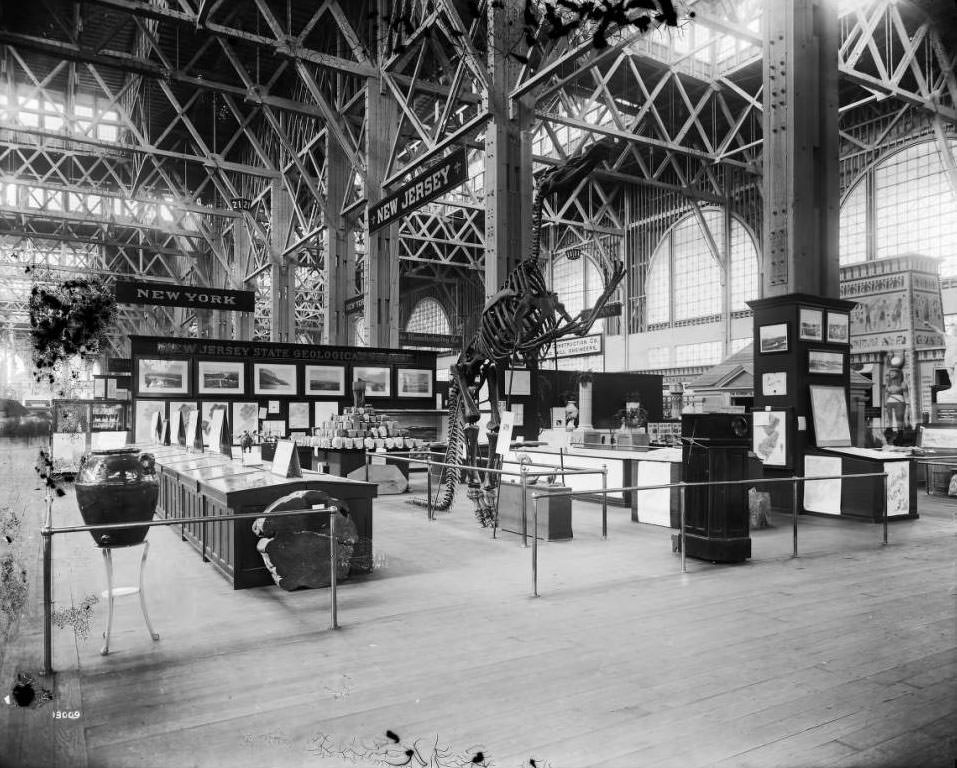
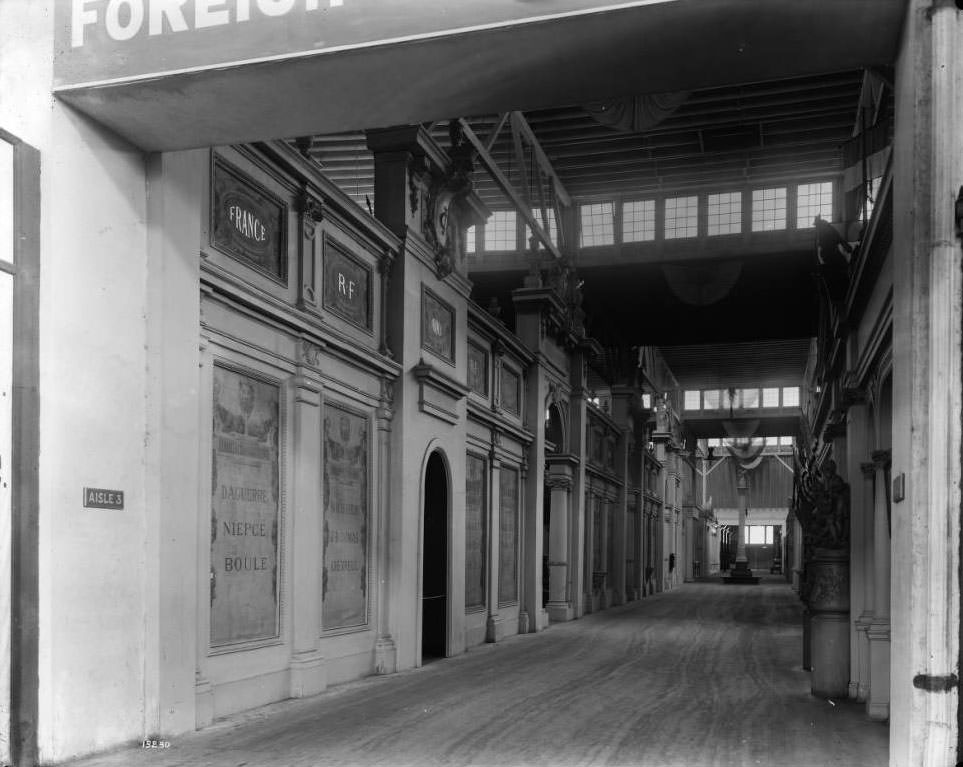
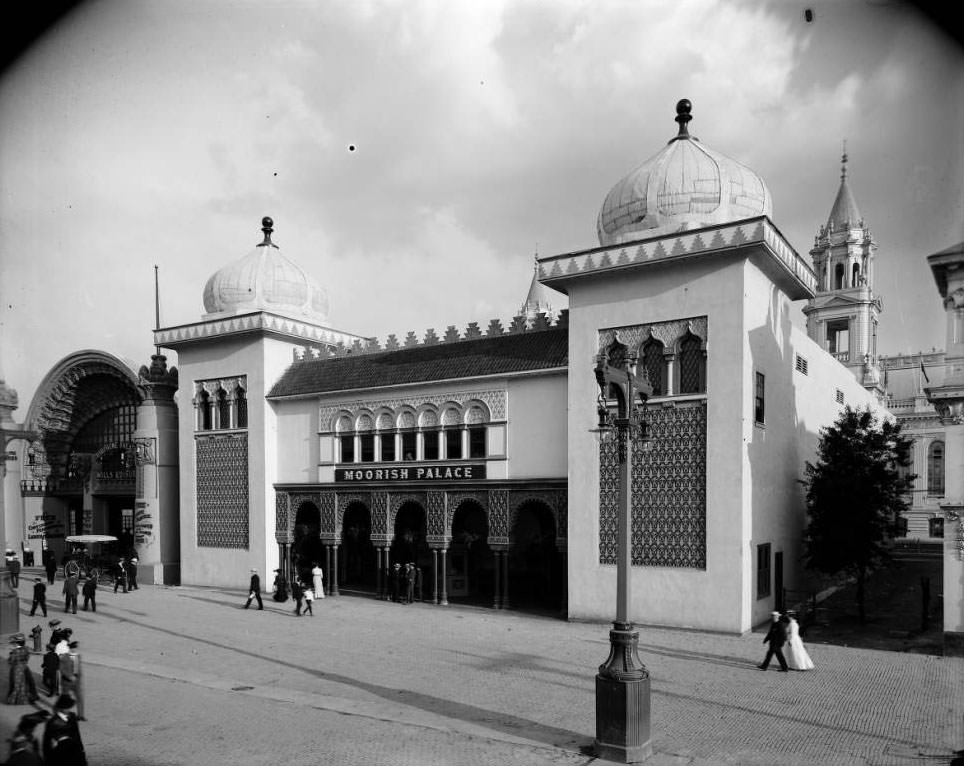
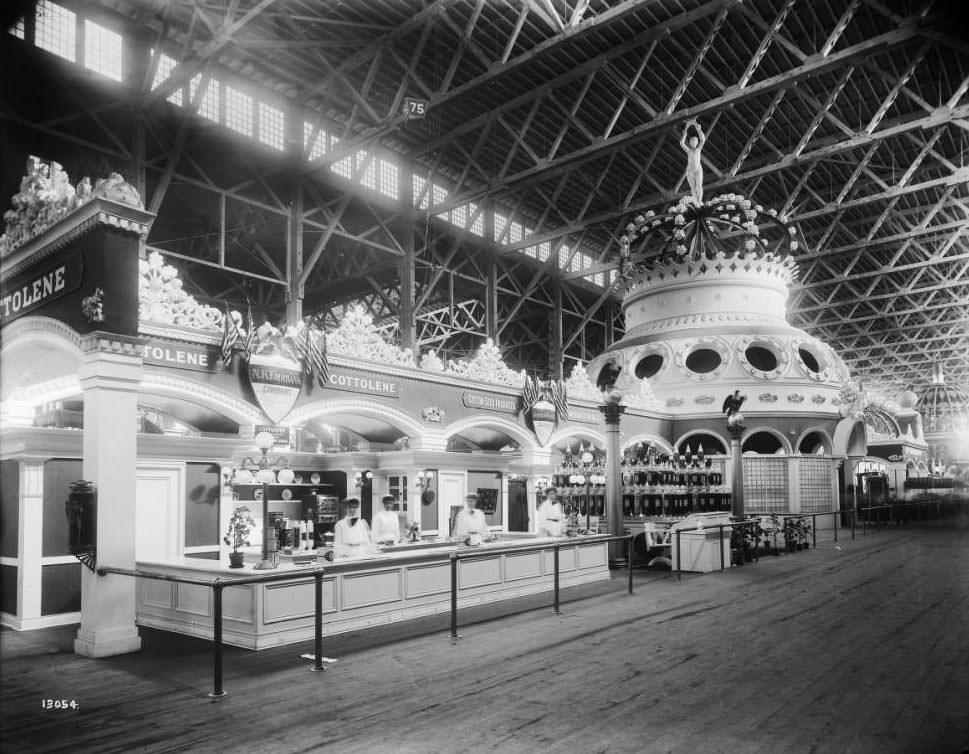
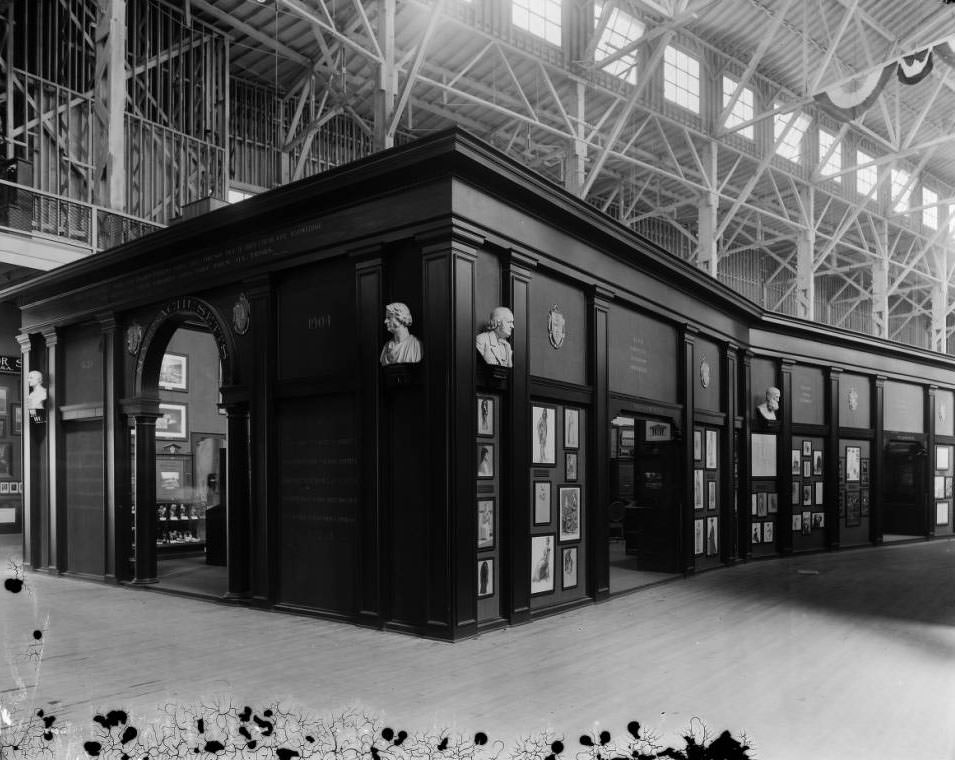
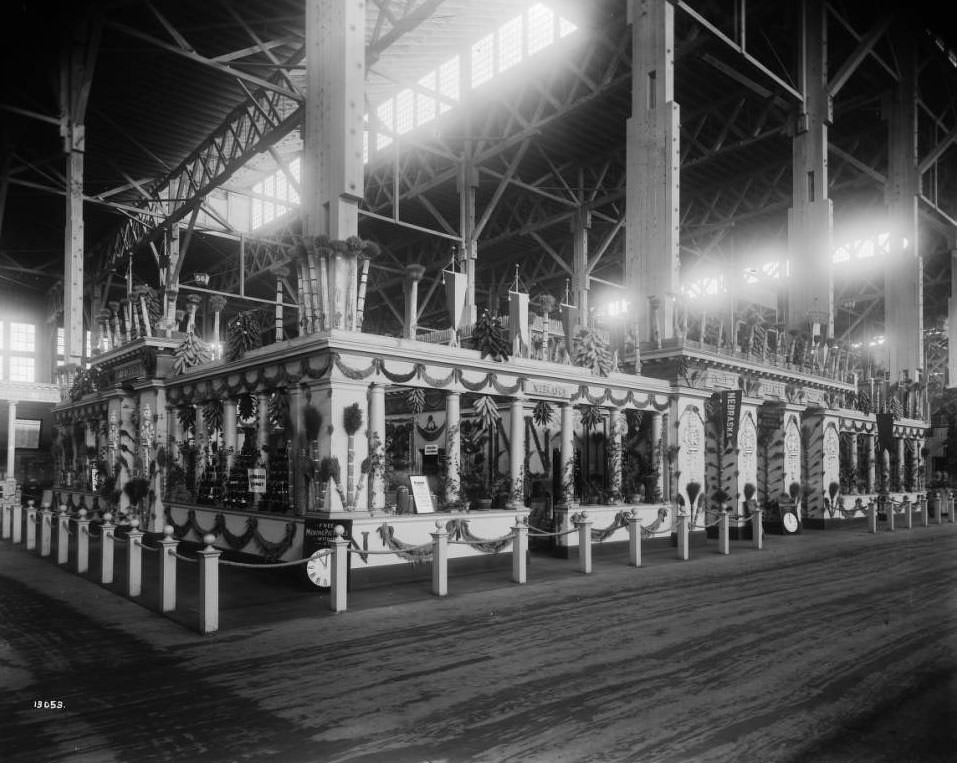
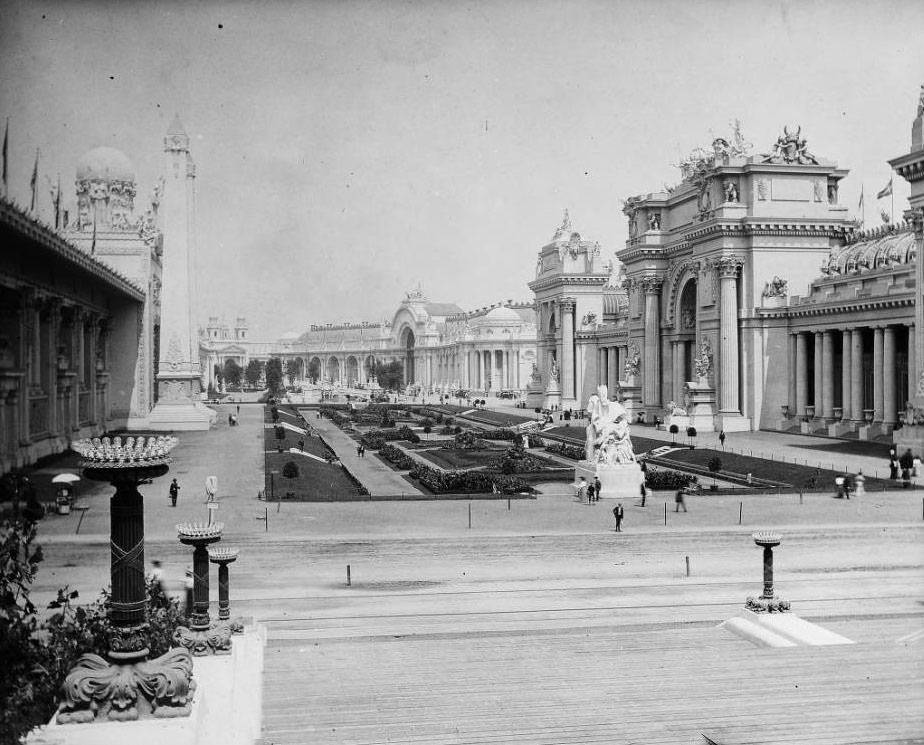
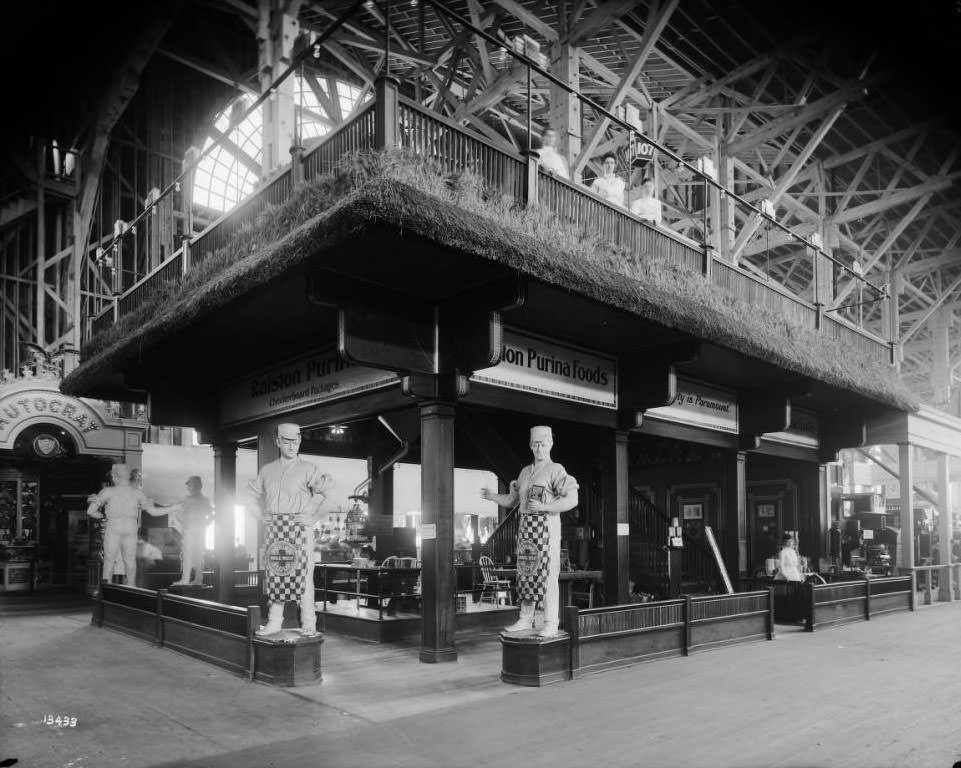
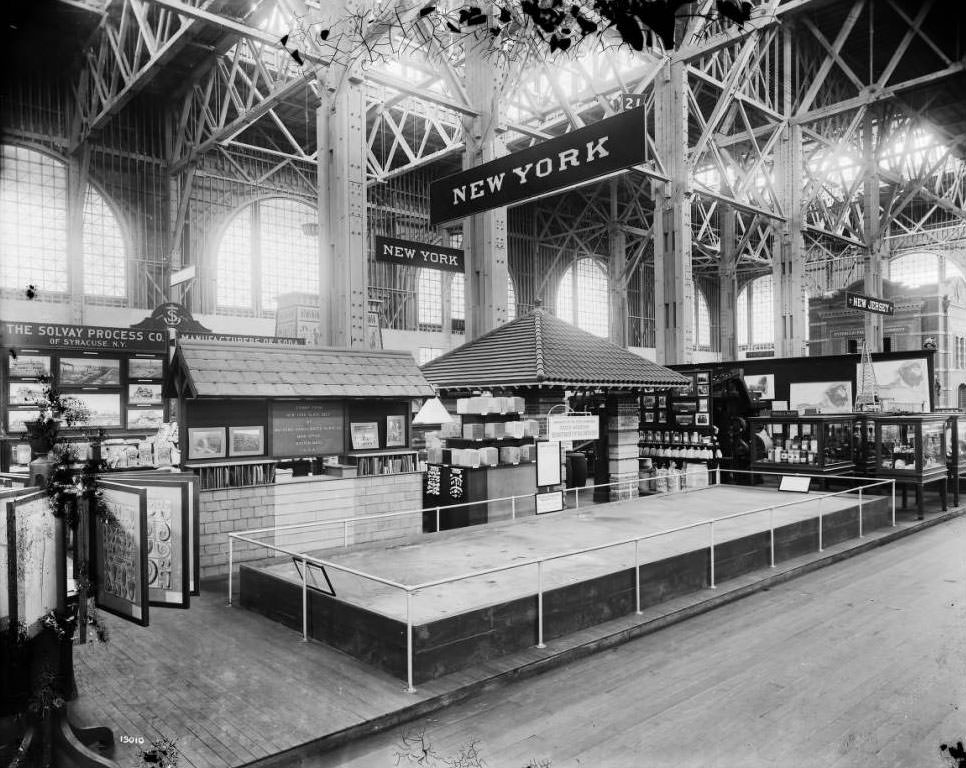
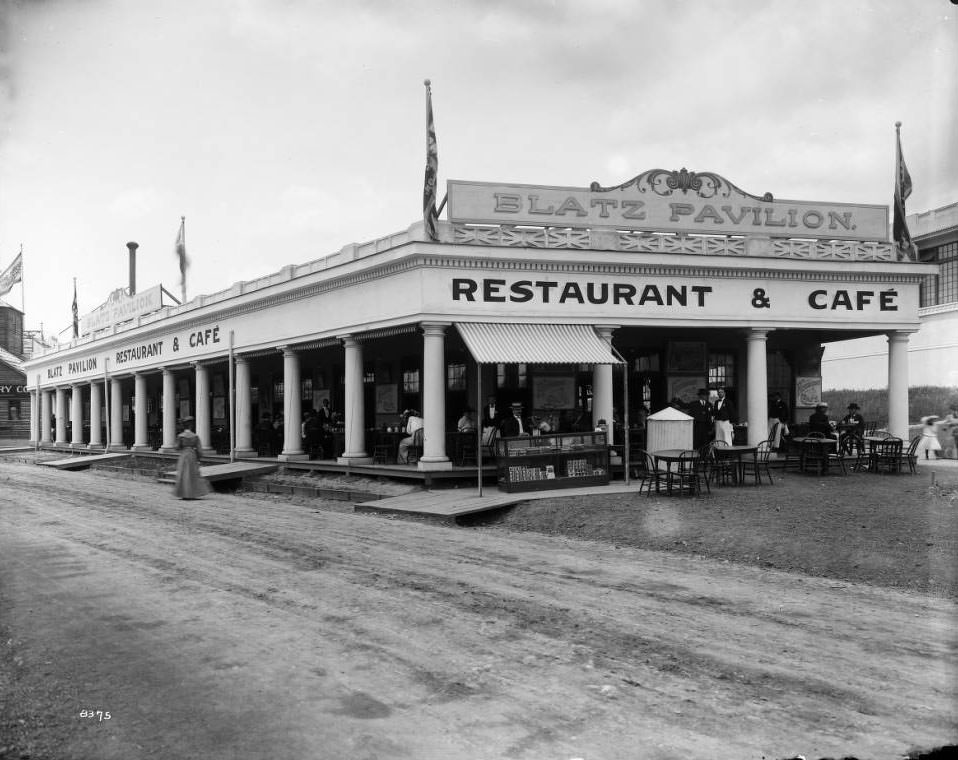
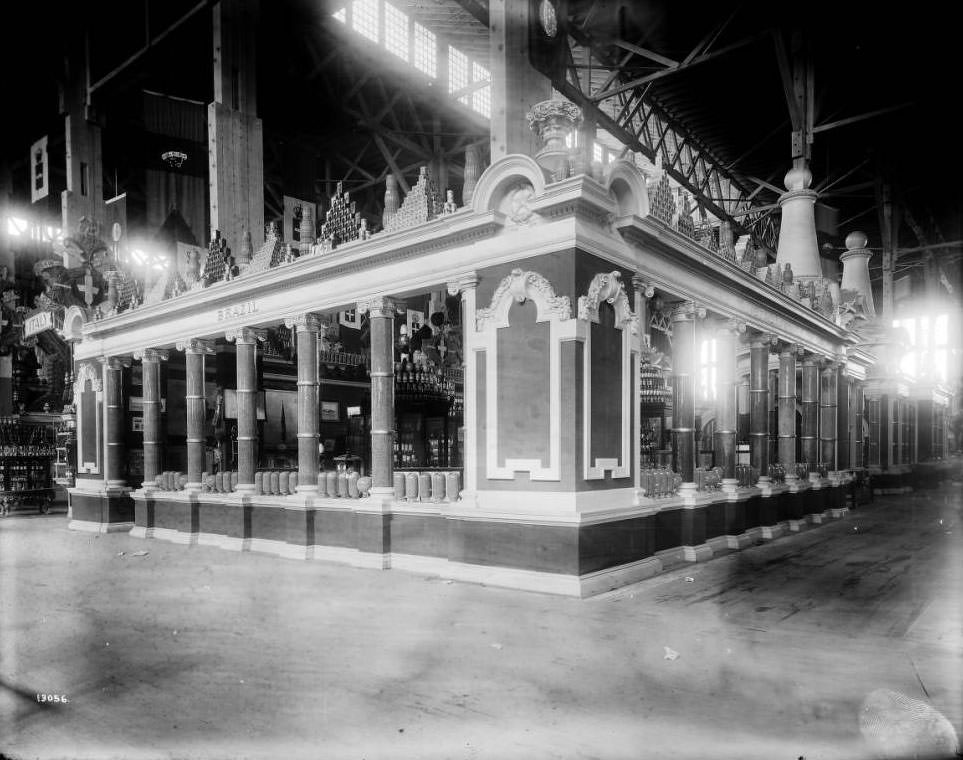
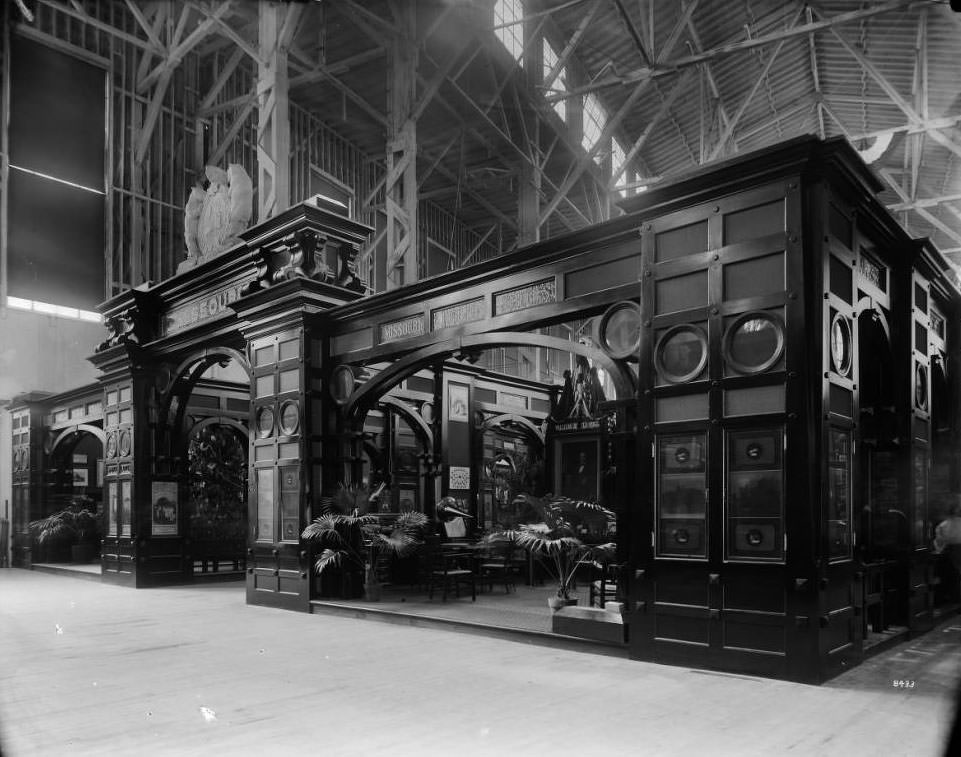
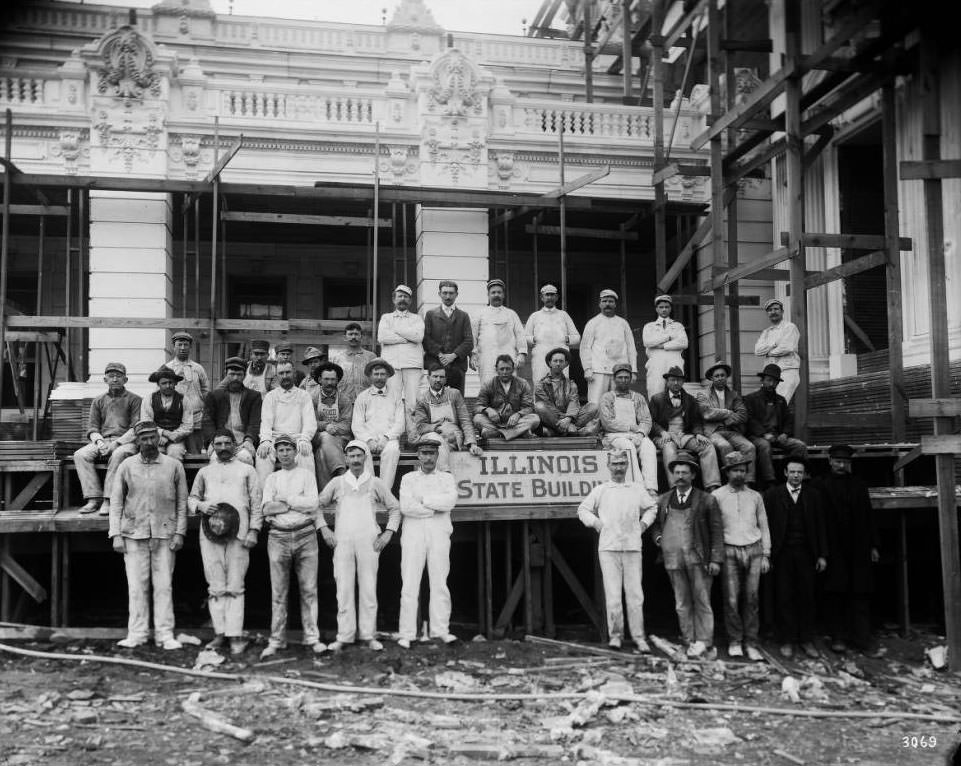

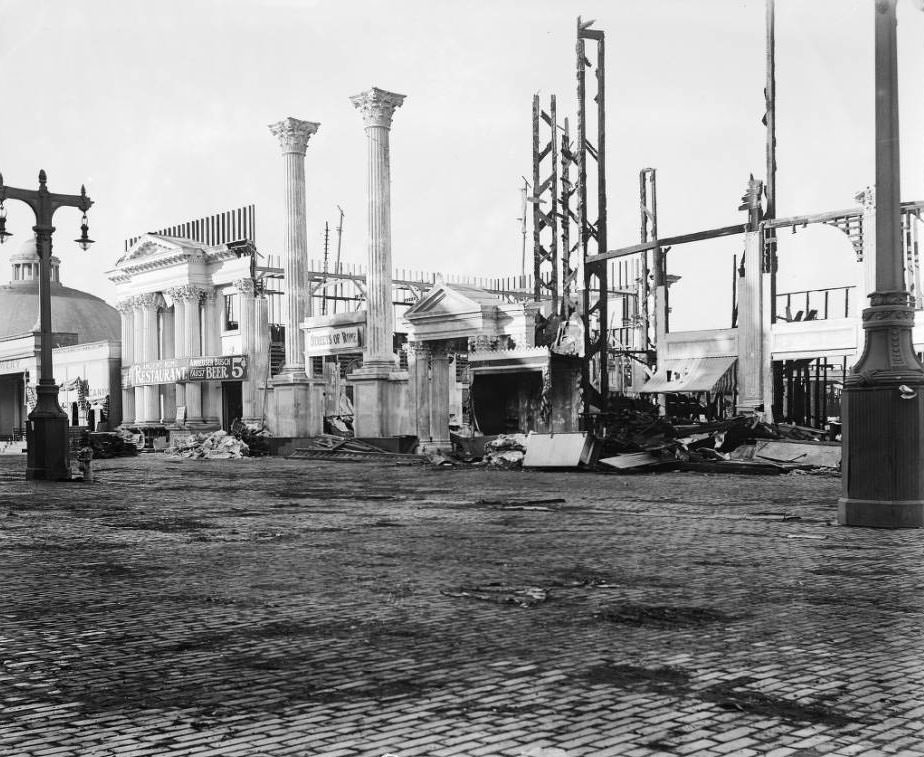
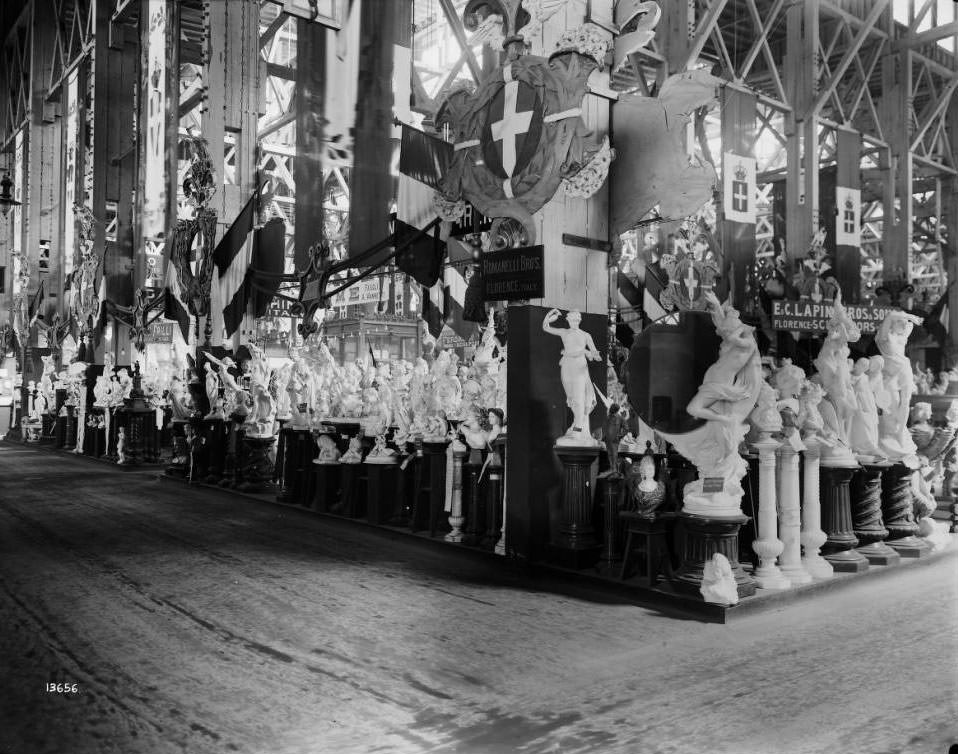
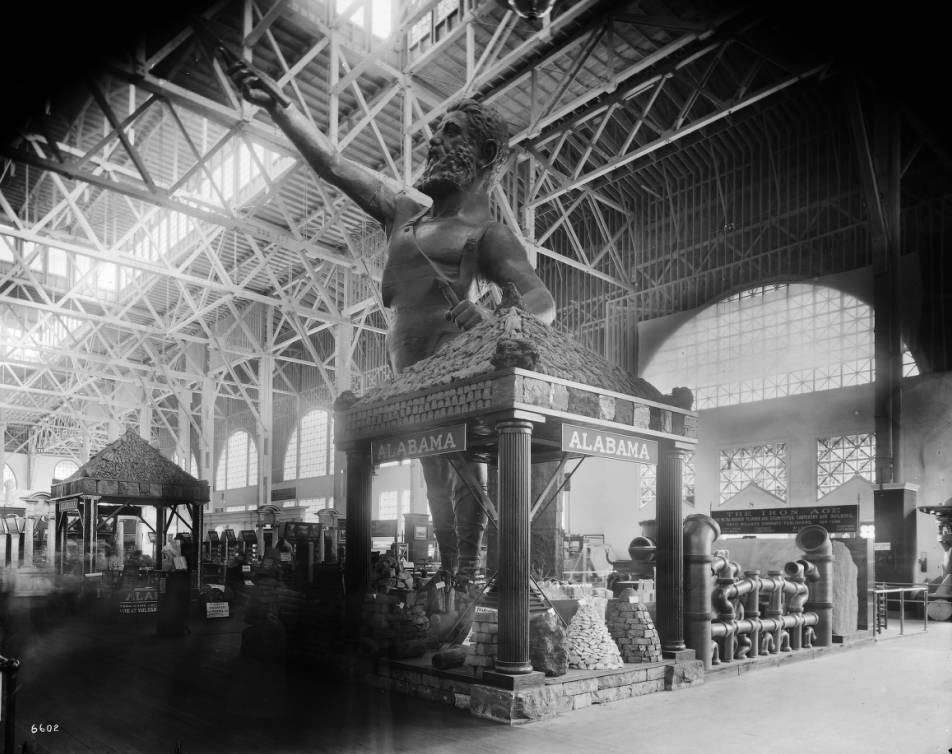
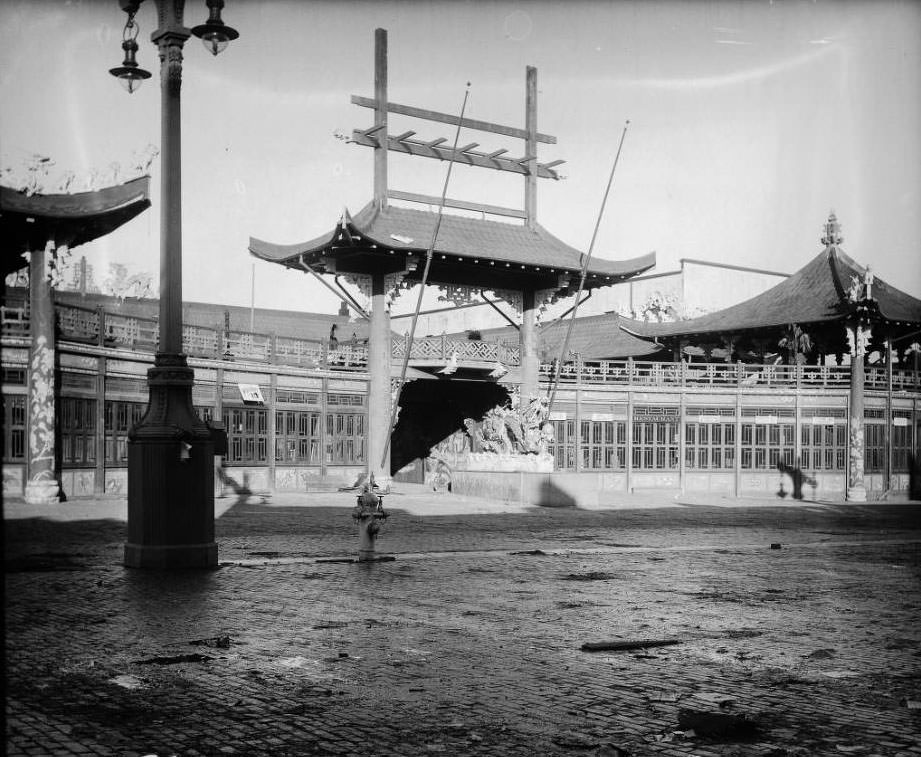
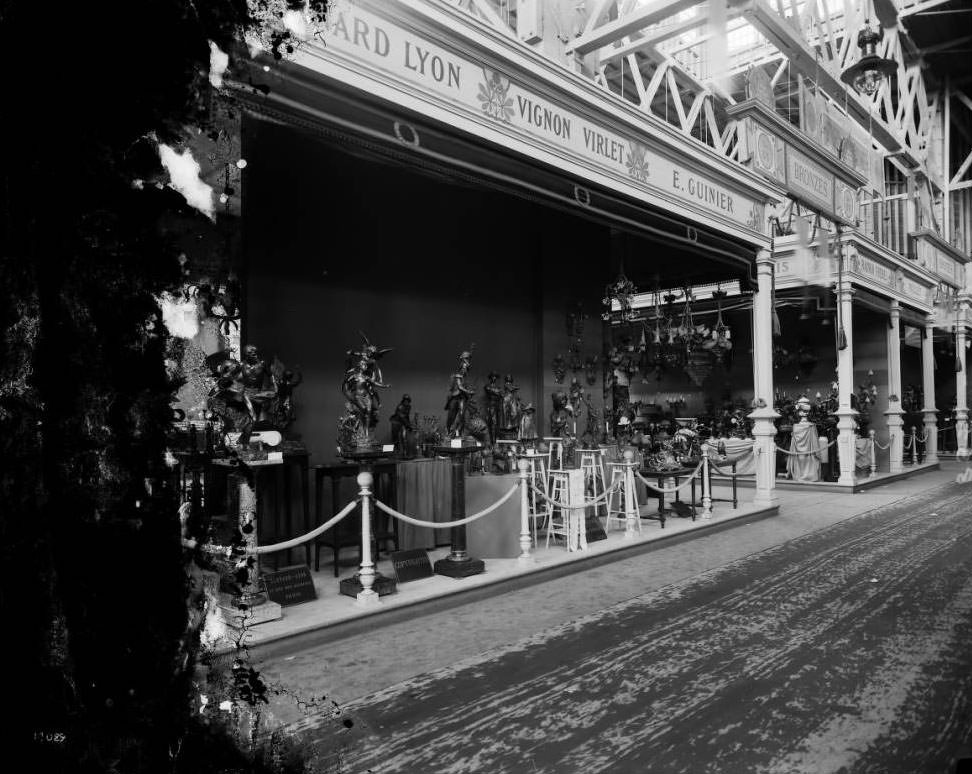
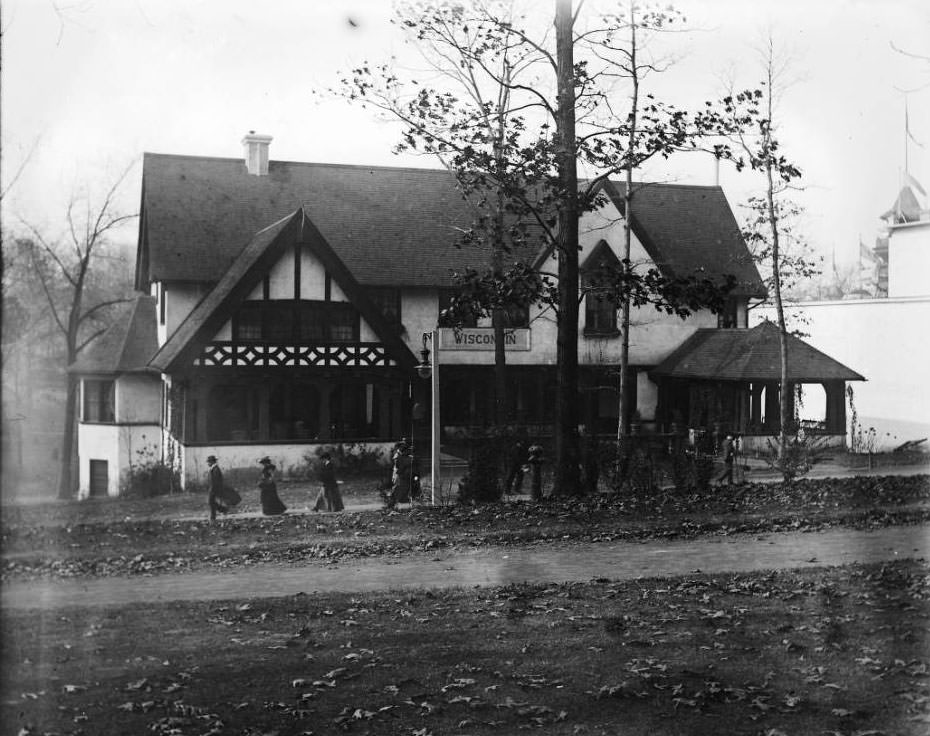
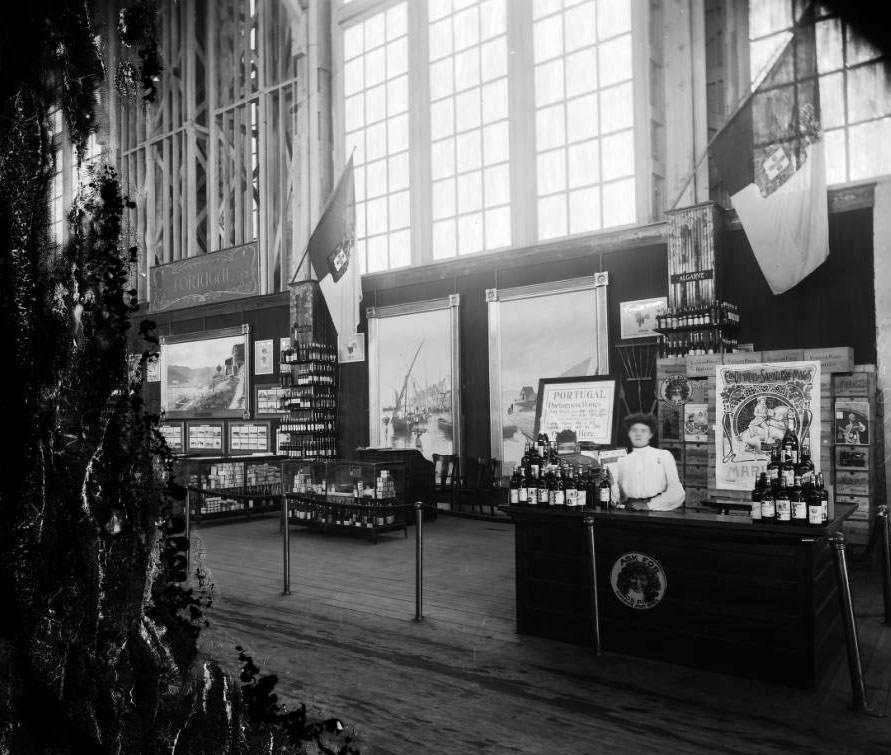
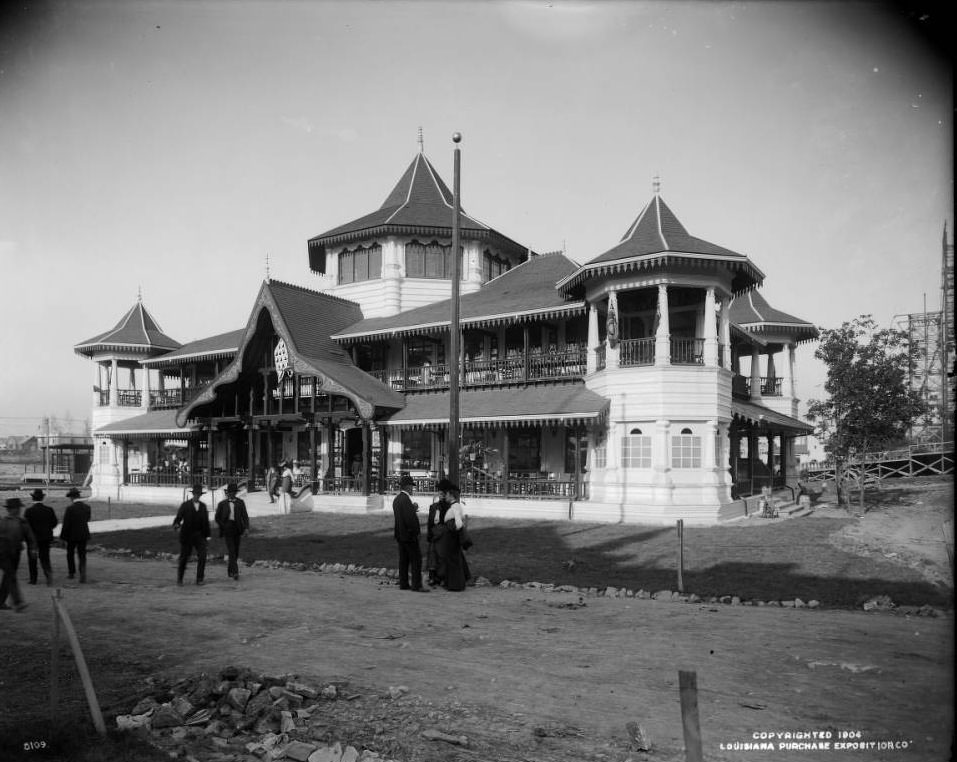
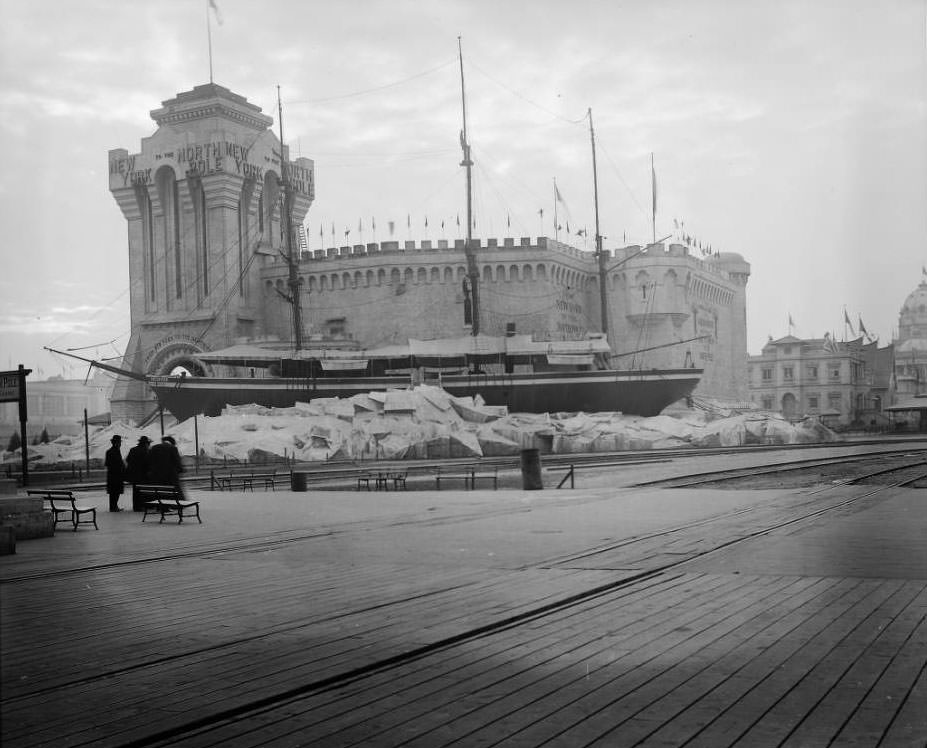
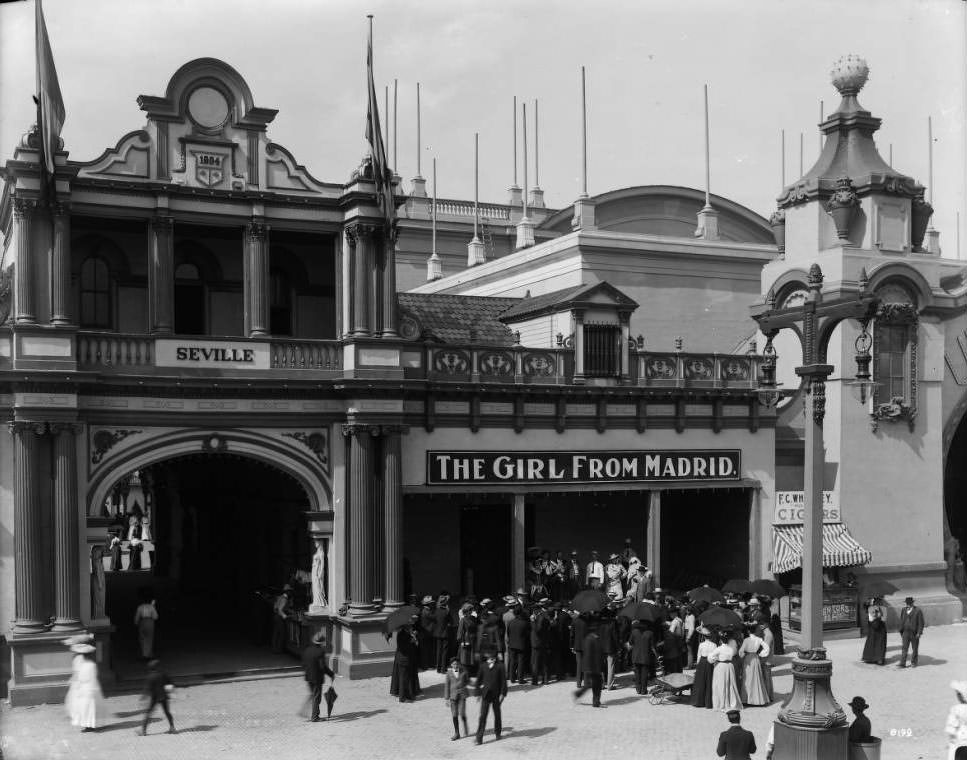
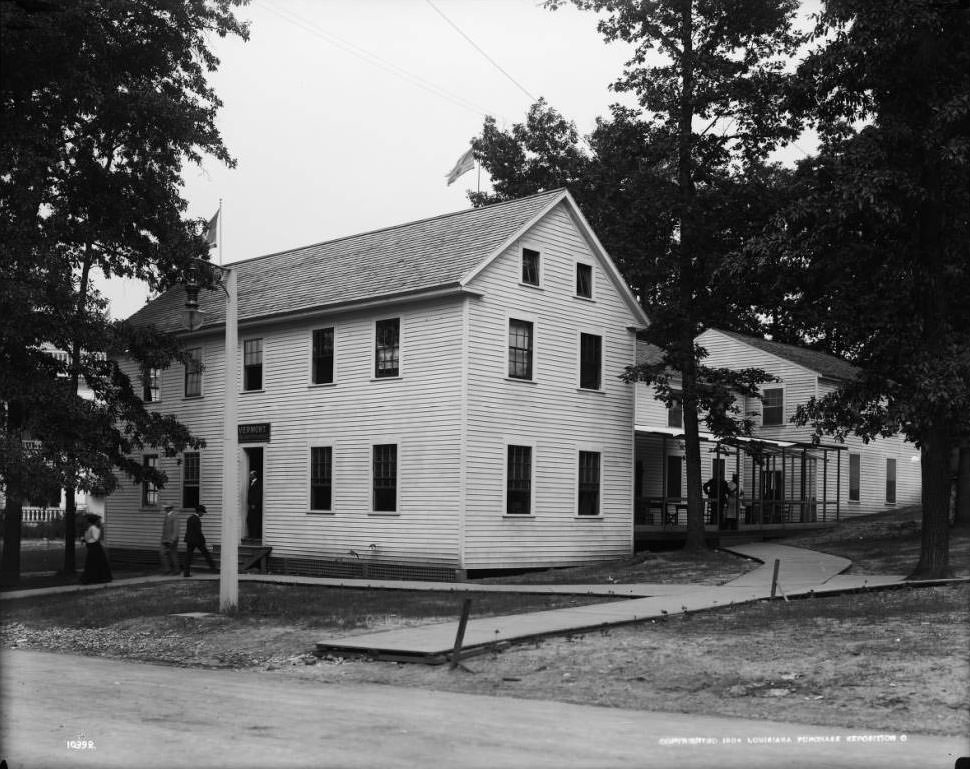
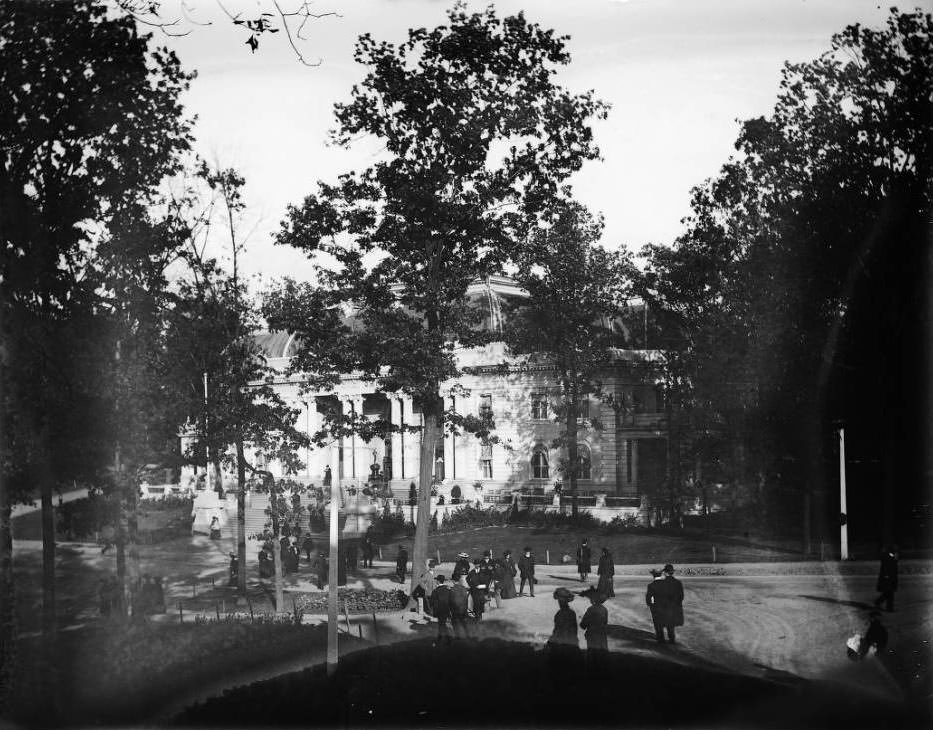
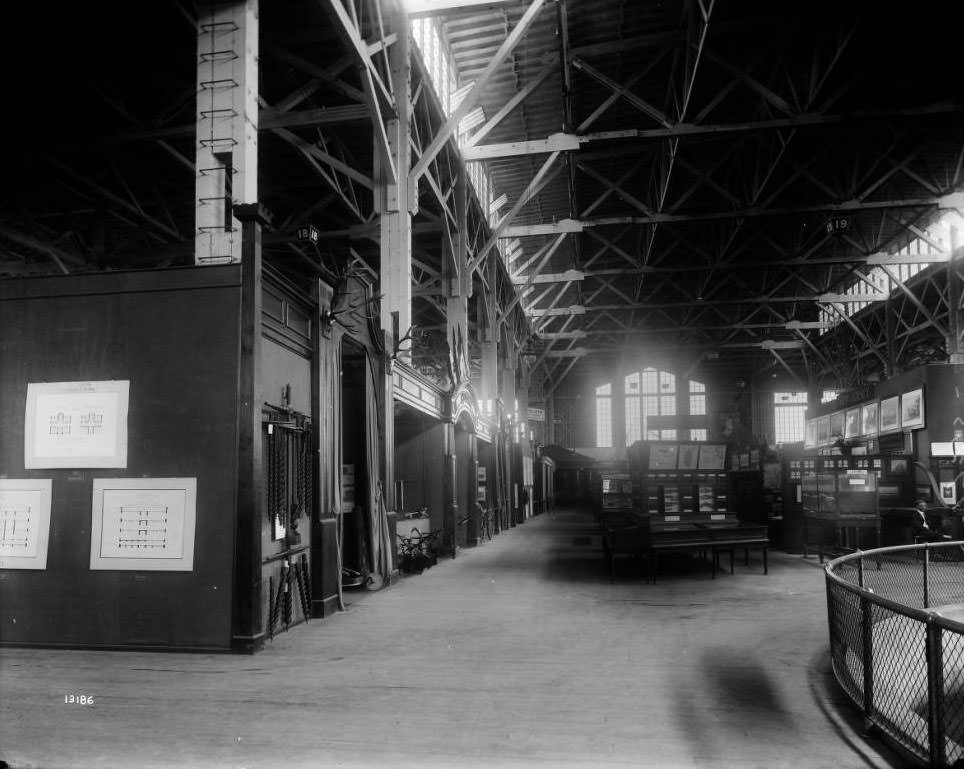
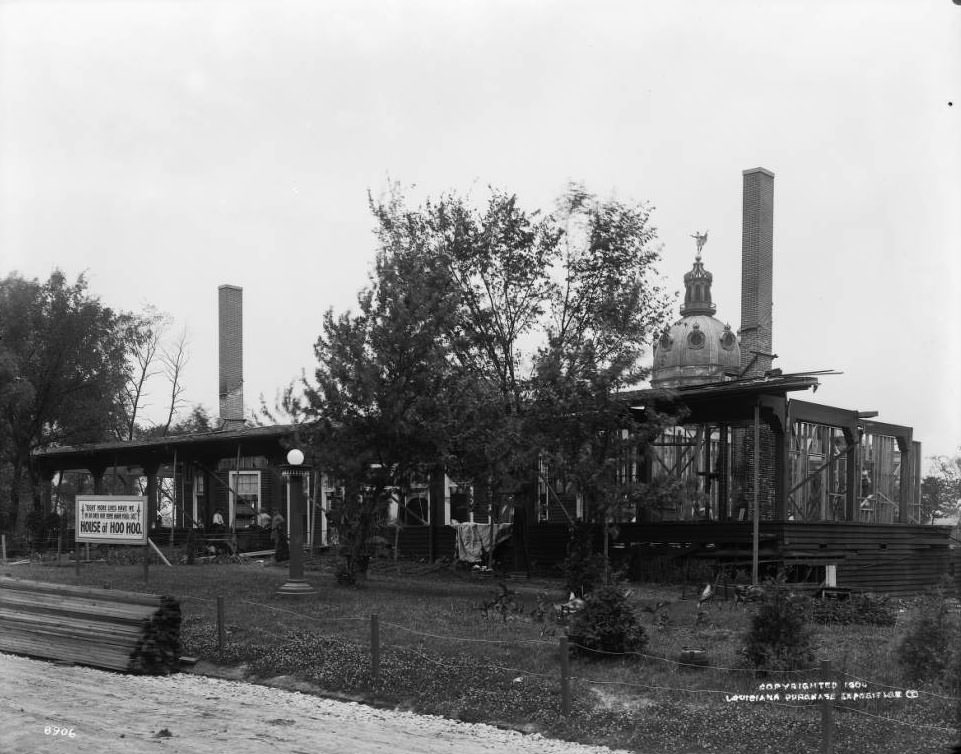
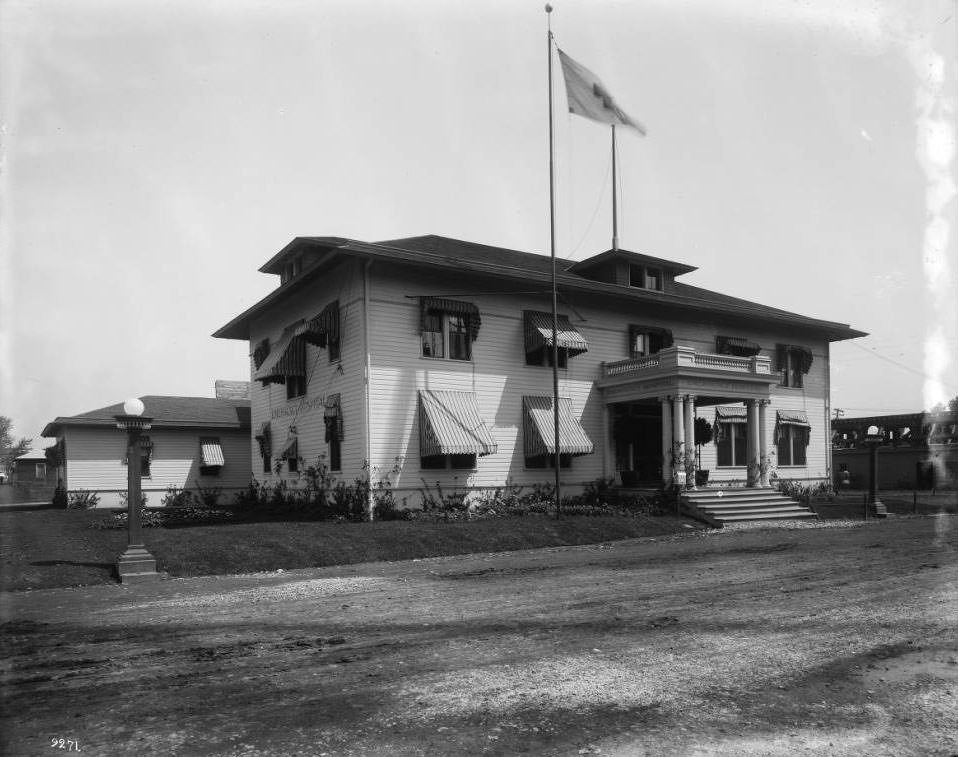
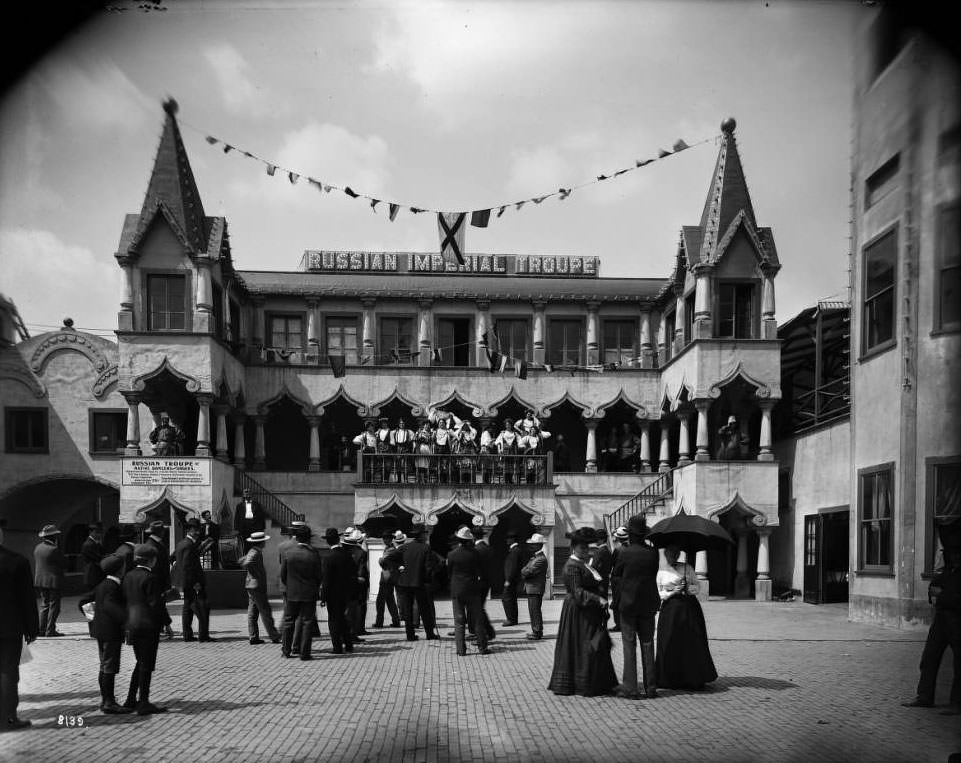
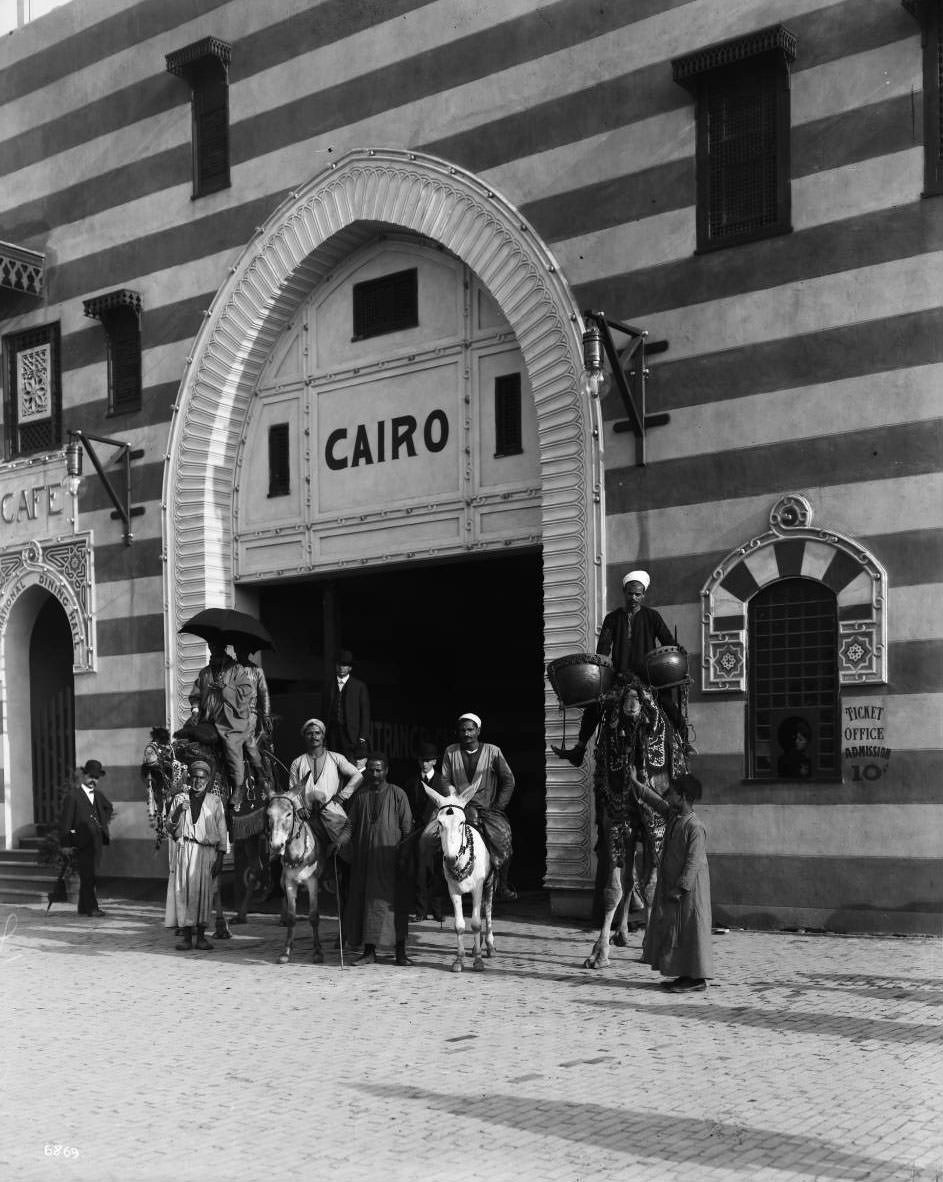
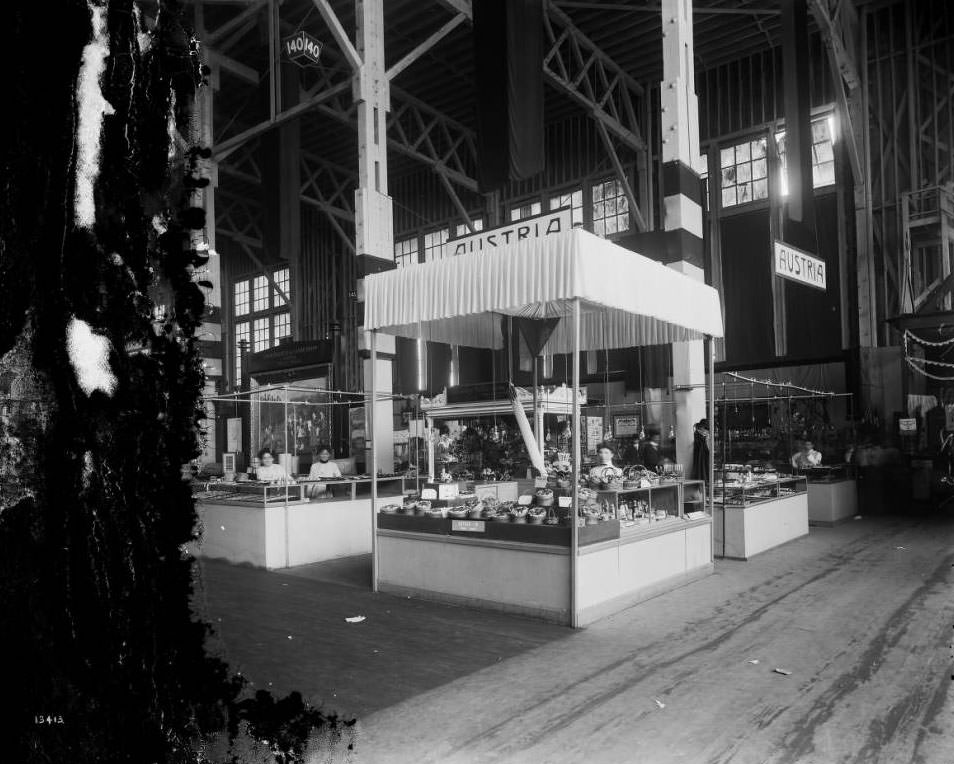
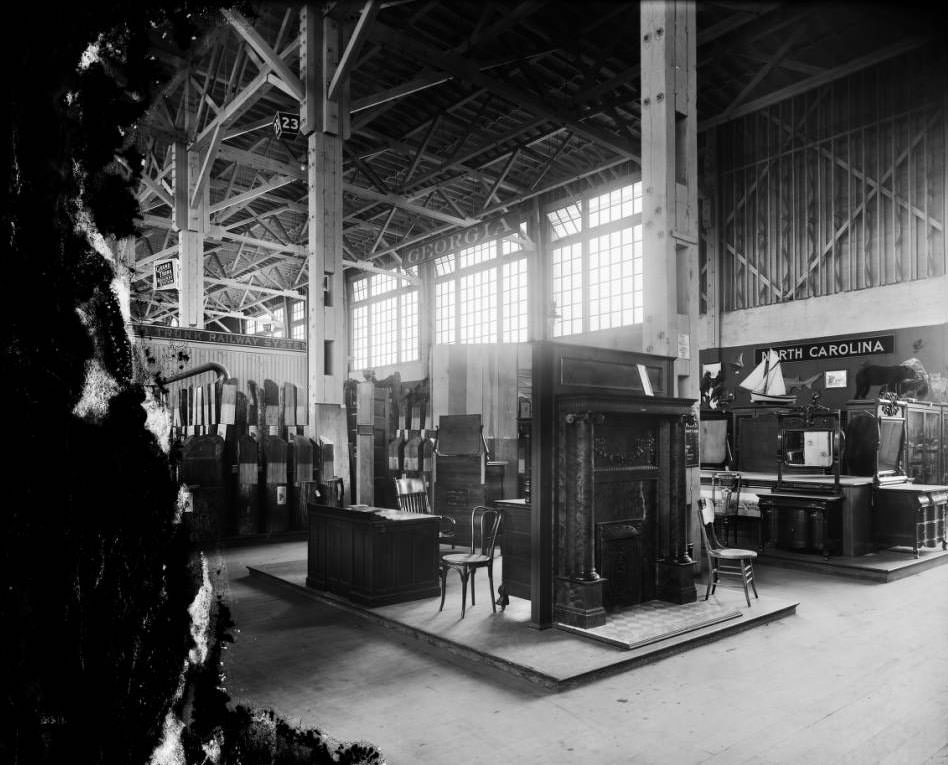
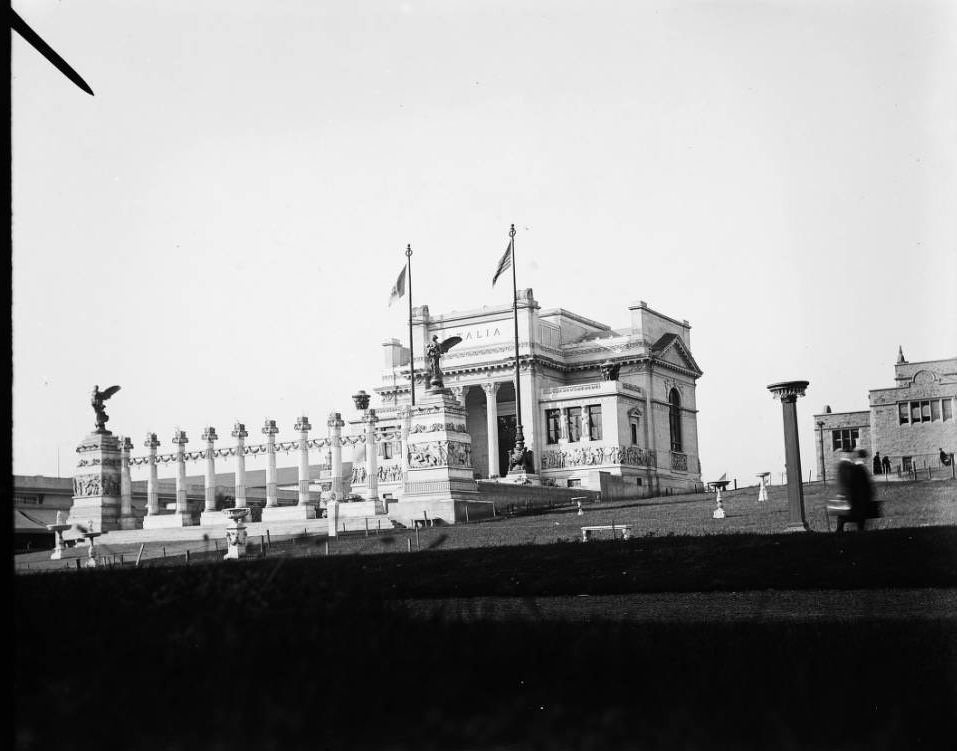
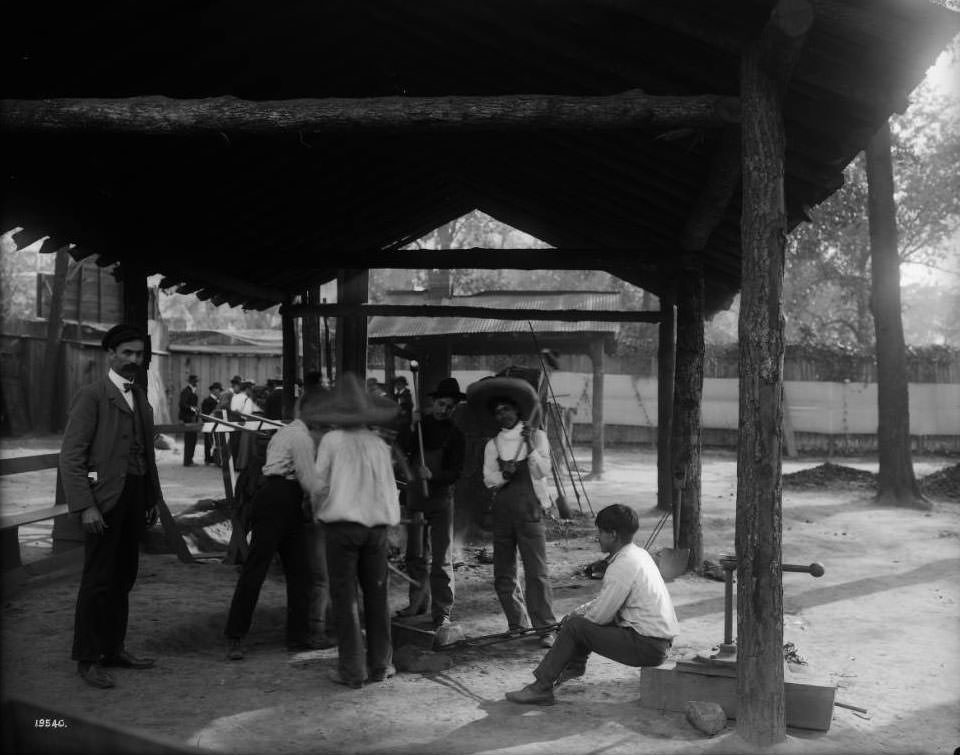
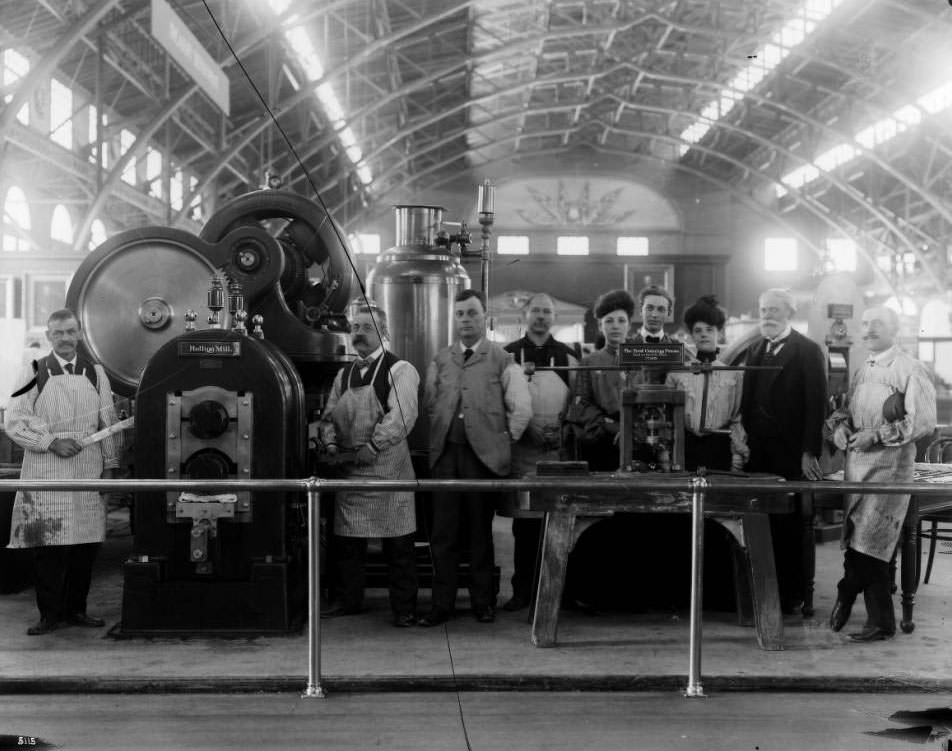
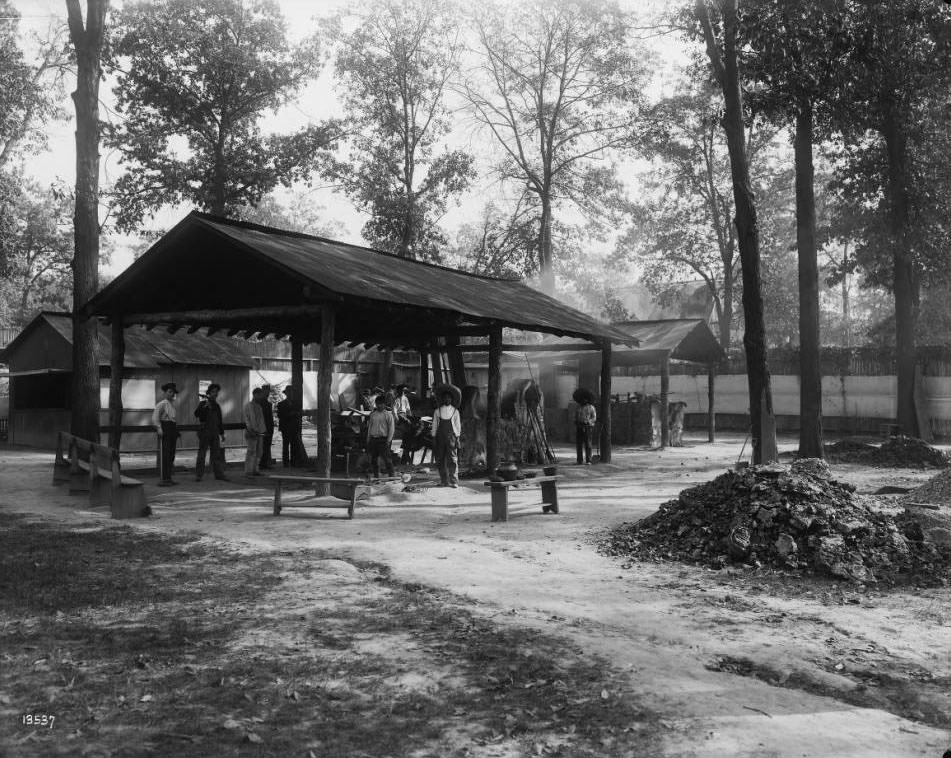
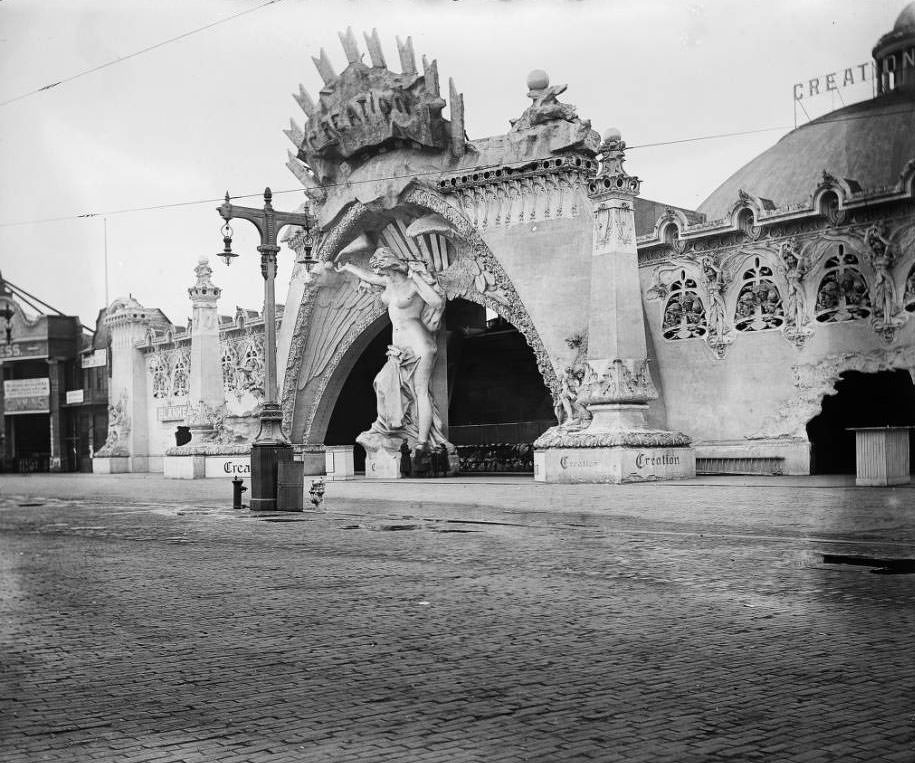
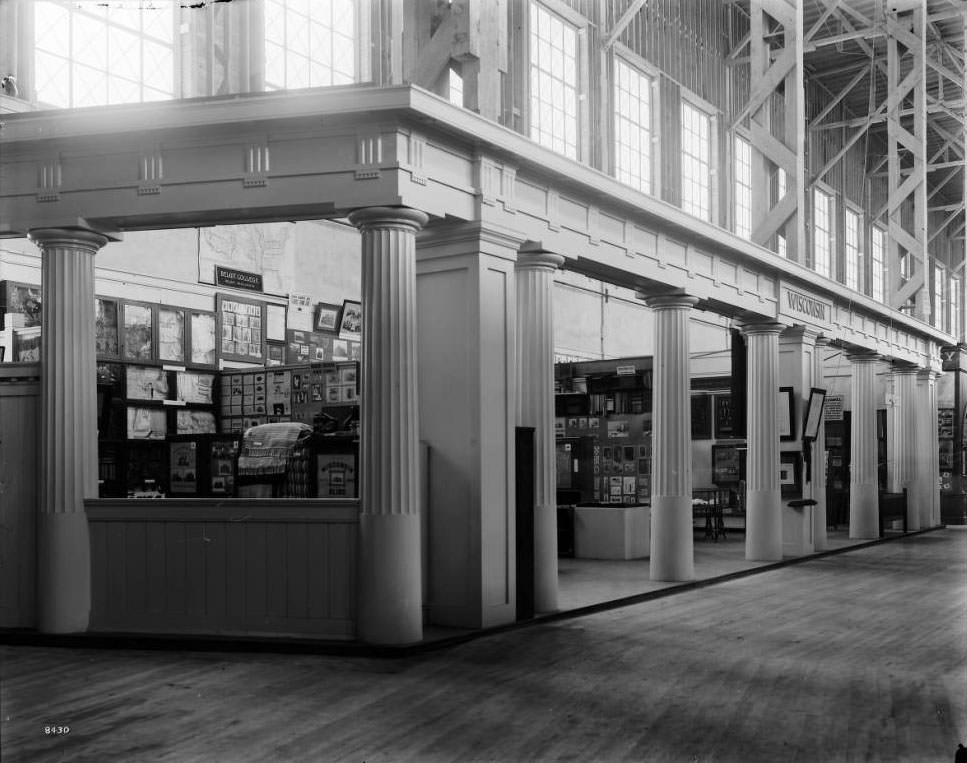
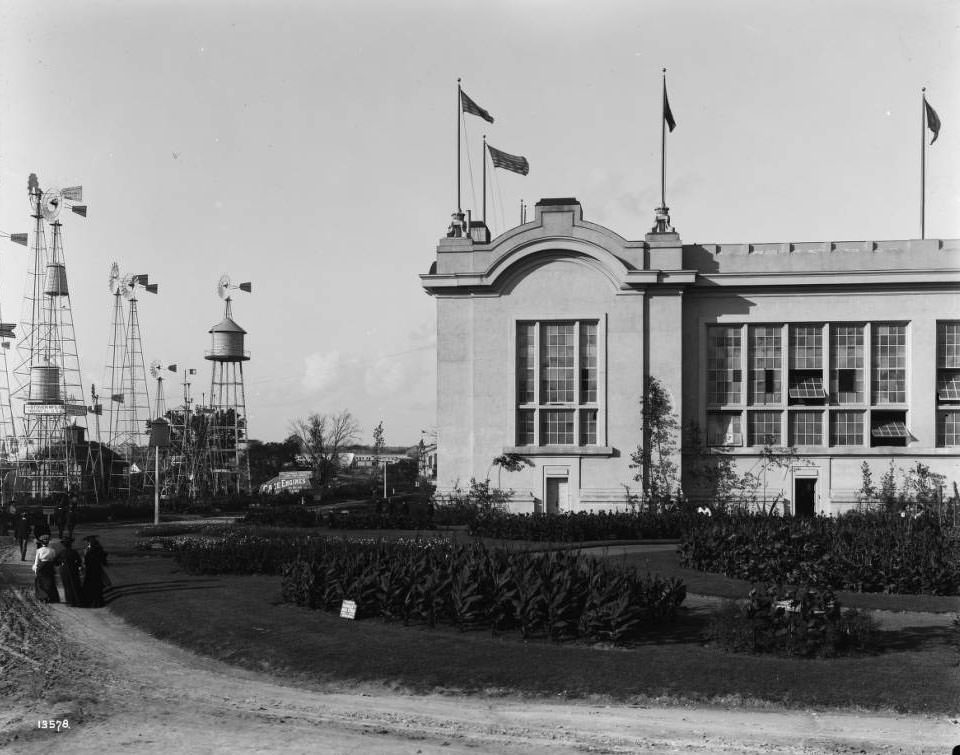
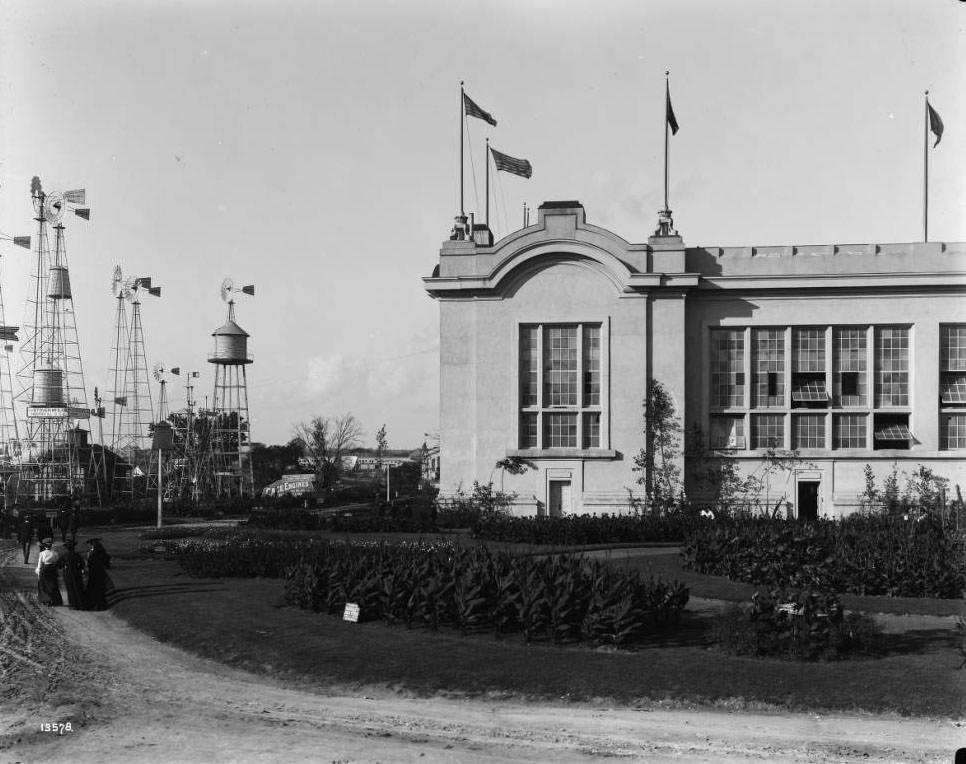
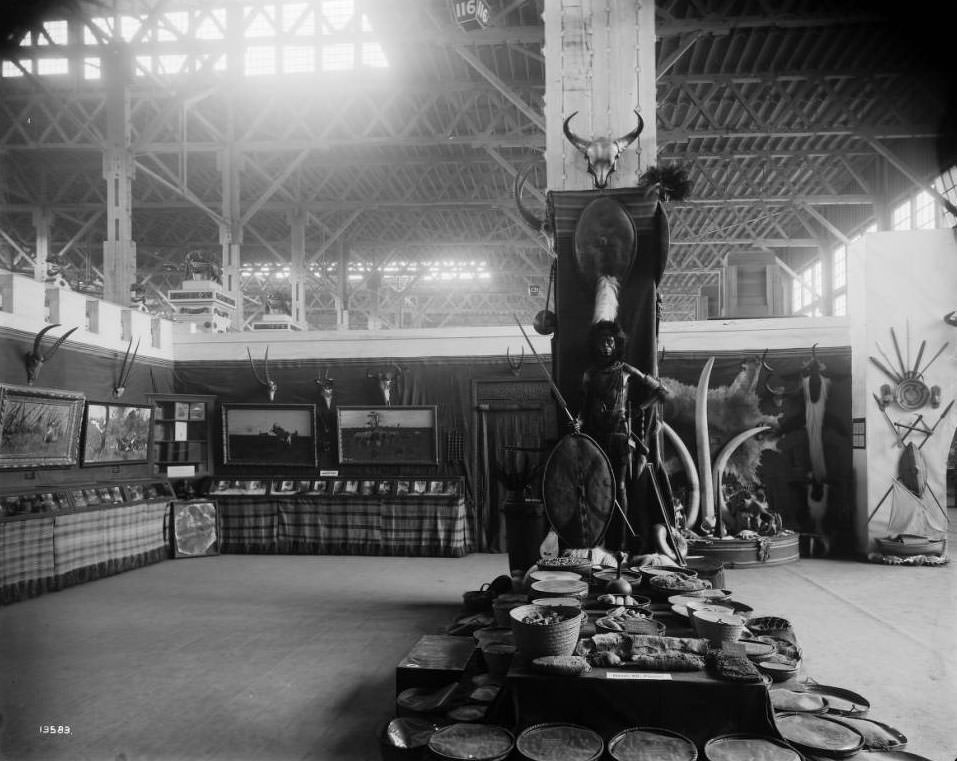
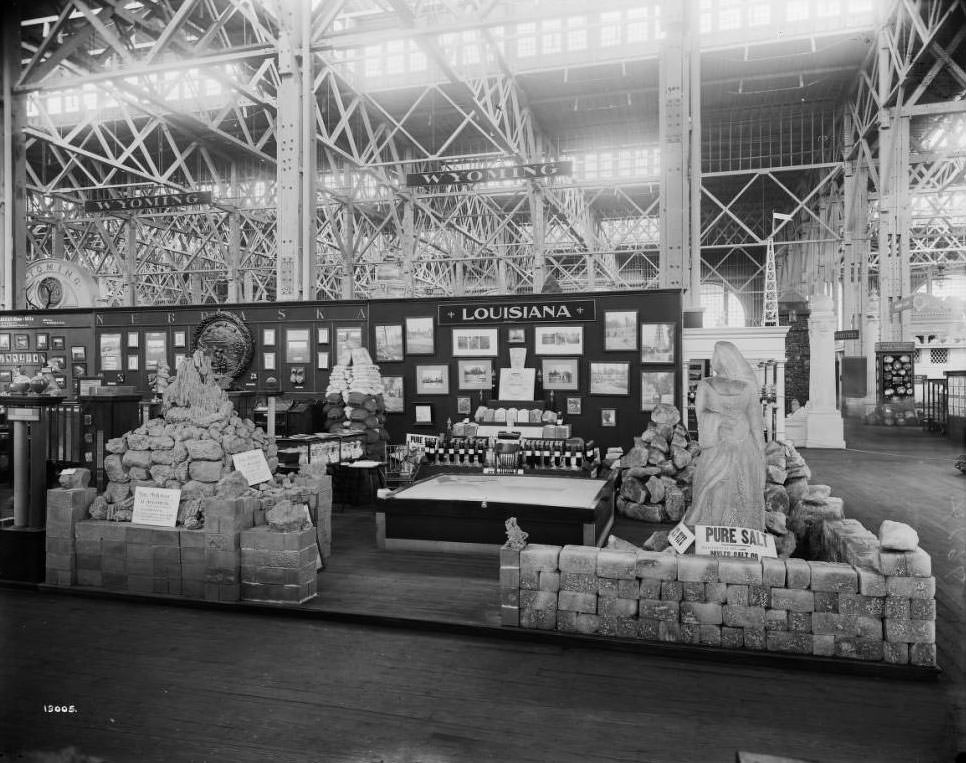
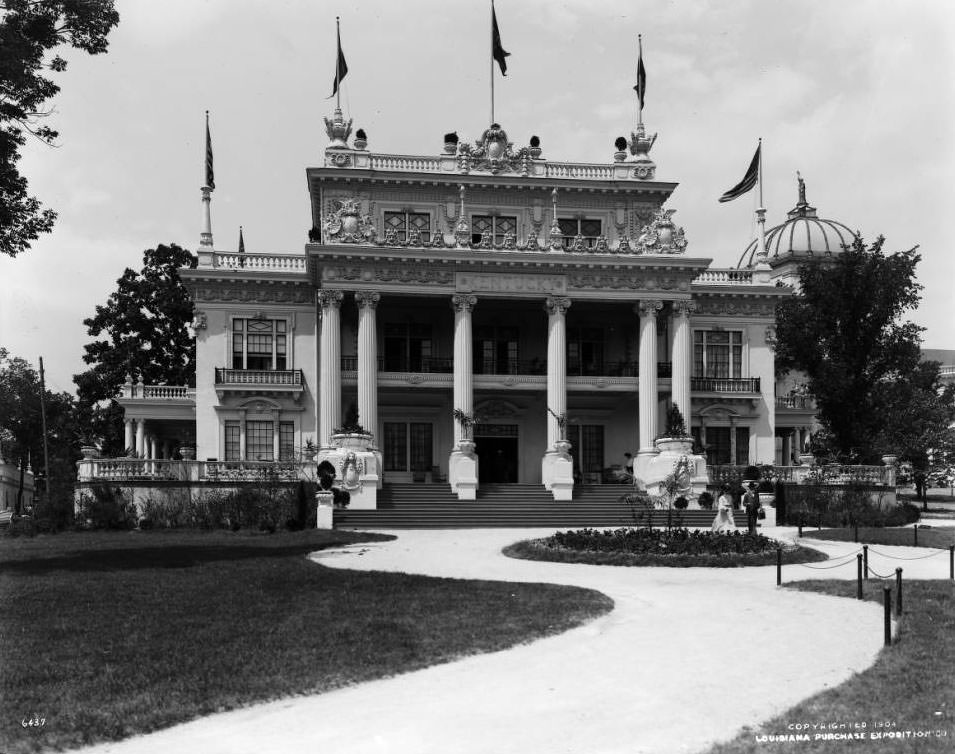
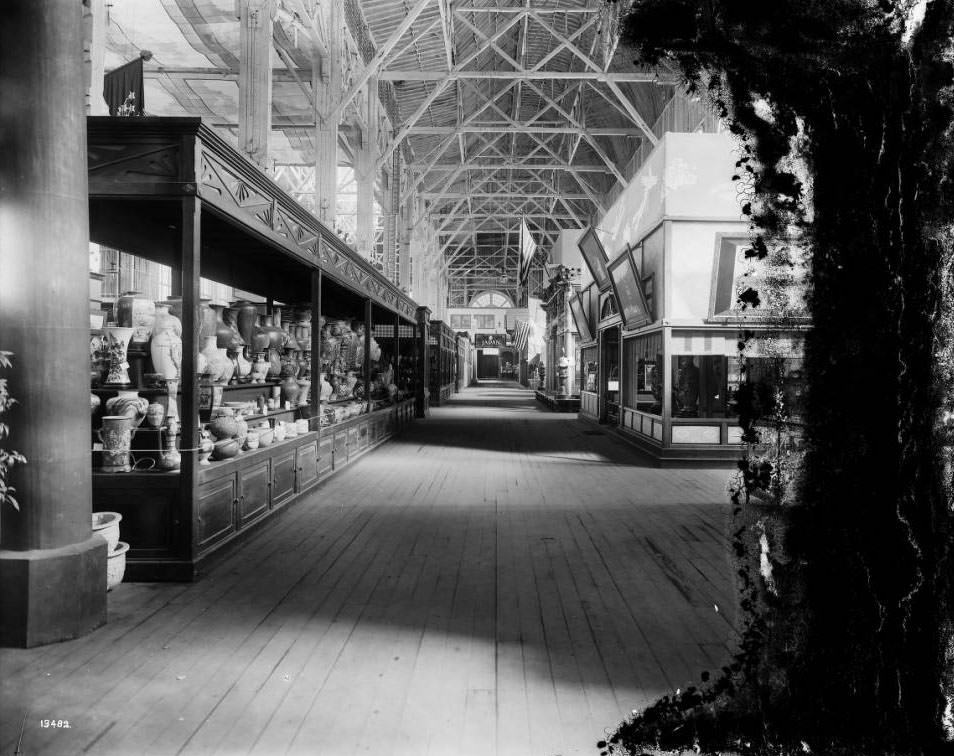
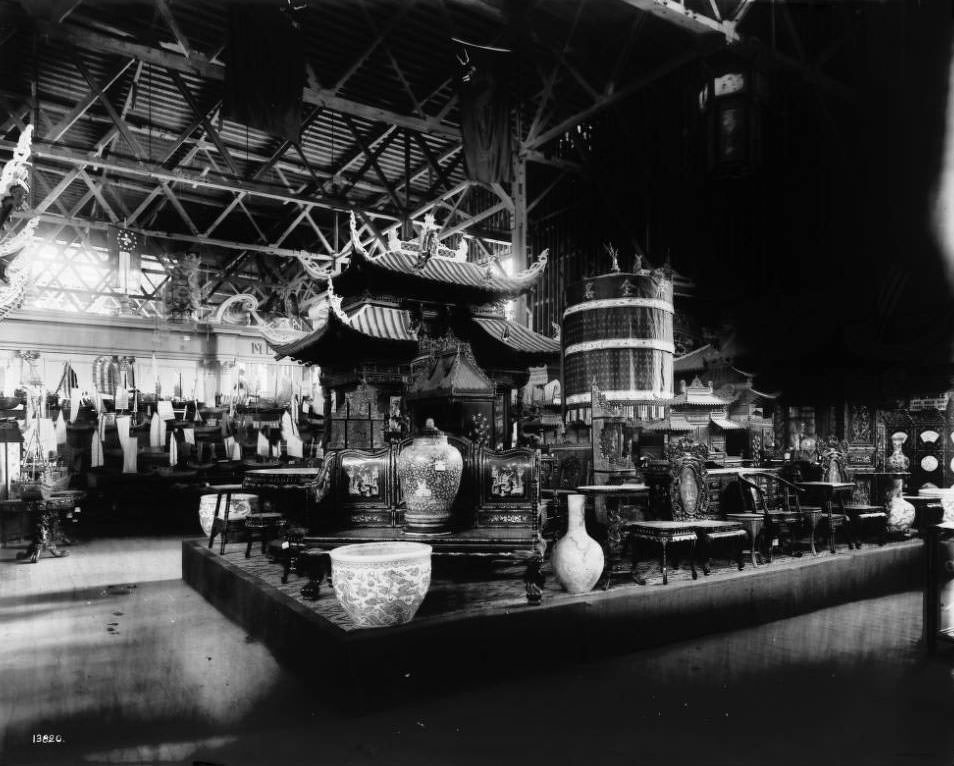
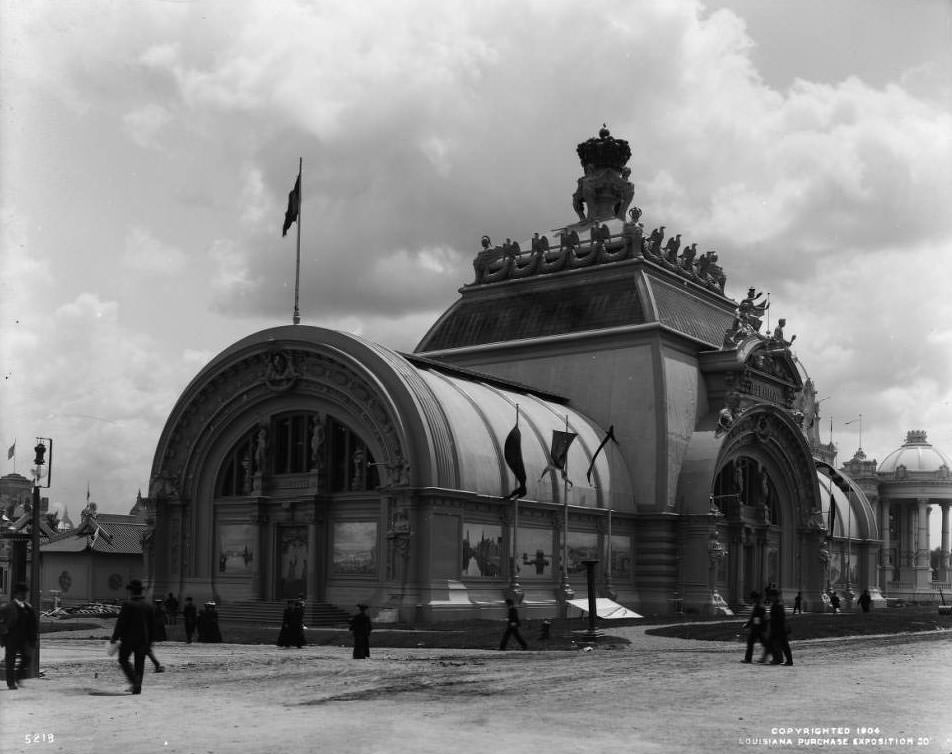
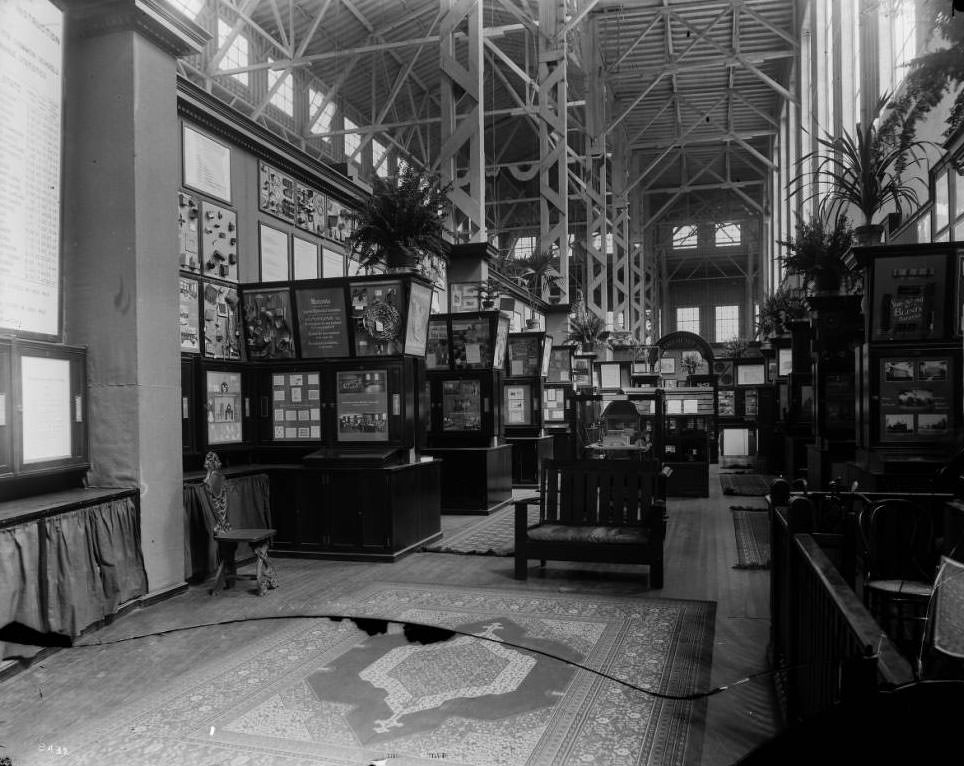
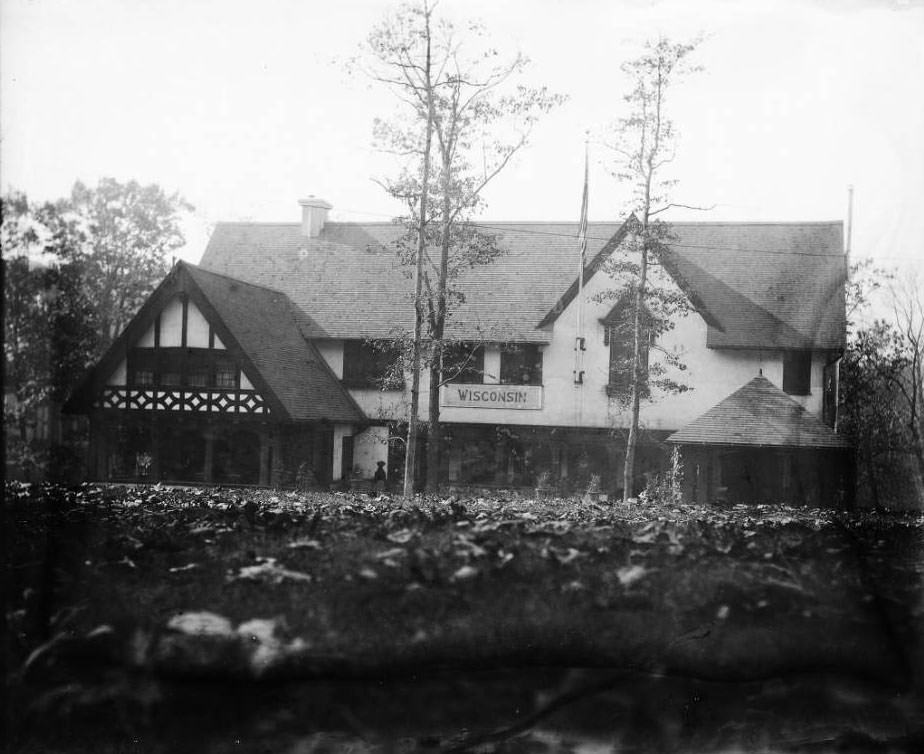
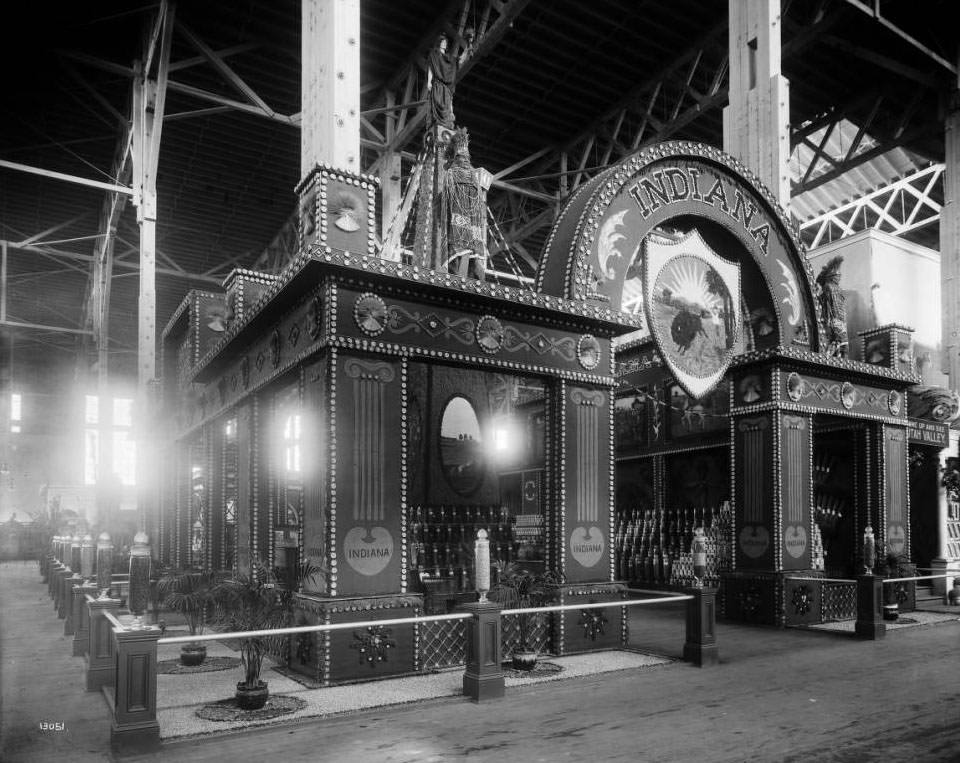
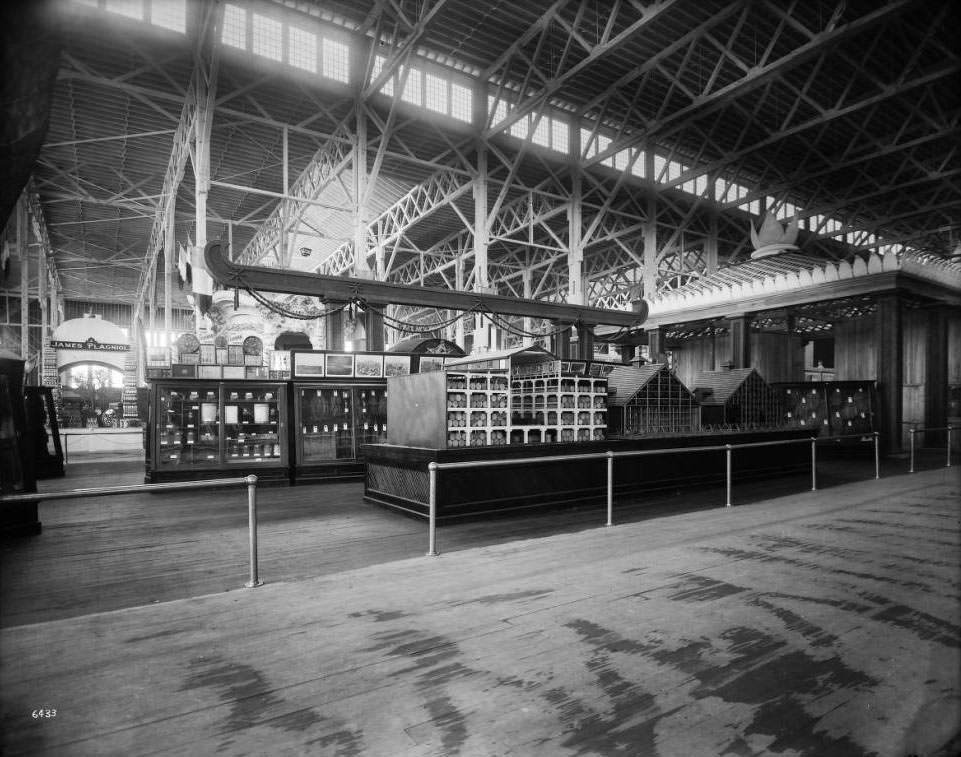
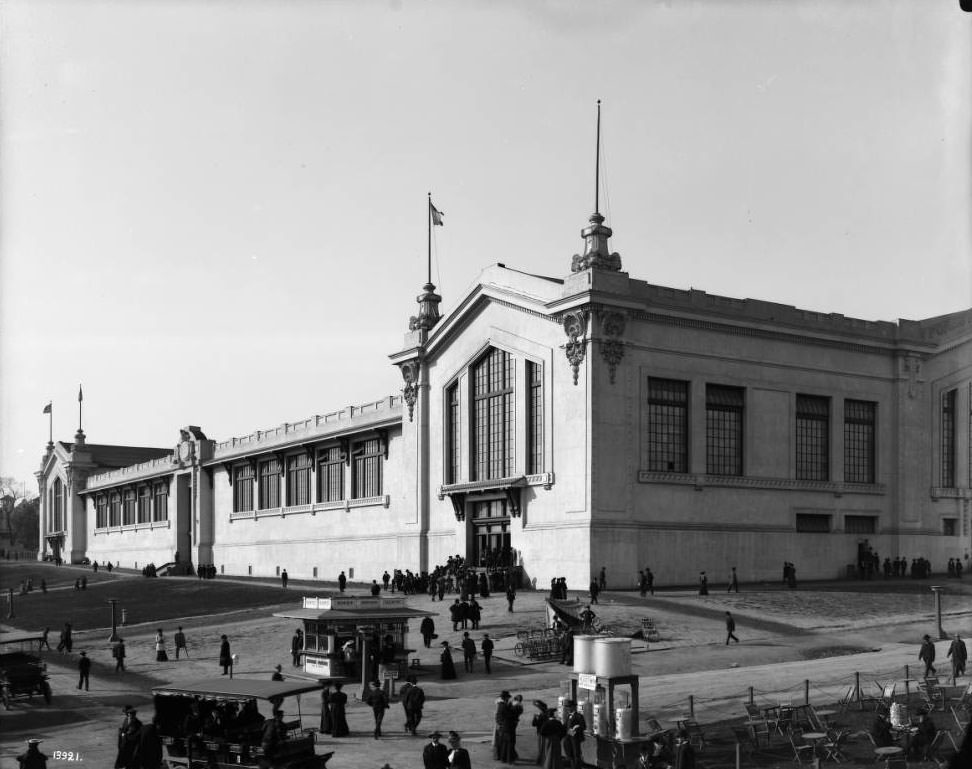
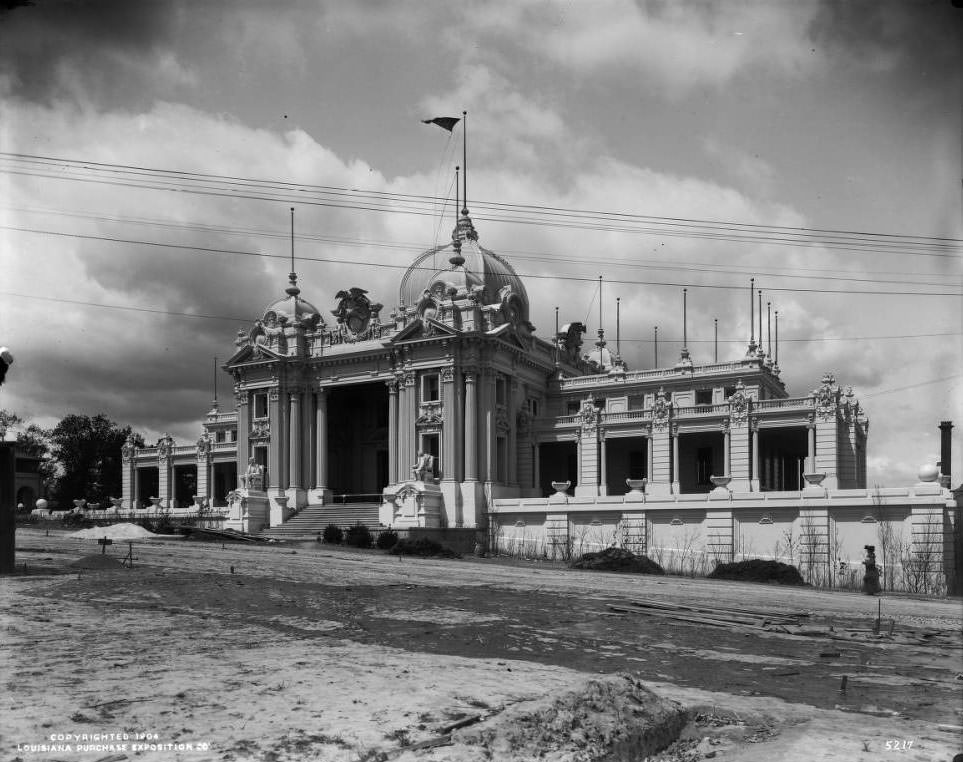
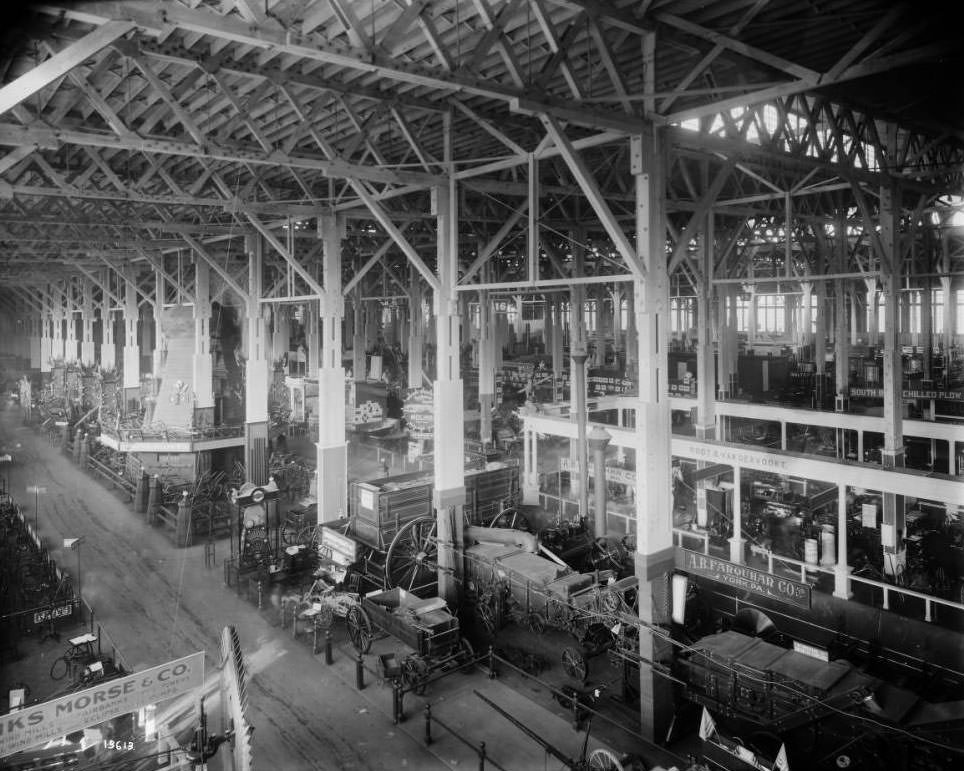
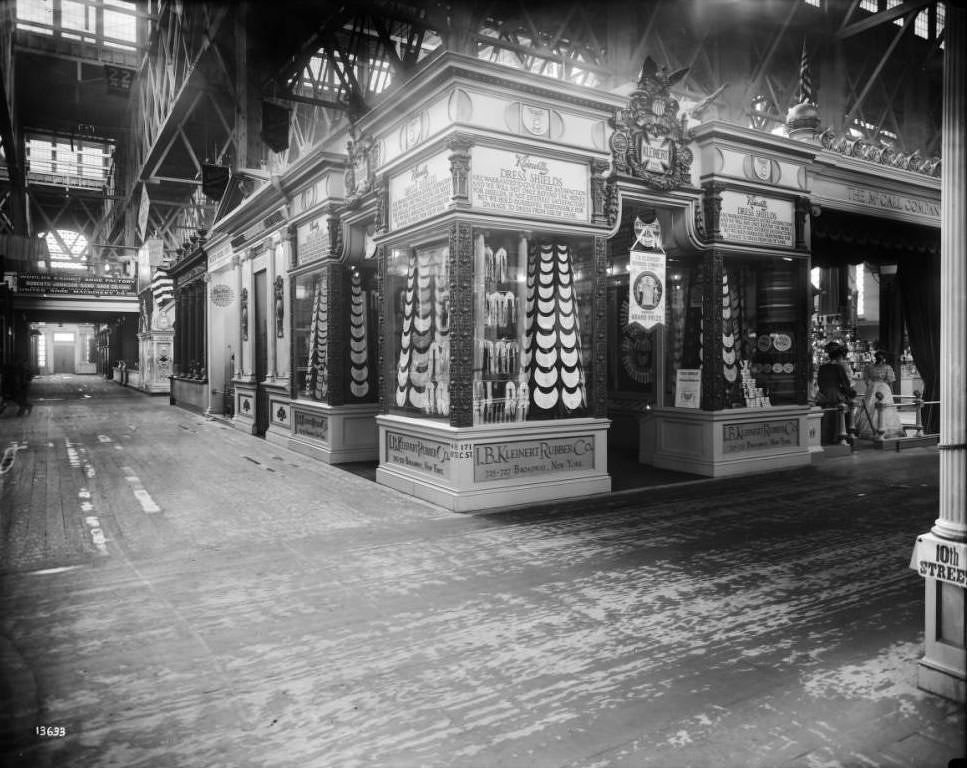
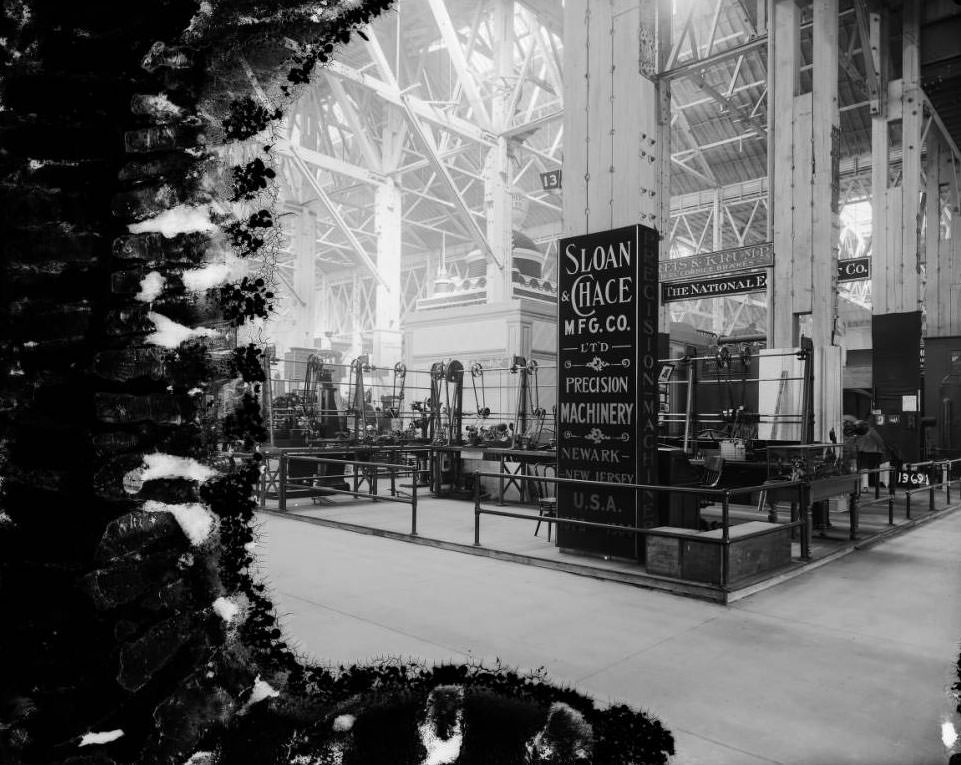
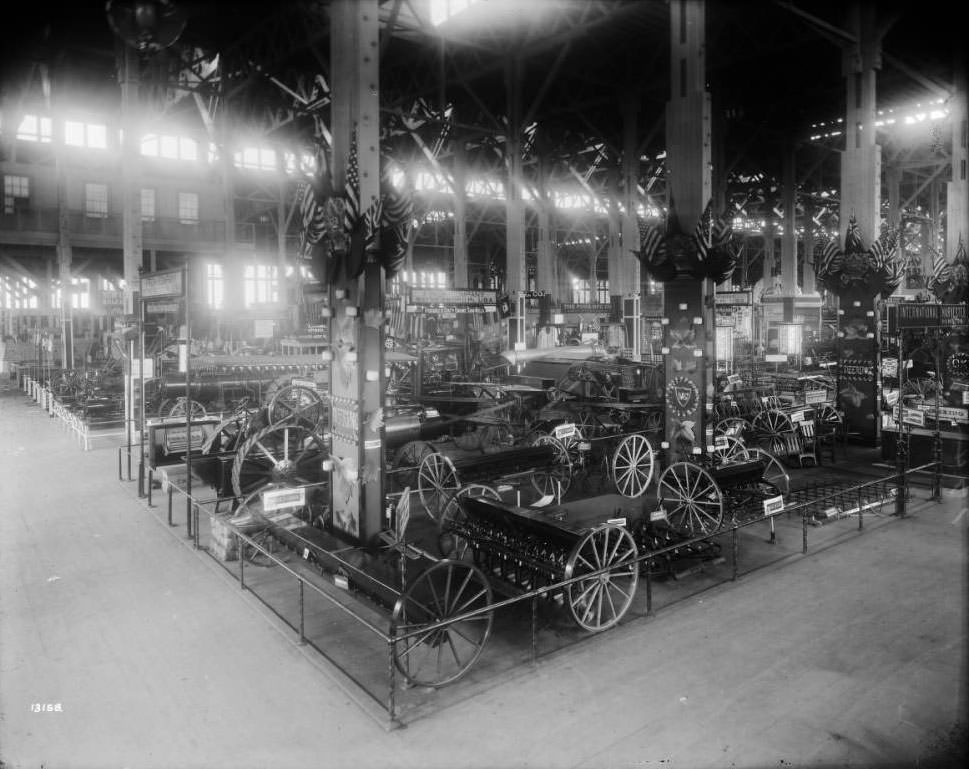
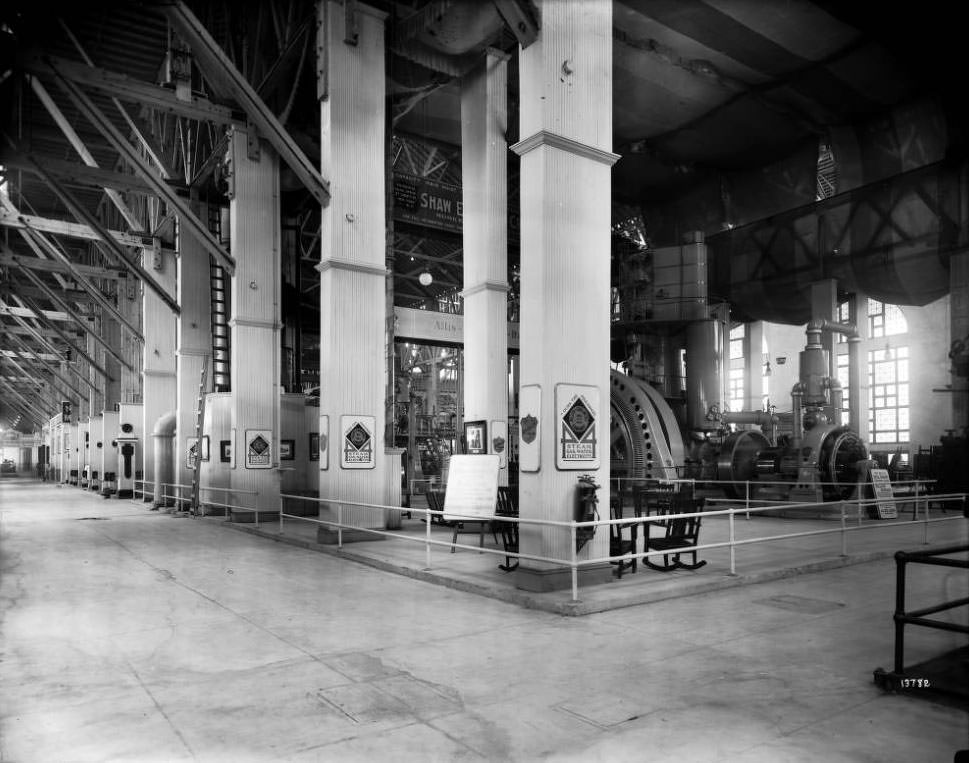
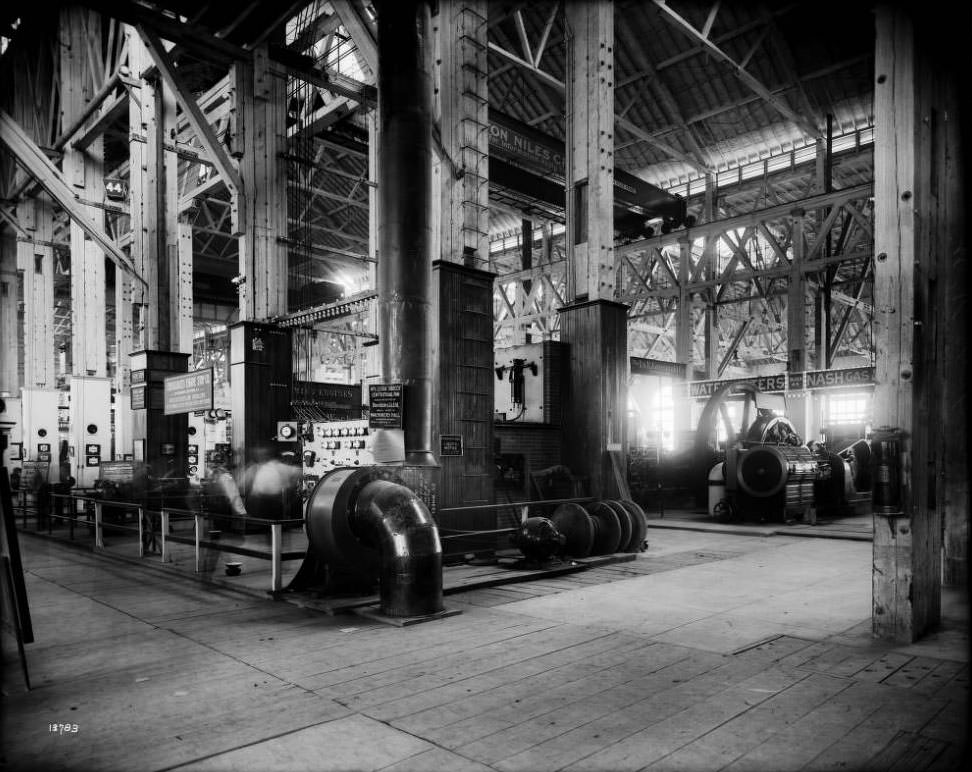
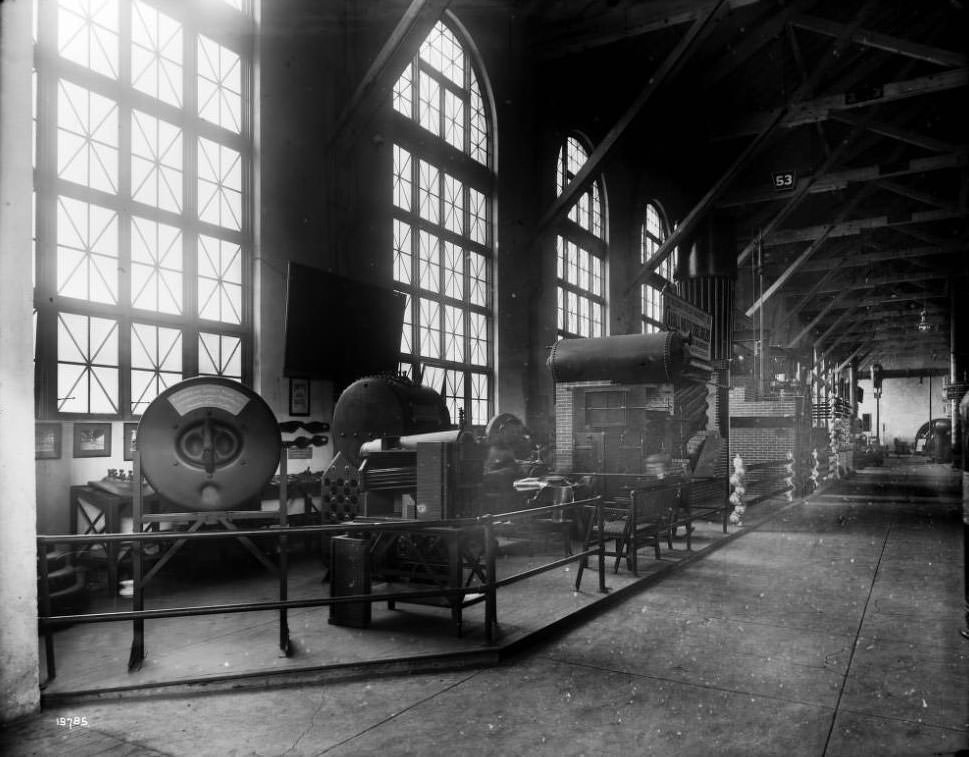
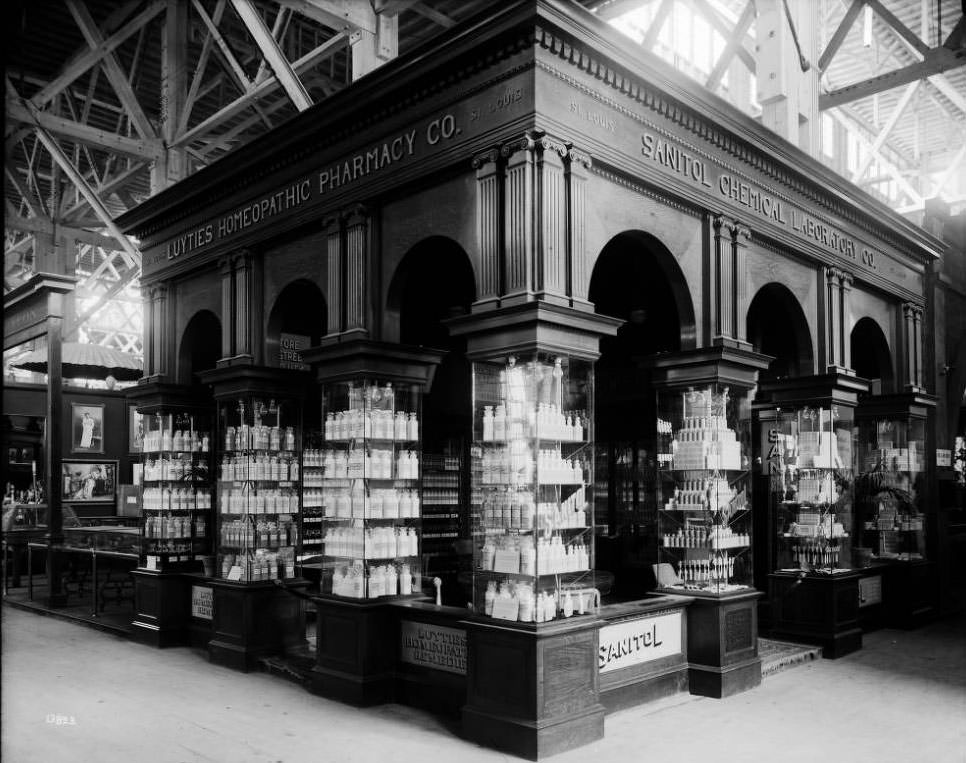
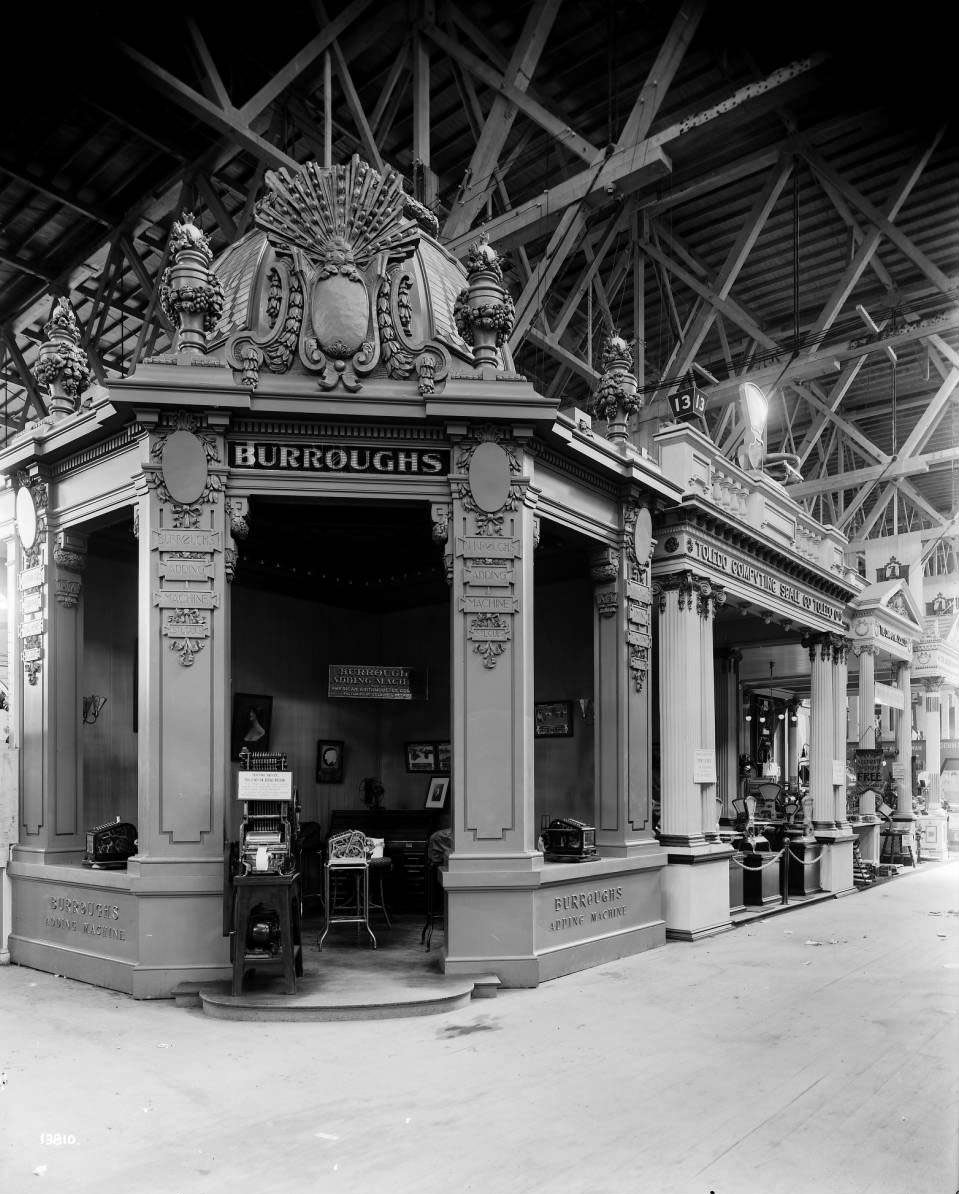
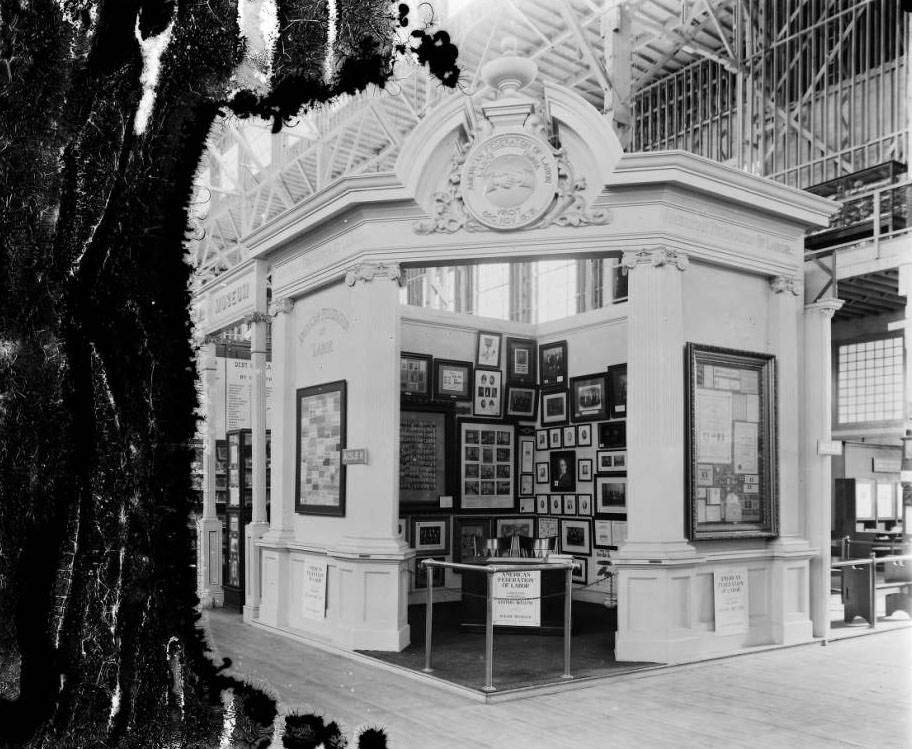
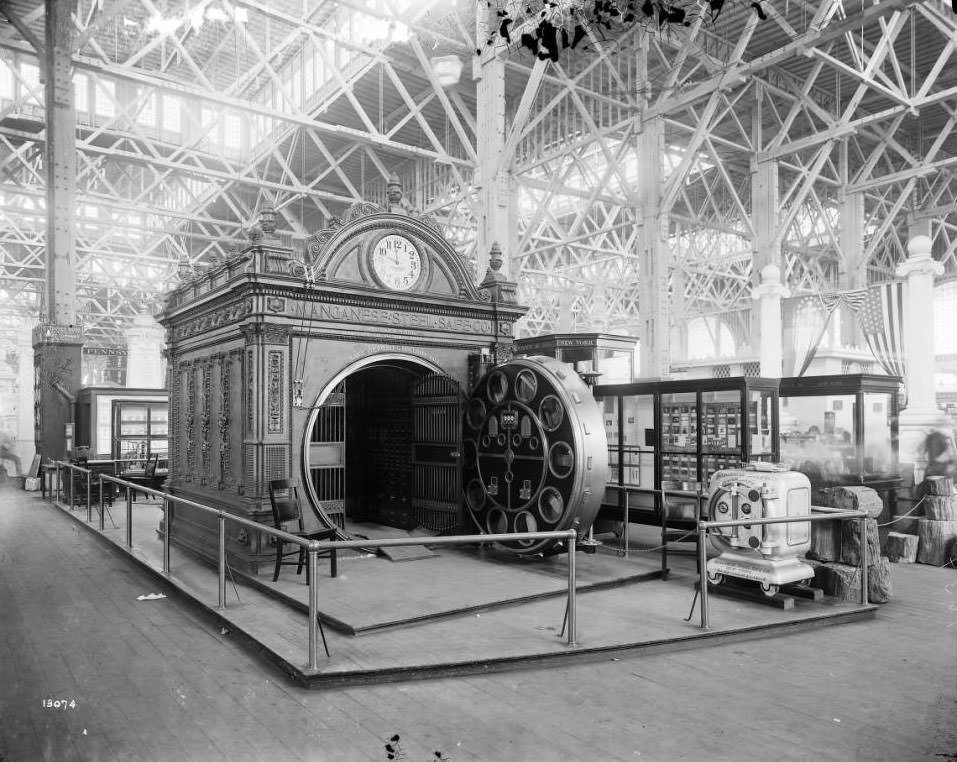
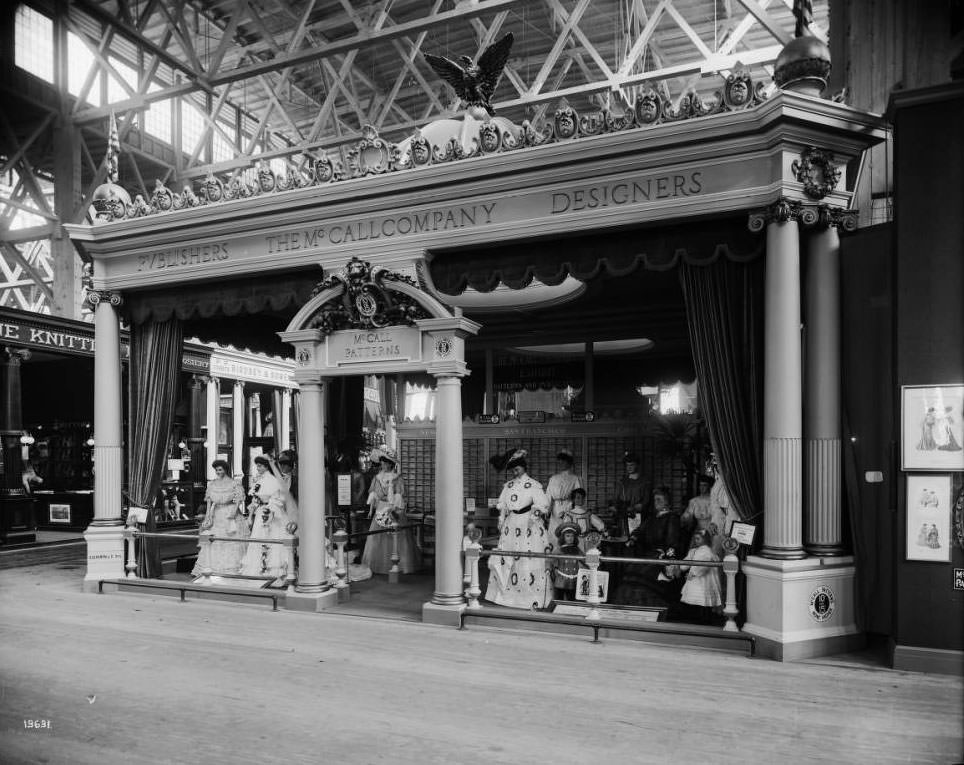
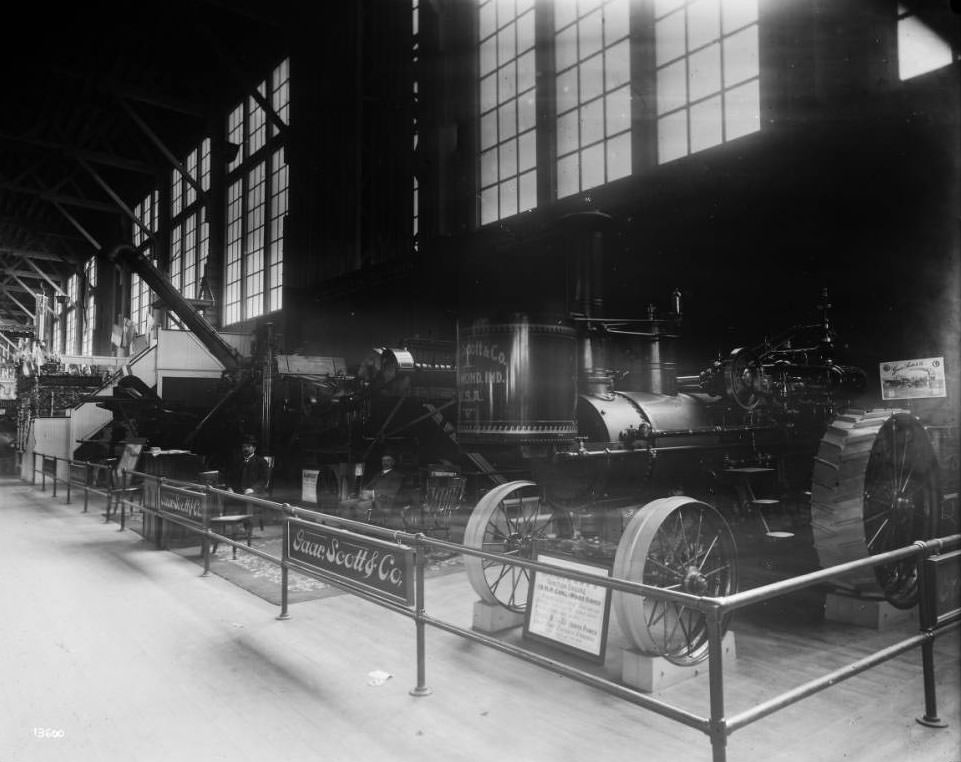
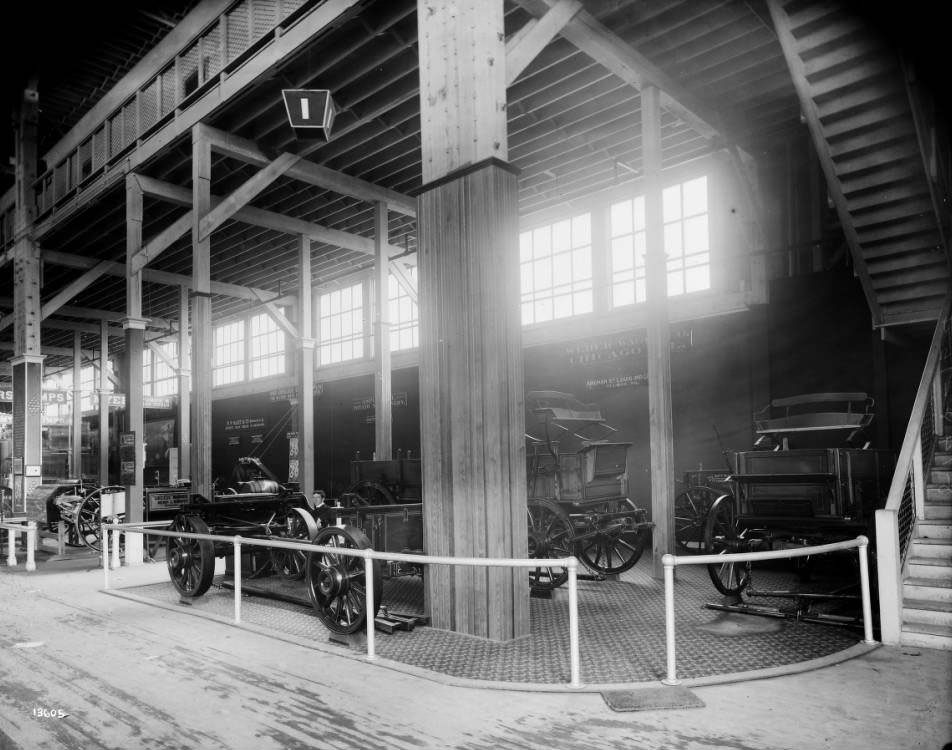
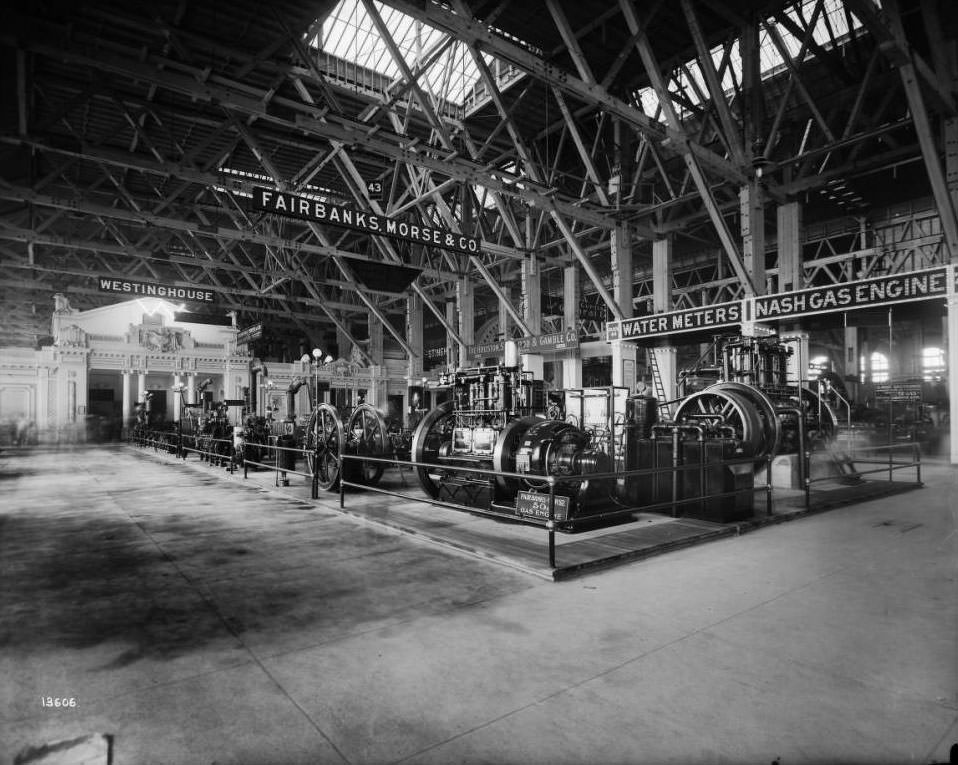
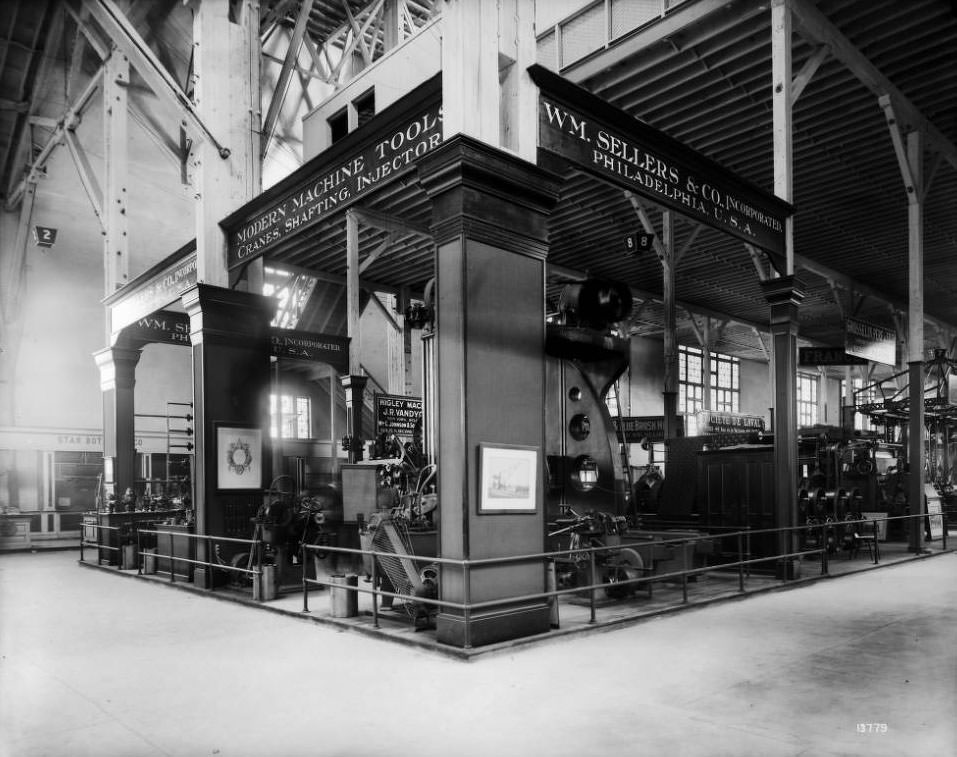
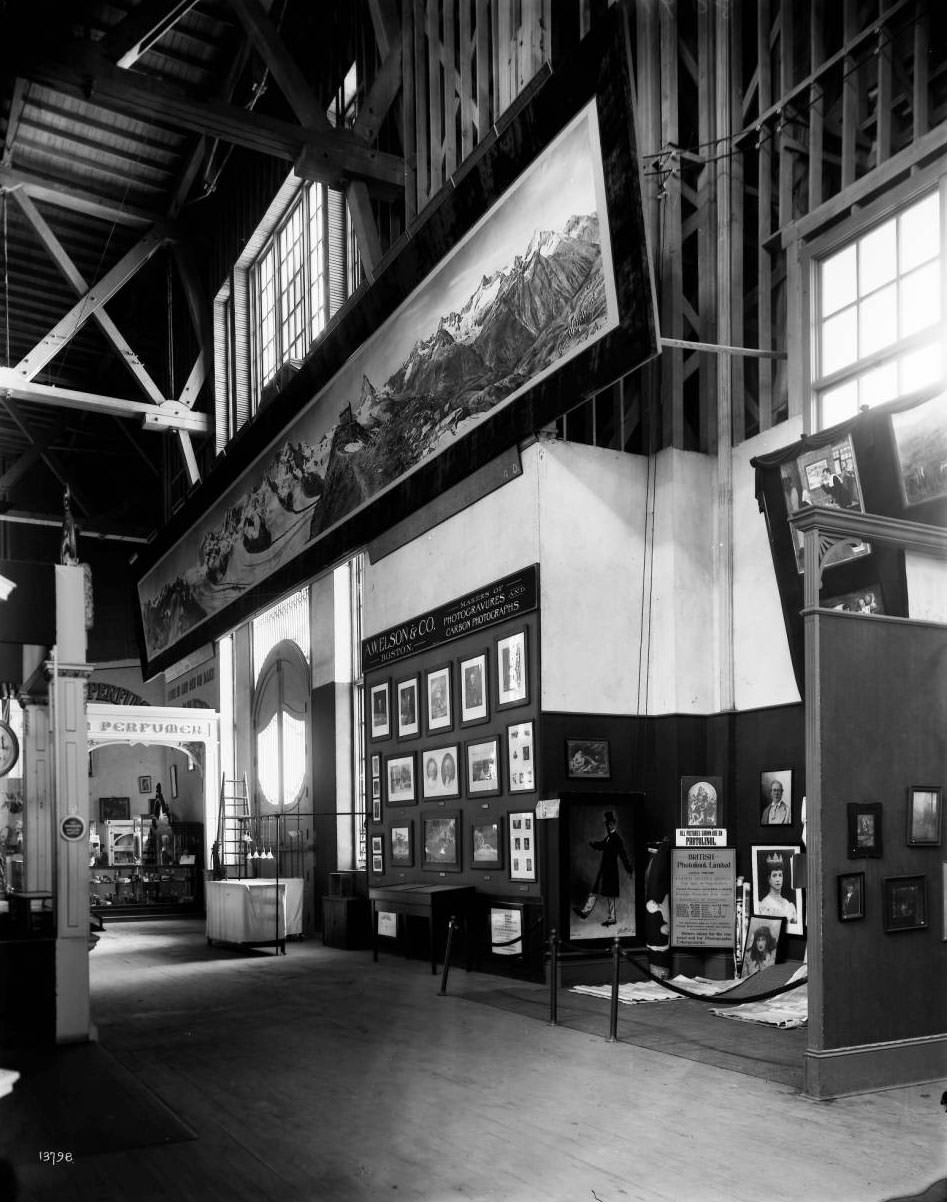
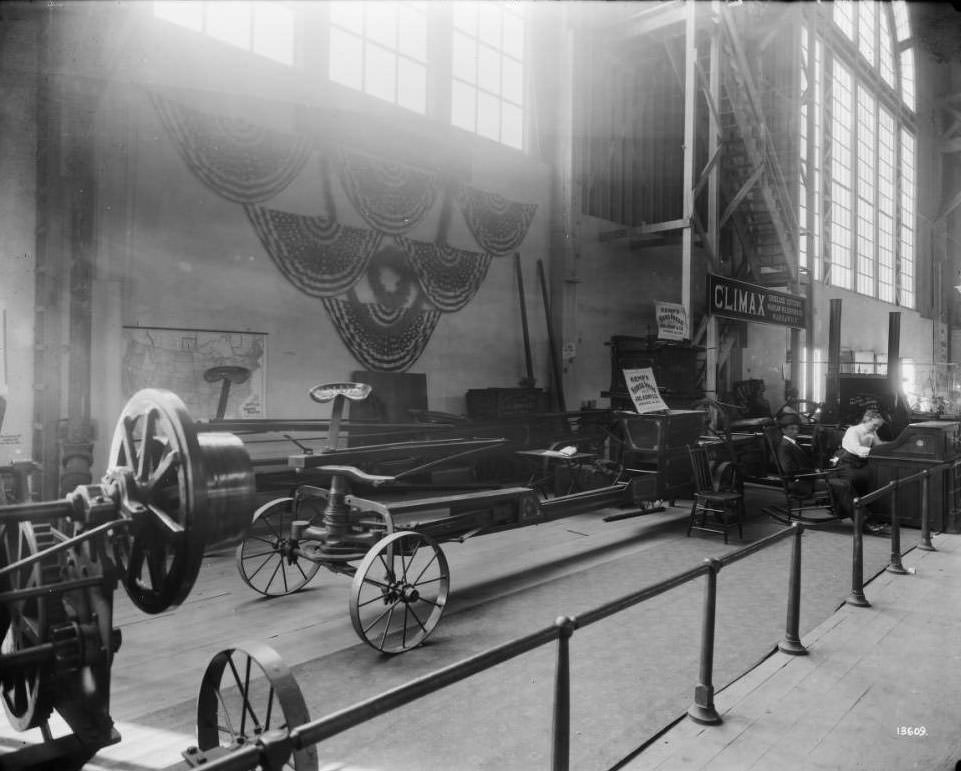
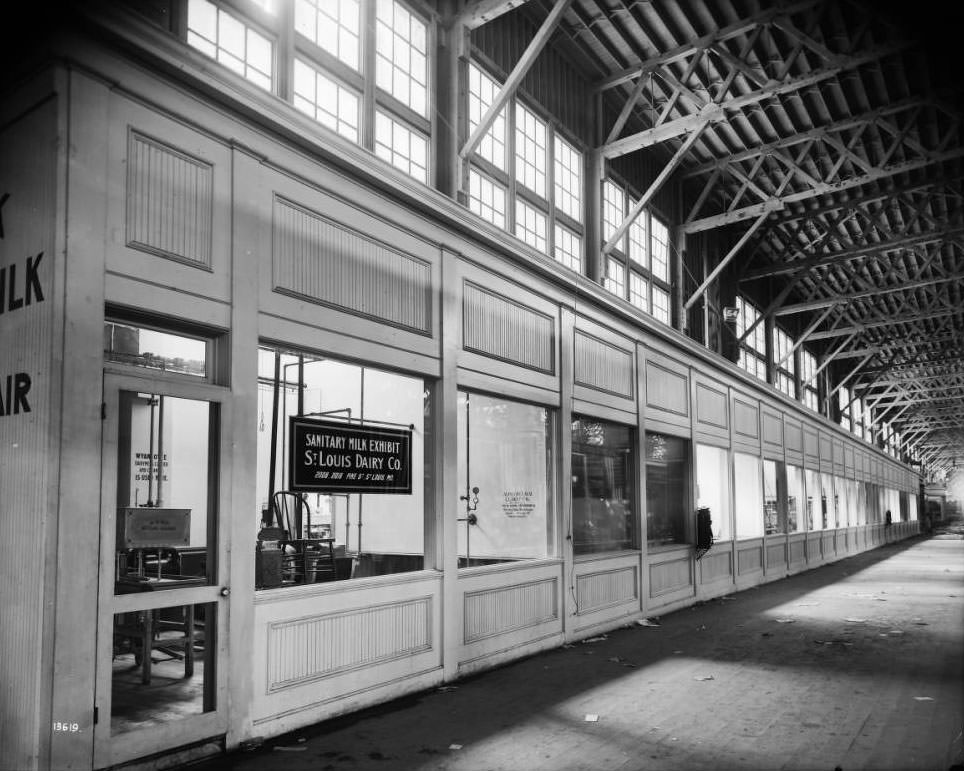
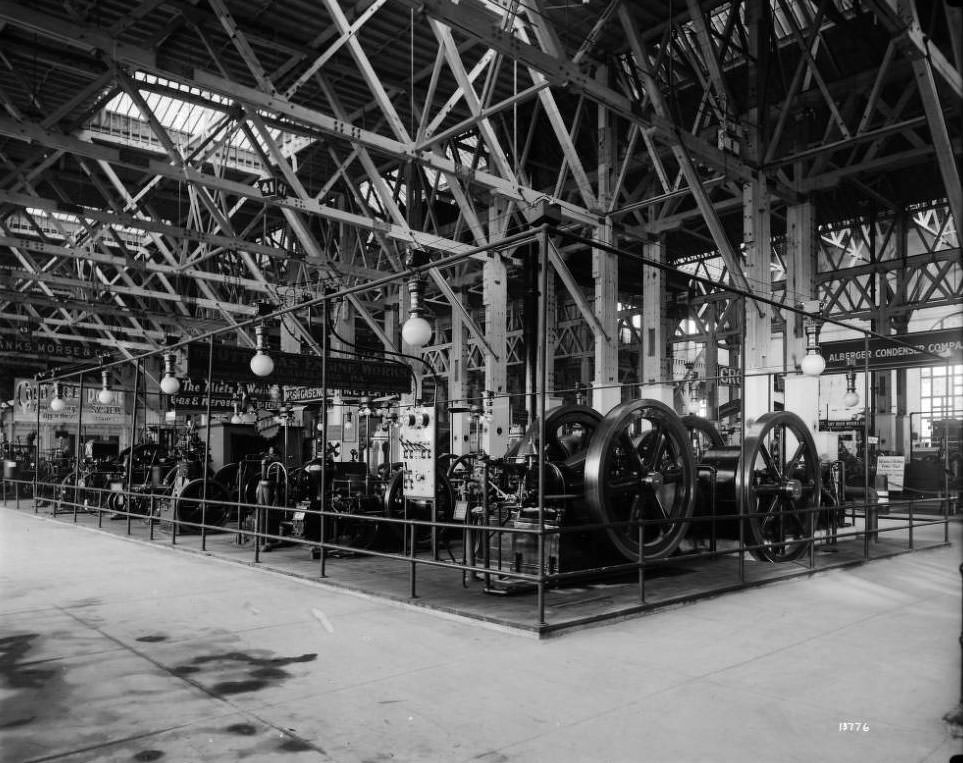
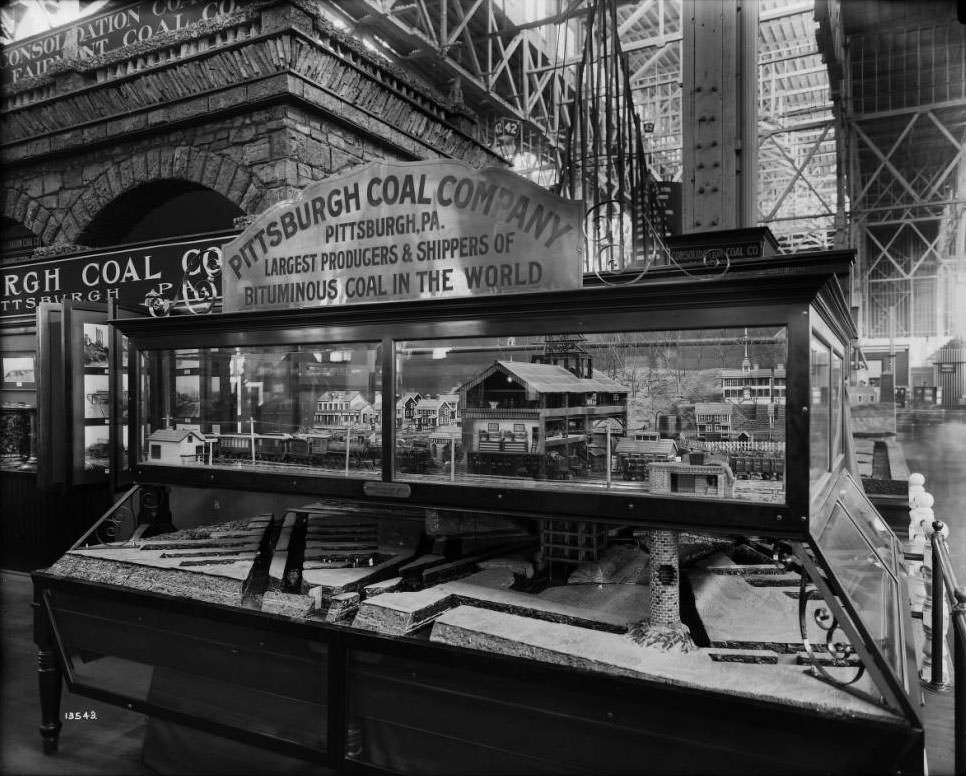
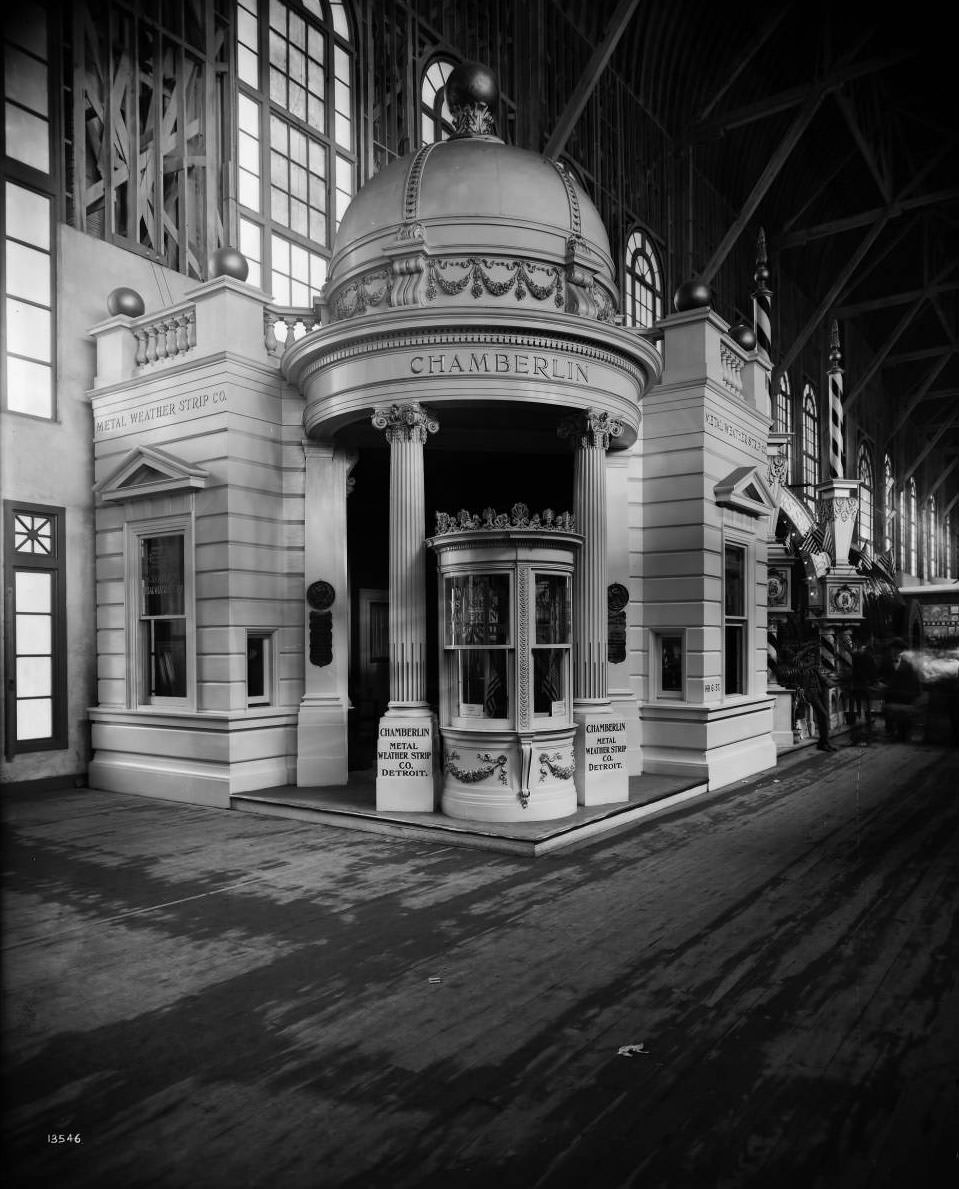
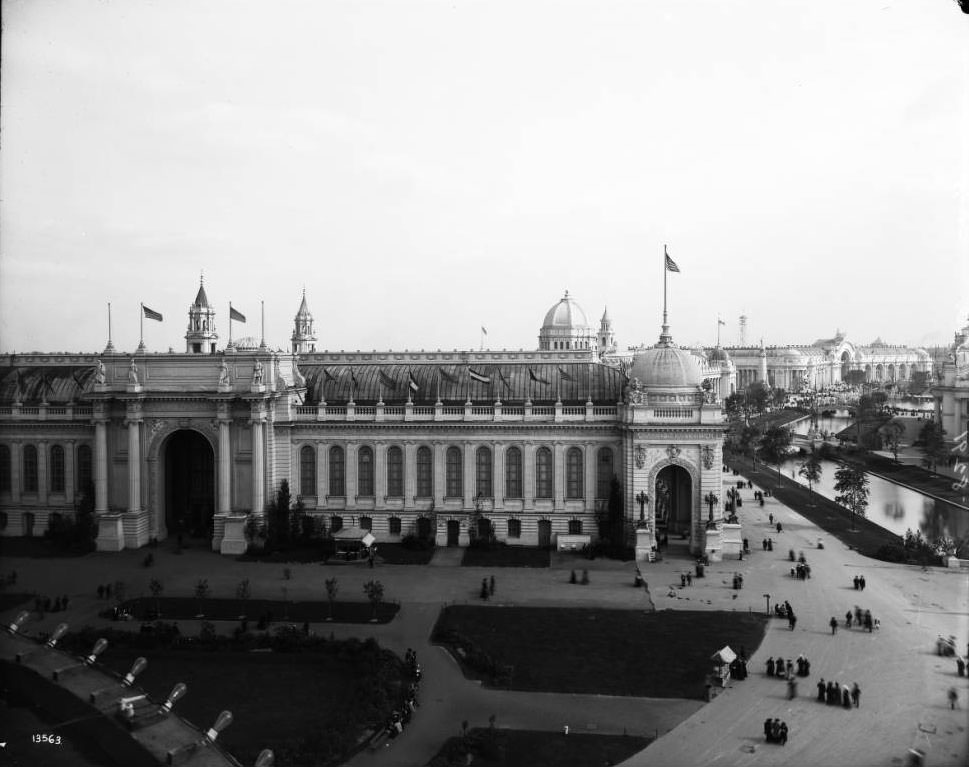
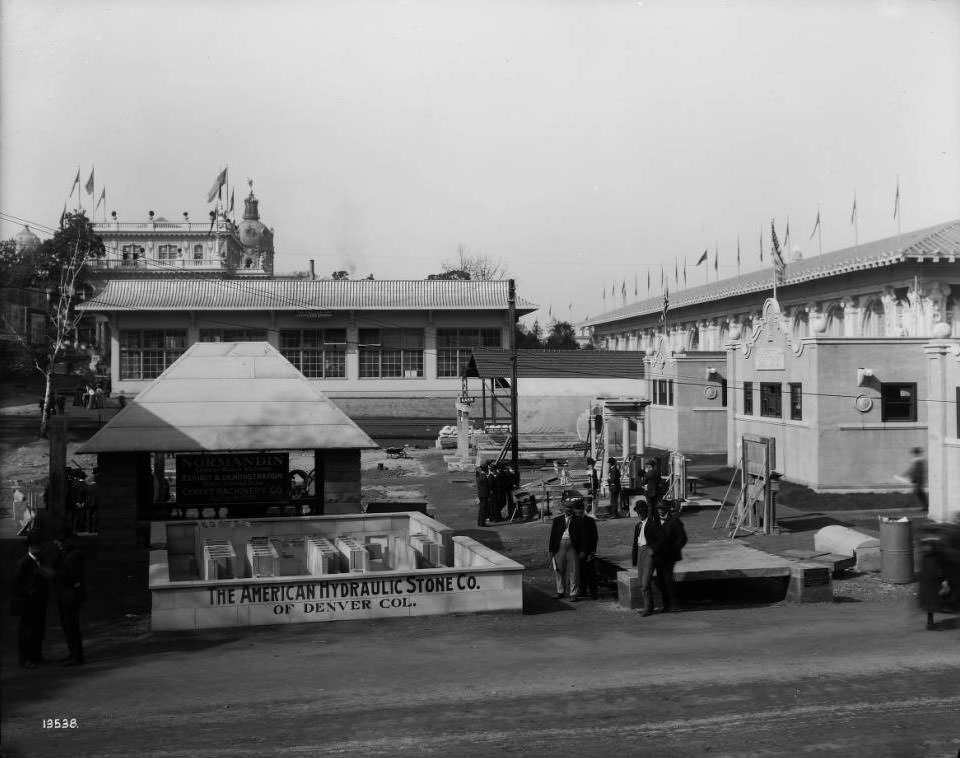
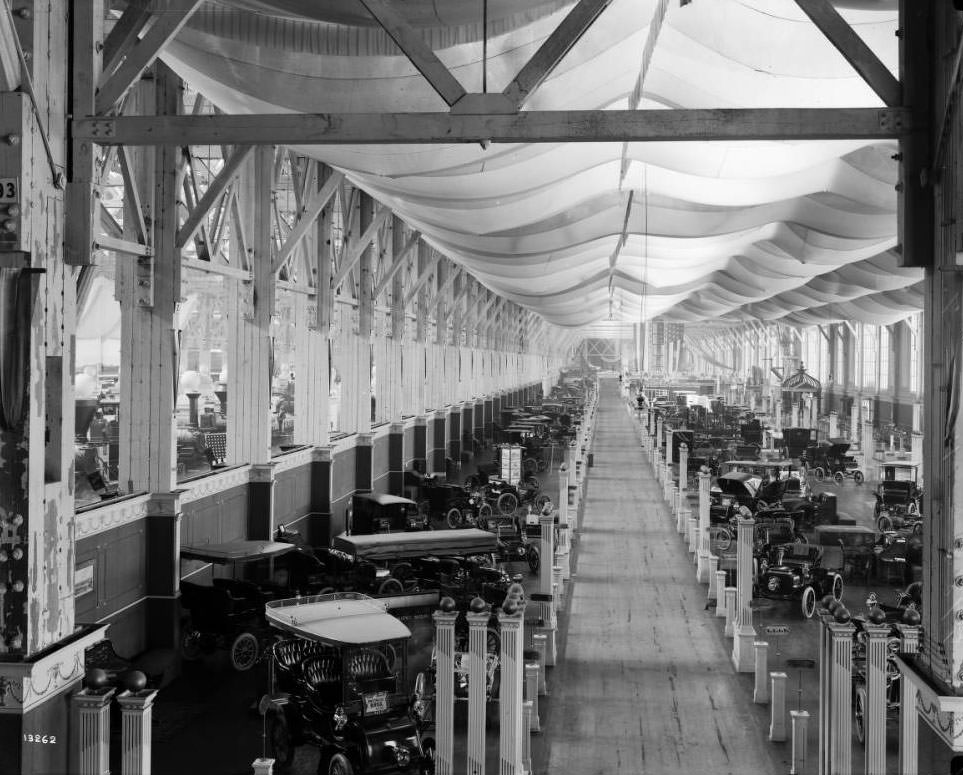
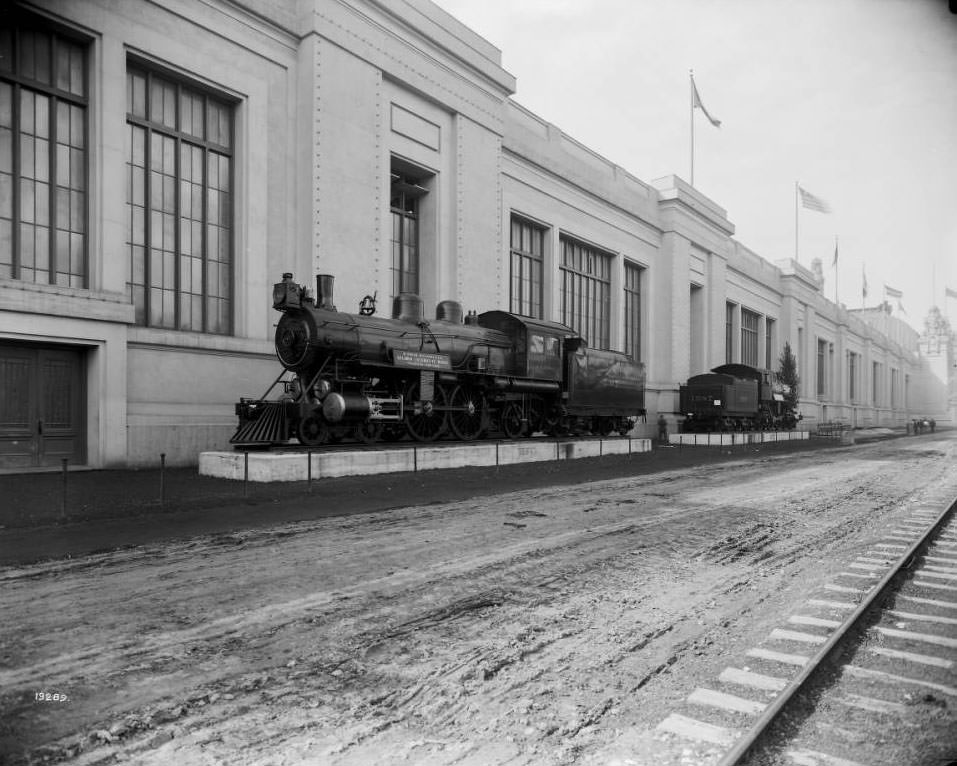
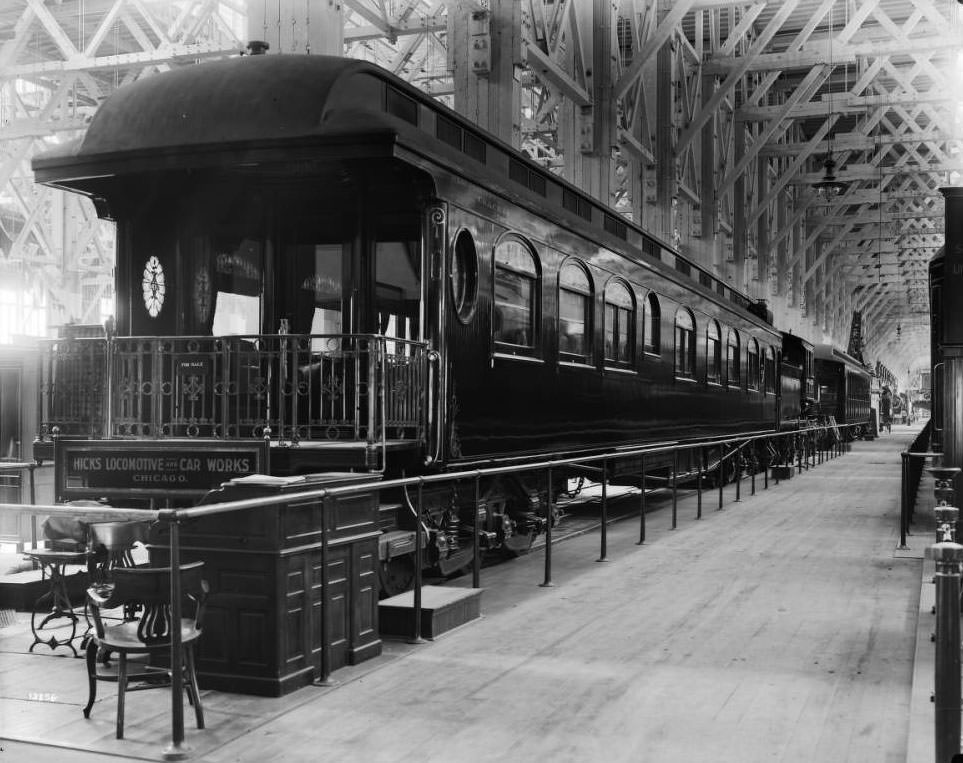
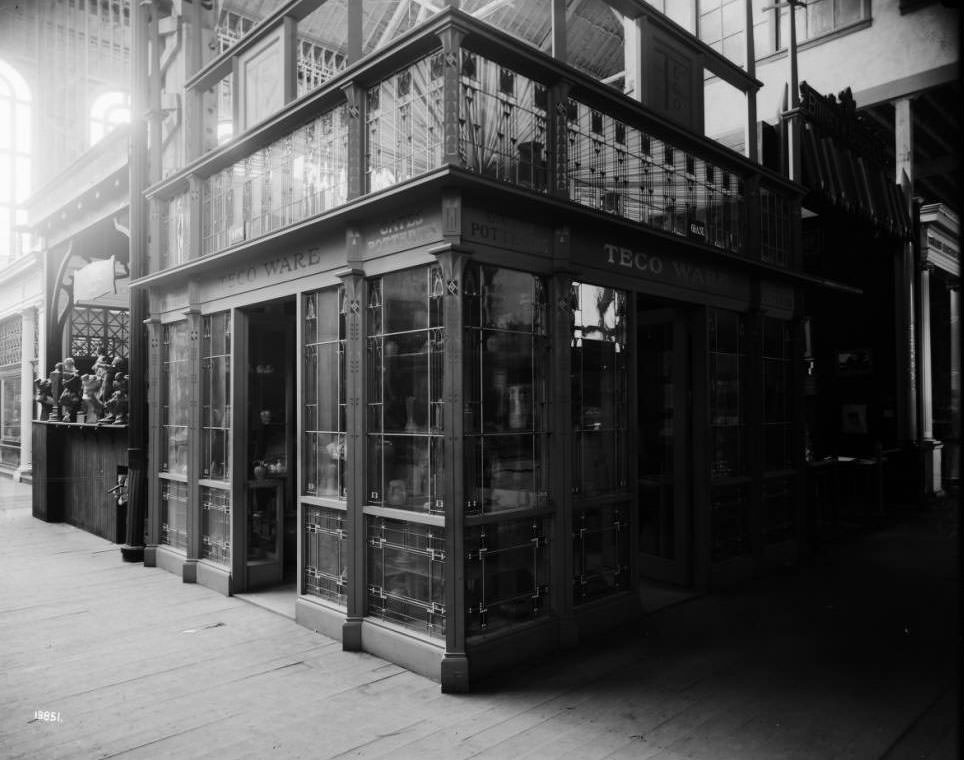
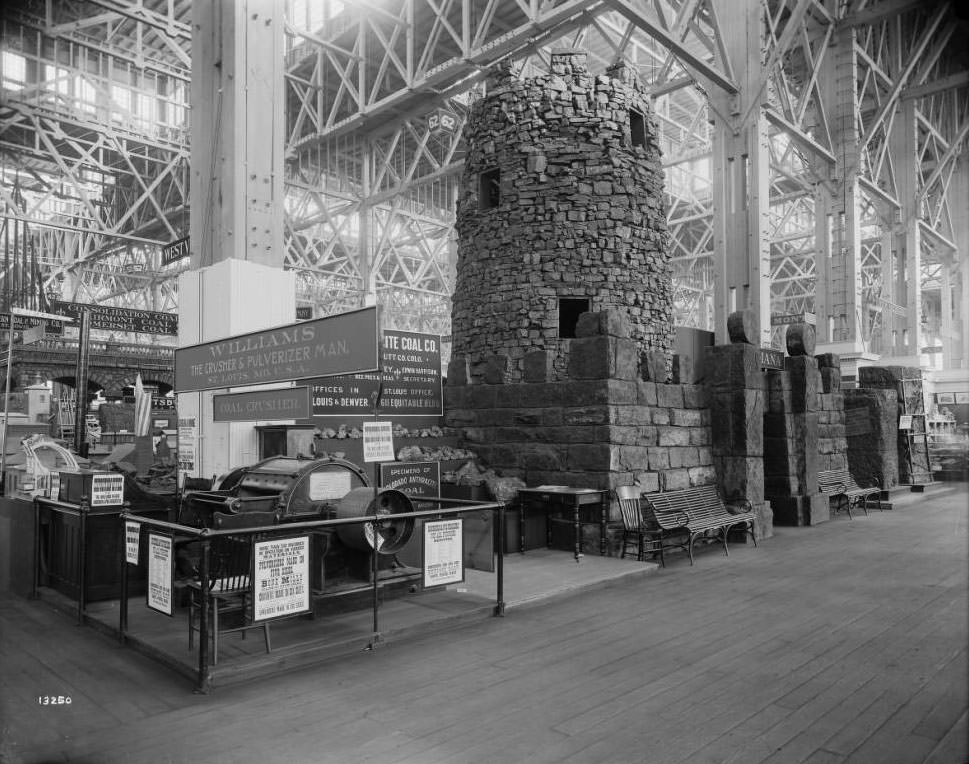
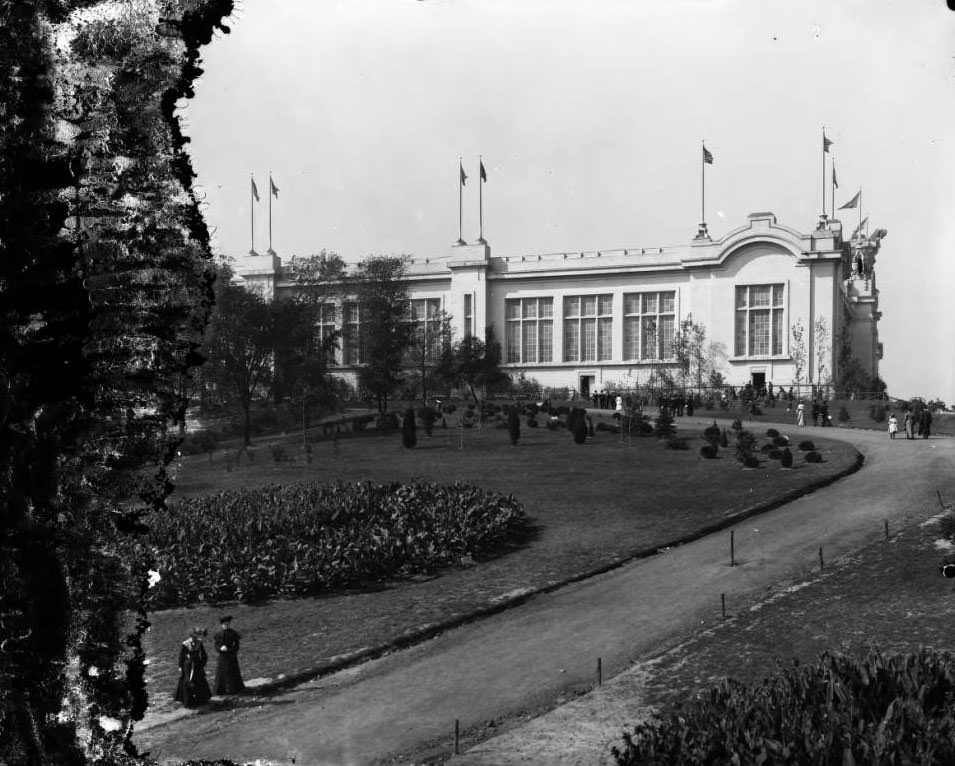
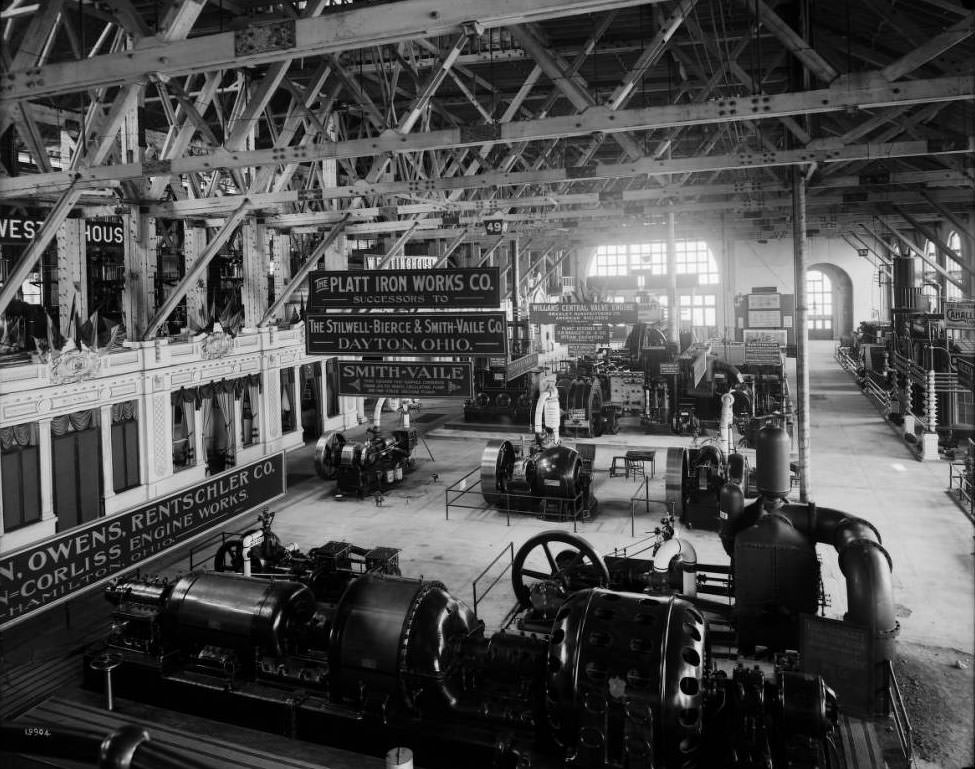
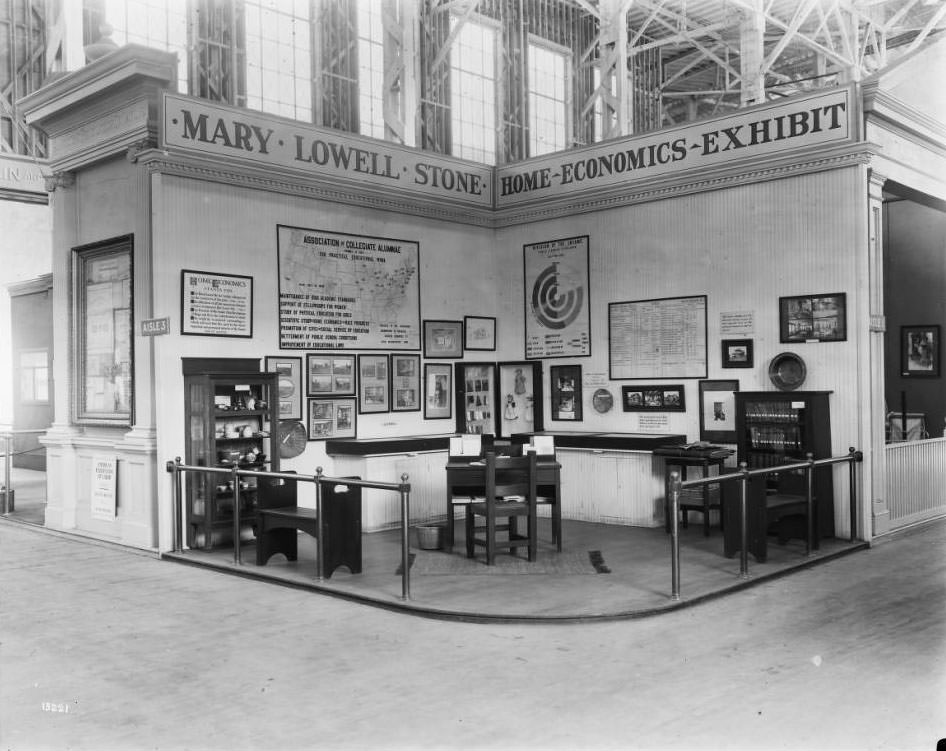

This event was massive, and the extensive construction was fascinating. Then, all of them would be taken down and removed soon after the fair ended. A truly magnificent engineering feat!This event was massive, and the extensive construction was fascinating. Then, all of them would be taken down and removed soon after the fair ended. A truly magnificent engineering feat!
What was the point of tearing it all down? It seems backwards to me? Although it does fit with the city government’s logic.
It was never meant to last. These grand buildings were made from ‘staff’, a mixture of plaster and horsehair.
Now that makes sense, it was thought to be temporary anyway. I imagined it to be made from stone.
I know of only one remaining building: the art museum at Forrest Park. Nobody wanted to show their art in a straw and plaster building. It was actually made out of stone. Forrest Park also agreed to get 1 permanent structure in return for using the land.
The bird sanctuary at the zoo and the Jewel Box were features of the fair, but I may be mistaken
I think both the Jewel Box and the Flight Cage were from the World’s Fair. They are still there.
Um. How about the World’s Fair Pavilion?
The pavilion is still there.